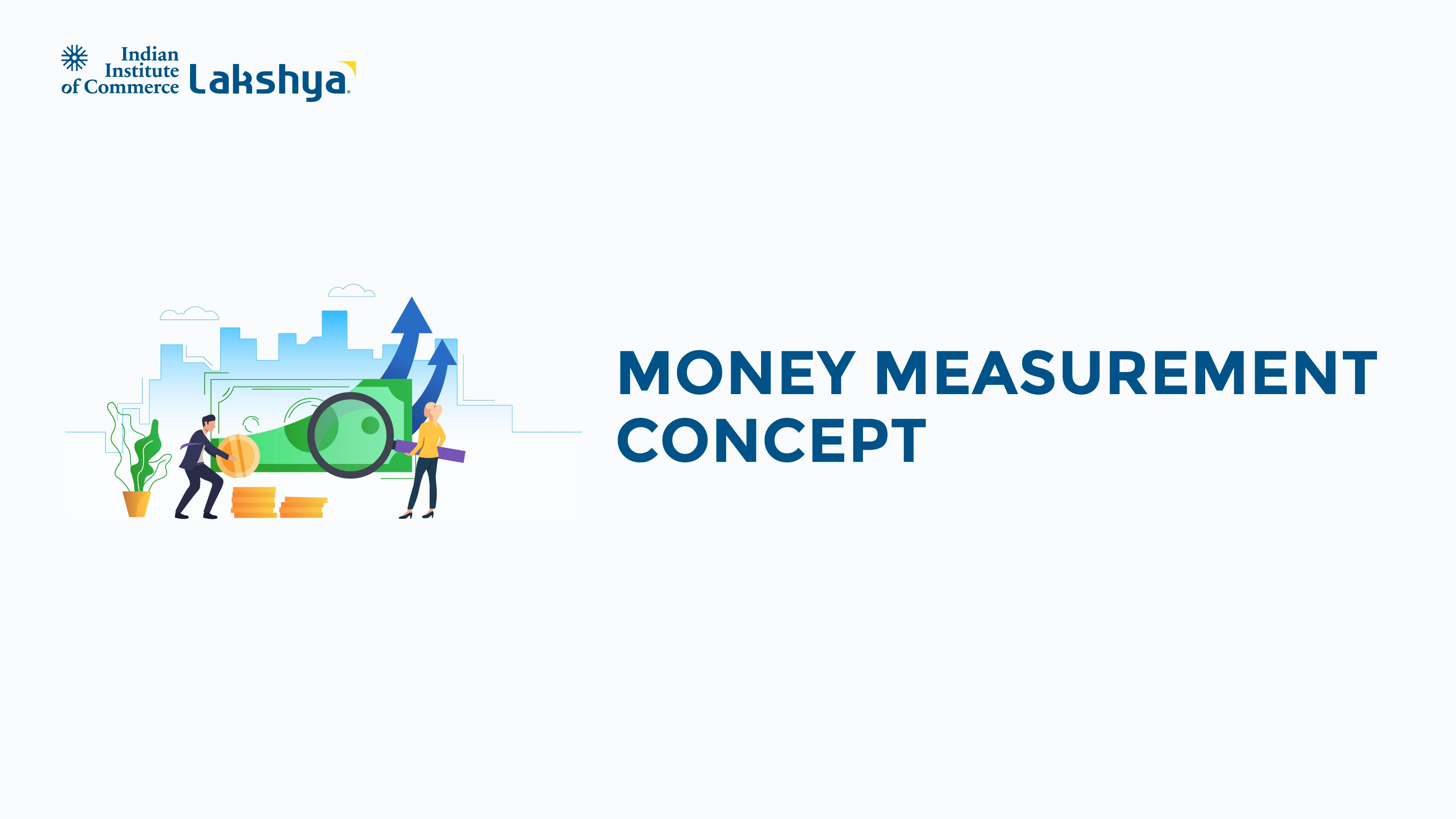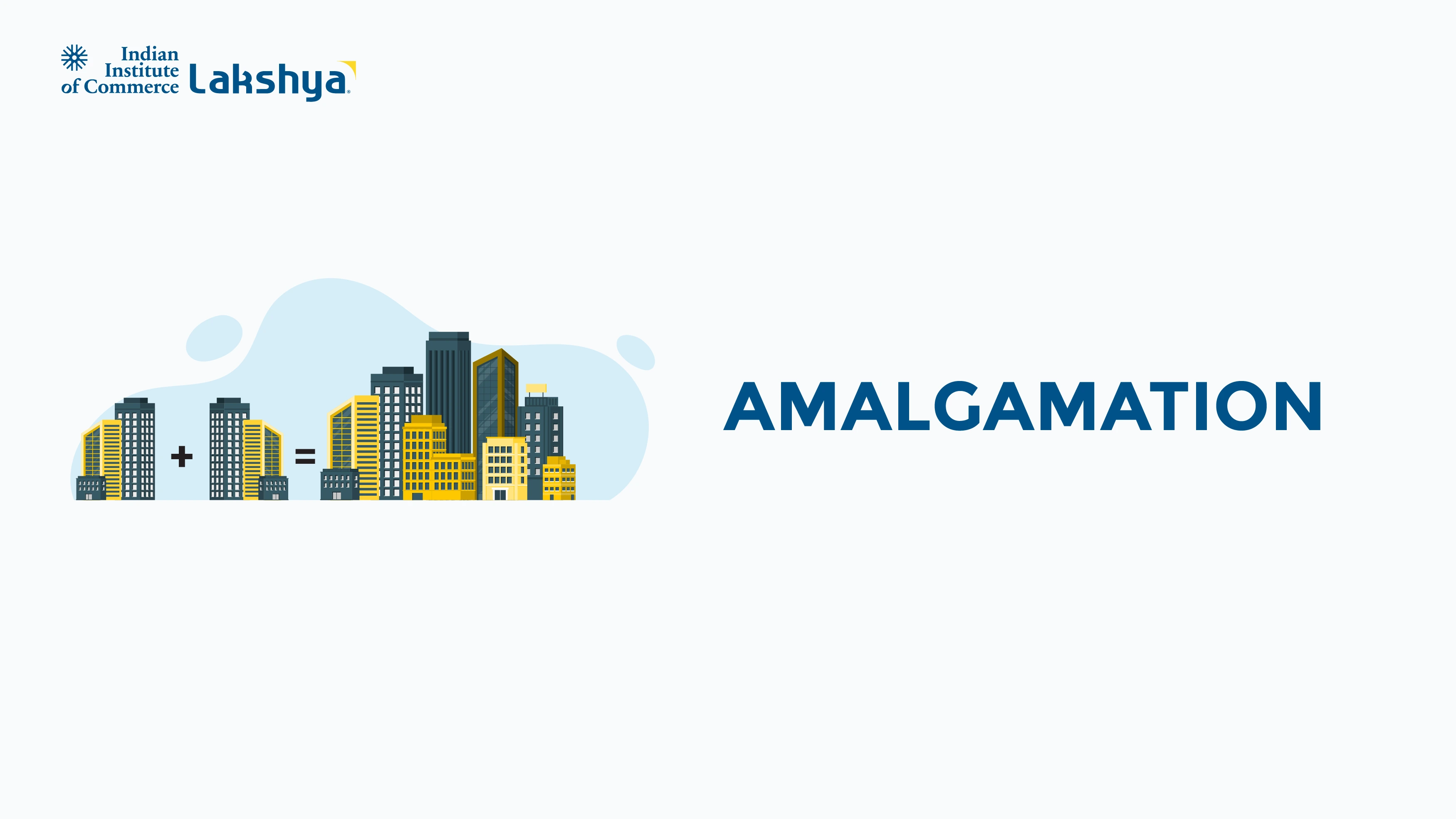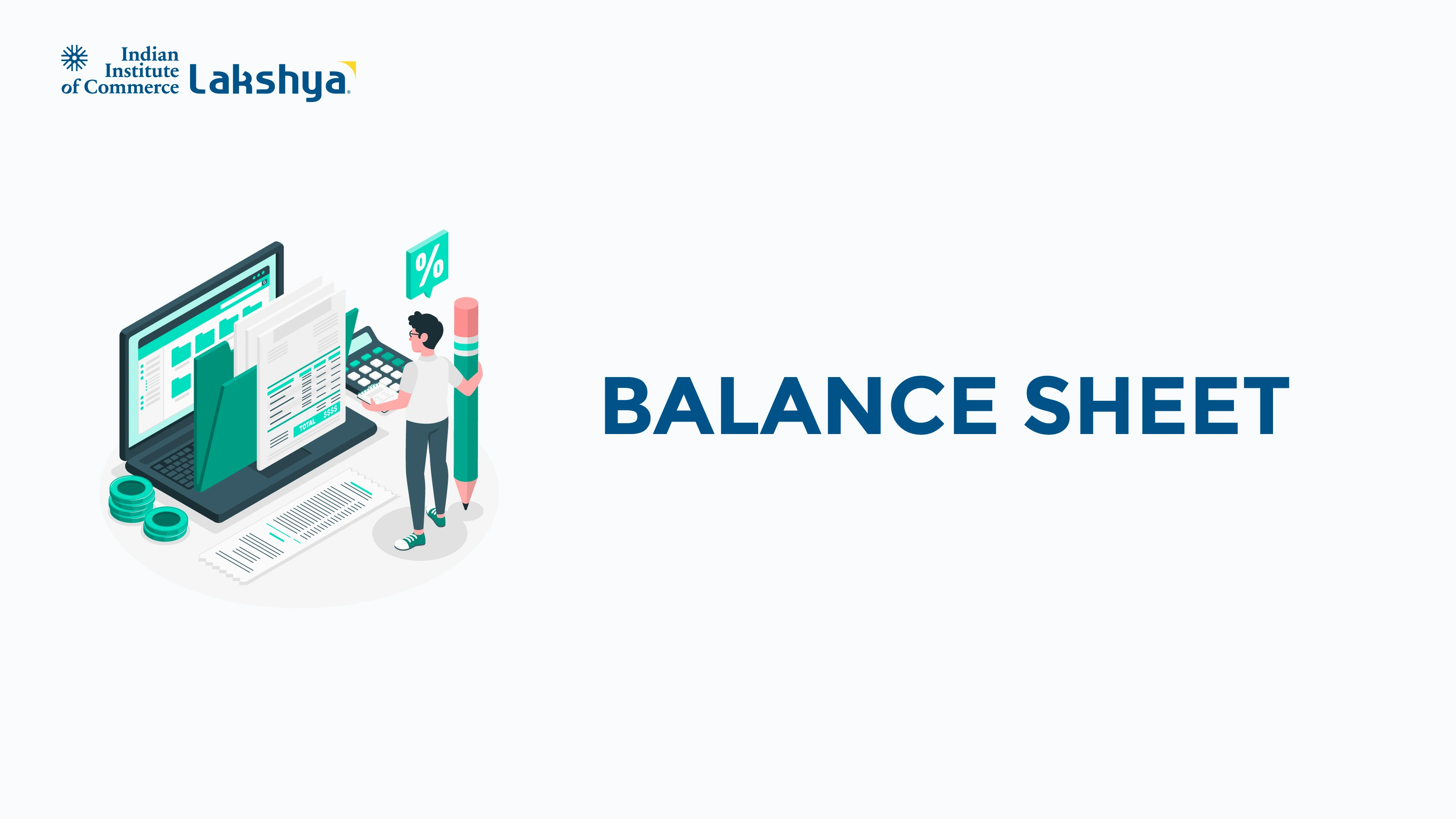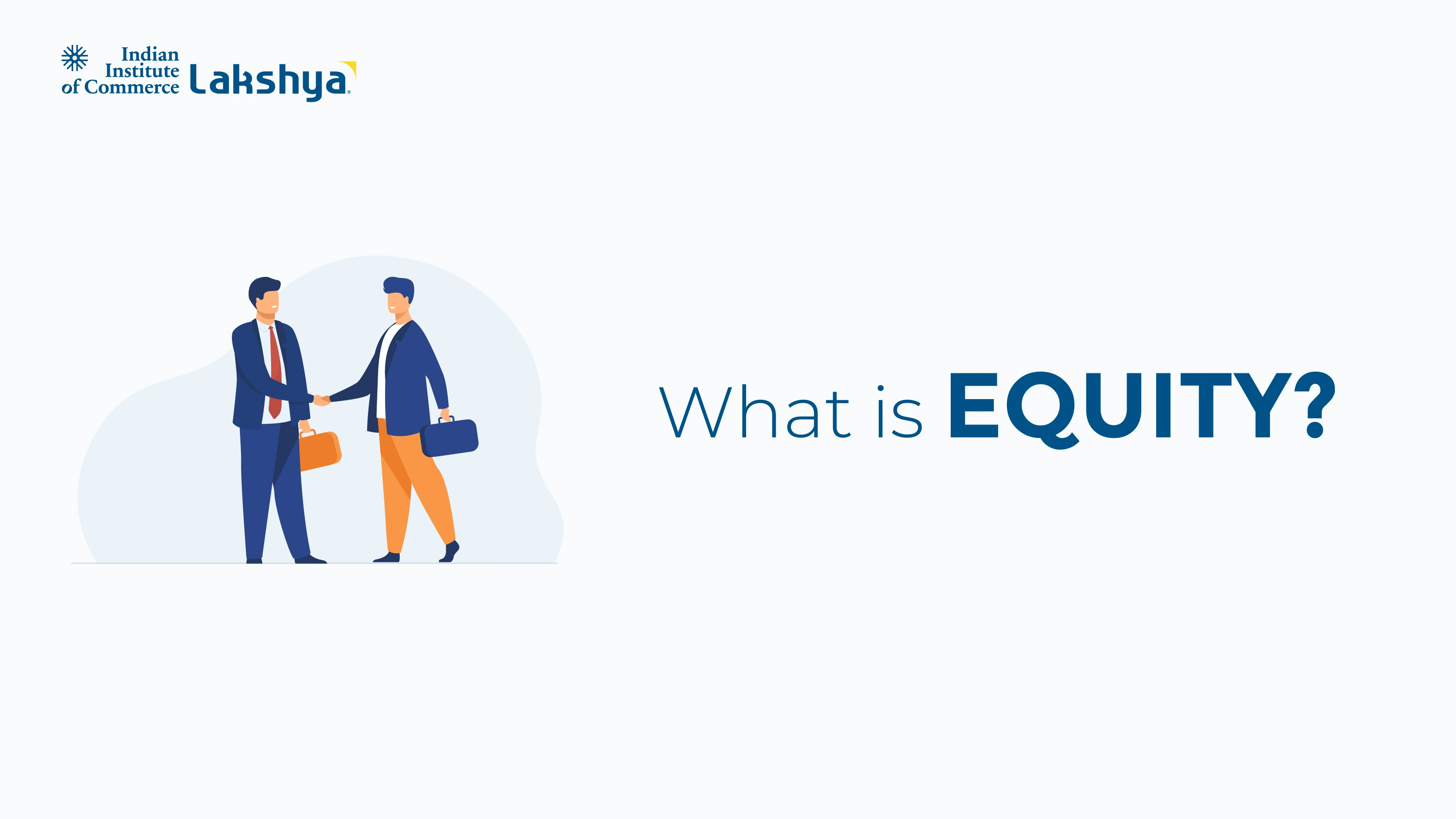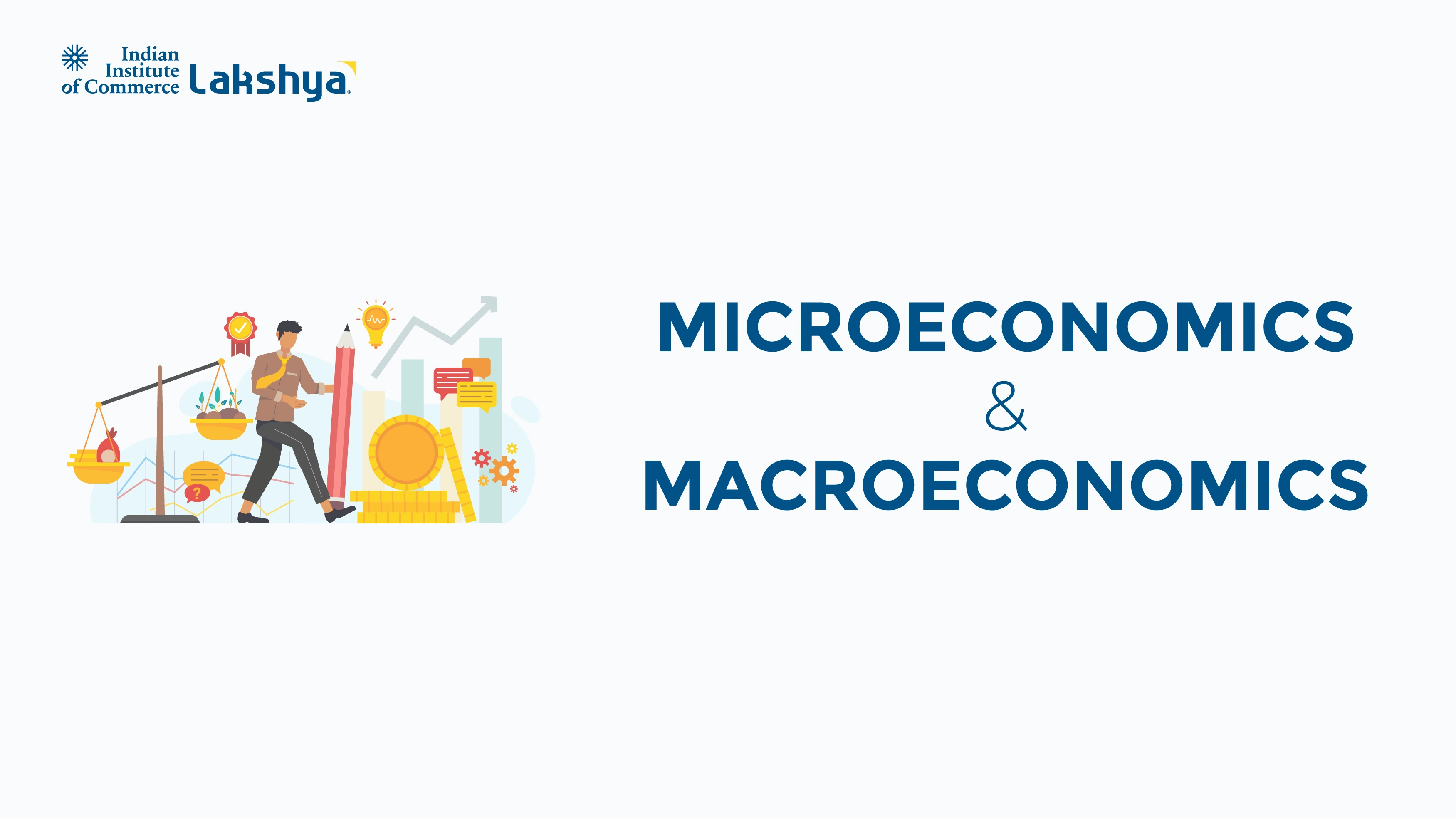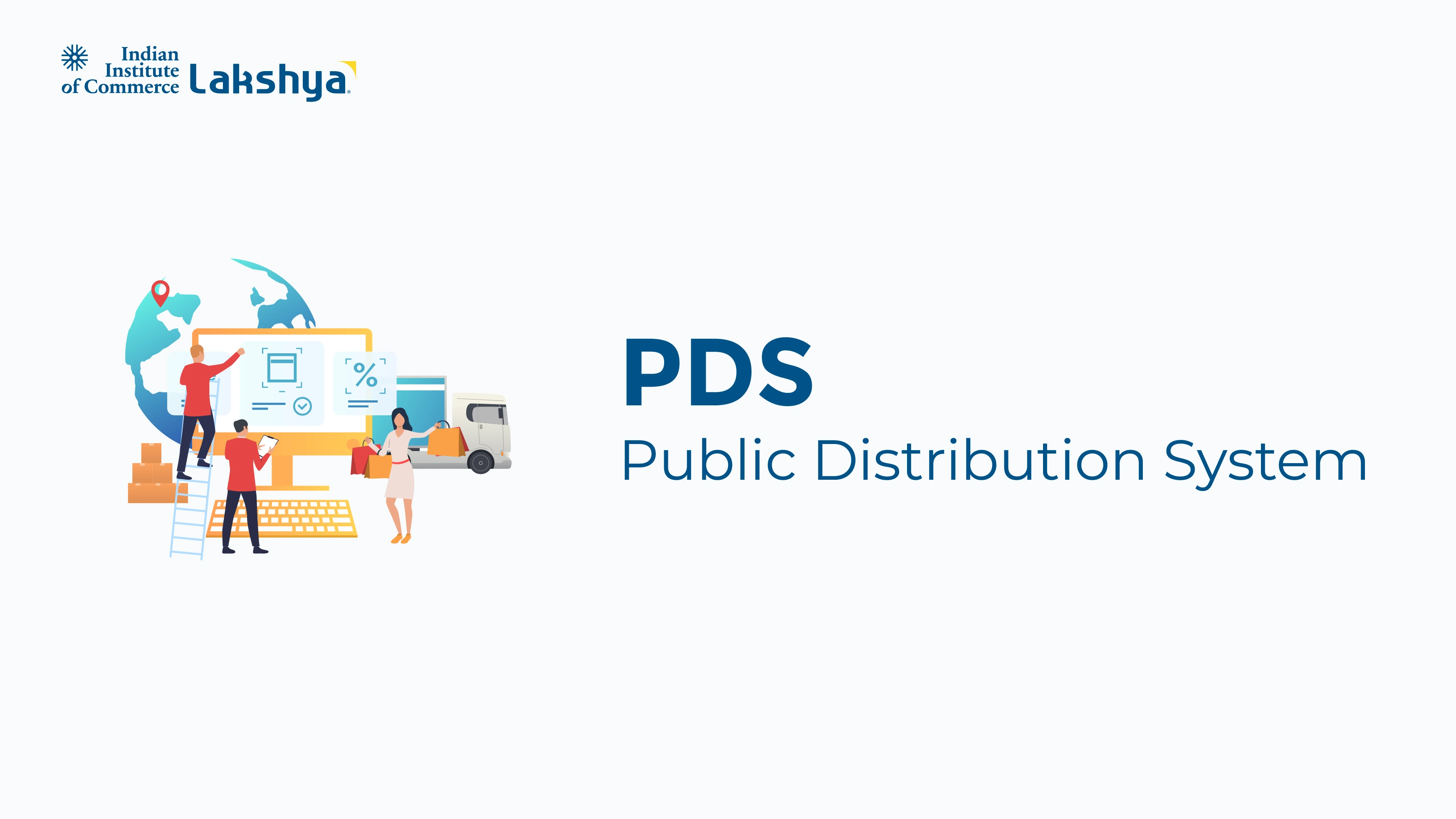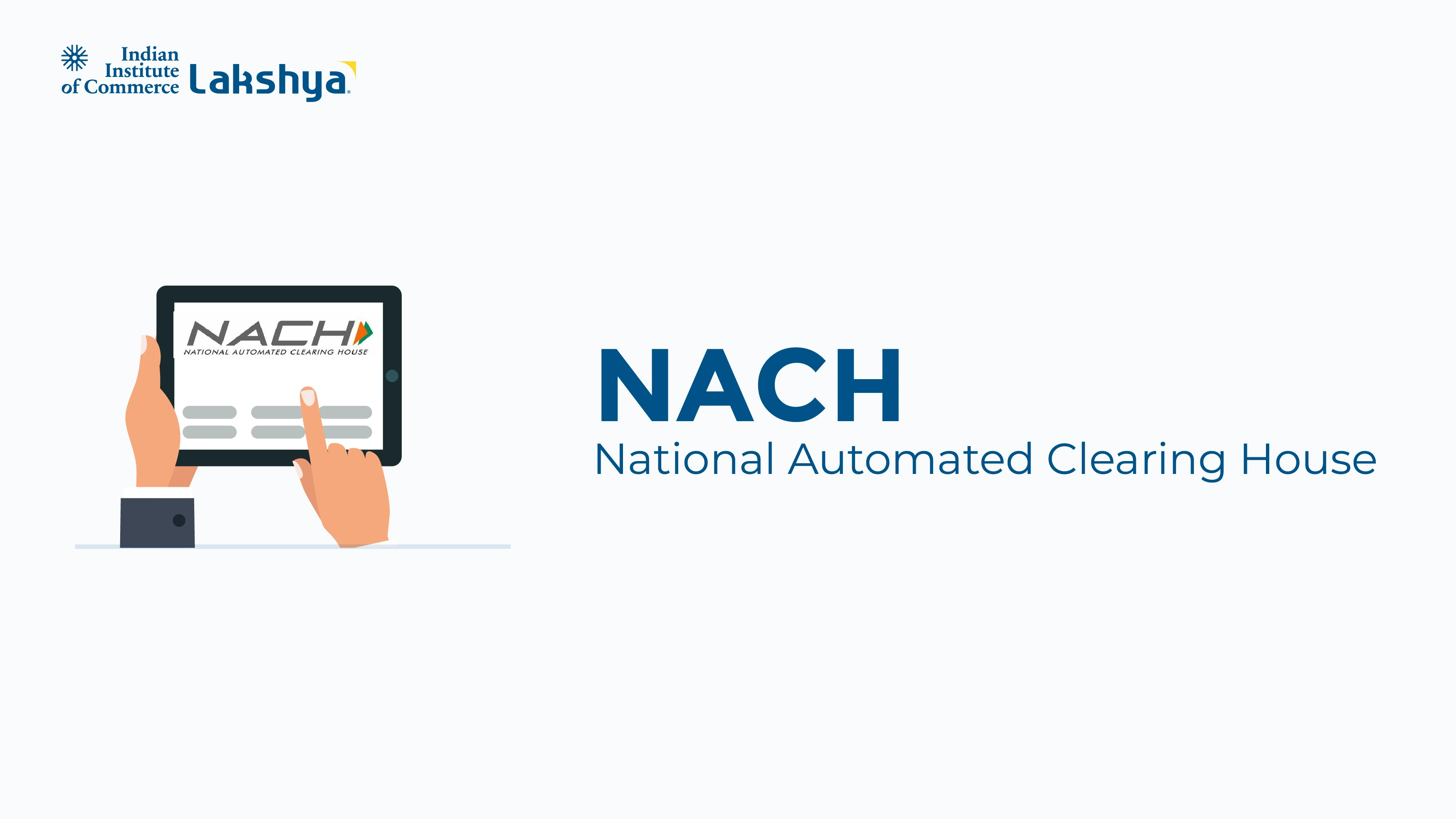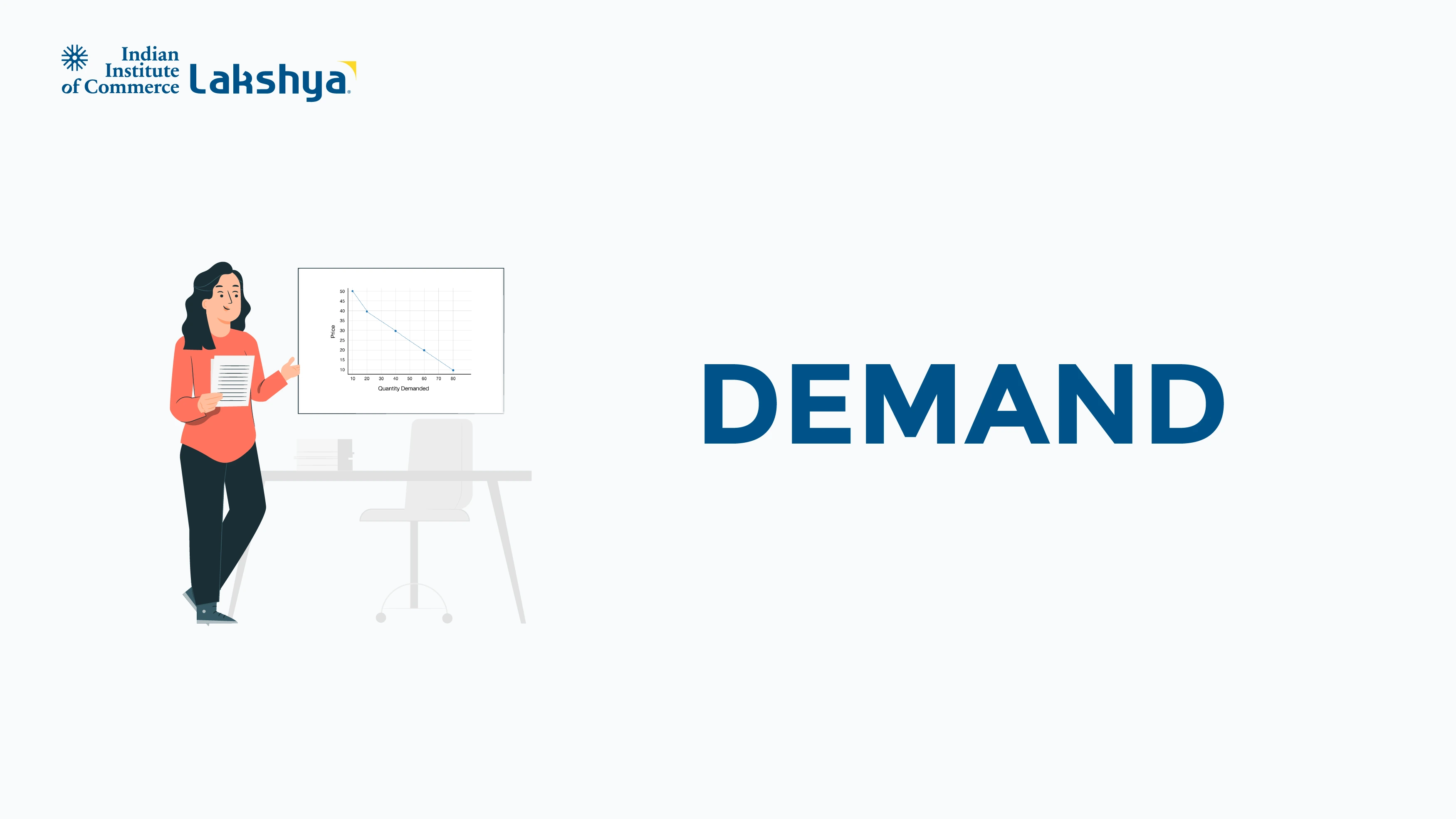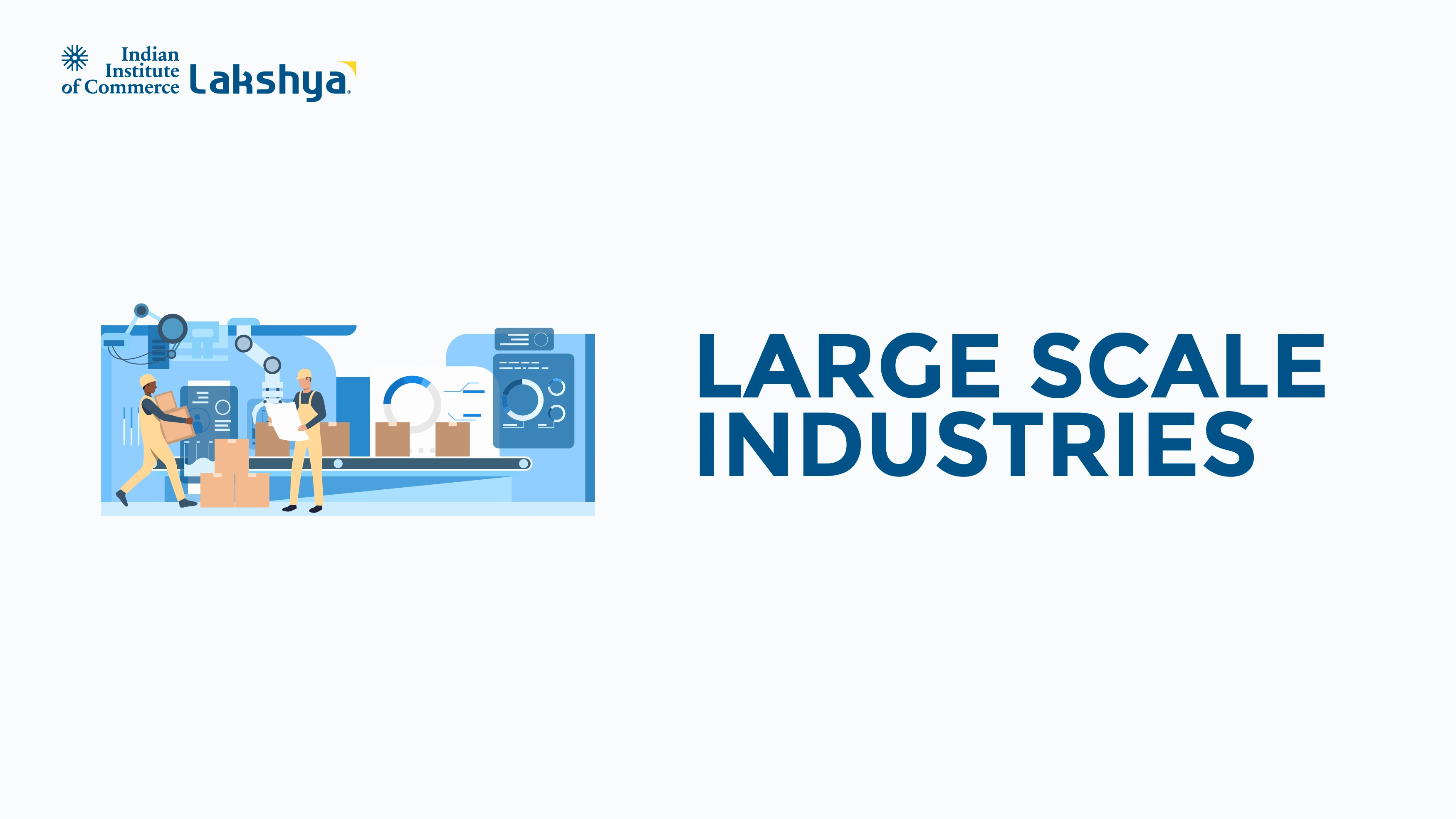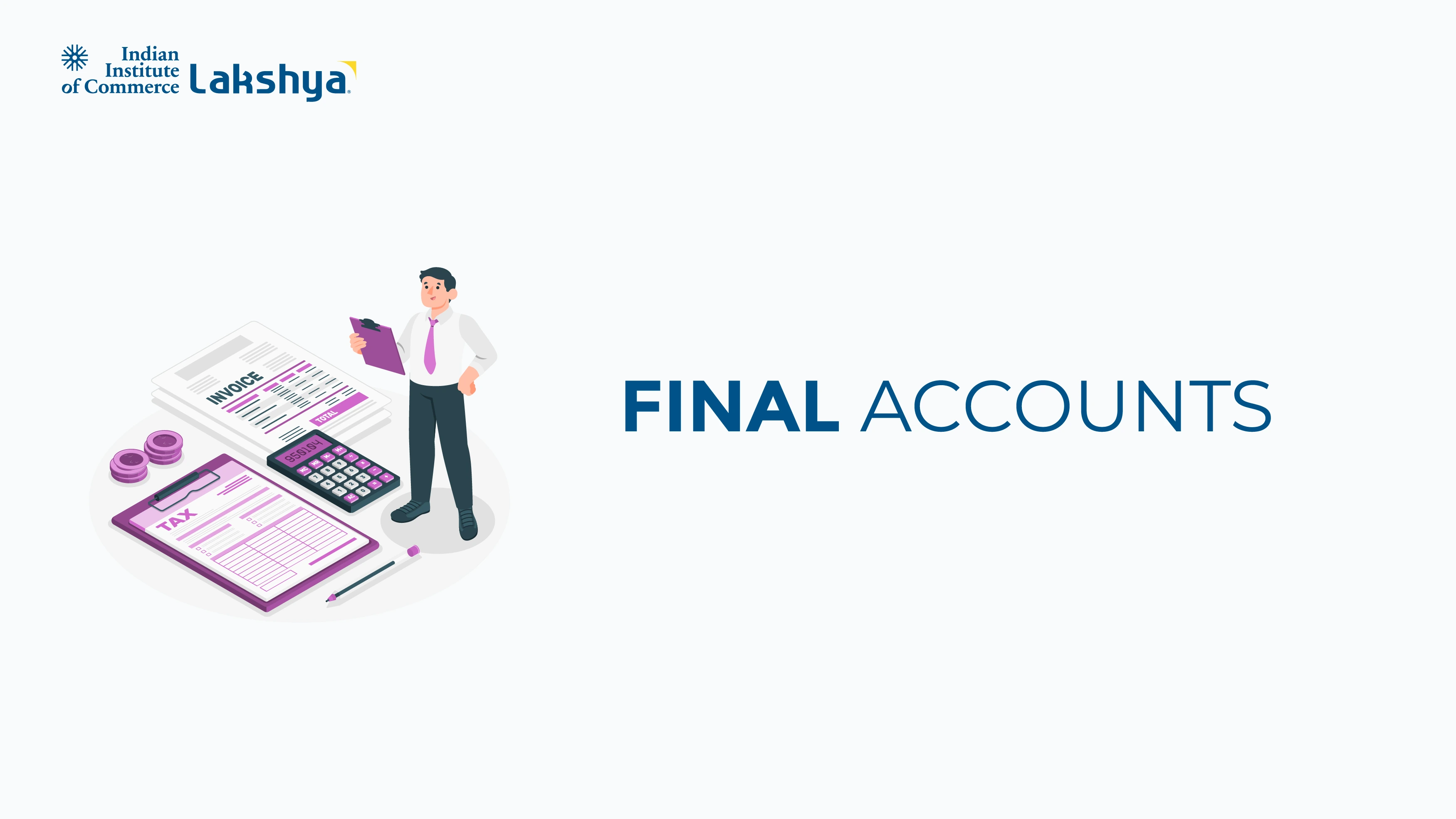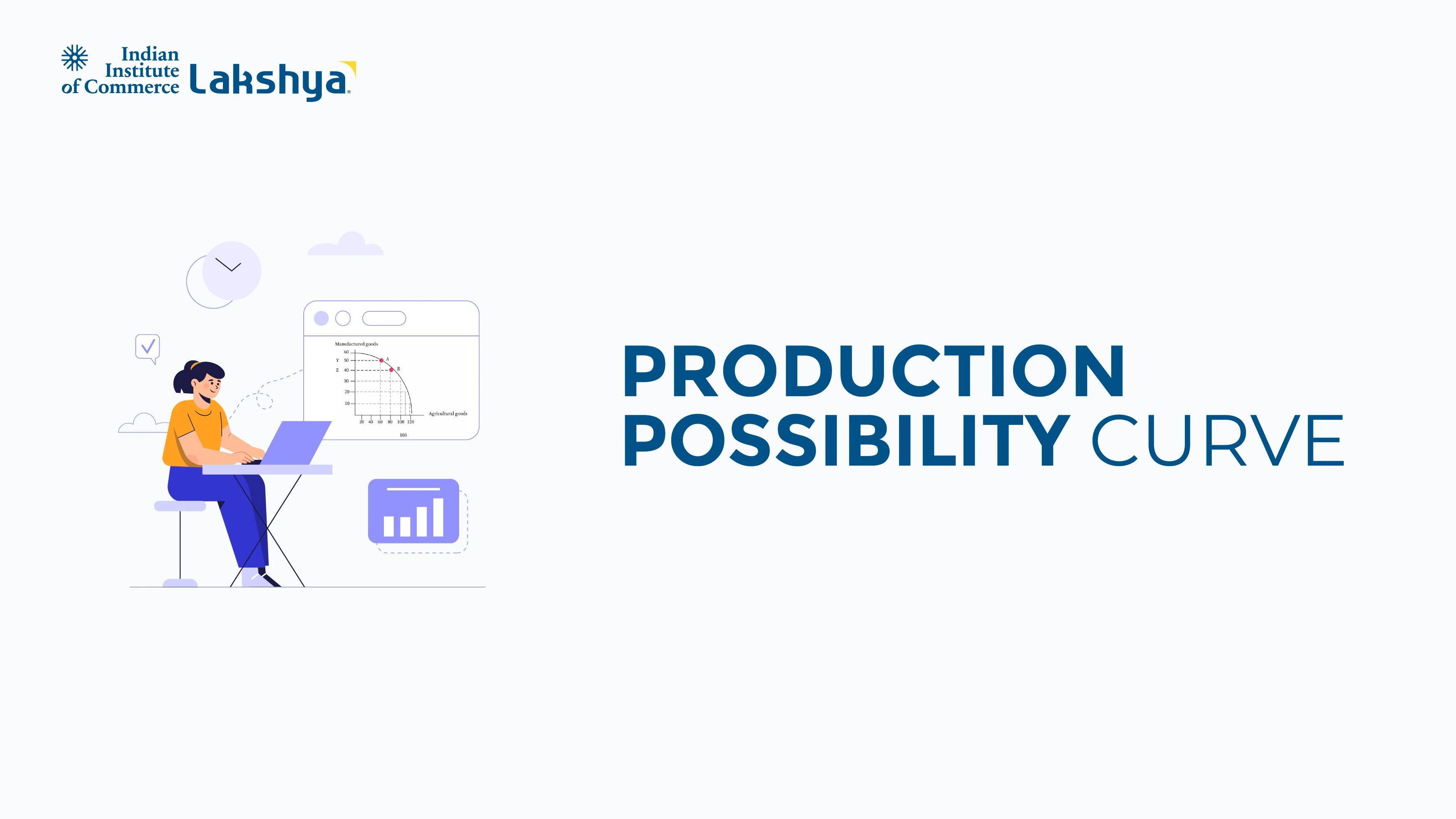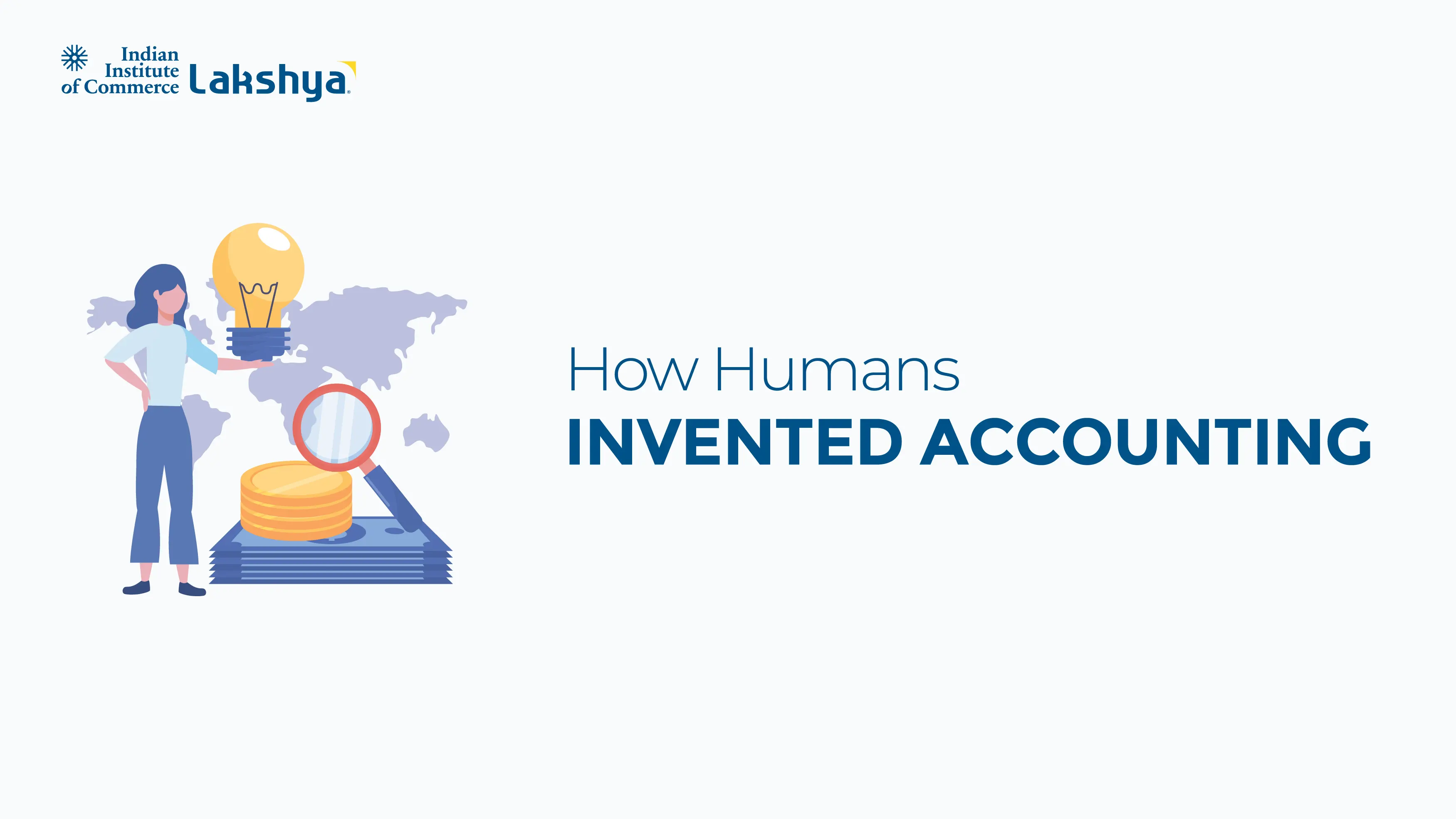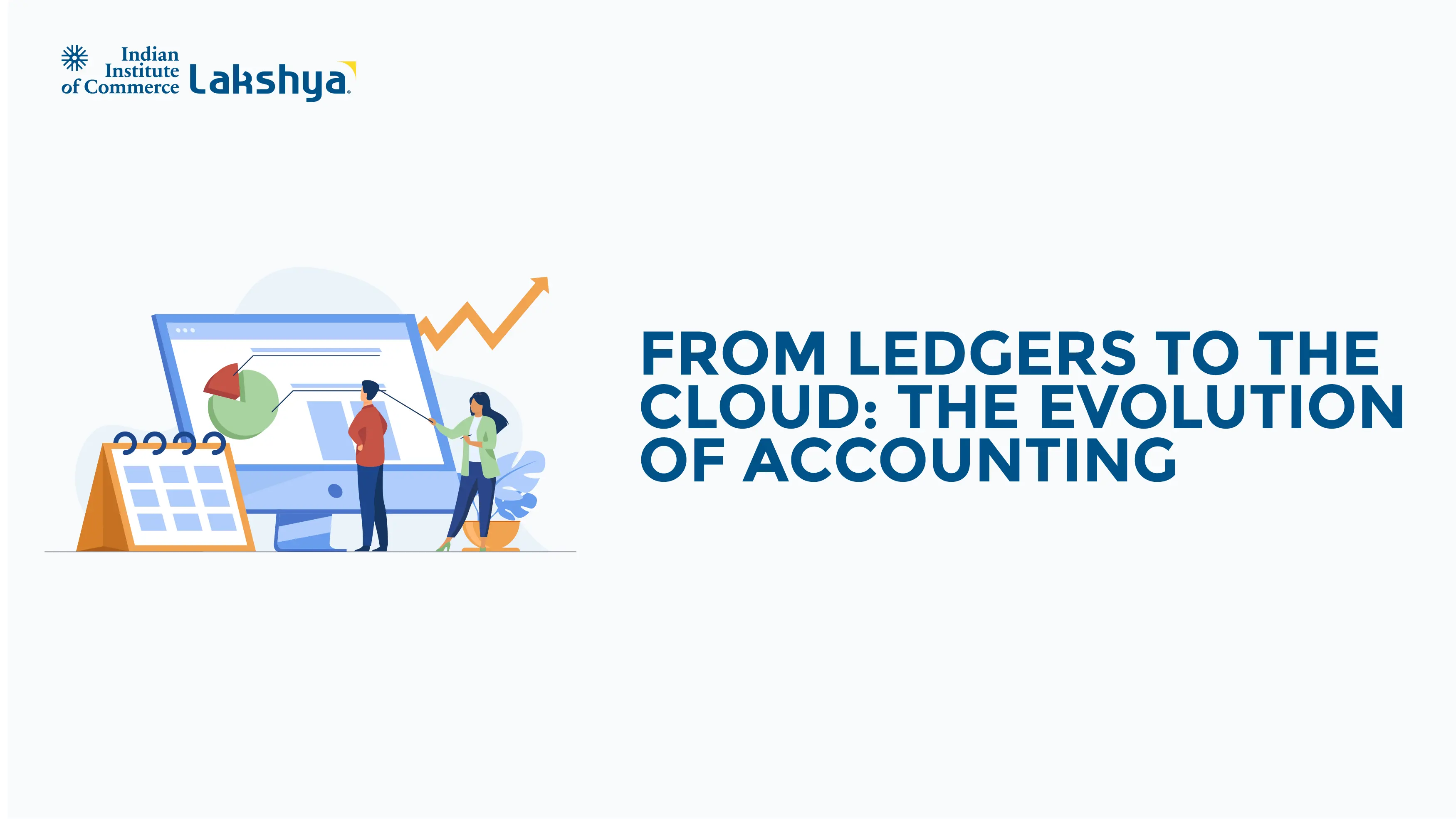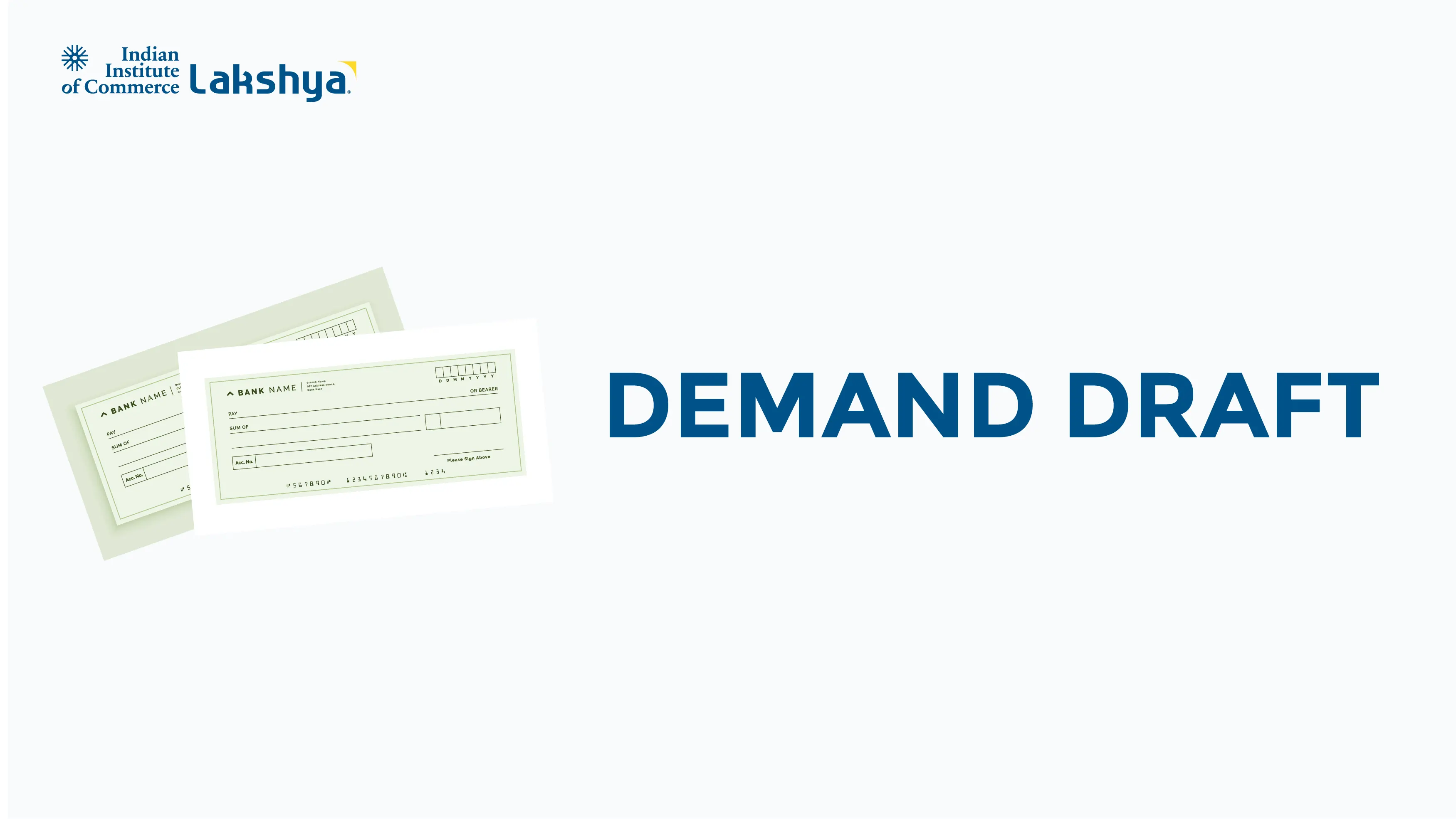Total Cost vs Average Cost vs Marginal Cost
Last Updated On -04 Jul 2025
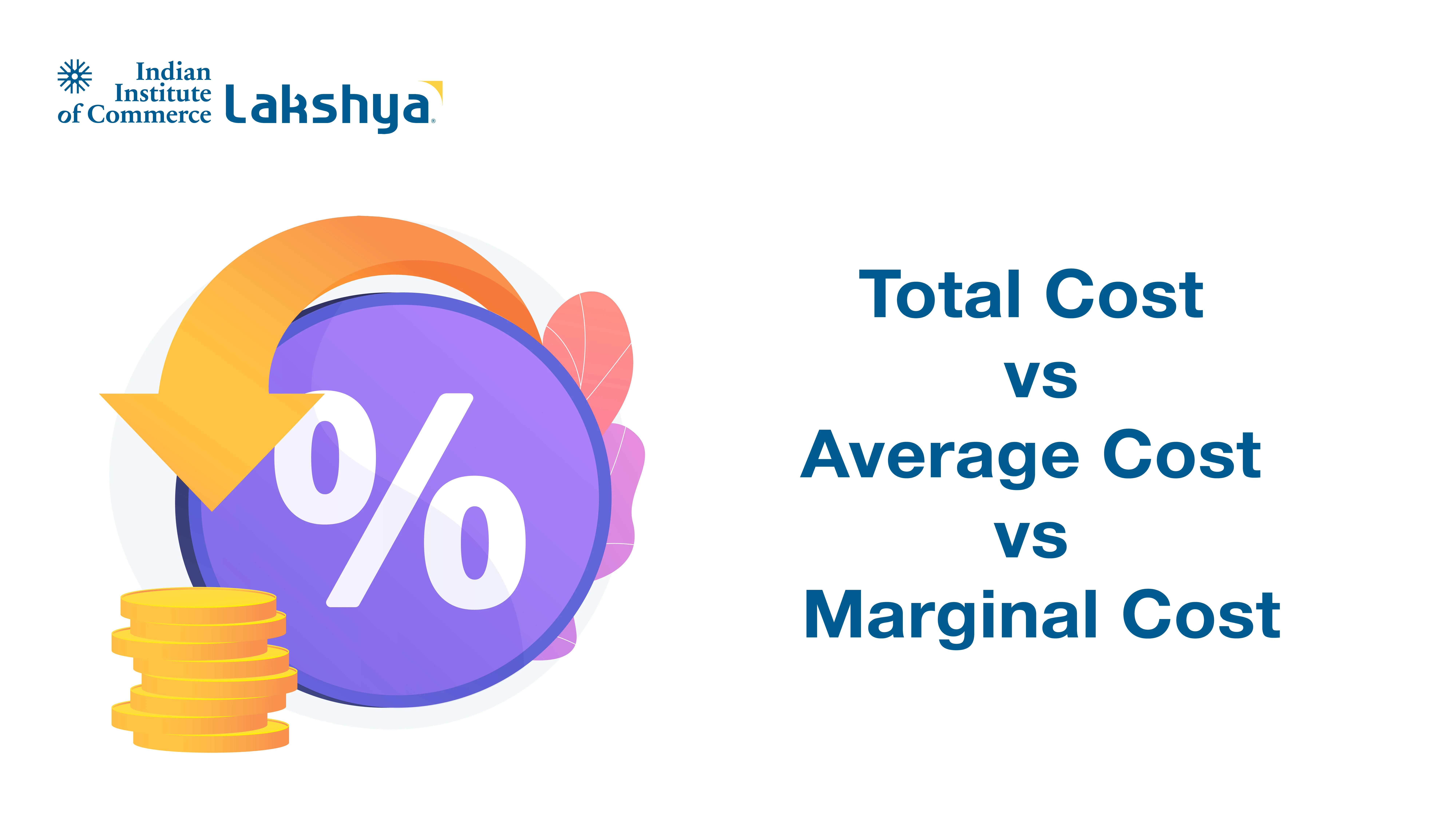
Business decisions and economics rely on a fundamental understanding of cost concepts. For companies, knowledge about the cost of manufacturing goods or services directly affects strategic planning, profitability, and pricing. Among the most critical cost-related words in economics are Marginal Cost (MC), Average Cost (AC), and Total Cost (TC). Although they are linked, each of these theories of cost has a distinct function in managerial decisions and economic studies.
The definitions, formulas, and relevance of every cost category will be discussed in this blog, together with their variations in meaning and application.
What is the Total Cost?
The total cost of a company is the sum of its expenses for manufacturing a given volume of goods or services. It covers Variable Costs, which change with production, such as raw materials, as well as Fixed Costs, which do not alter with output, like rent or salary.
|
Total Cost (TC) = Fixed Cost + Variable Cost (VC) |
Crucially for financial planning, total cost provides a whole view of a company's manufacturing expenditure. It clarifies for companies the capital used at various levels of output.
For example, a company's fixed expenditures, such as rent and insurance, remain the same whether it produces 10 units or 1,000 units; its variable costs rise with each additional unit. Monitoring total expenses helps companies identify unnecessary expenses, determine their investment requirements, and assess overall profitability.
What is the Average Cost?
Often referred to as the Per Unit Cost, the average cost is the cost per unit of output. It is used to evaluate cost efficiency and pricing policies, as it reveals the average production cost per unit.
|
Marginal Cost (MC) = Change in Total Cost / Change in Quantity |
For performance analysis, as for pricing, the average cost is a valuable instrument. Understanding how expenses are distributed across various quantities helps companies manage manufacturing more effectively and make more informed pricing decisions. Factors such as bulk savings on supplies and operational efficiency, also referred to as economies of scale, cause average costs to often decrease as manufacturing scales. Diseconomies of scale, however, eventually lead to the average cost climbing, thereby indicating inefficiencies that must be corrected.
What is the Marginal Cost?
Marginal cost refers to the additional cost incurred when producing one extra unit of a good or service. Deciding a company's output level and whether raising it would be lucrative depends on this.
|
Marginal Cost (MC) = Change in Total Cost / Change in Quantity |
Especially in deciding the degree of output that maximizes profit, marginal cost is significant for decision-making. When making production decisions, companies generally weigh the marginal cost against marginal income; if the revenue from selling one more unit exceeds its marginal cost, it is logical to manufacture that unit. Crucially for effective production scaling and the avoidance of overproduction or loss, marginal costs also indicate how costs react to each slight increase in production.
Relationship Between Total Cost, Average Cost & Marginal Cost
A deeper understanding of cost behavior as output varies comes from the interactions among total, average, and marginal costs. The average cost reduces, for instance, when the marginal cost is smaller than the average cost. On the other hand, if marginal cost surpasses average cost, it raises the average. When studying cost curves in economics, this interaction is crucial since it reveals efficiency and aids in determining optimal pricing and output strategies in the long and short term.
The three cost concepts are closely related:
|
Concept |
Definition |
Calculation |
Purpose |
|
Total Cost |
Total expense fro producing goods |
TC = FC + VC |
Tracks full cost of production |
|
Average Cost |
Cost per unit produced |
AC = TC / Q |
Measures cost efficiency |
|
Marginal Cost |
Cost of one additional unit |
MC = ΔTC / ΔQ |
Helps in deciding optimal output |
Conclusion
Academic research, as well as actual corporate operations, depend on an awareness of the variations between Total Cost, Average Cost, and Marginal Cost. These cost measures enable better choices in manufacturing, pricing, and efficiency. Learning these ideas will help you greatly in economics and business, whether your analysis is of a company's problem or exam preparation.
|
Did you know? To sell last-minute tickets, airlines sometimes apply marginal cost pricing. Even a low-priced ticket, including variable costs such as food and service, is seen as lucrative if the plane is flying regardless (fixed costs are covered). |
See Also
All the topics explained in-depth, what are you waiting for, read the Commerce Concepts now!
Frequently Asked Questions (FAQs)
Why should decisions be made considering Marginal Cost?
Marginal cost guides companies on whether or not it is profitable to manufacture a second unit. It directs output decisions and is essential for profit-maximizing and cost control.
Is it ever possible for Average Cost to surpass Marginal Cost?
Certainly, AC will drop when the MC is below AC. MC stays below AC; hence, the average will continue to decline.
Do Marginal and Total Costs incorporate the same components?
Not quite precisely. The total cost encompasses all fixed and variable expenses. Marginal cost takes variable expenditures into account, whereas fixed costs remain constant regardless of output.
How might Marginal Cost affect the price?
In markets with competition, prices frequently follow marginal costs in the long term. Companies must ensure that MC ≤ Price to stay profitable.






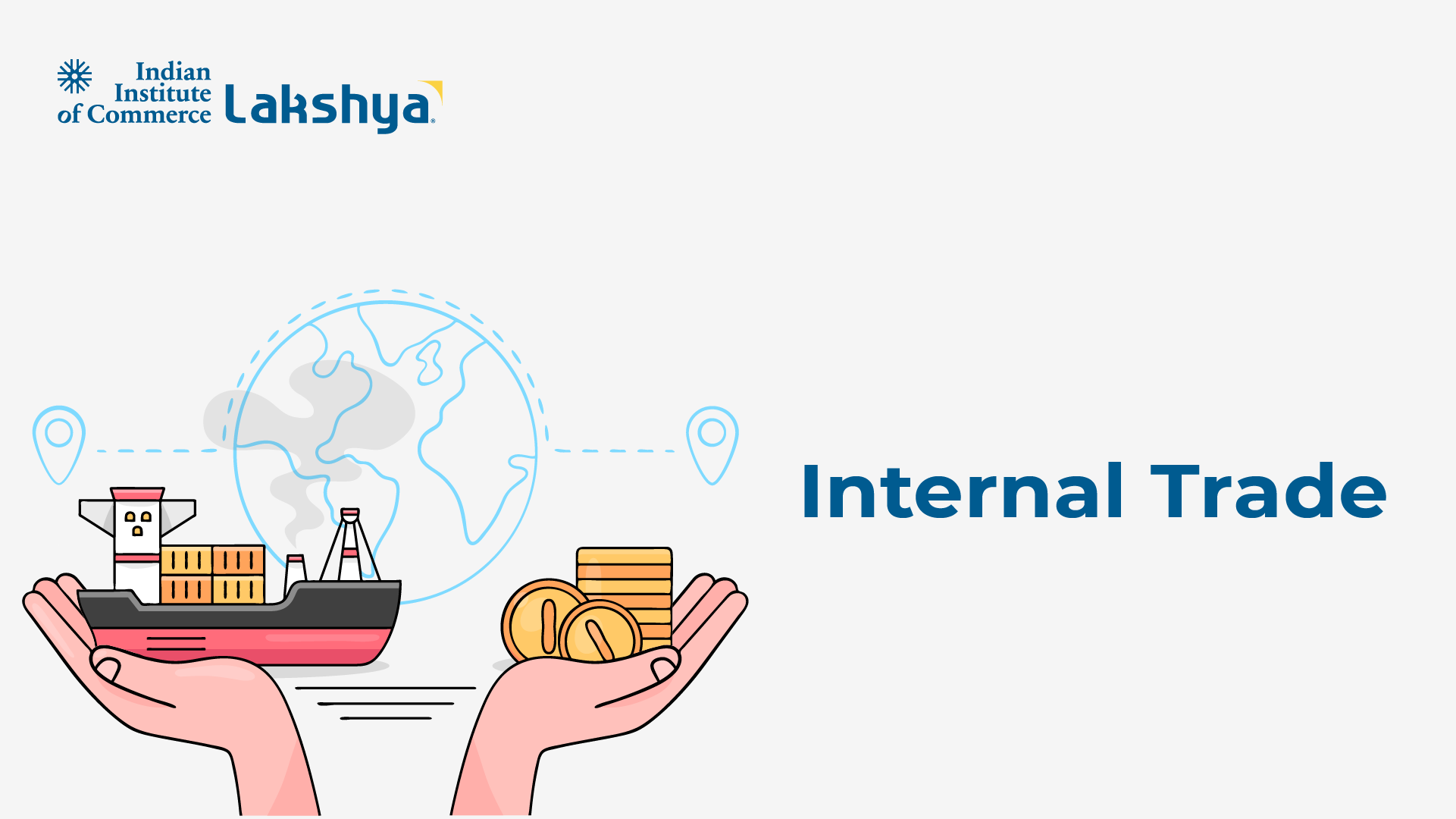

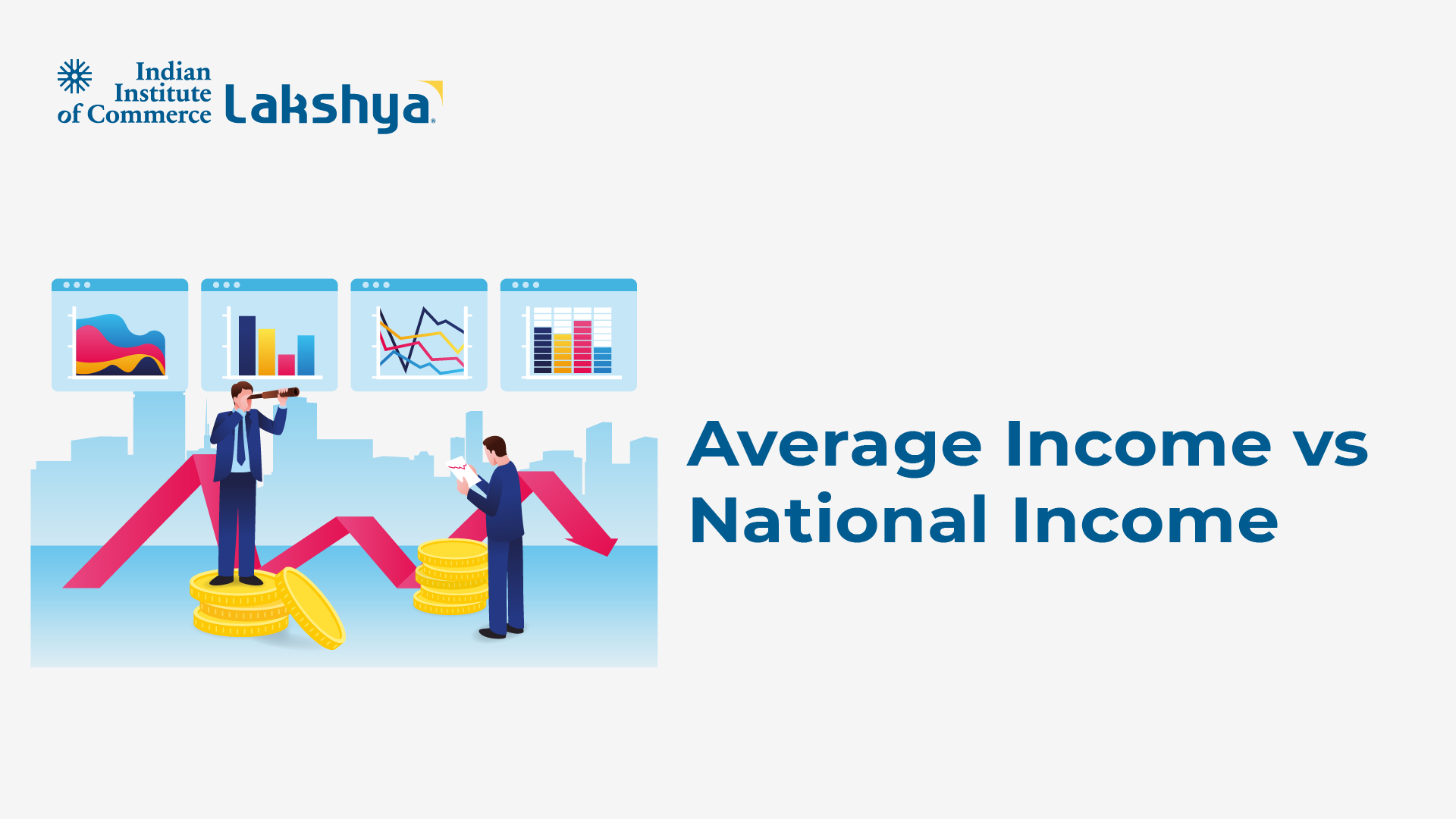
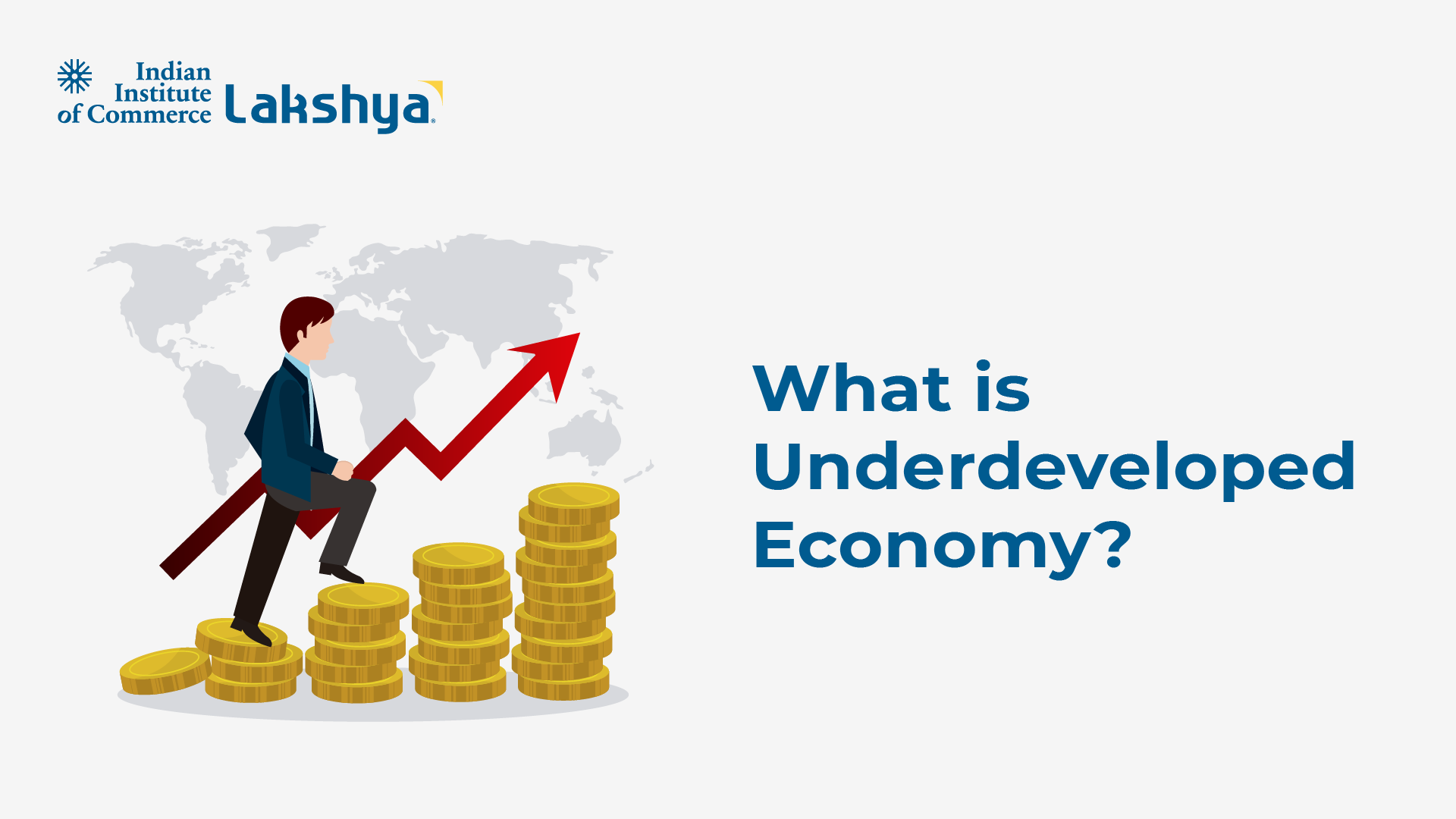
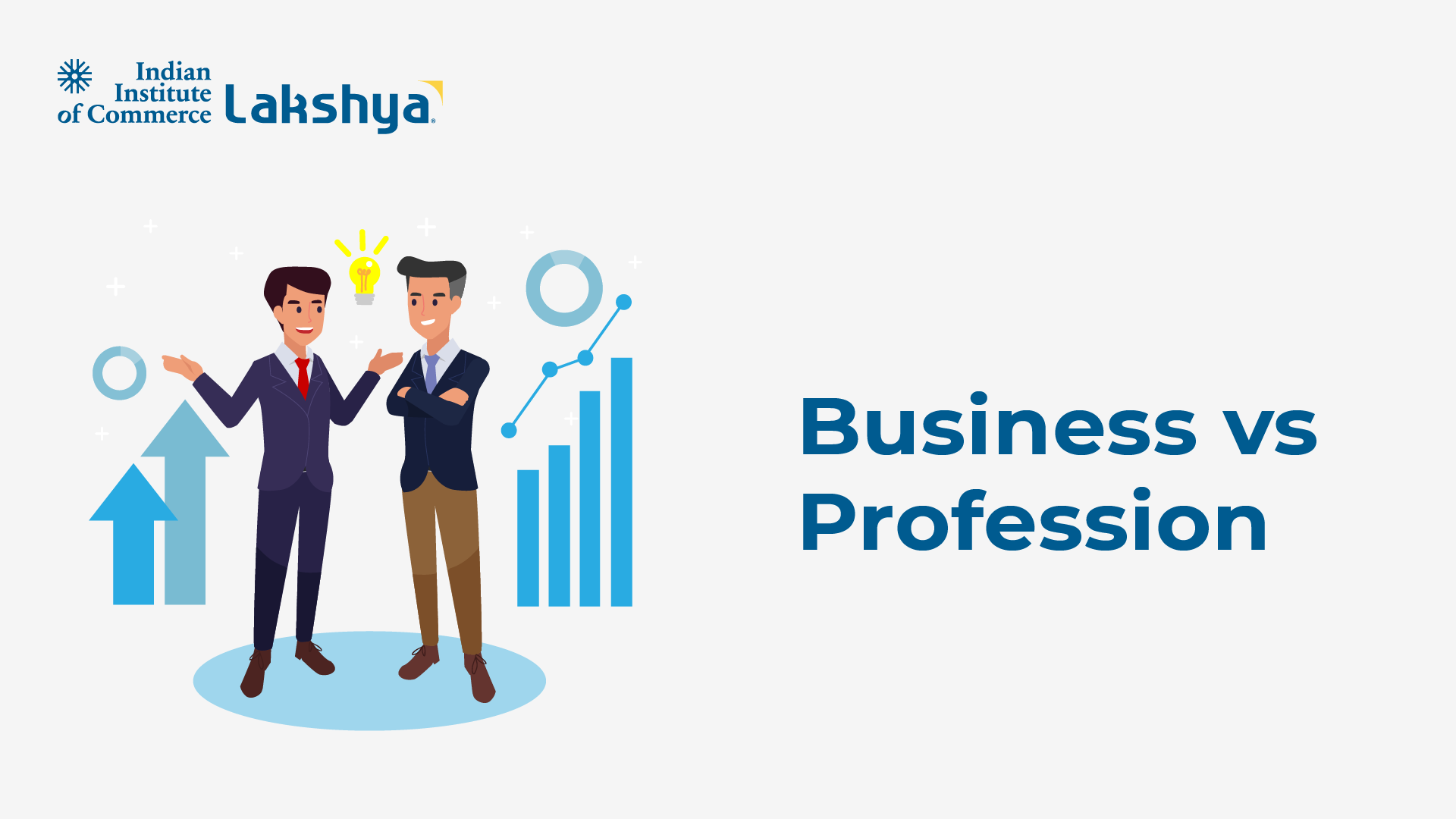
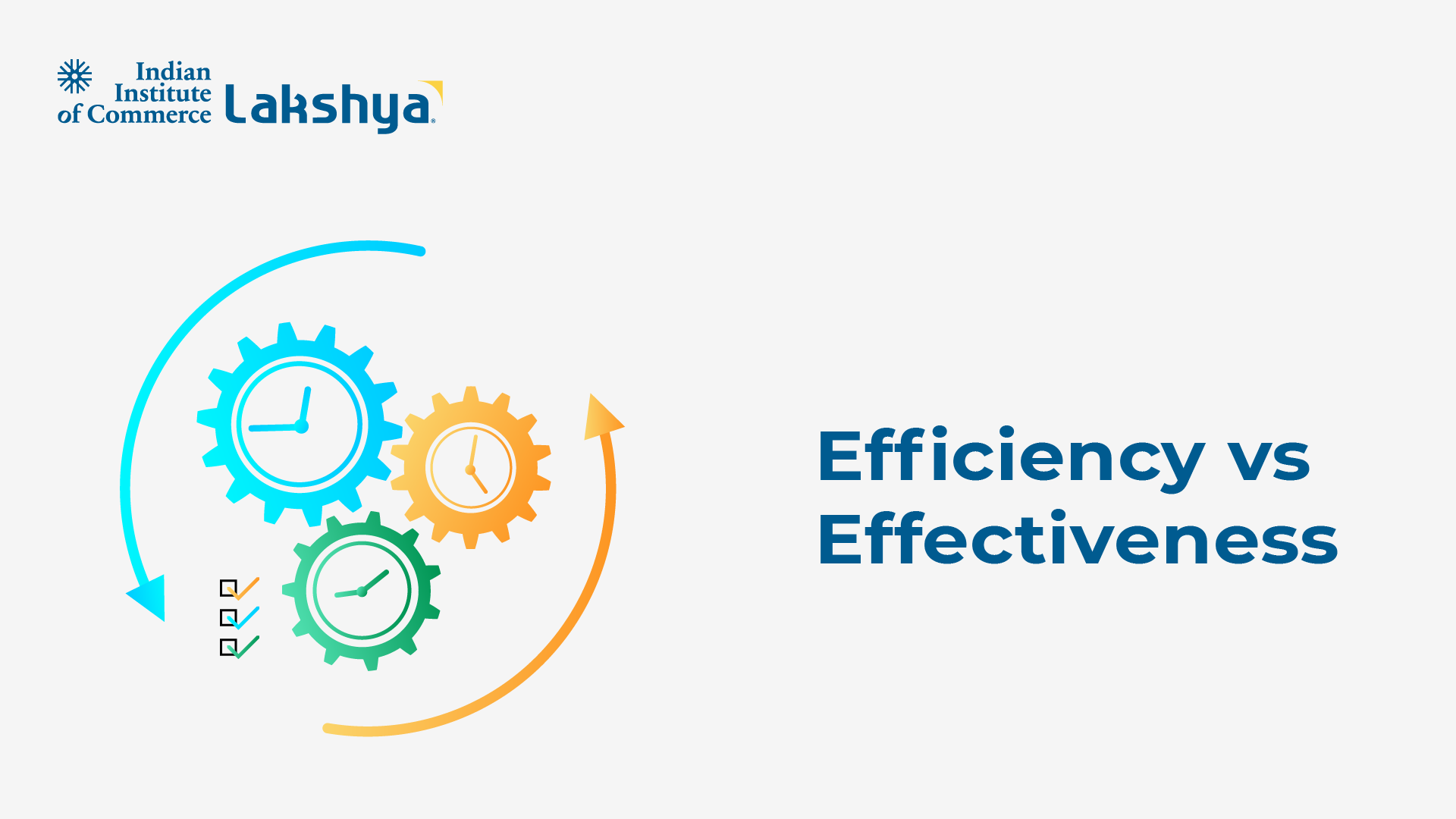
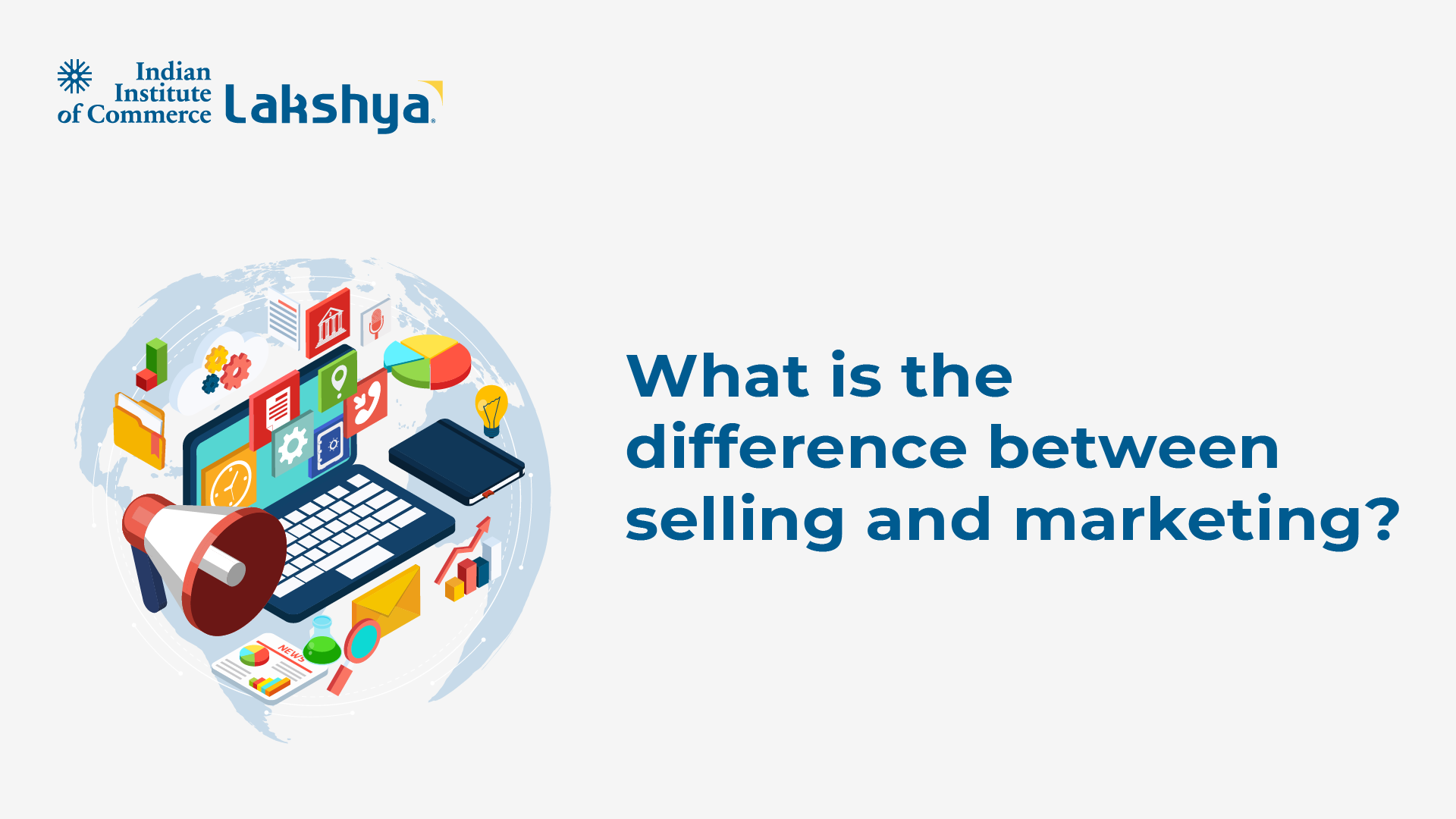
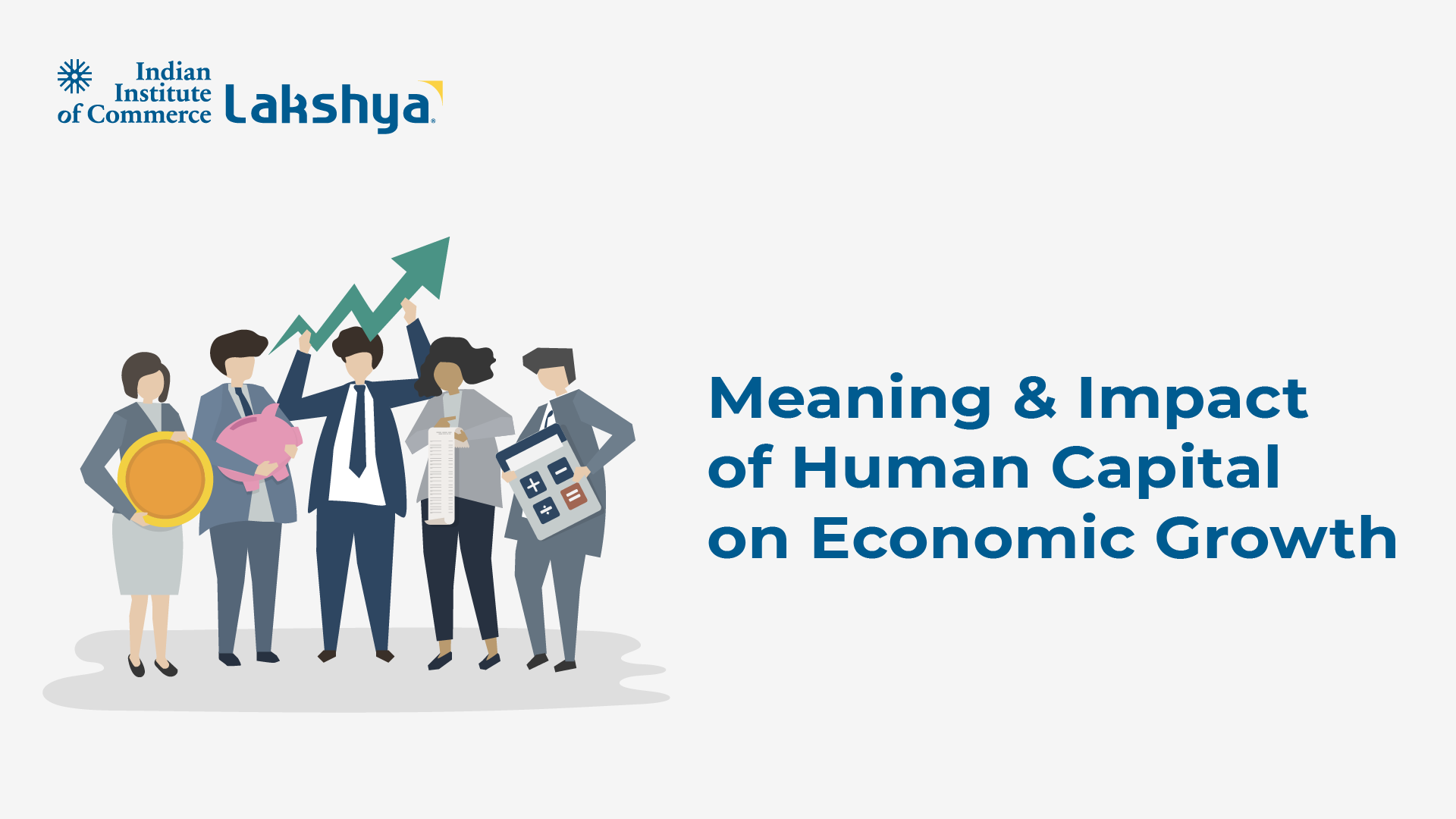

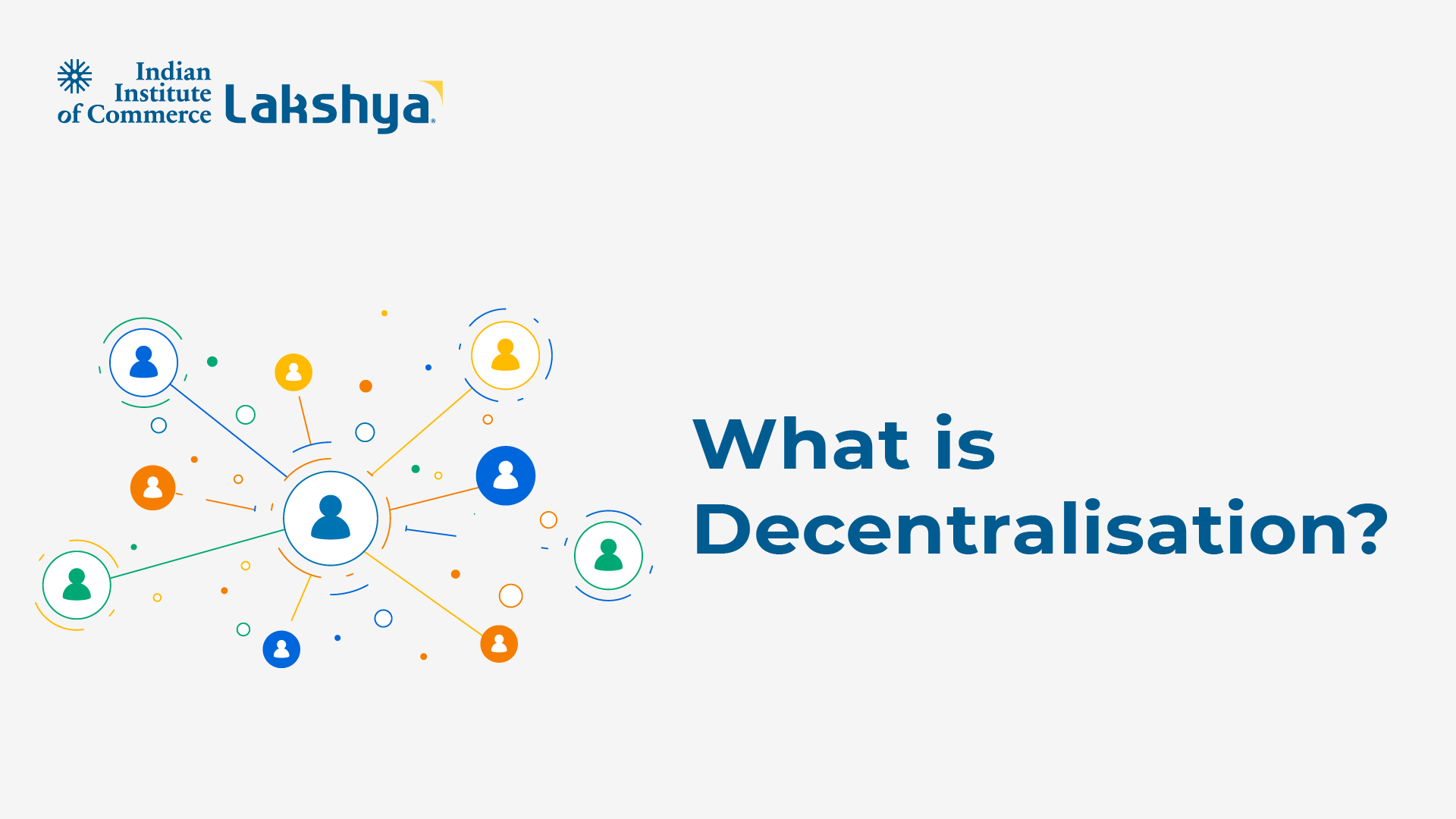
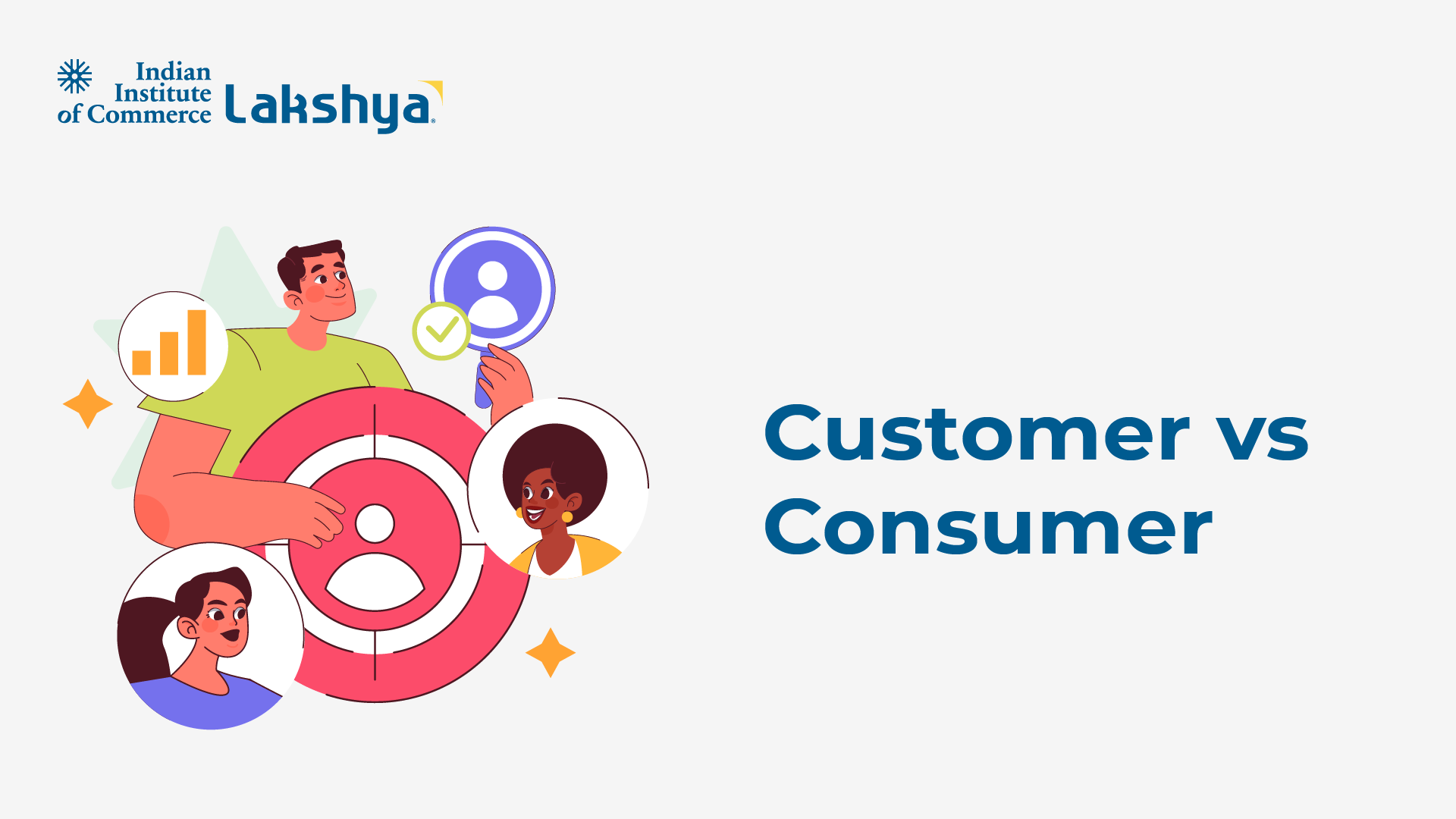

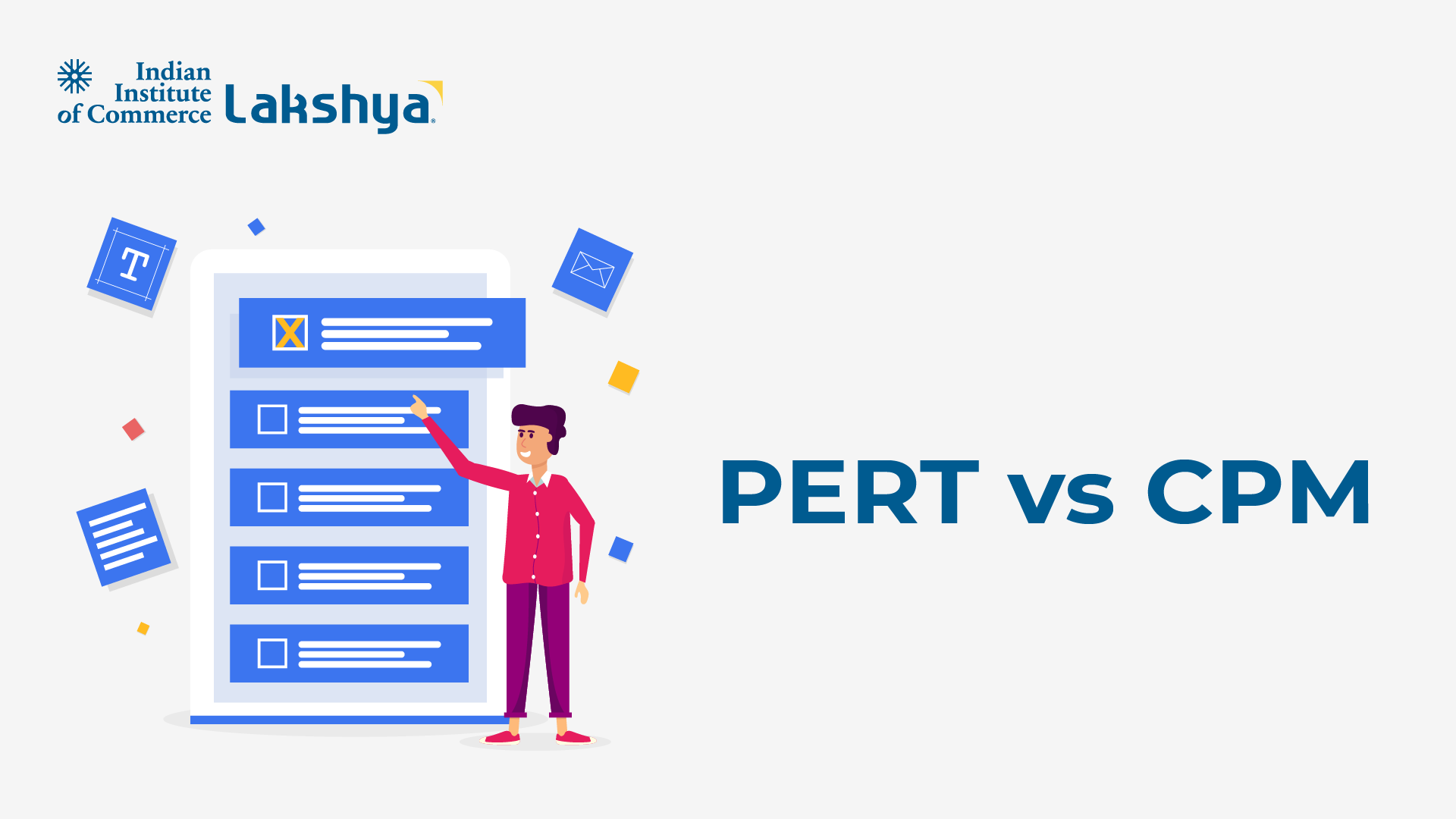



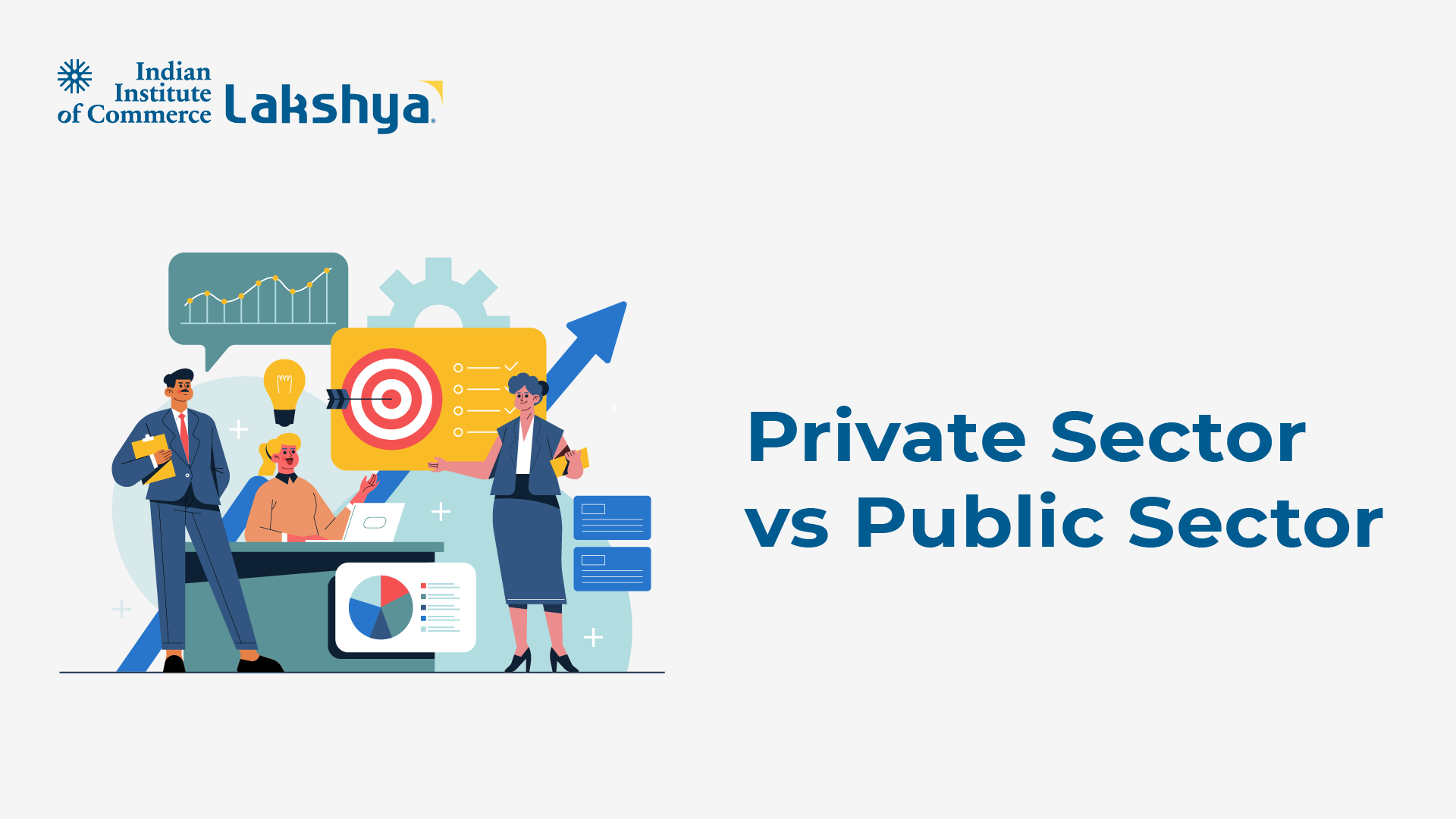



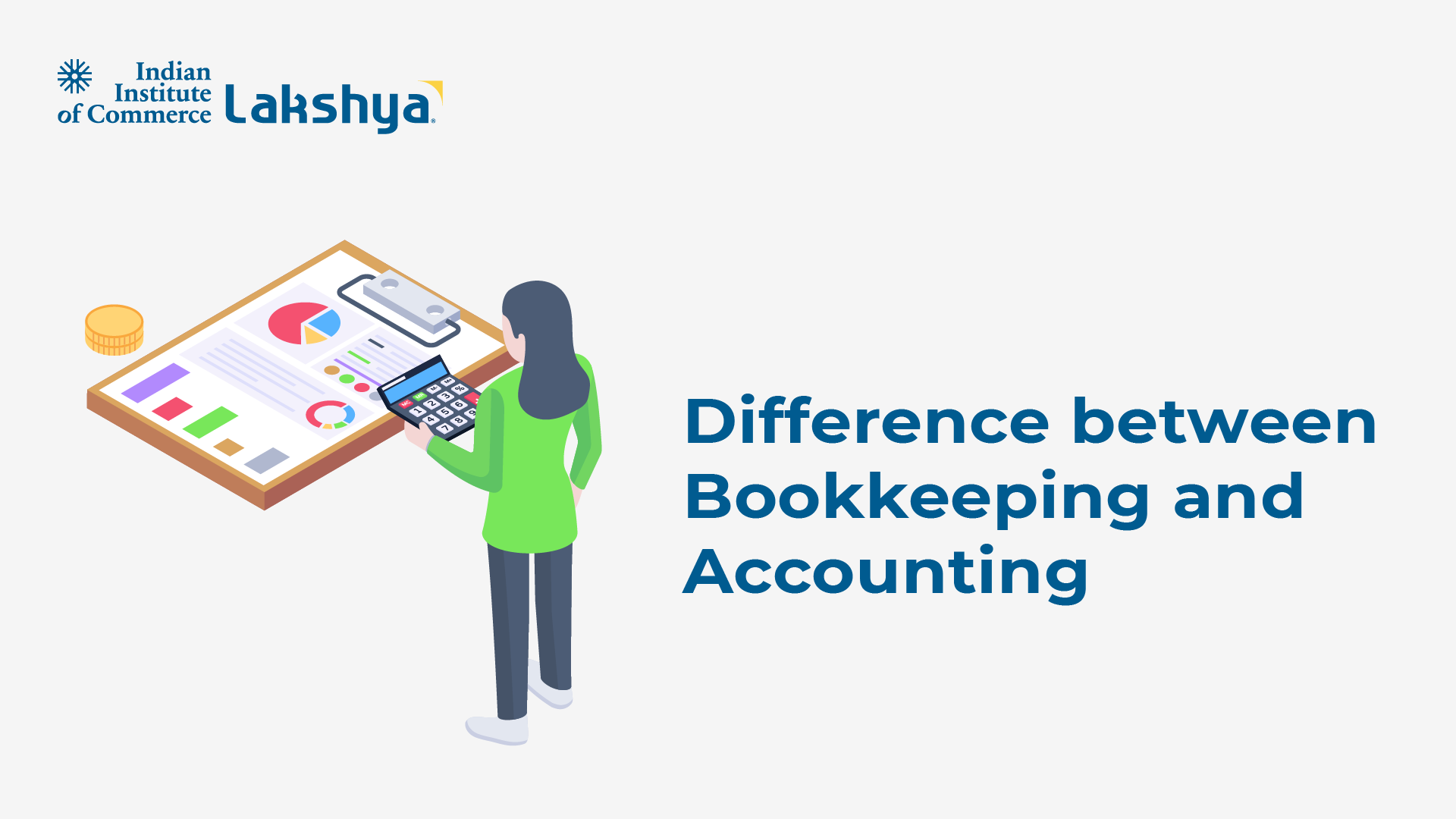
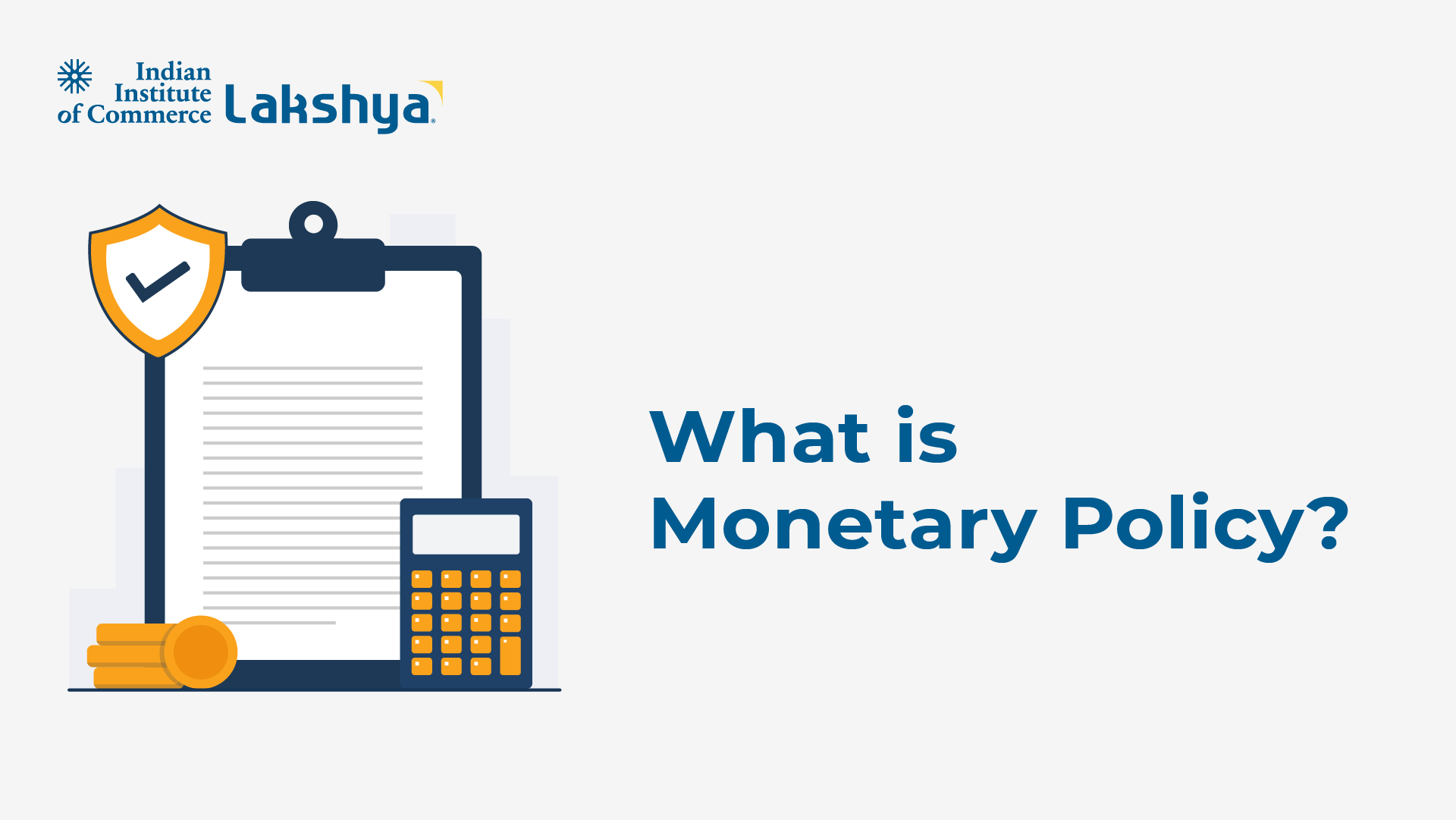
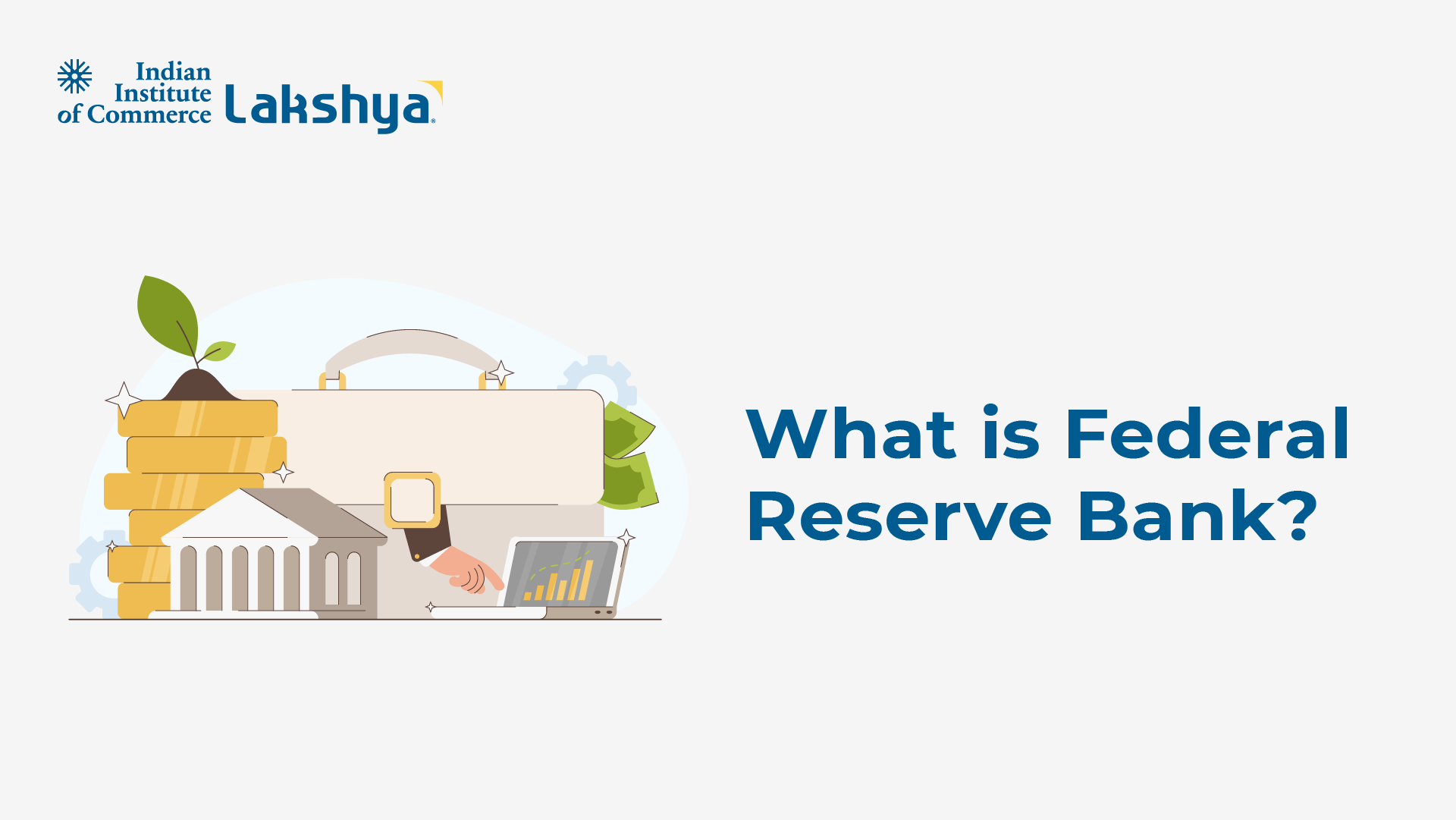
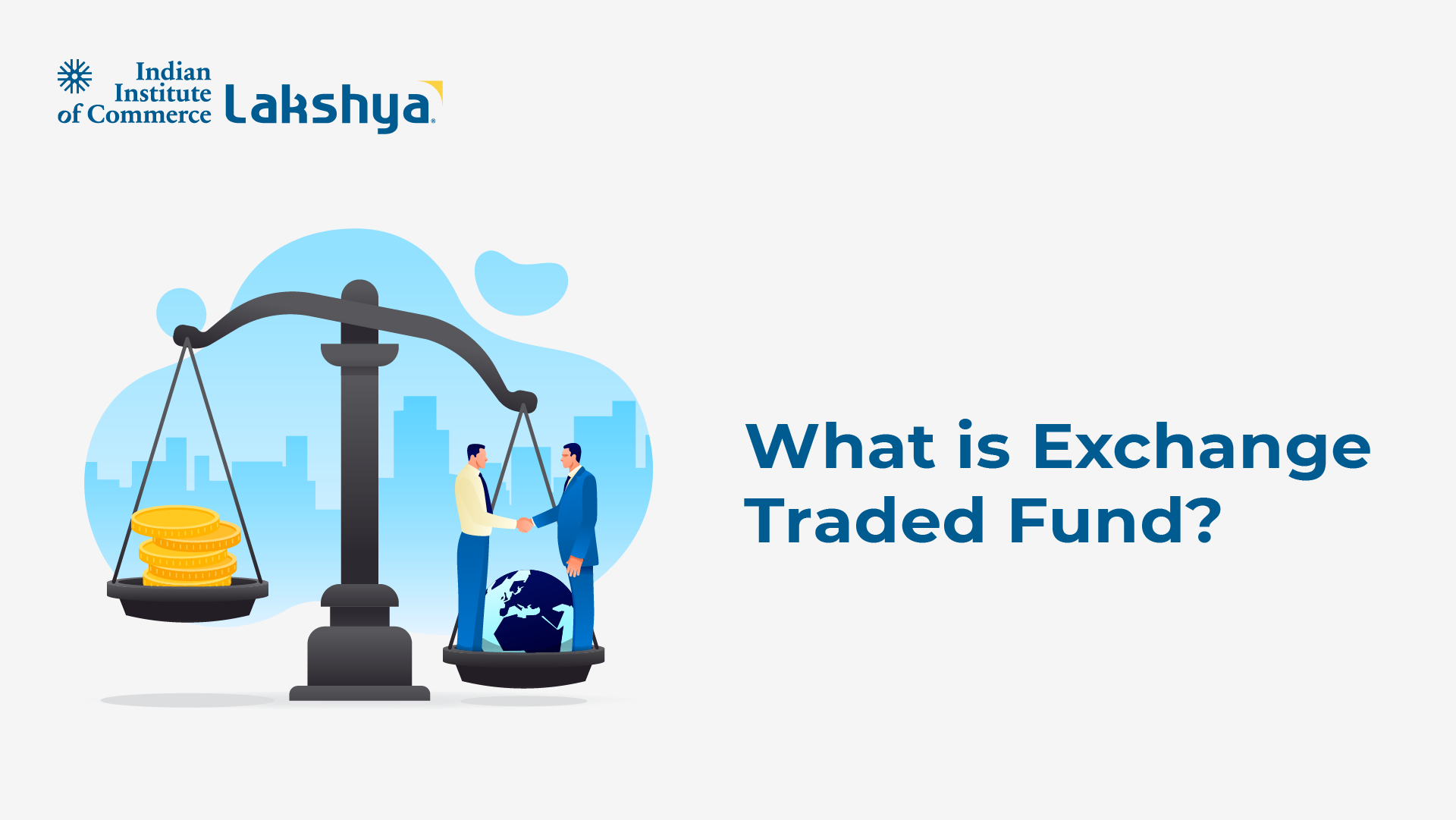


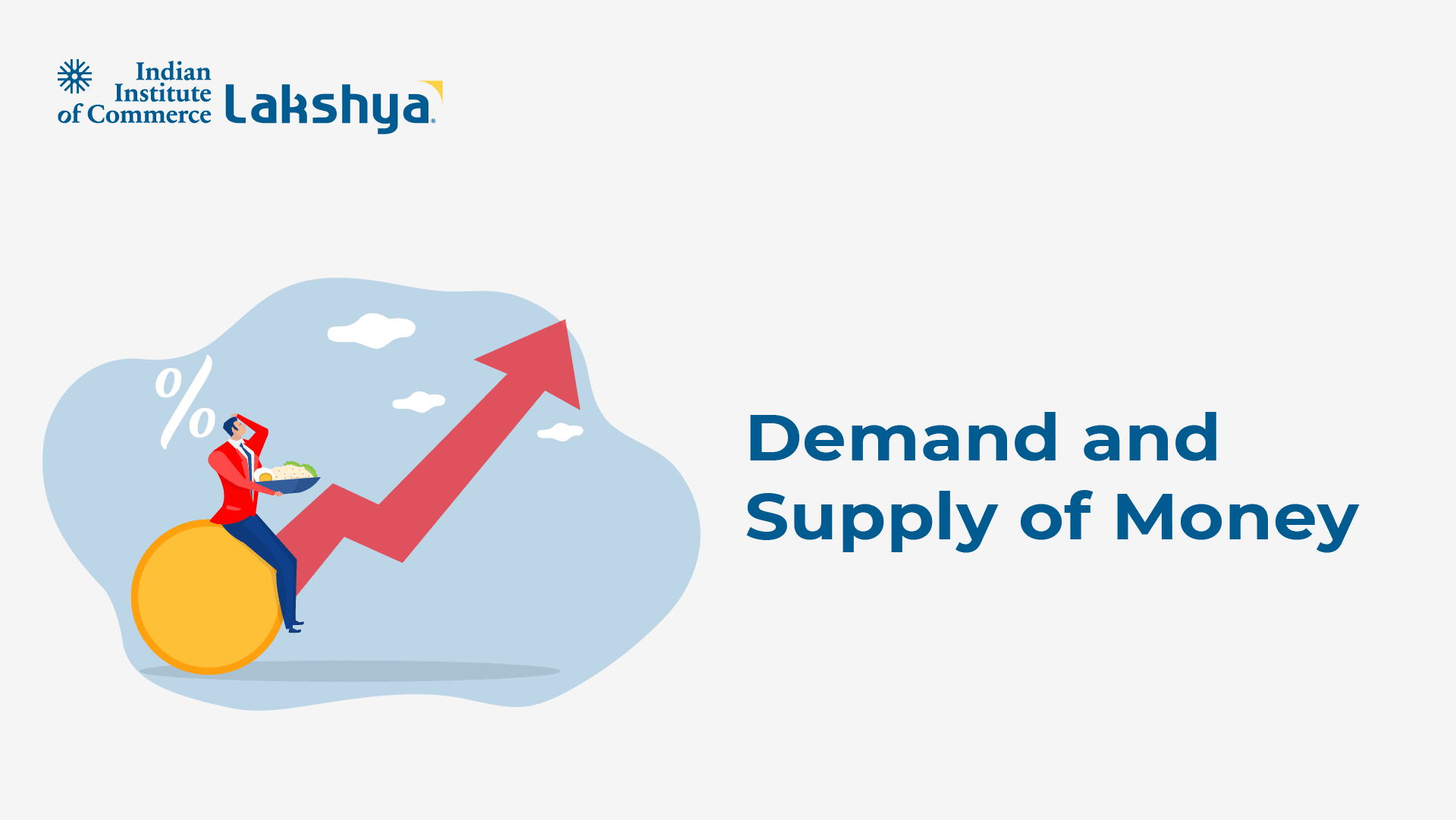
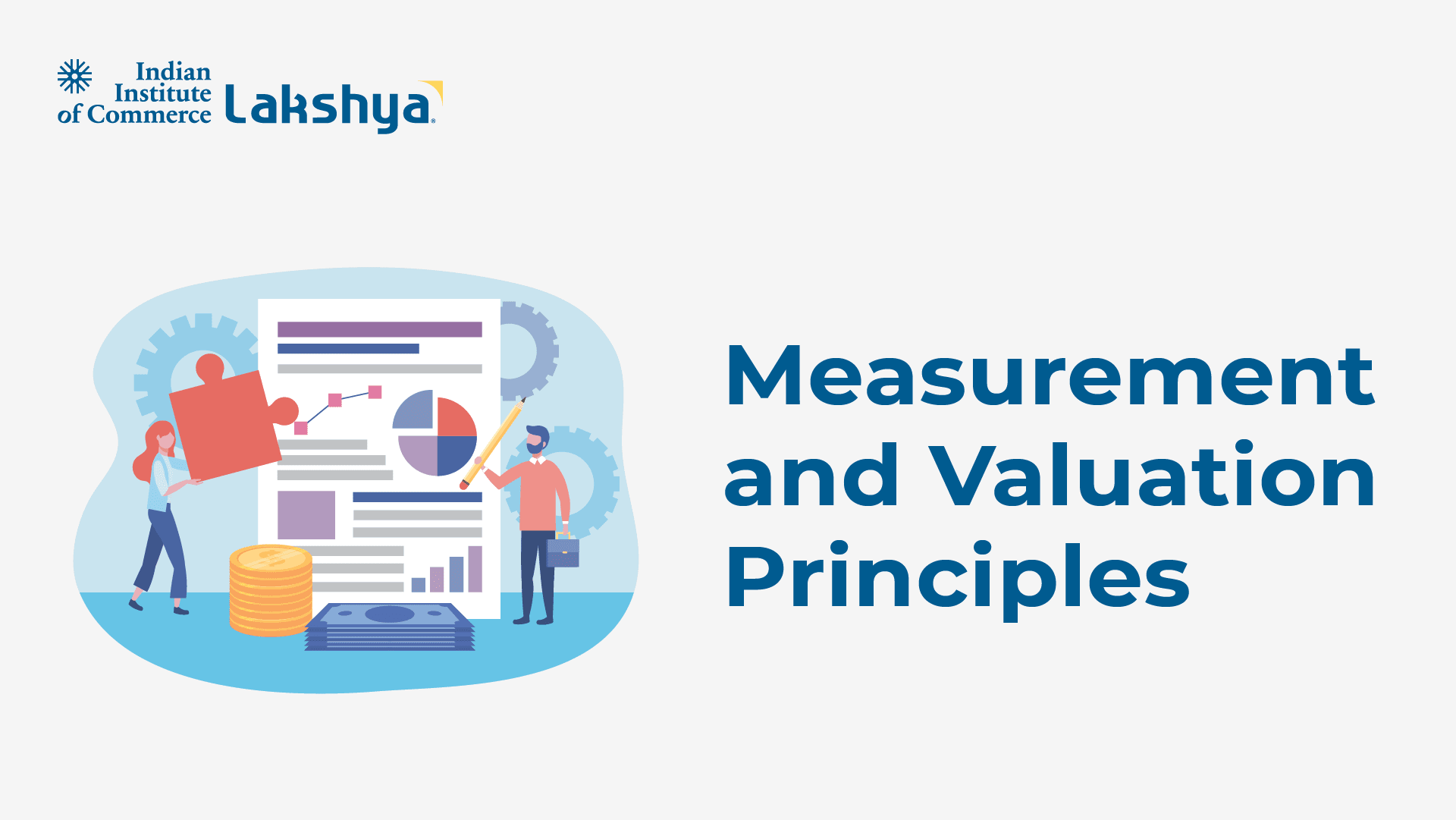
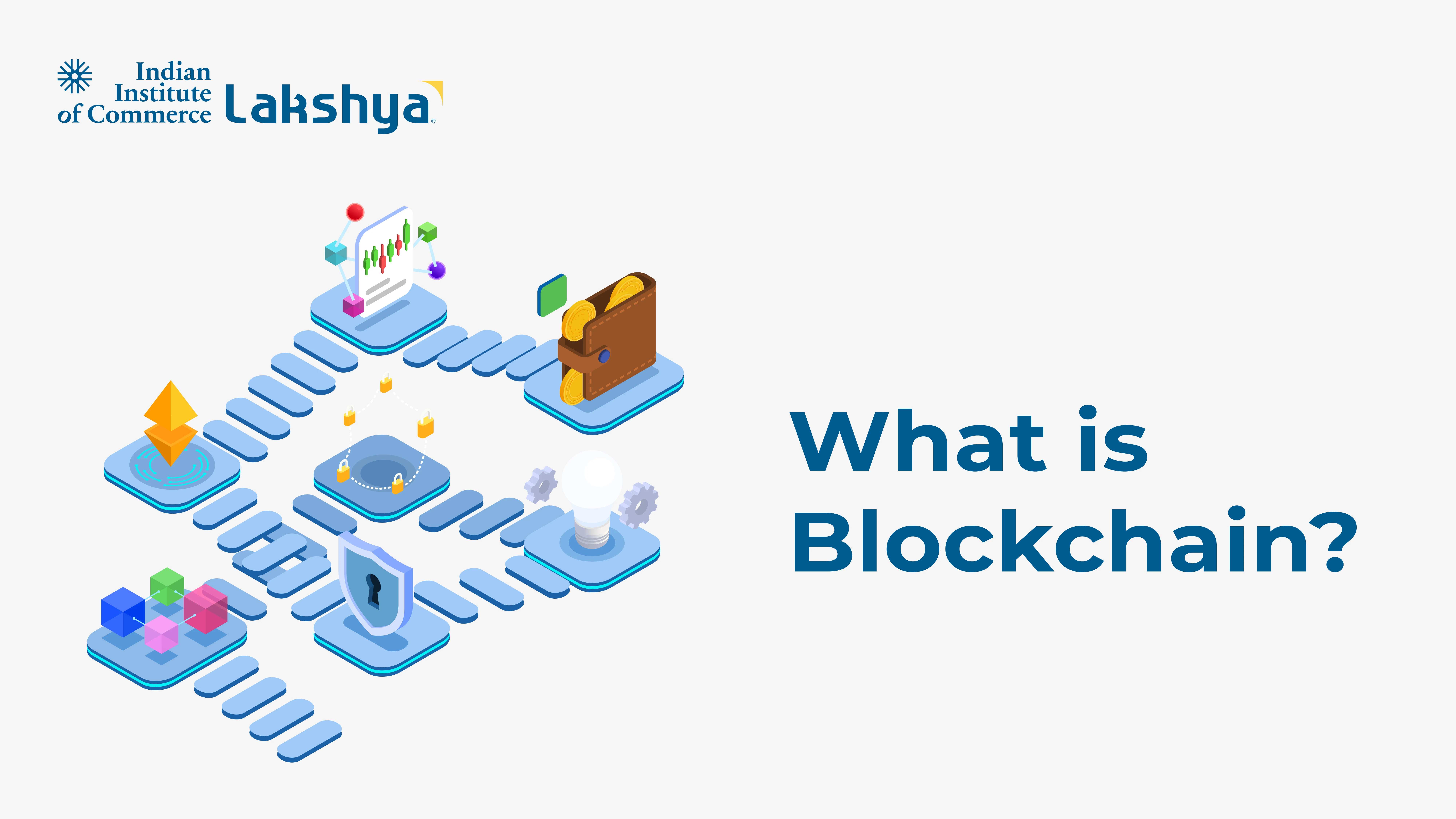
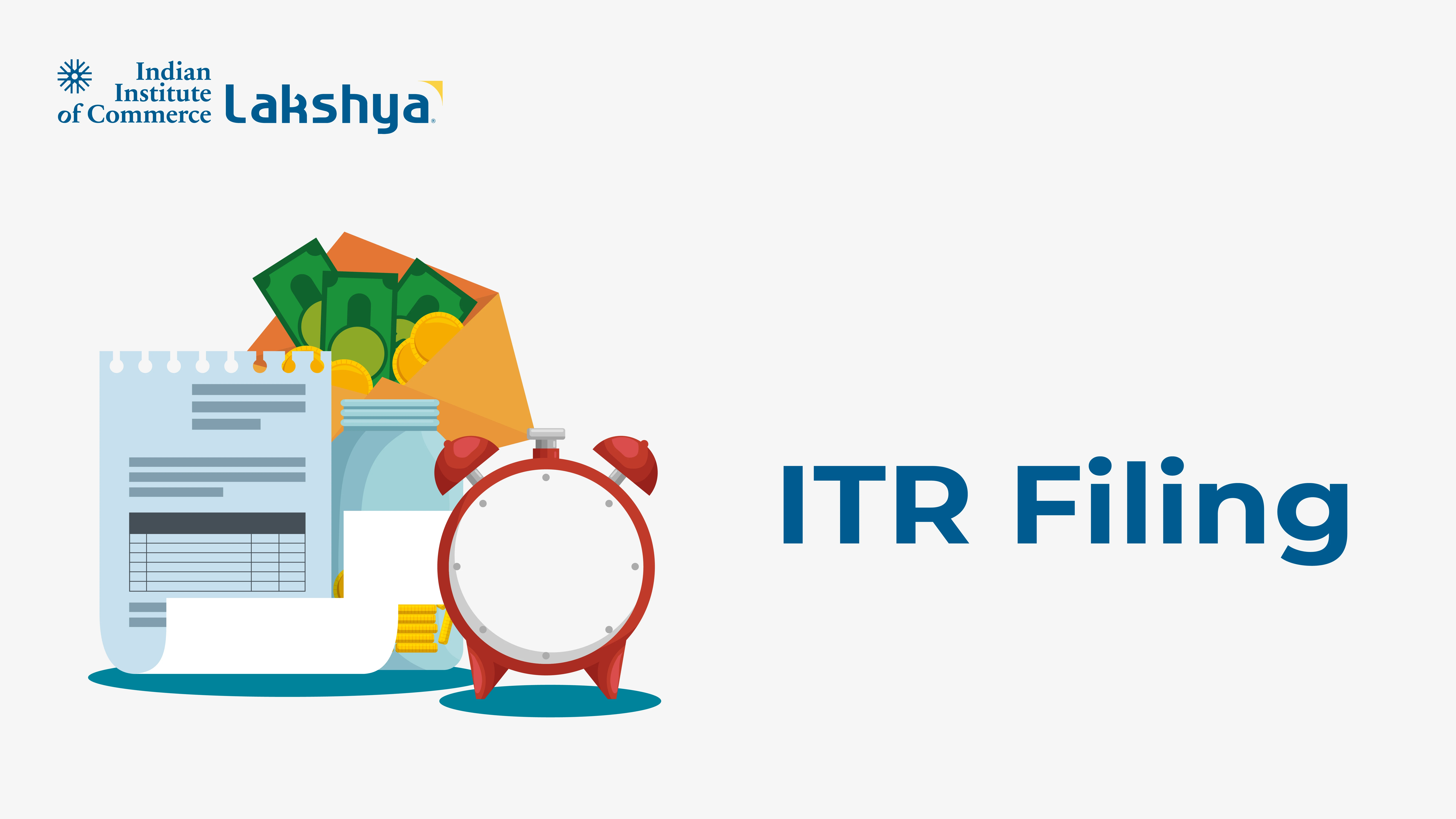
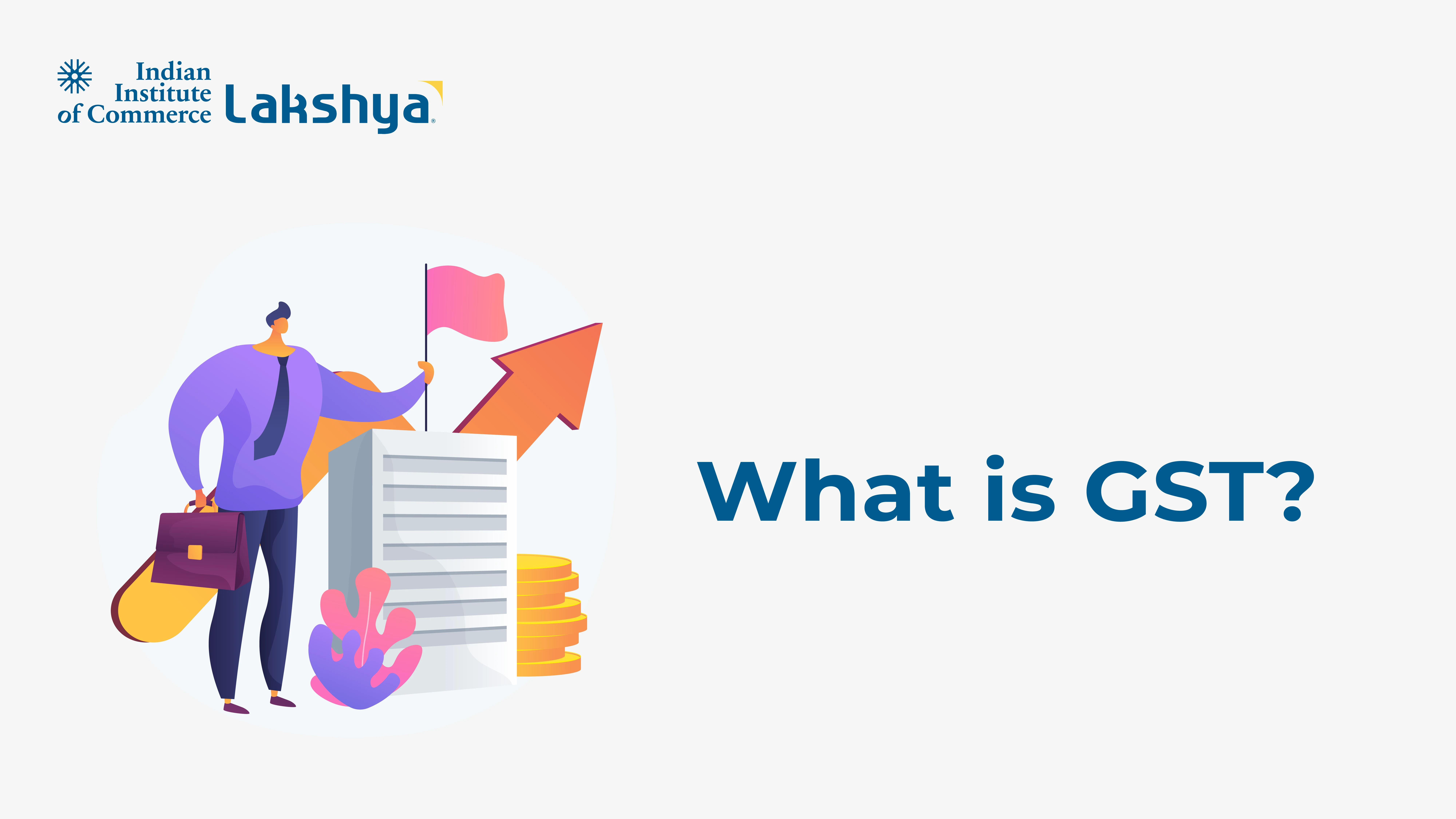


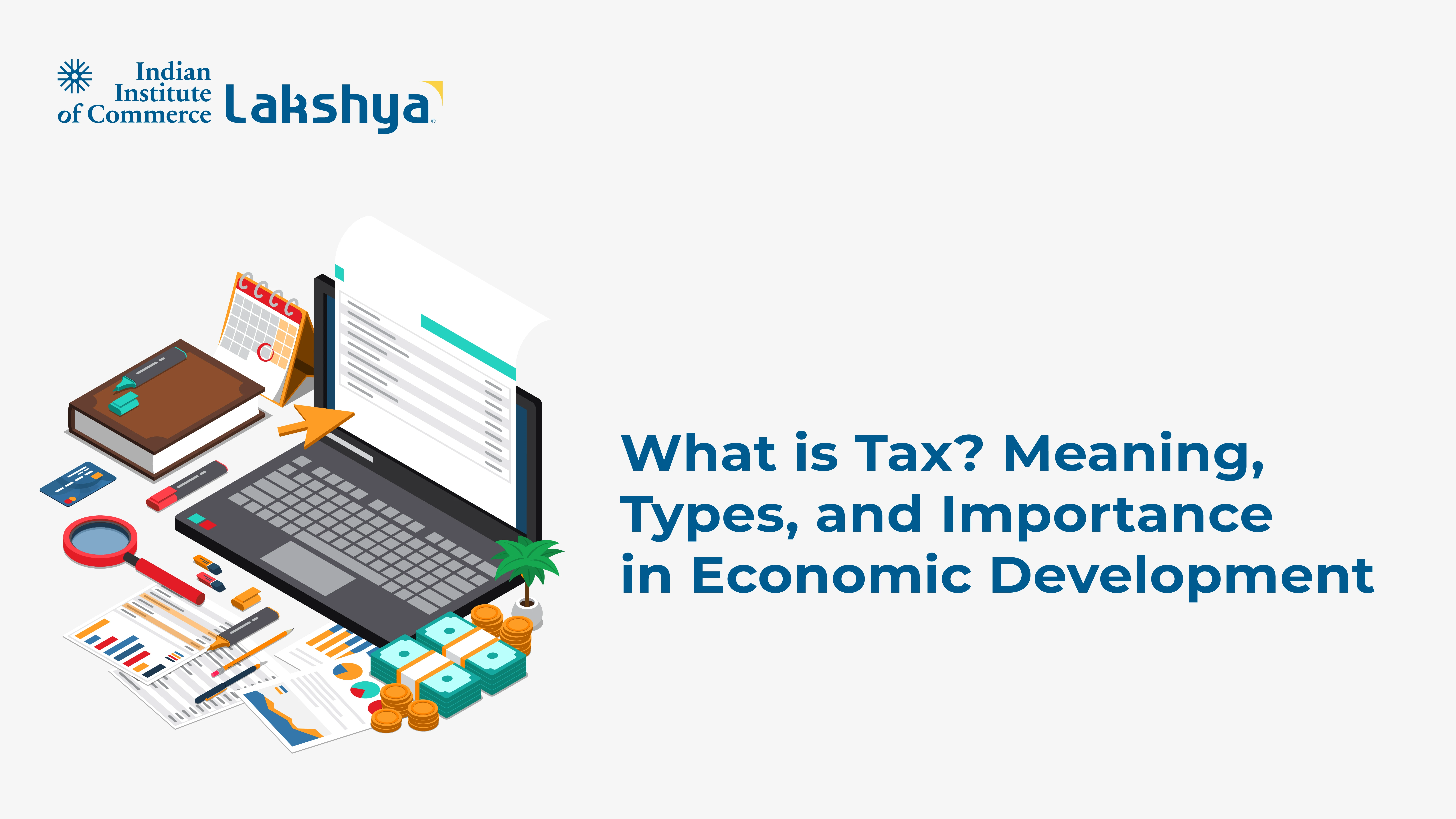
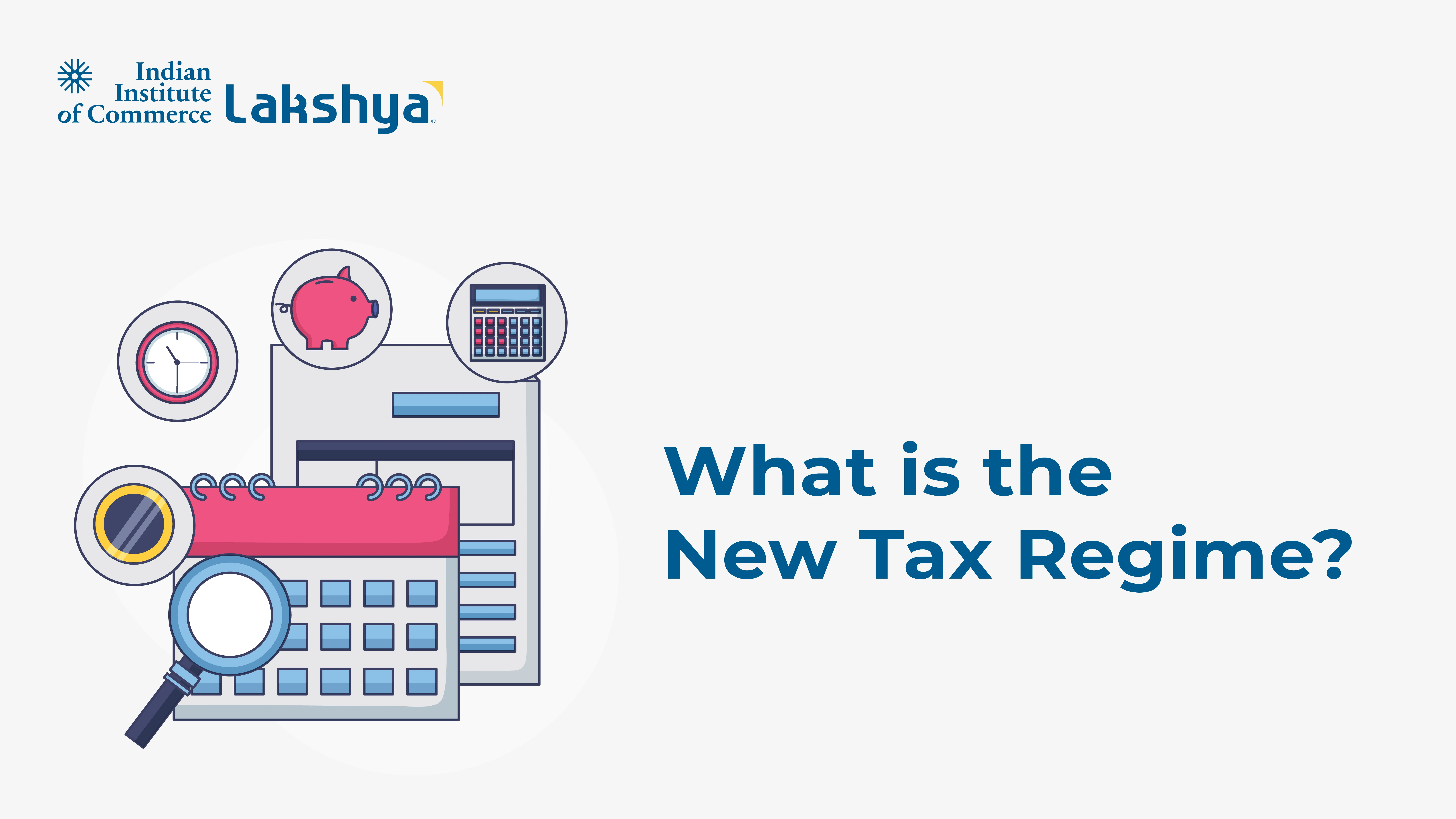
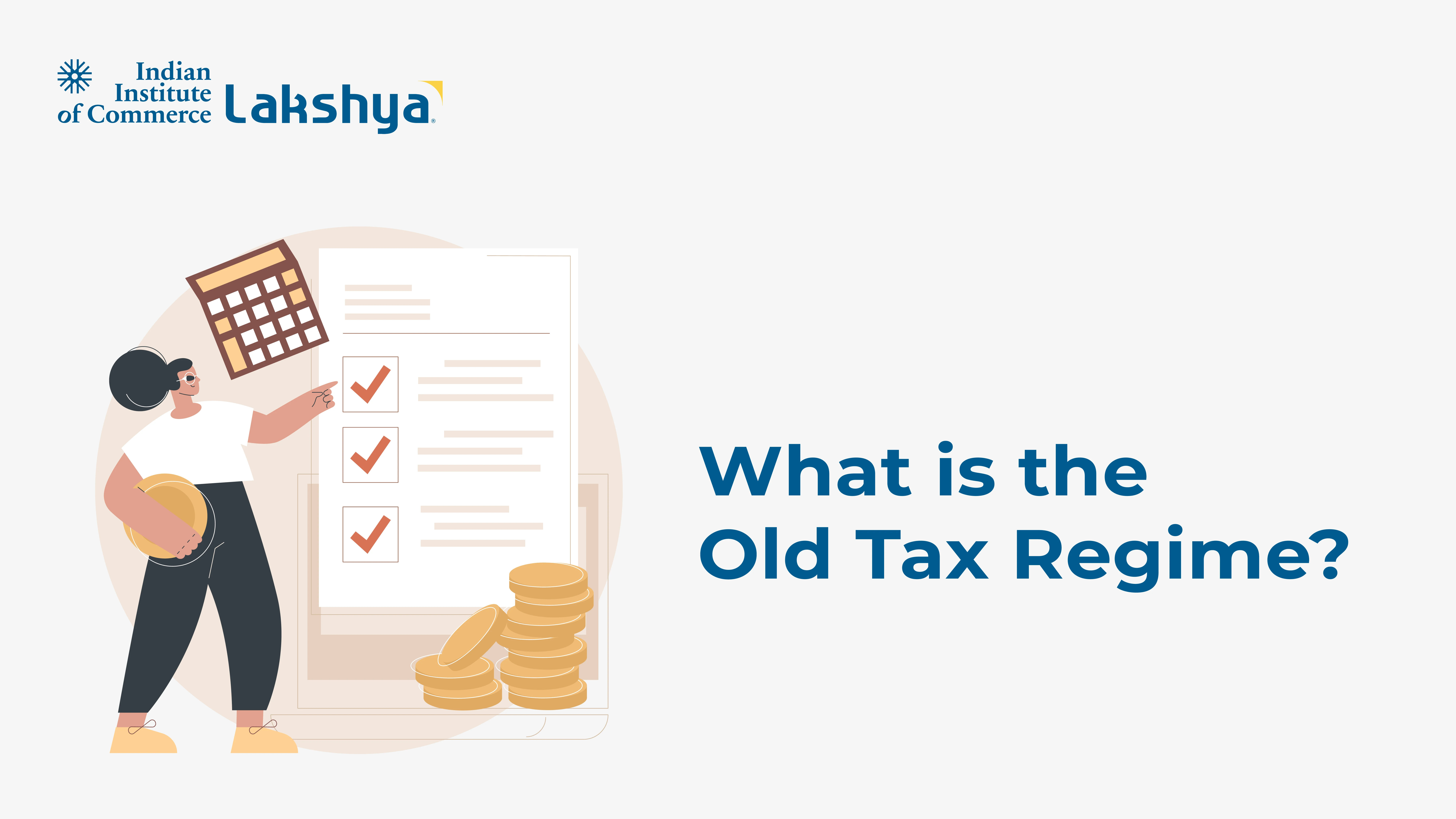
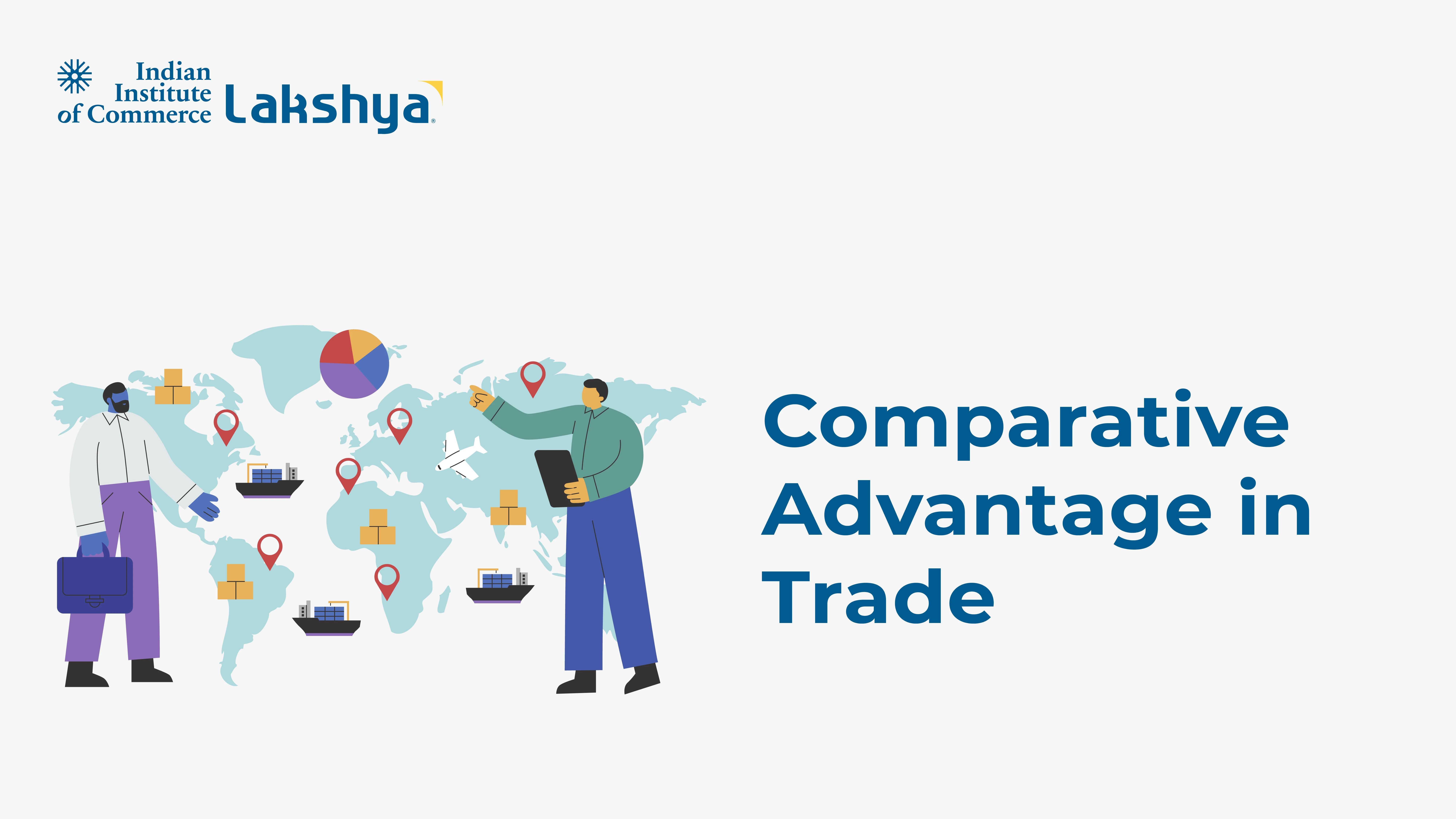
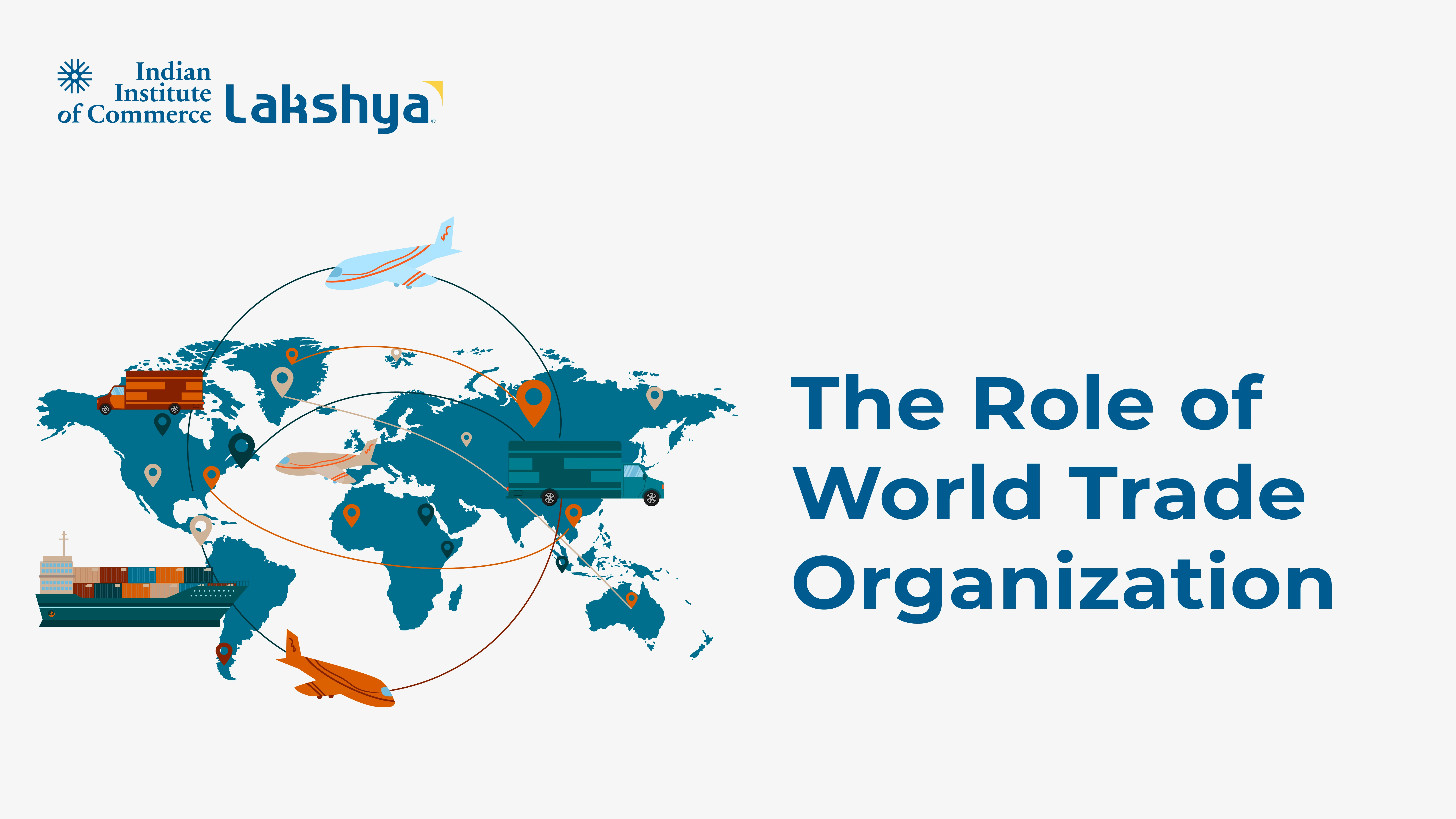
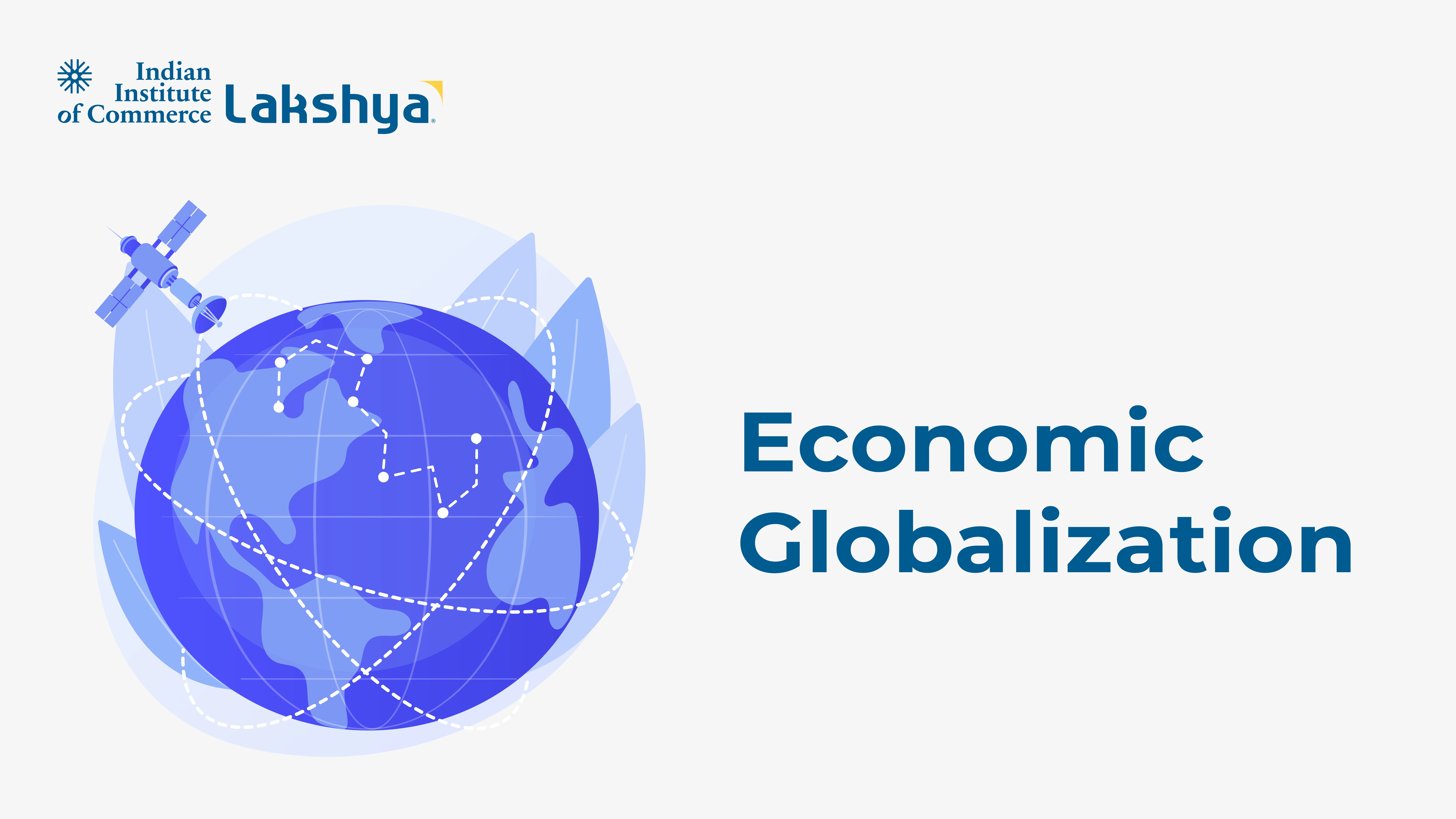
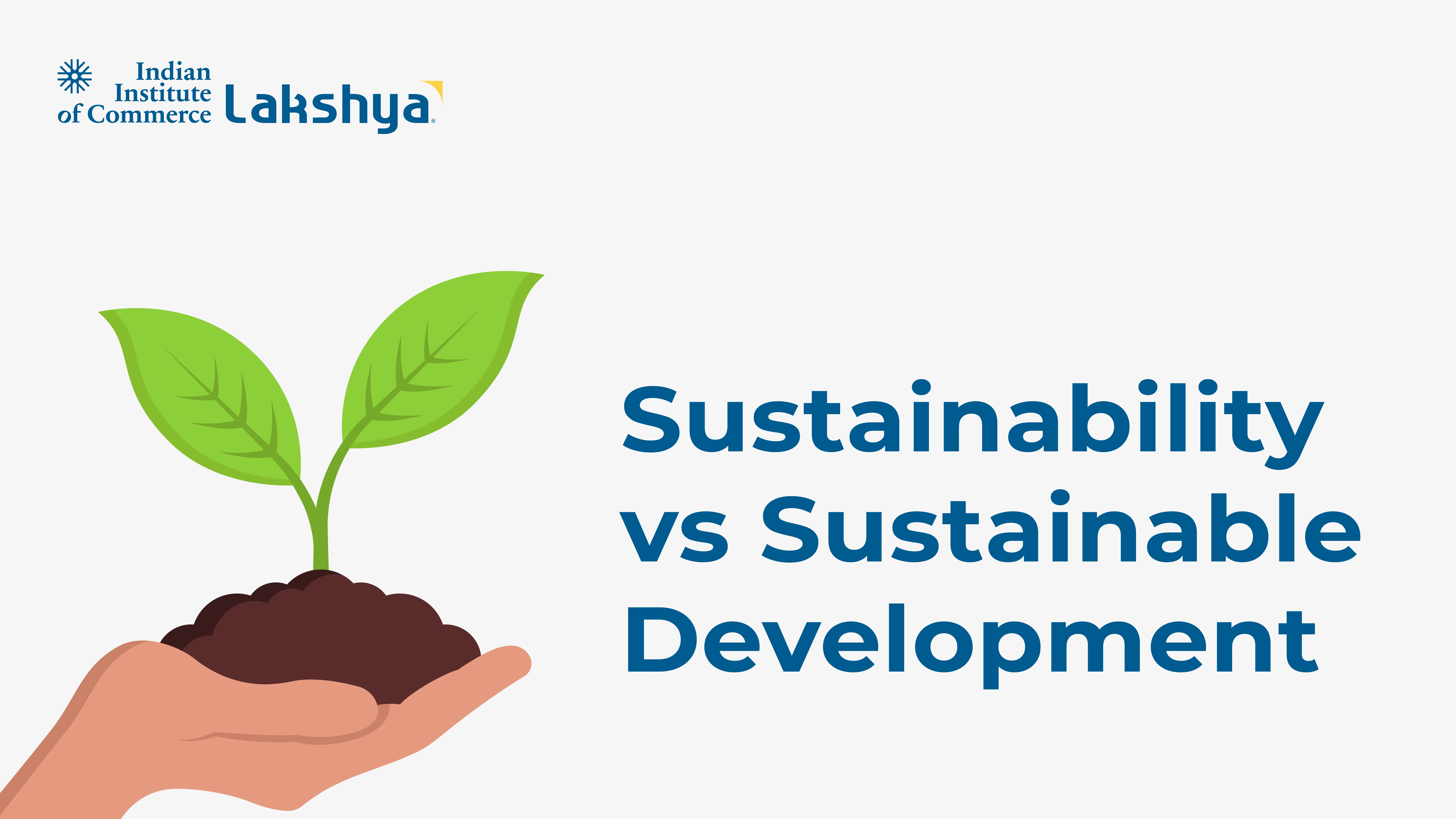




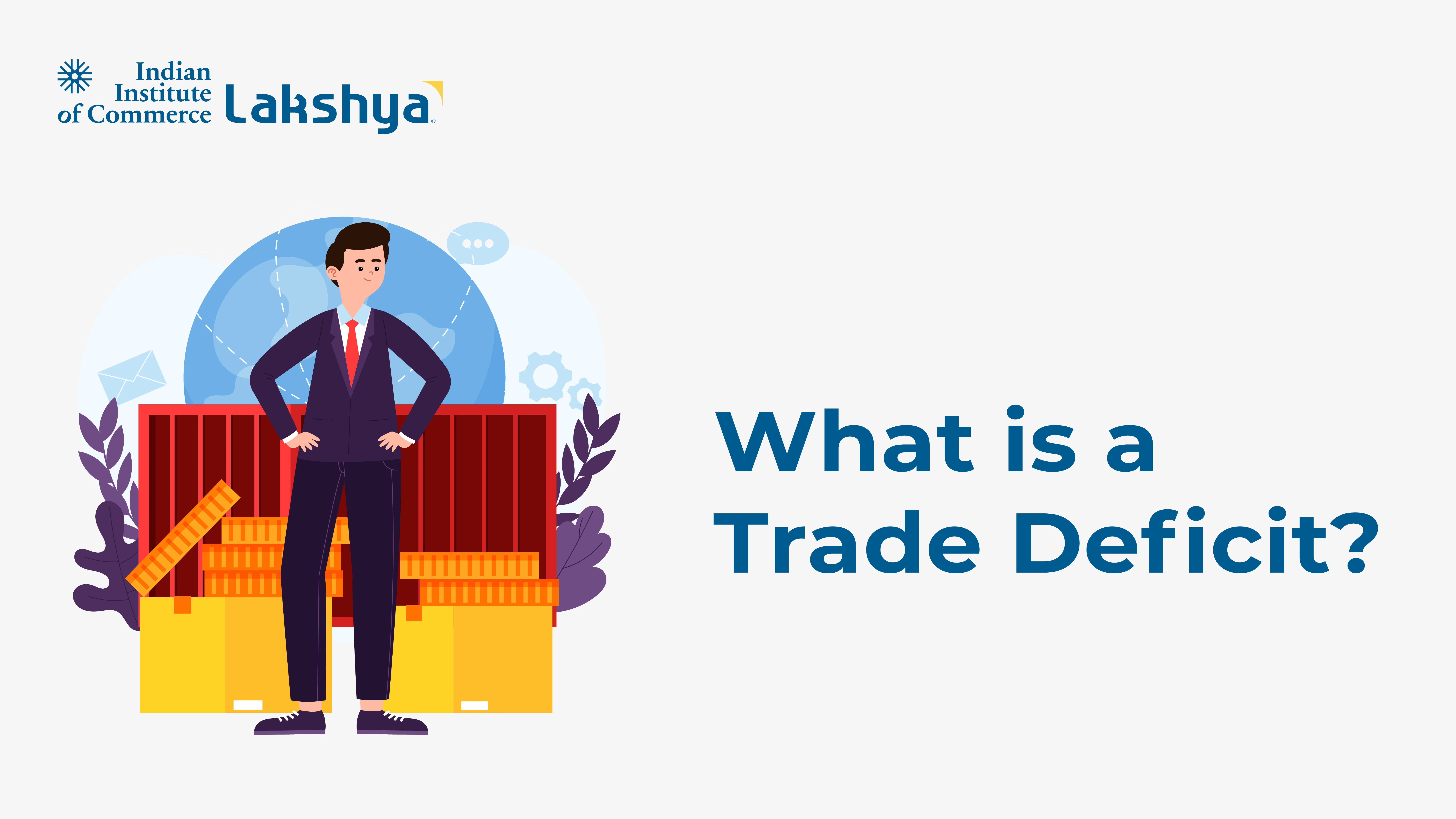
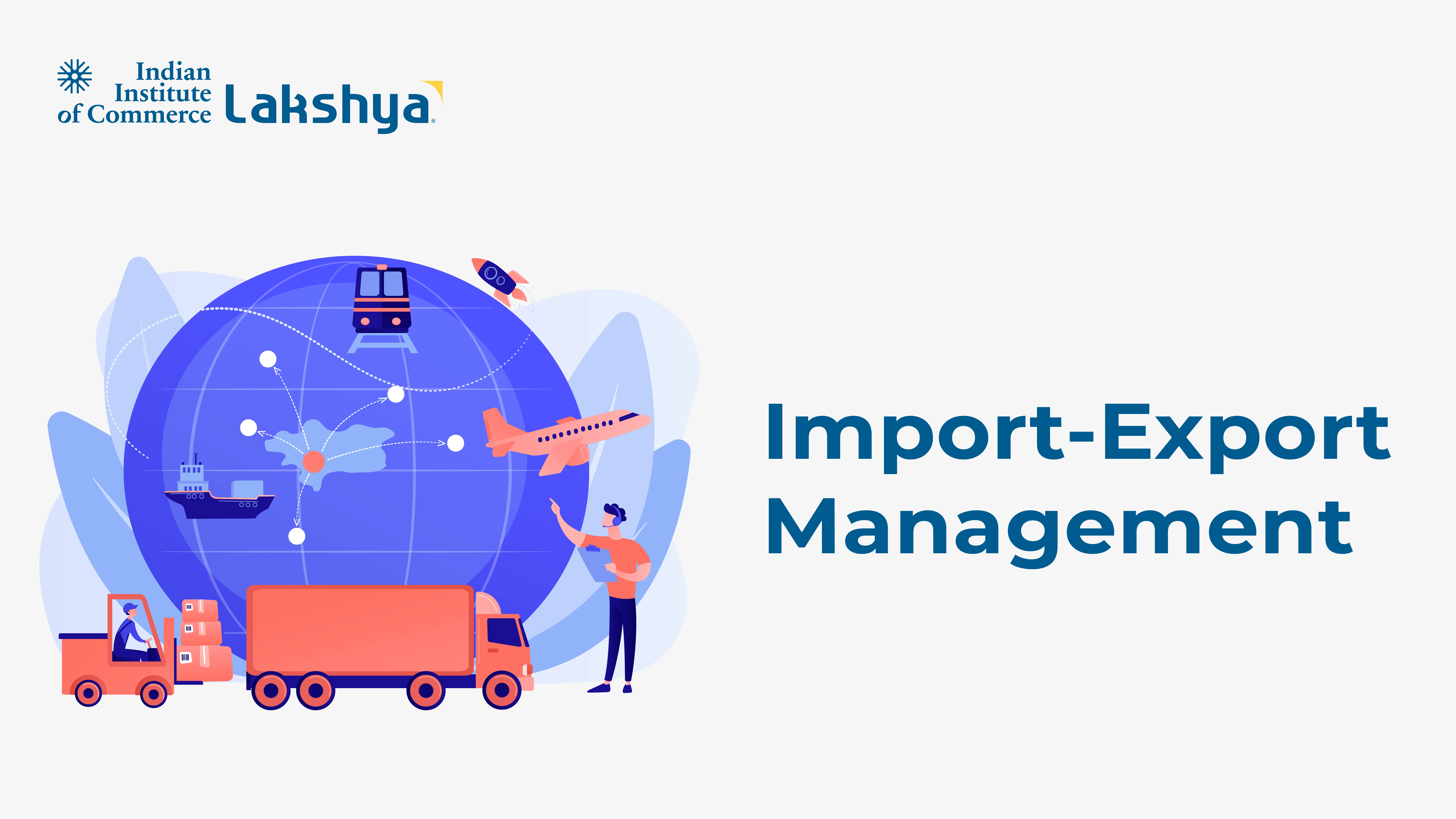


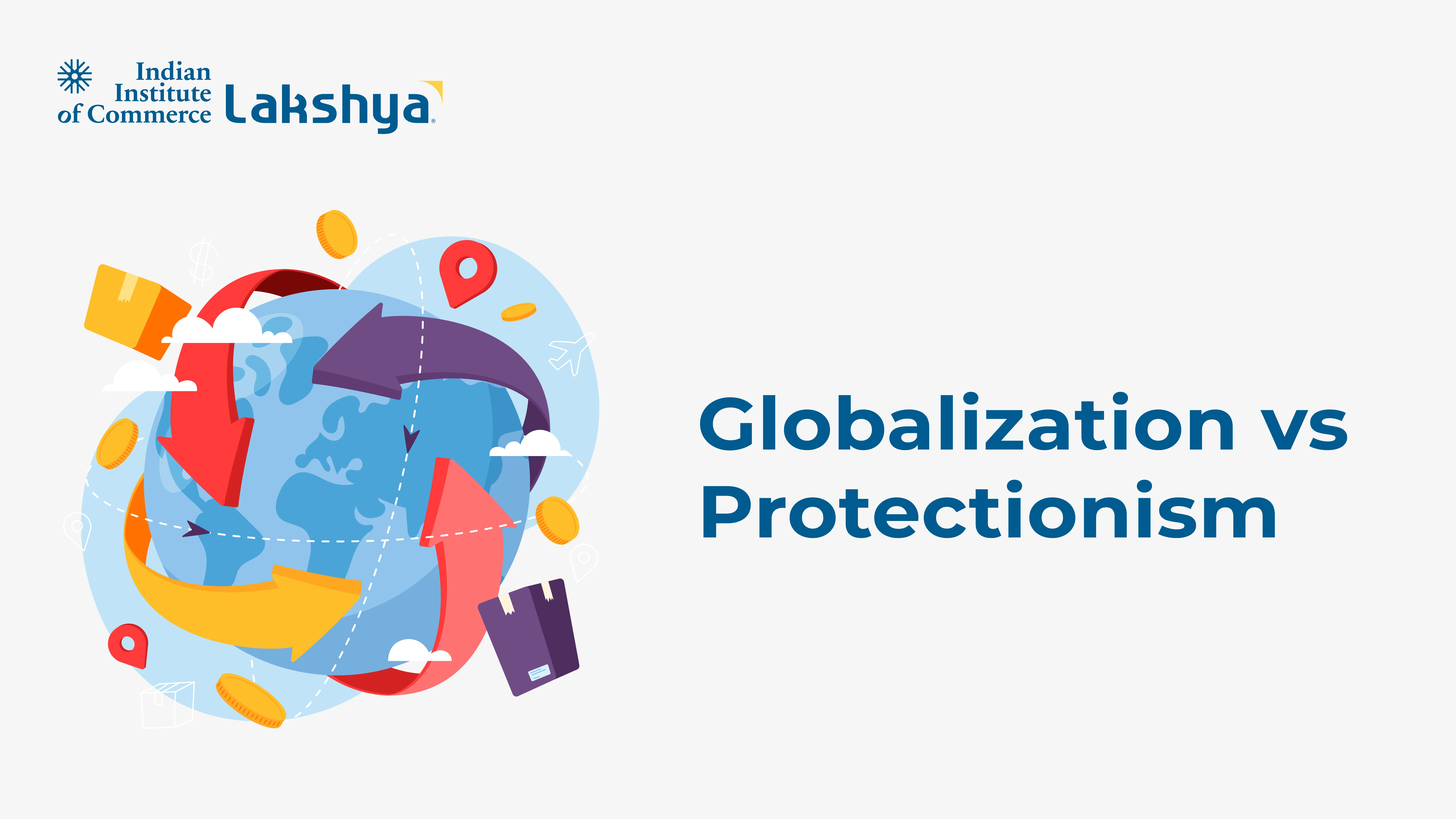


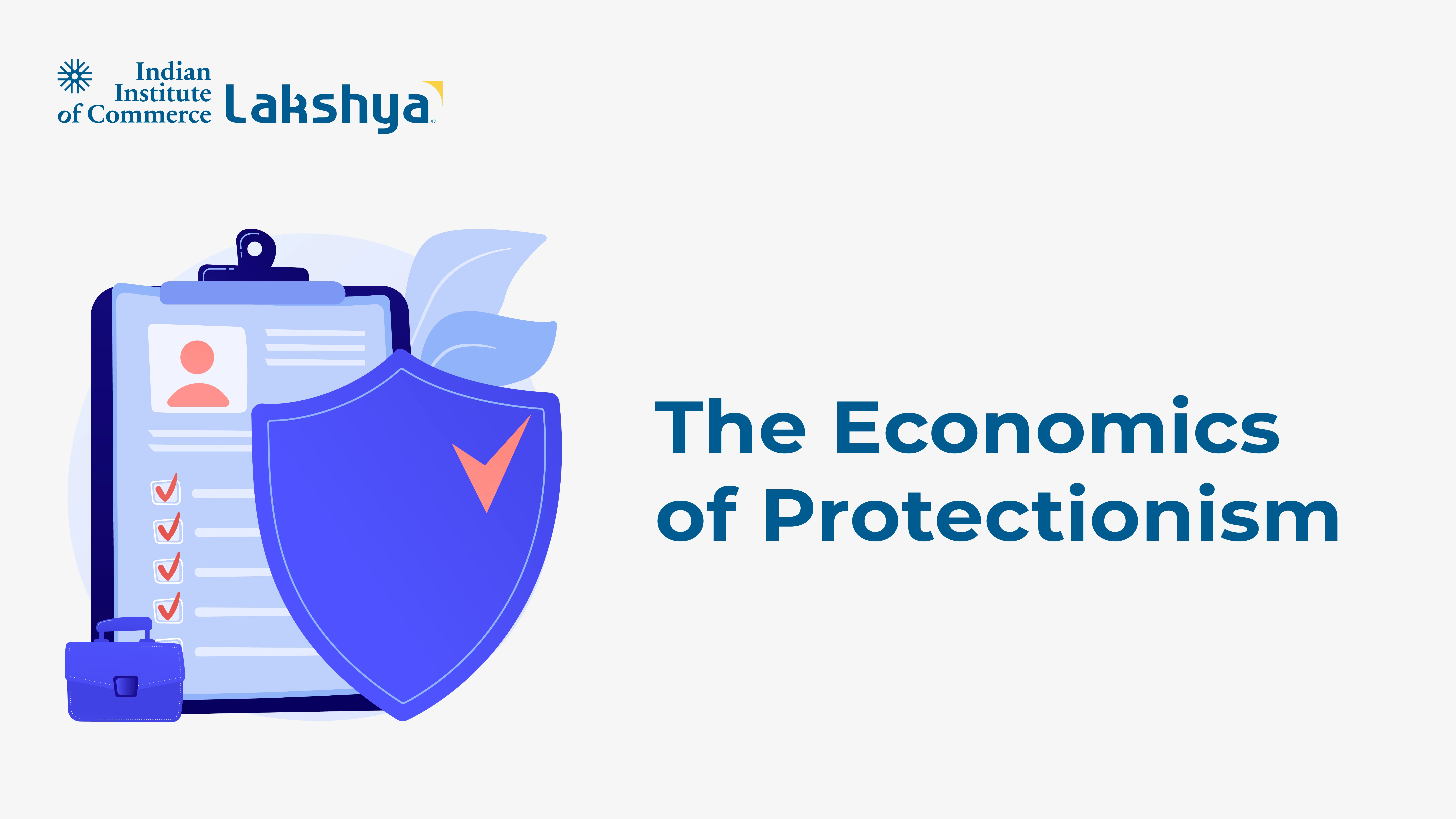




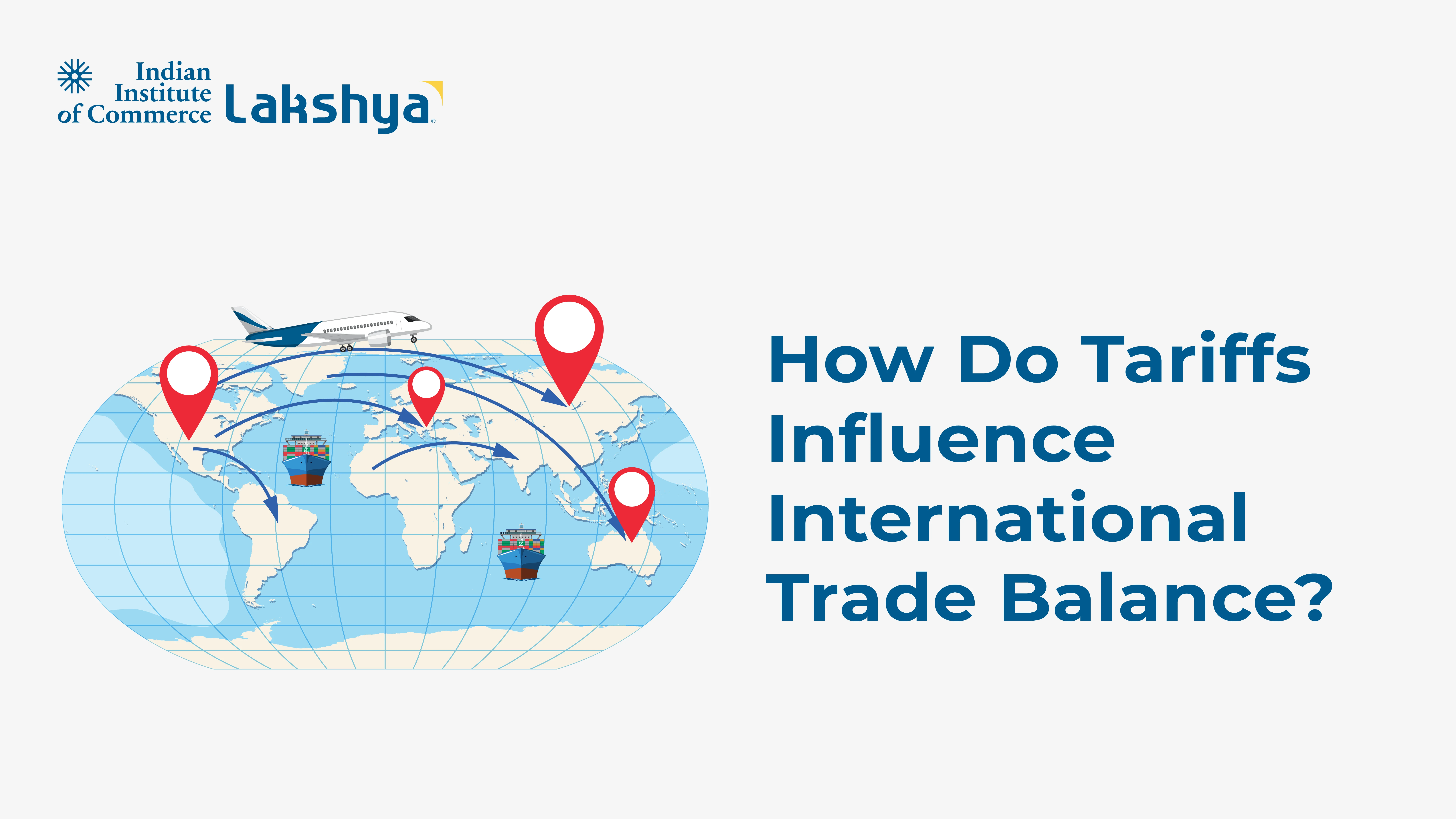

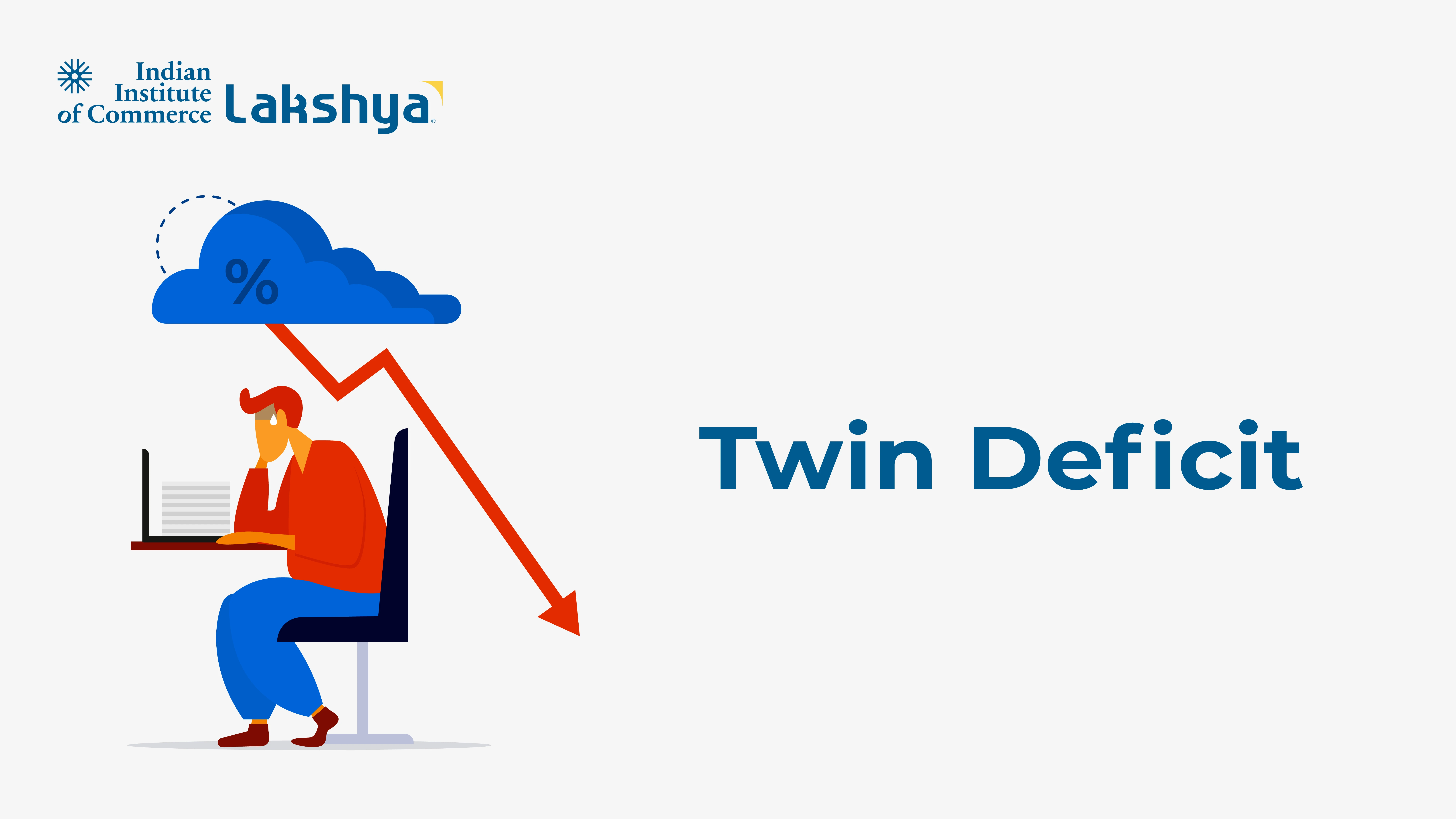
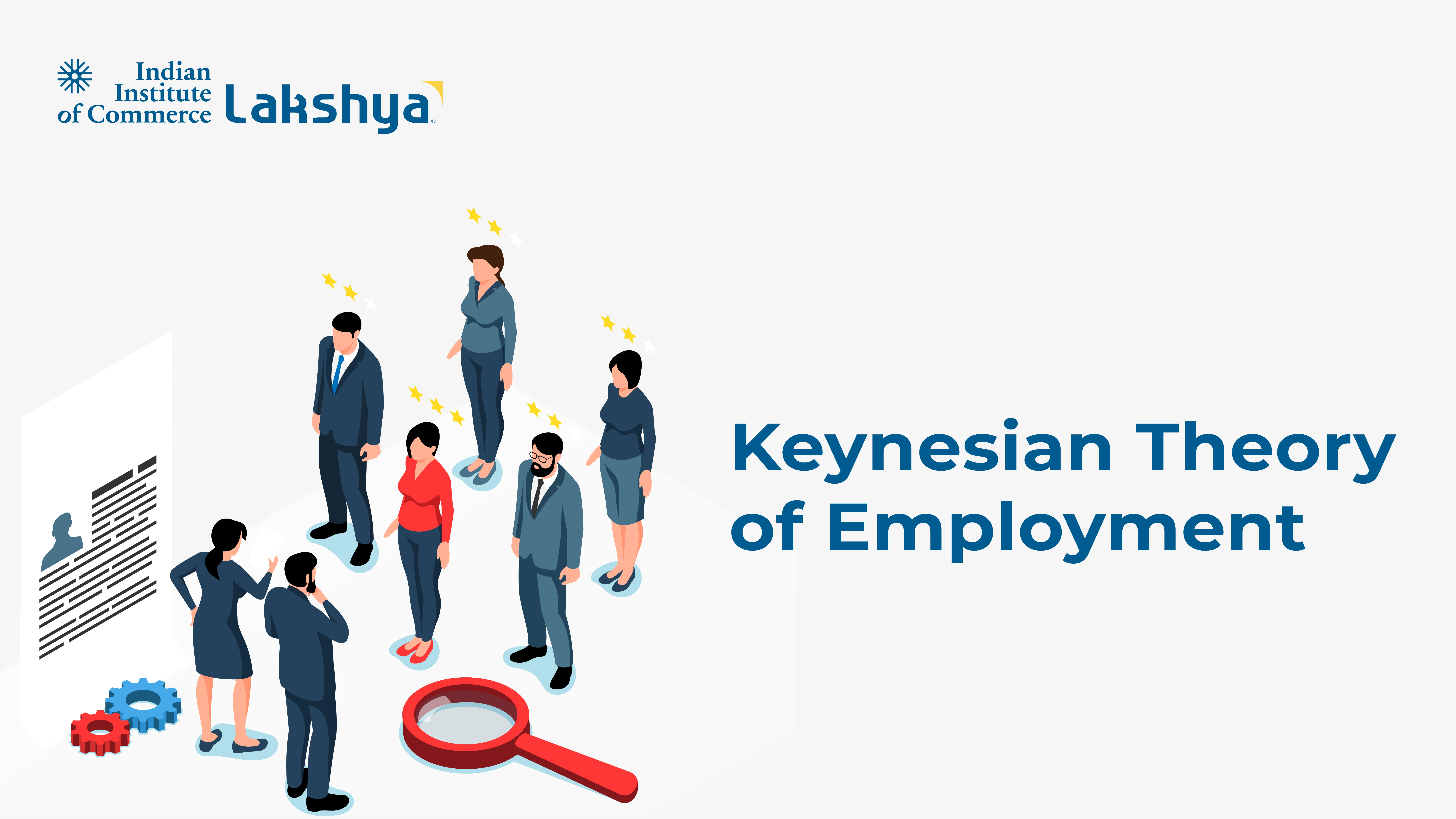
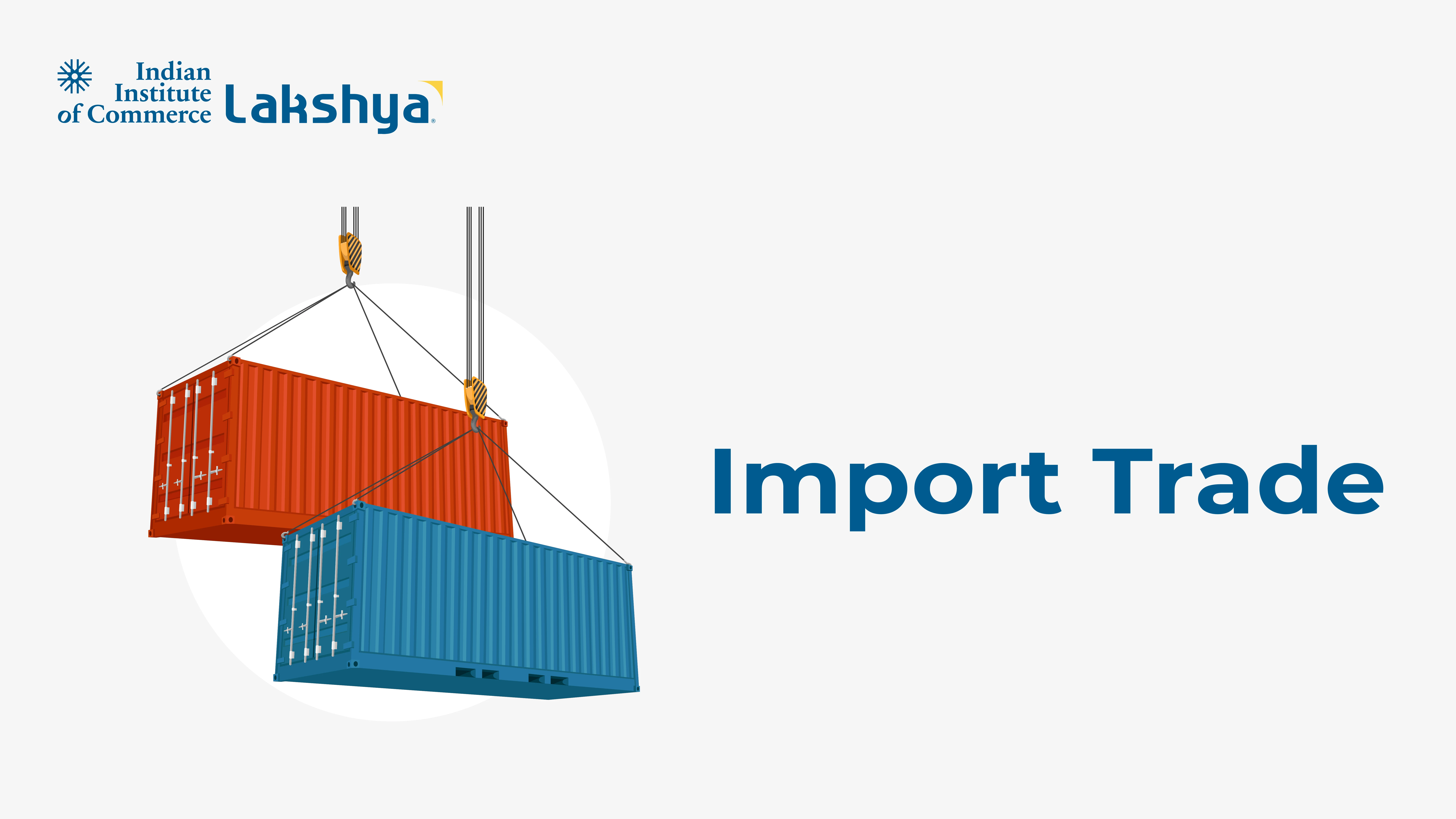

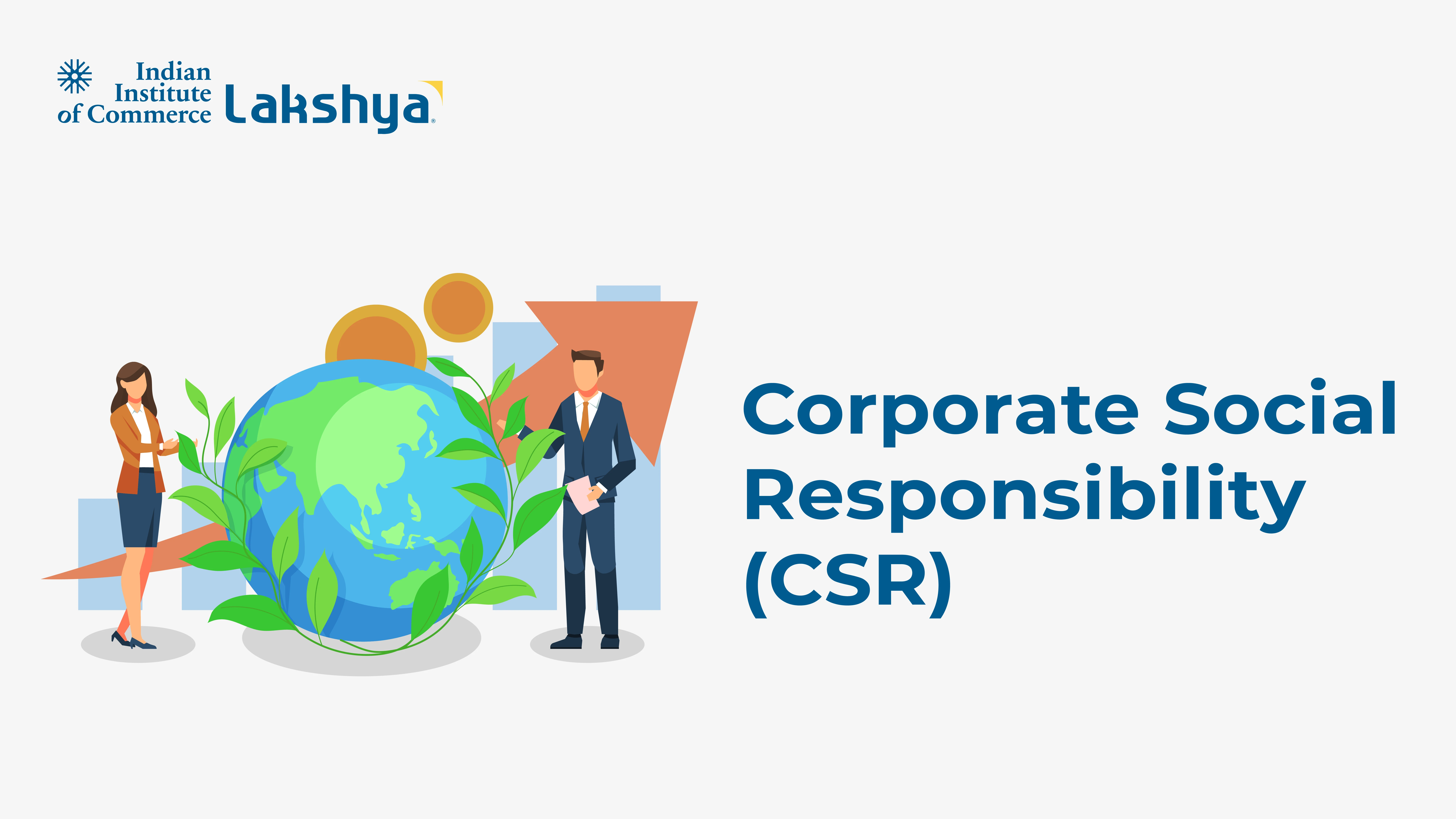
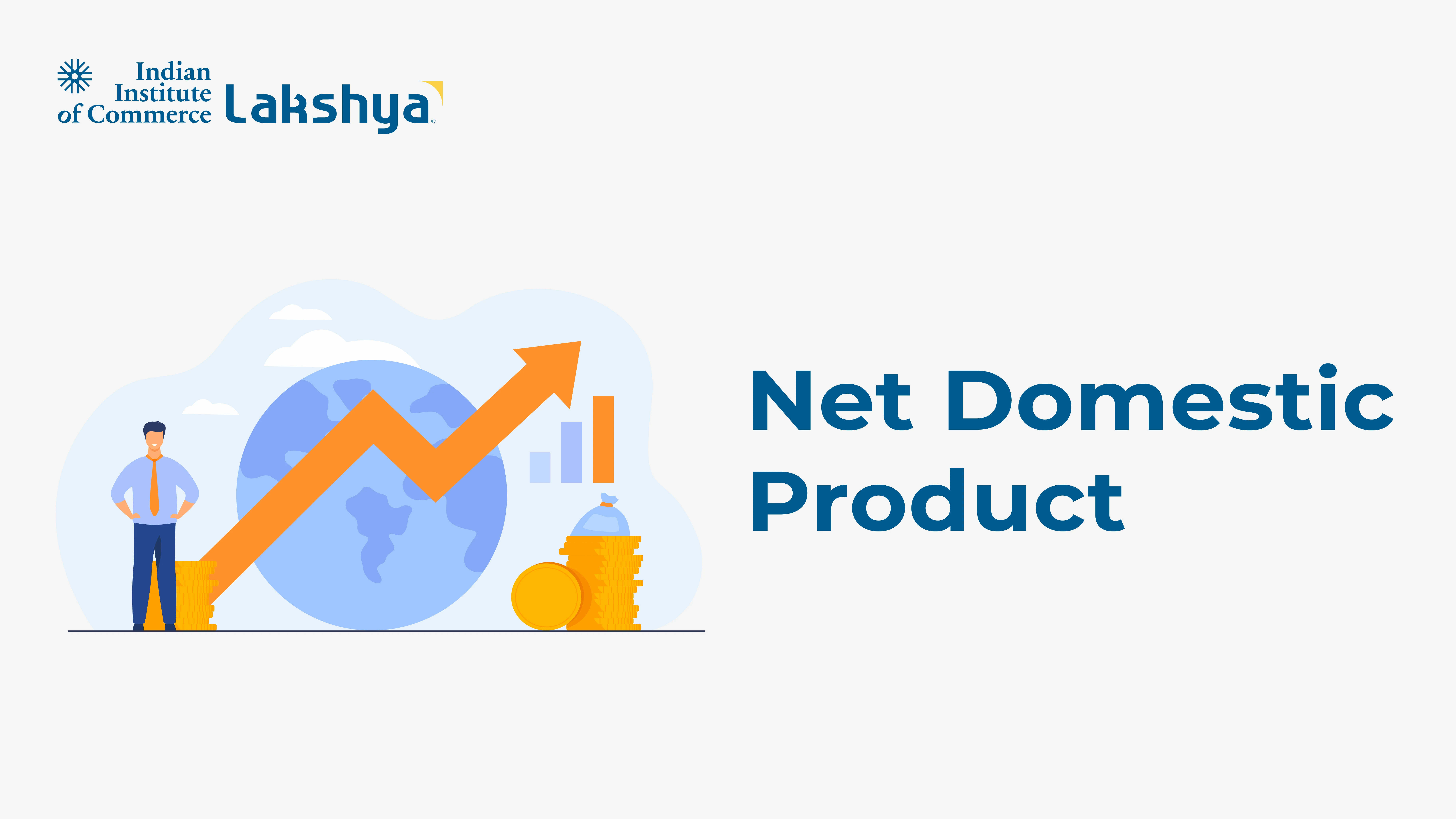
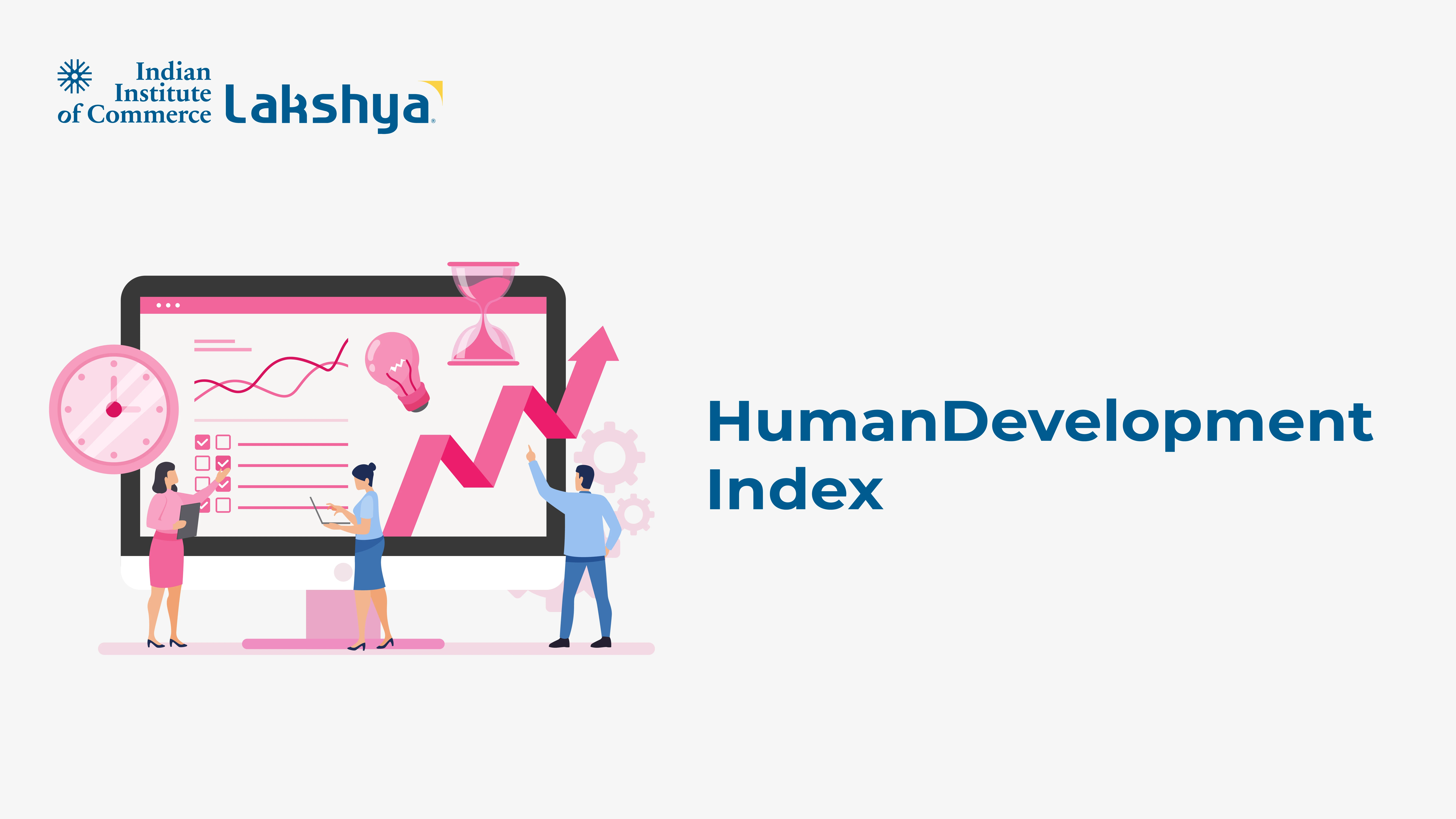




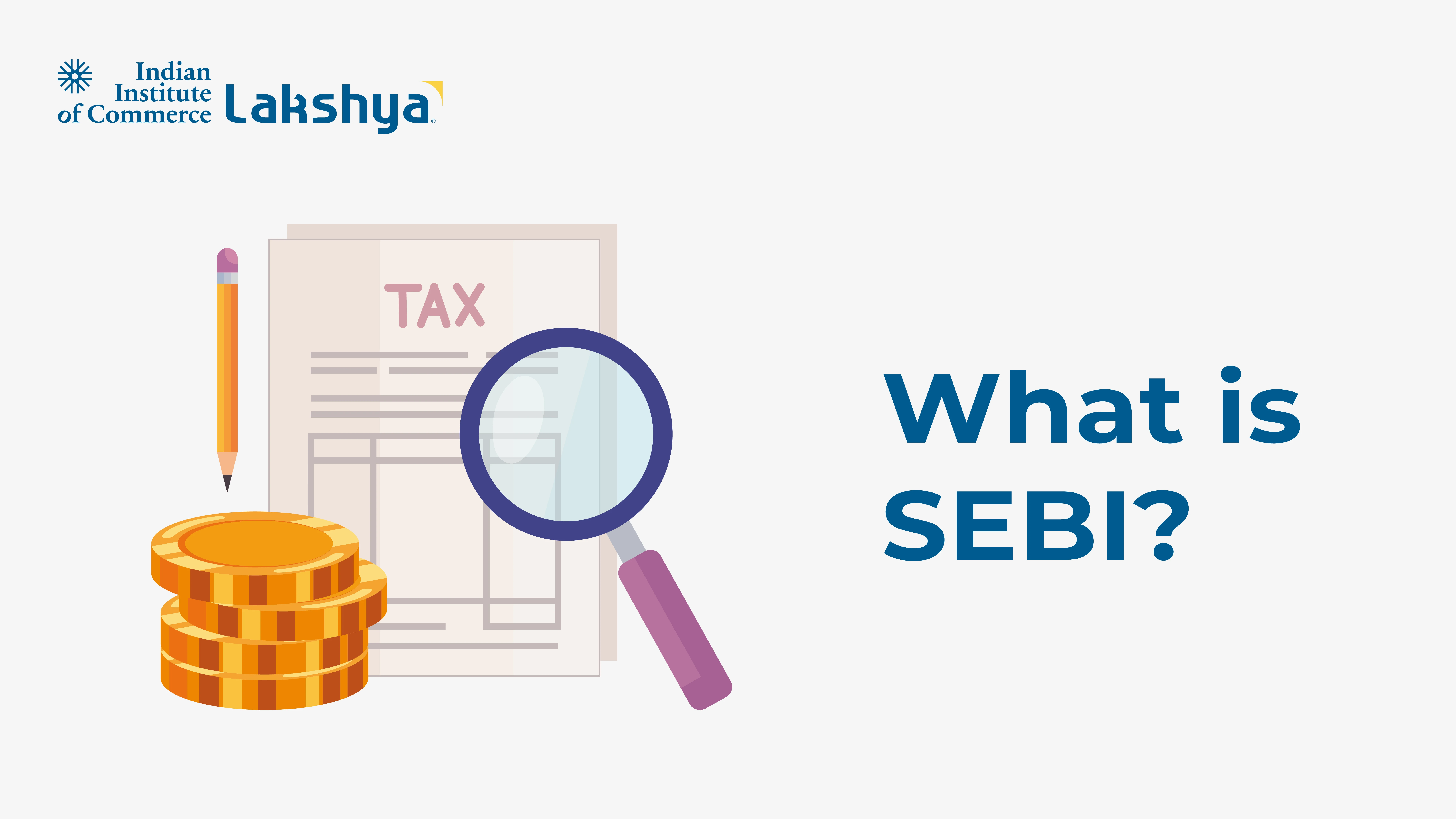





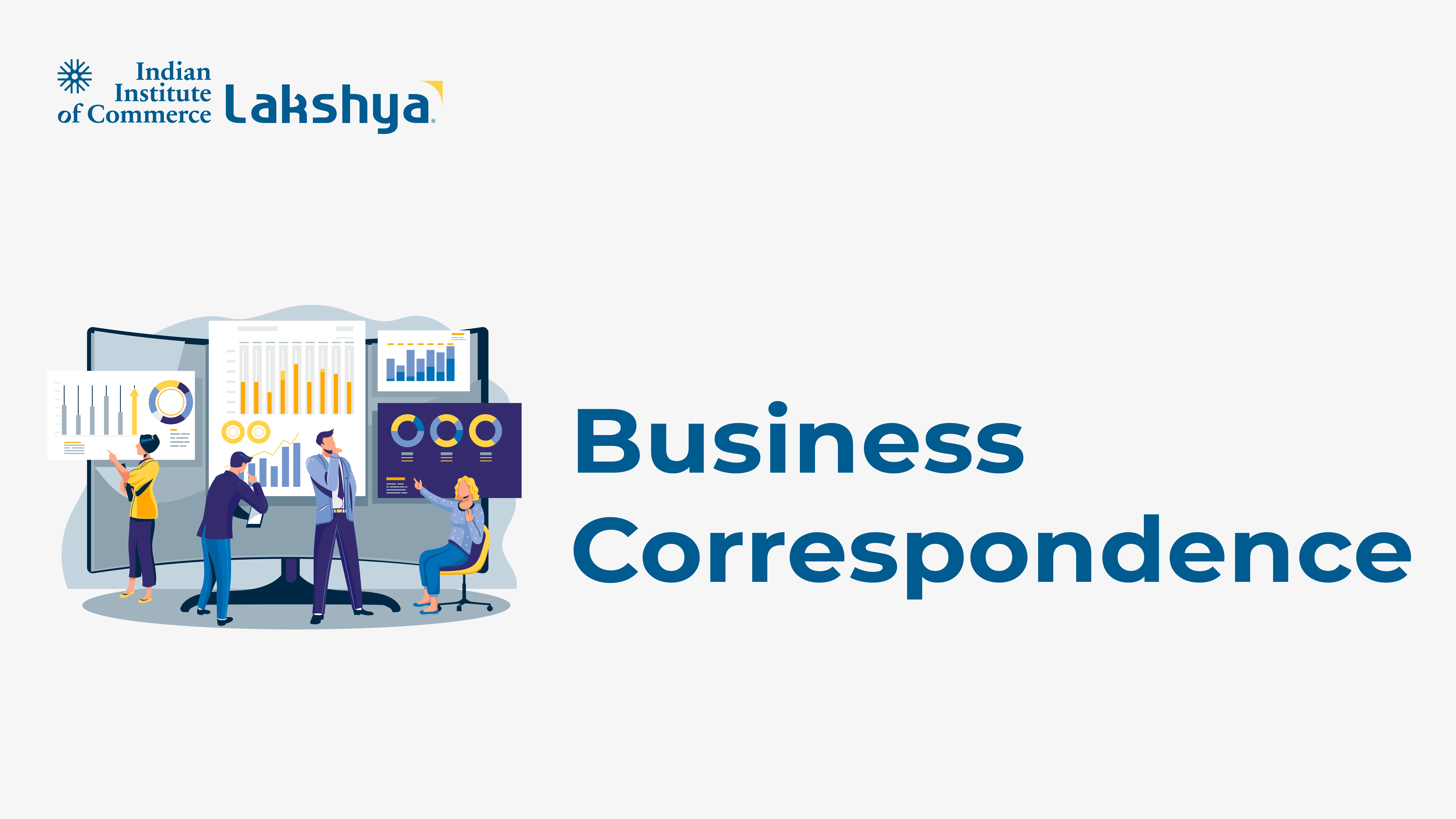


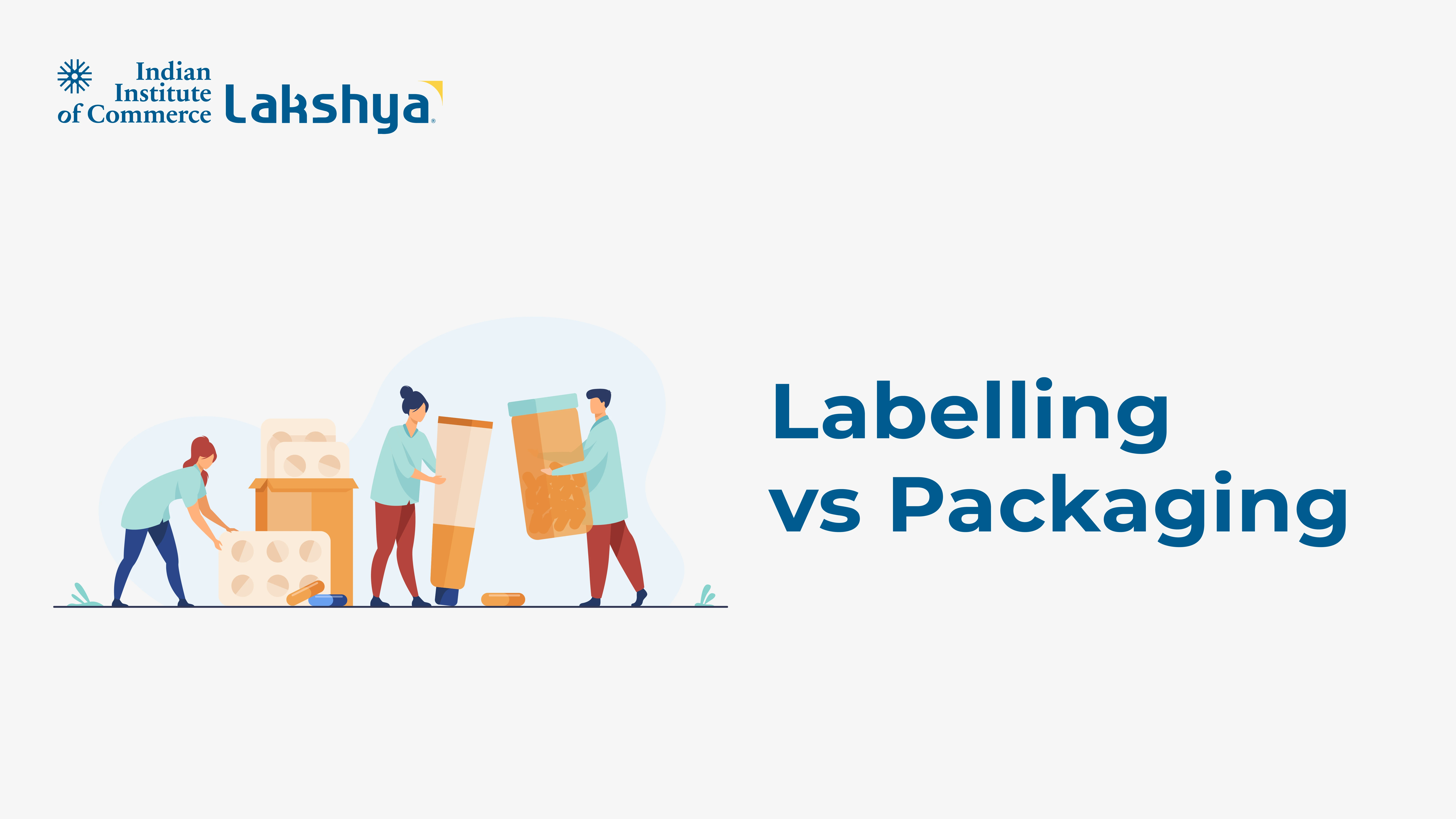
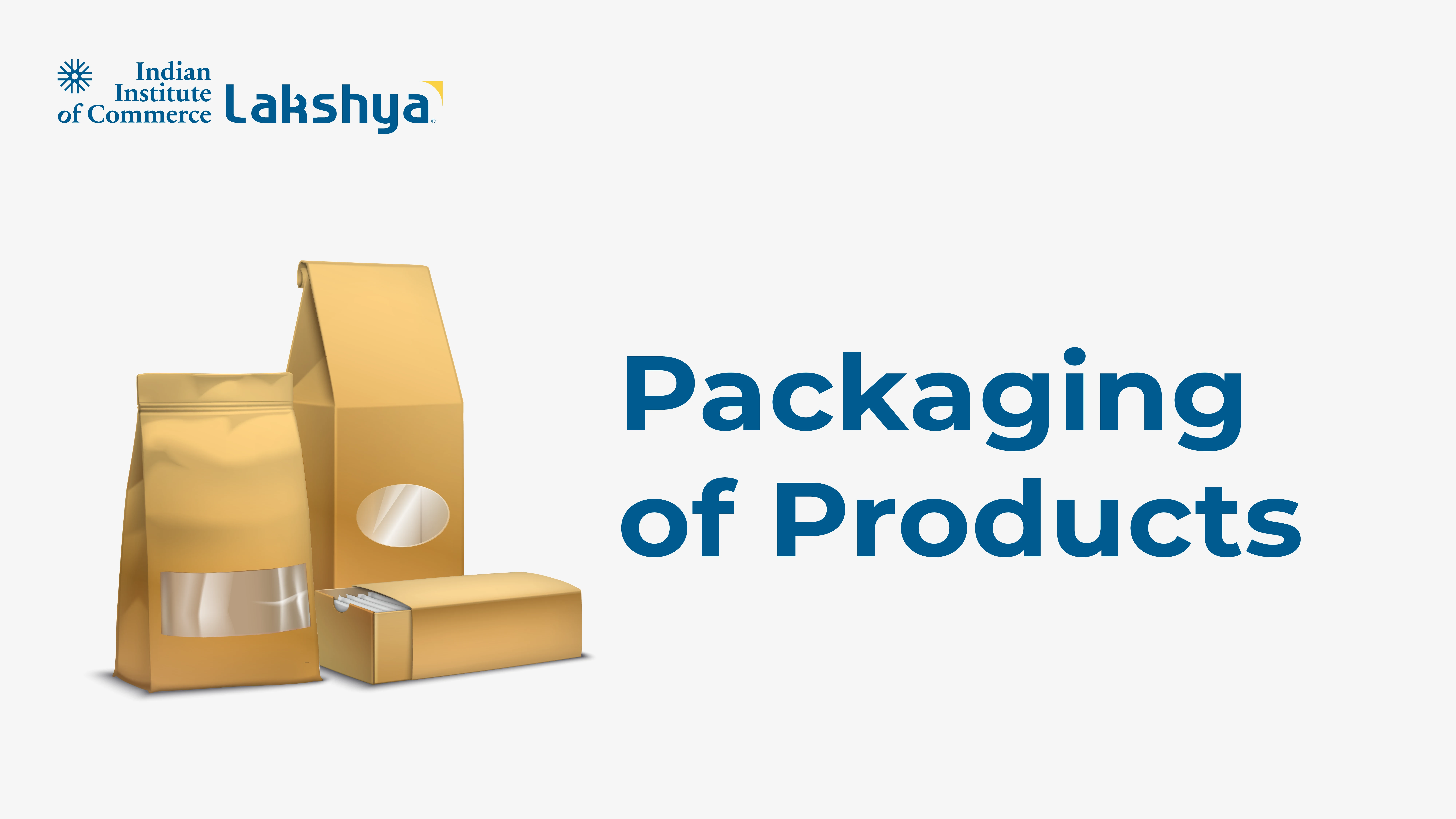
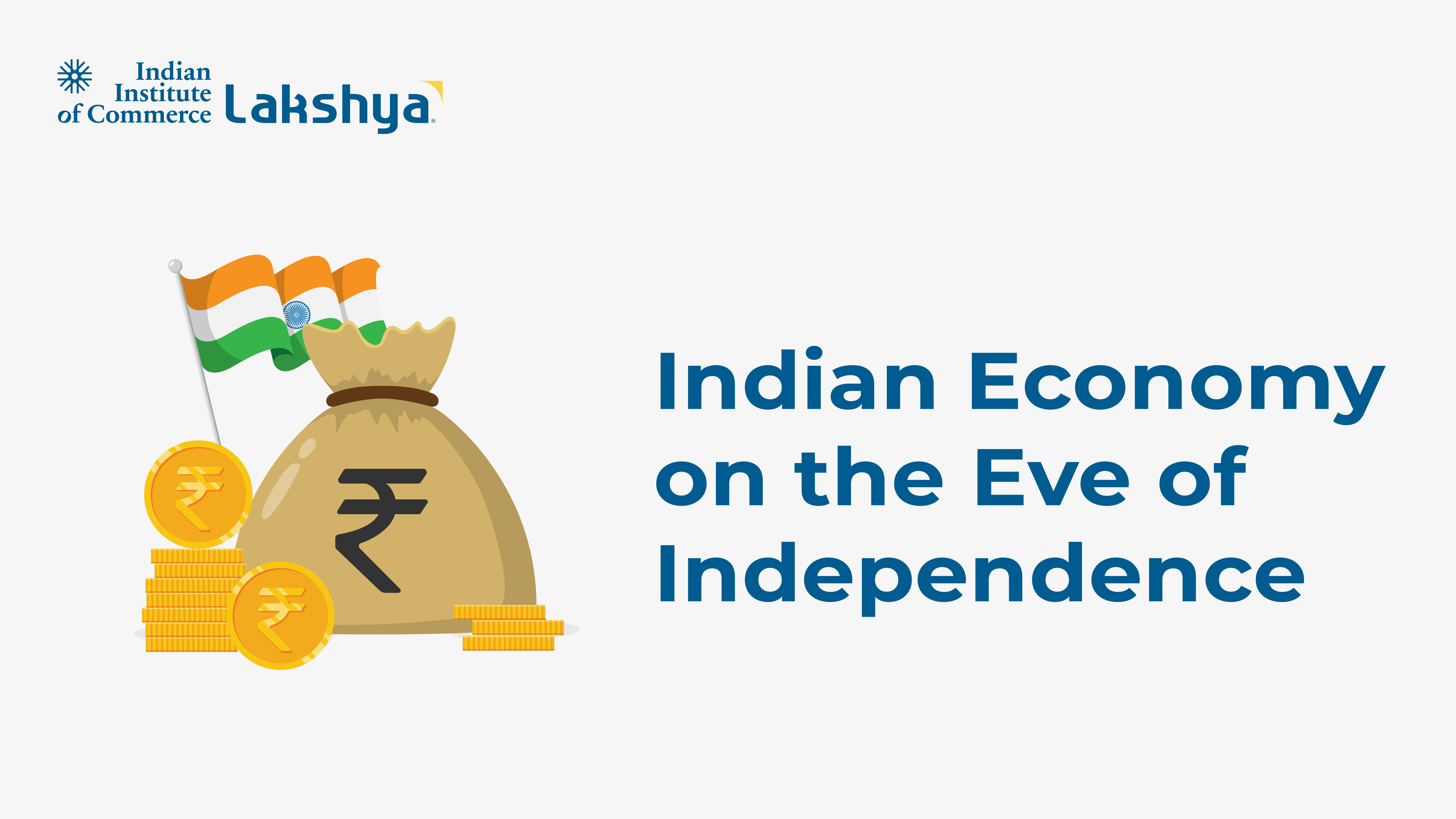
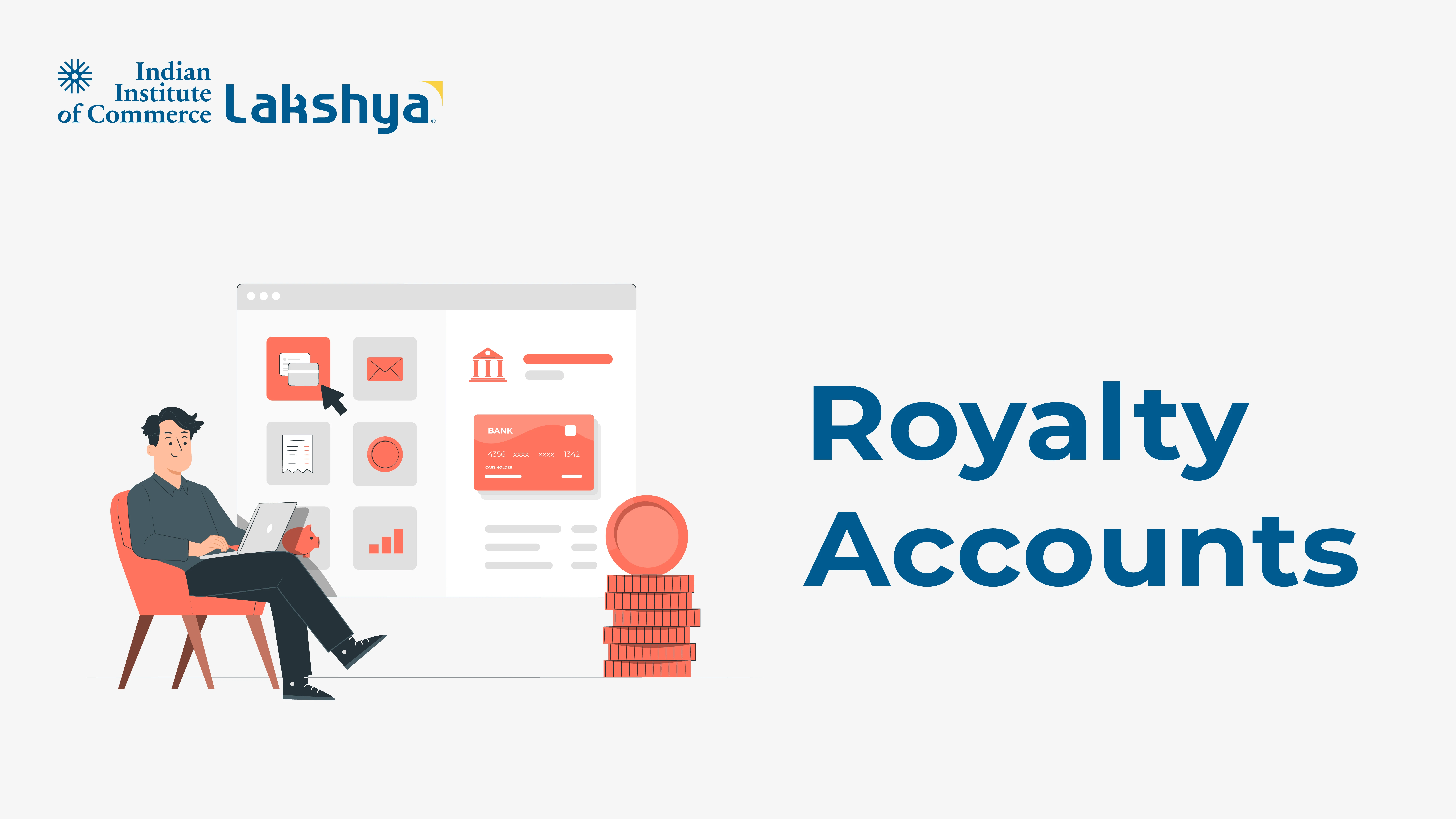

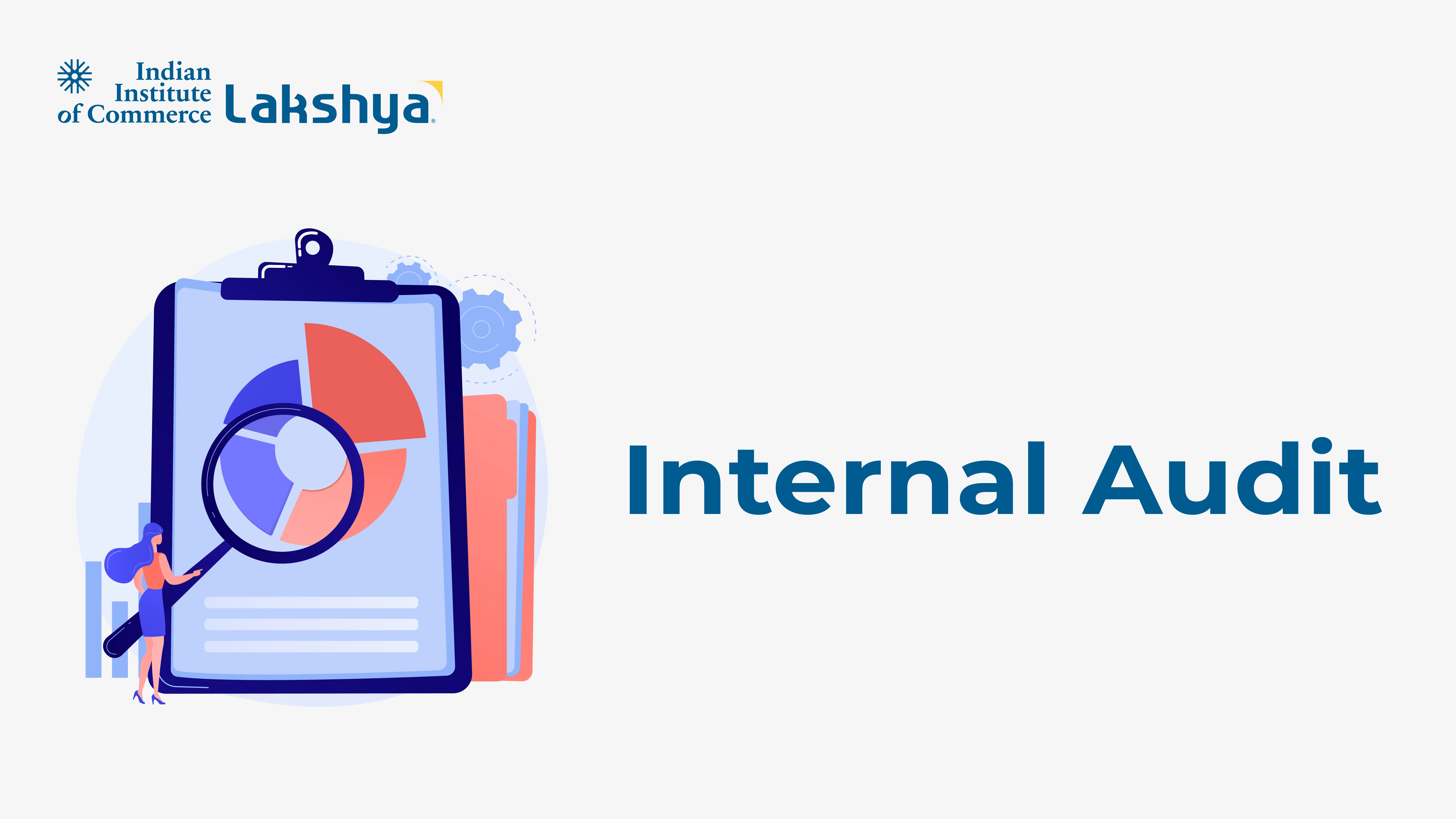
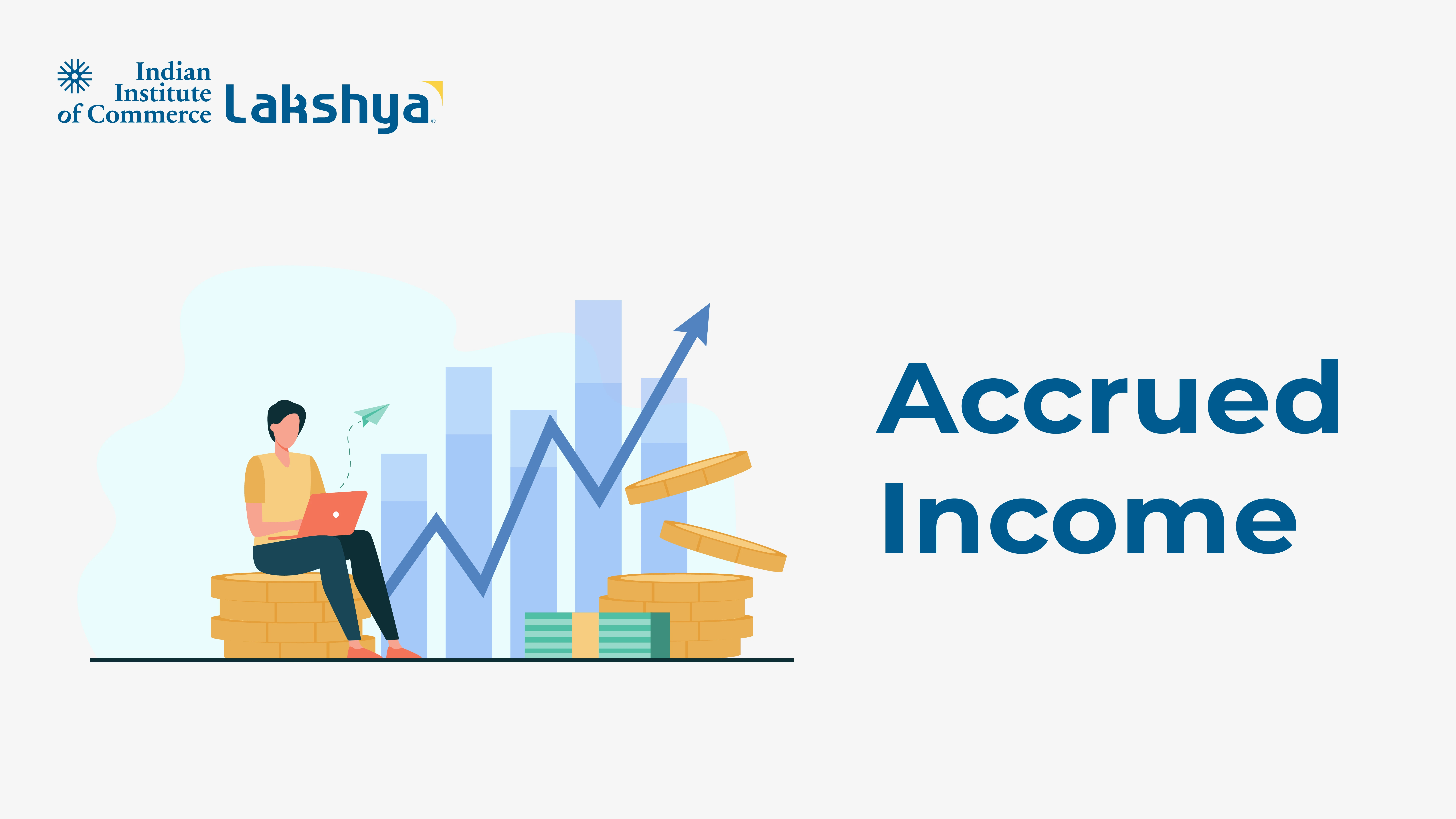





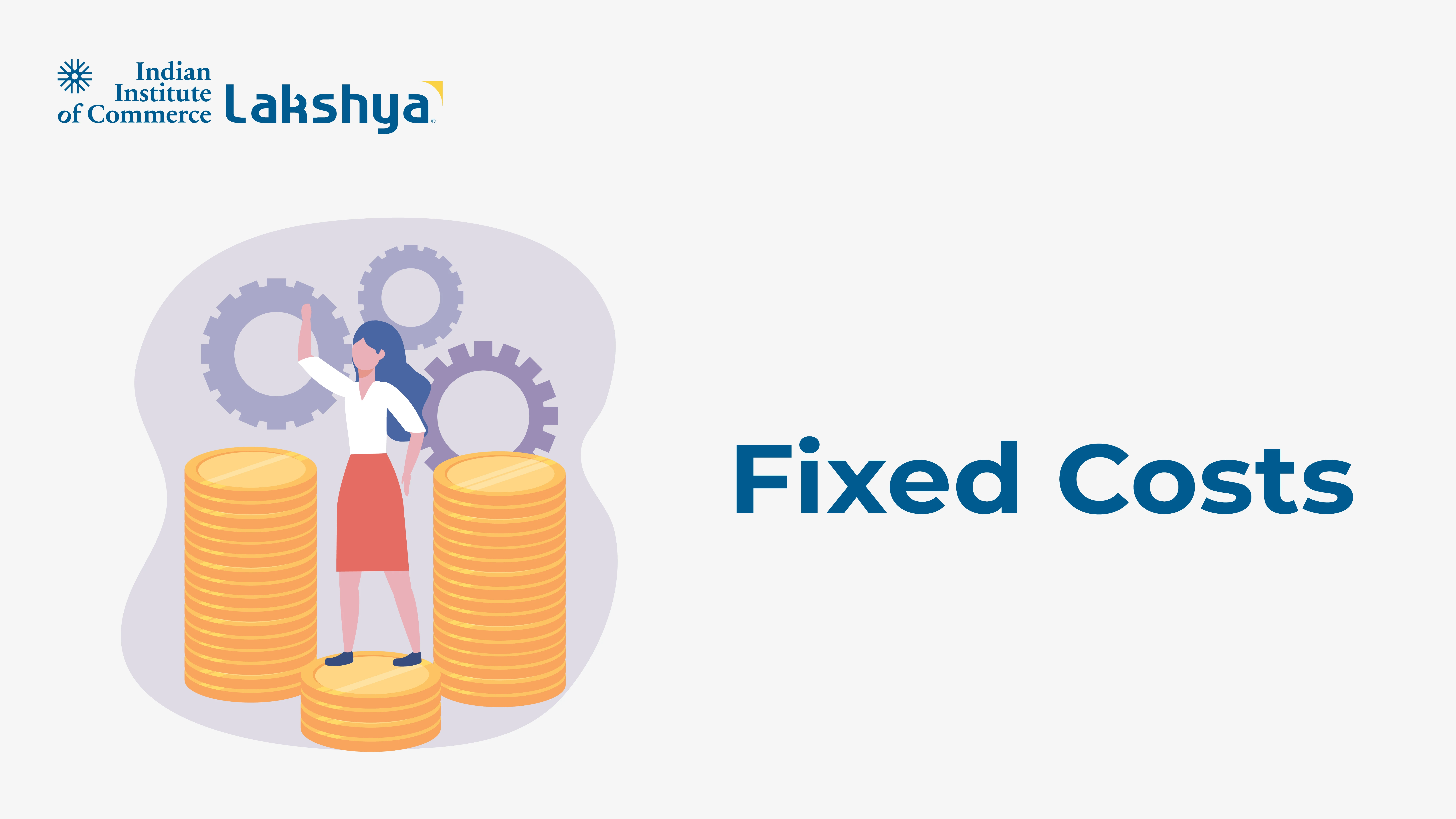
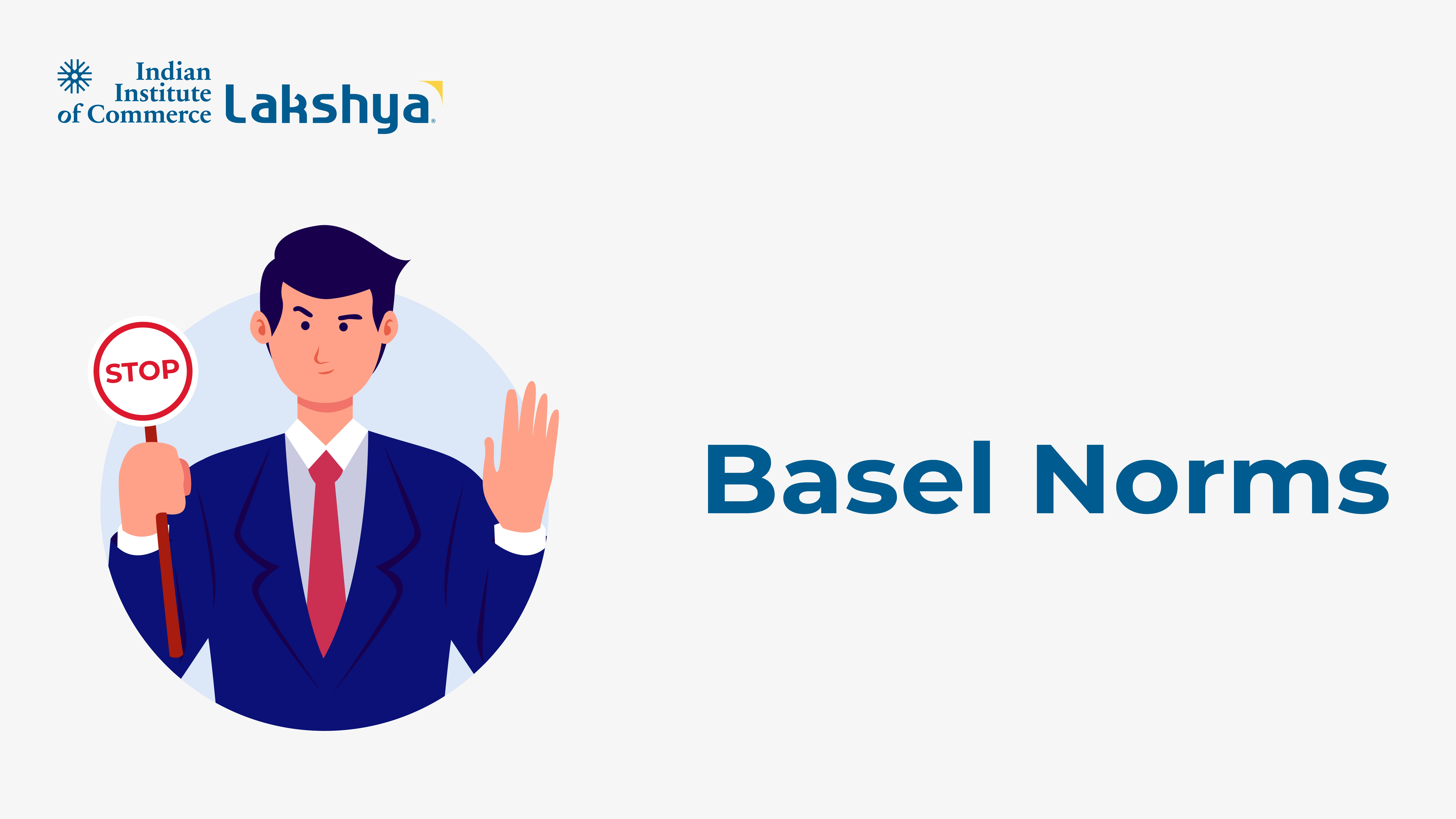
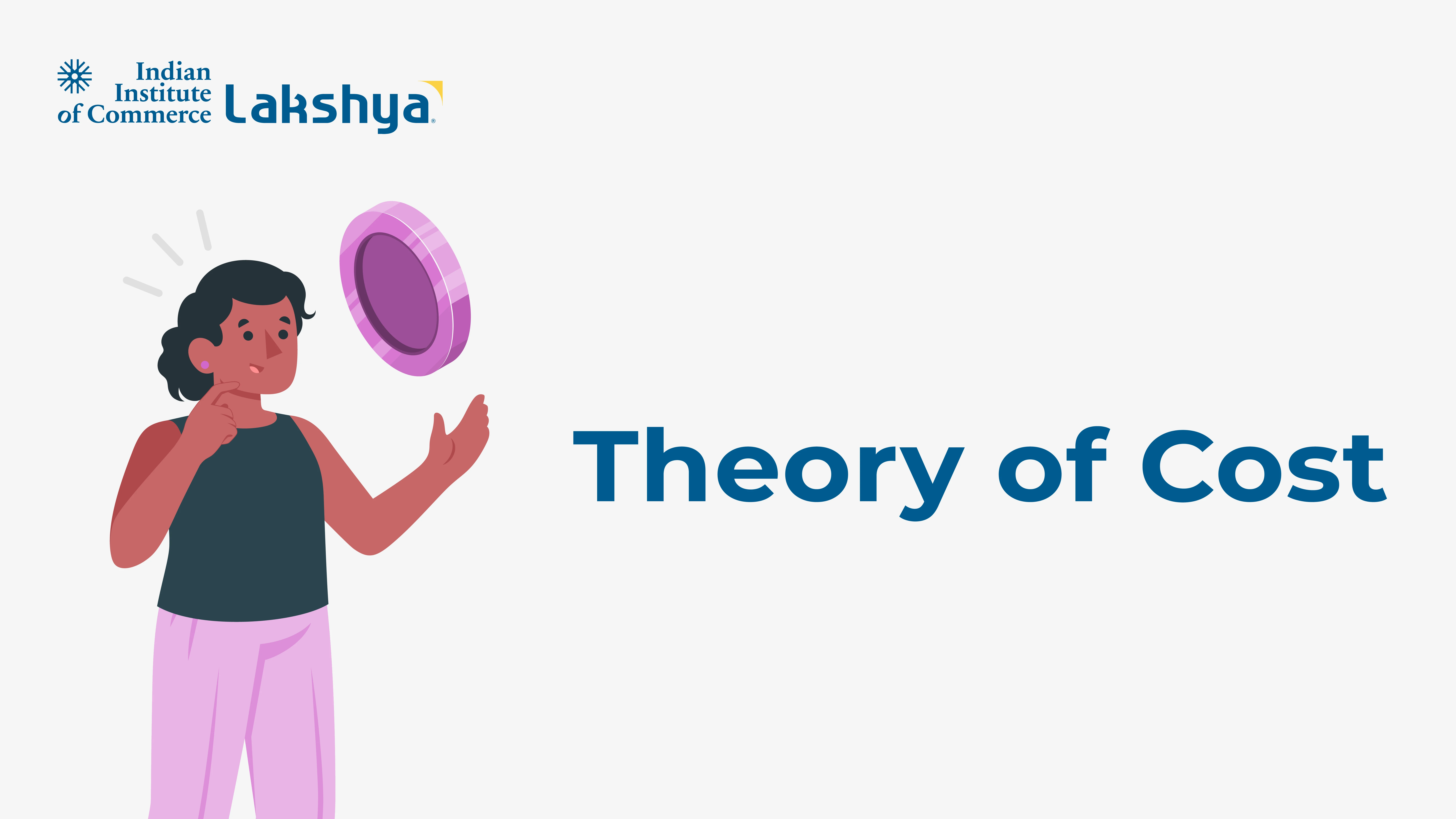
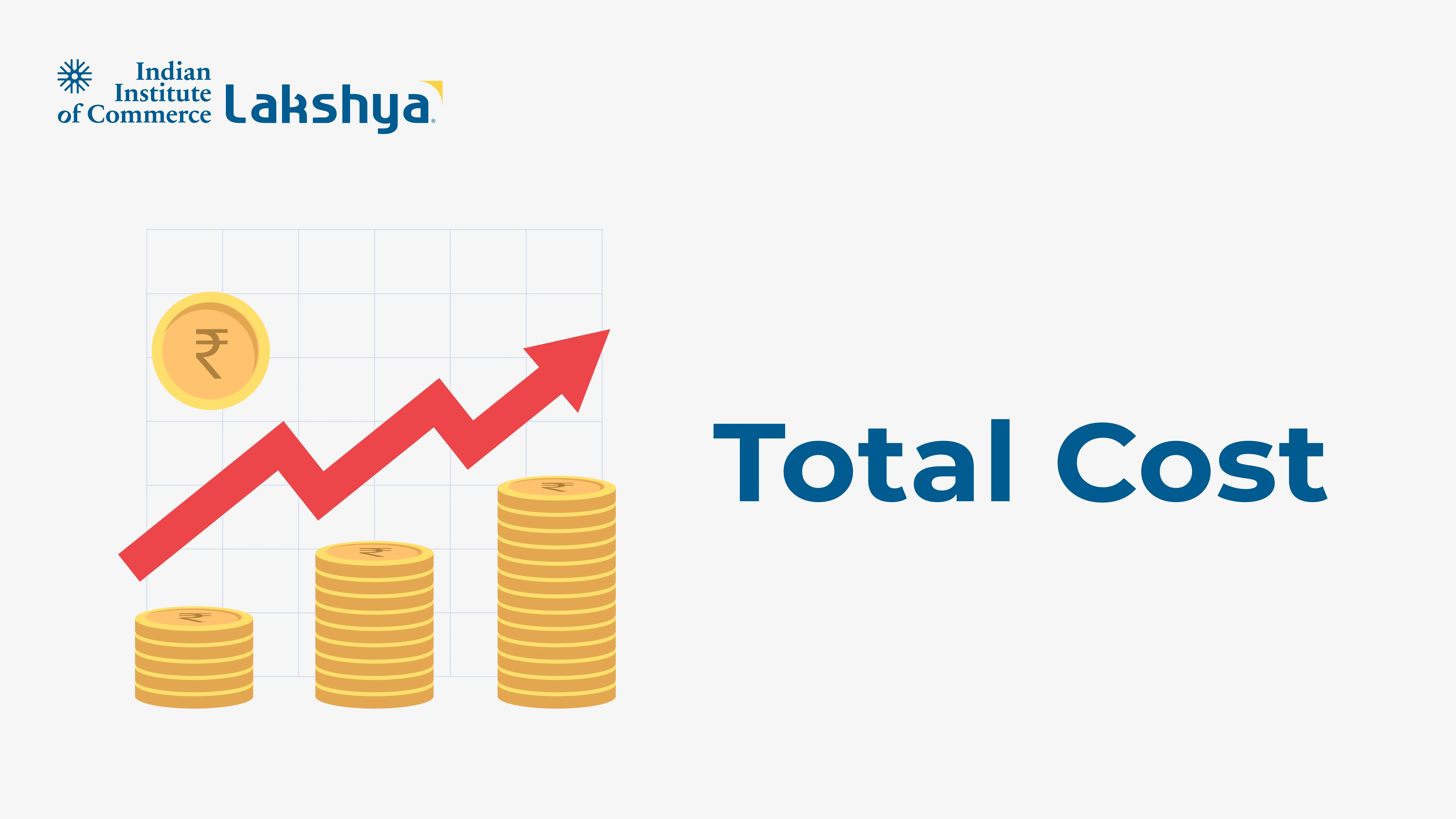
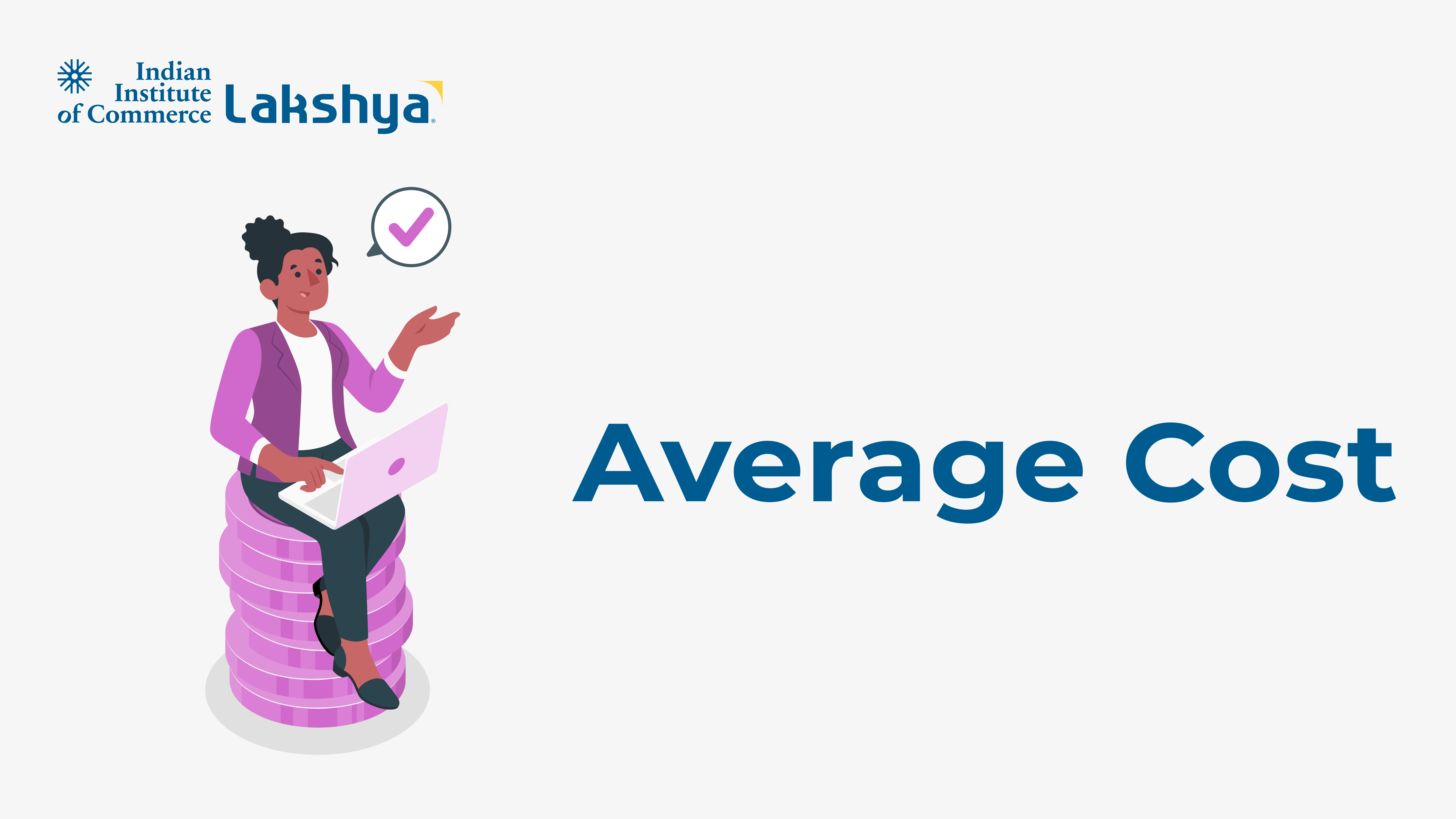
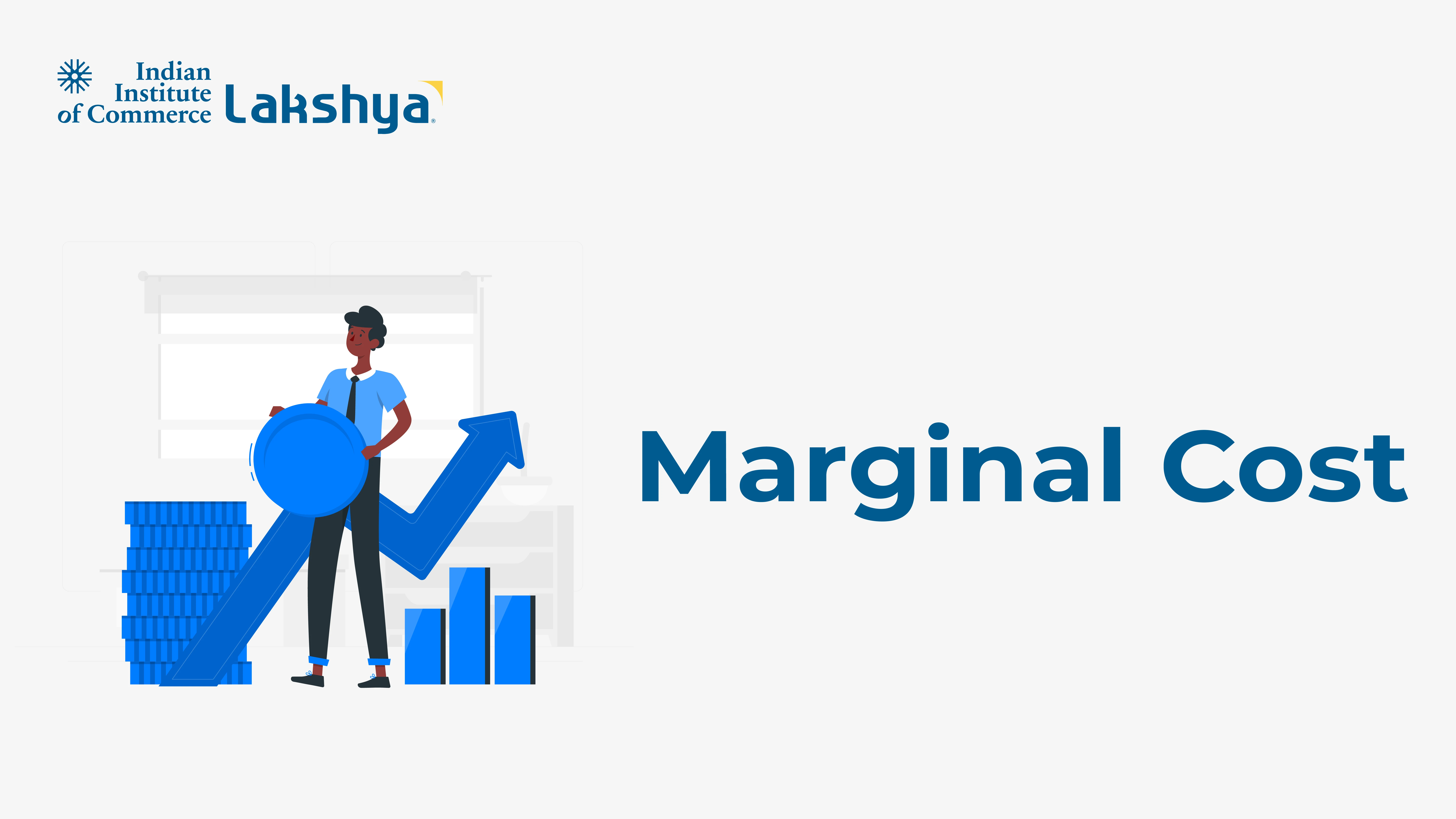
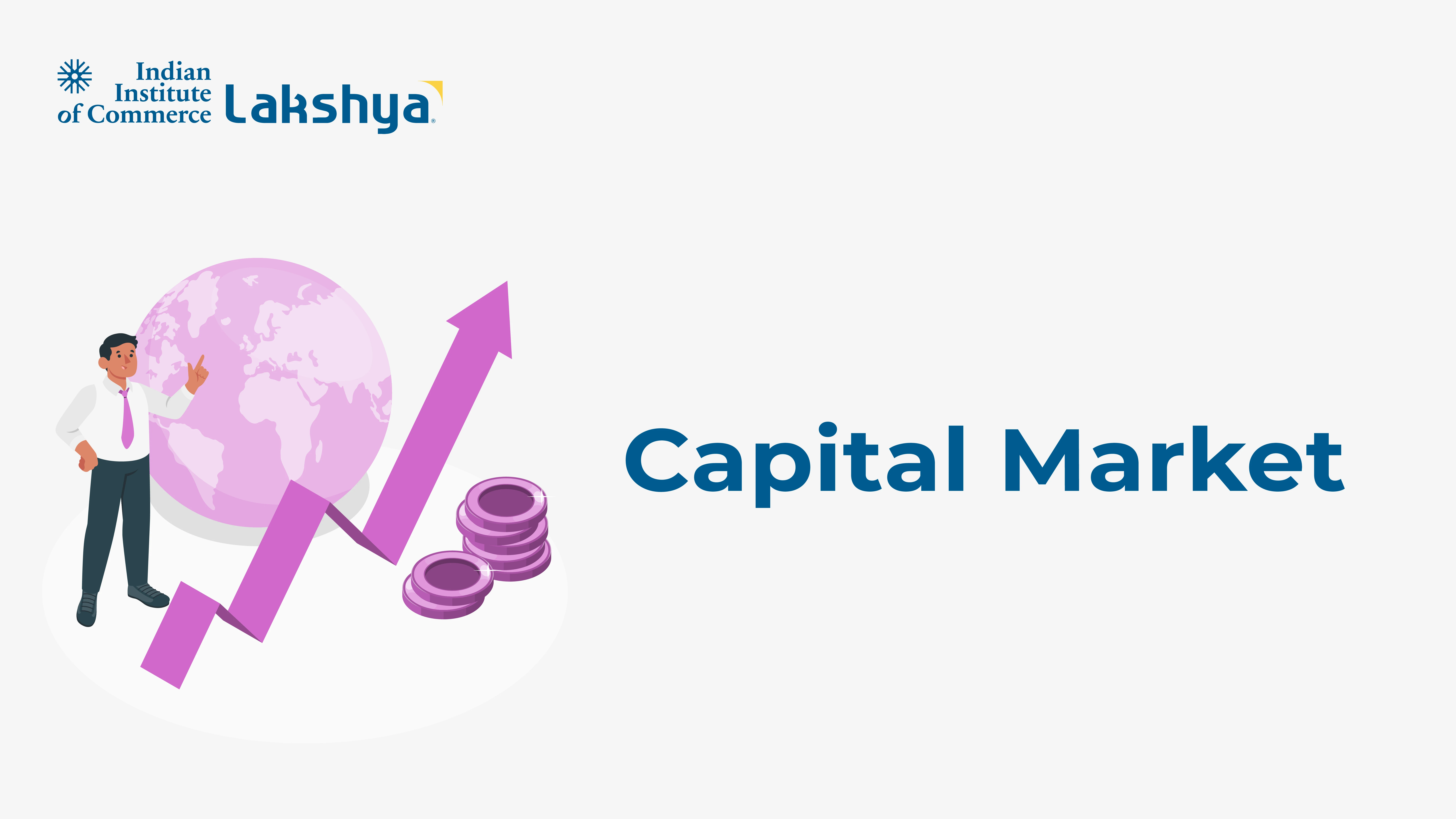


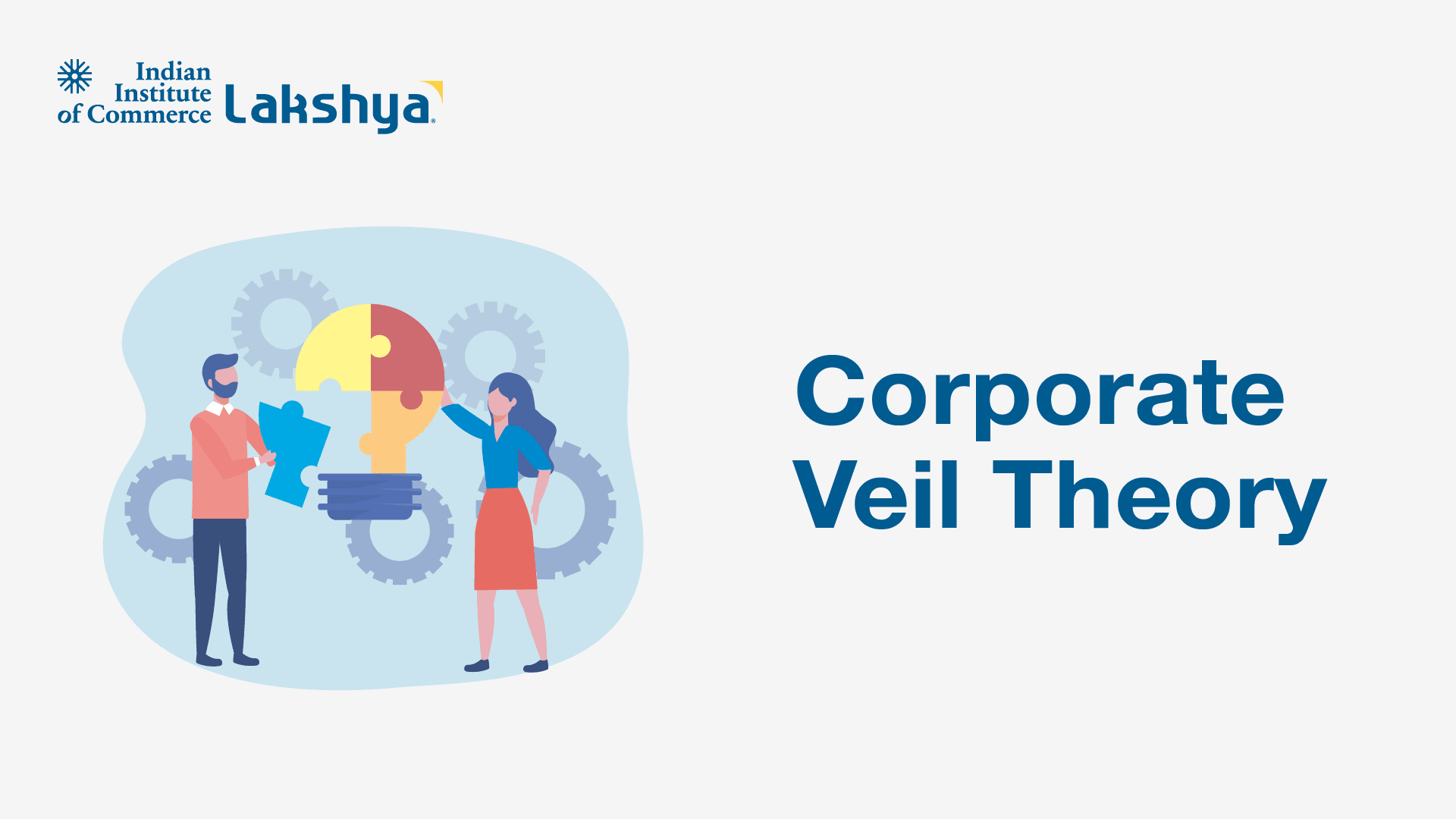



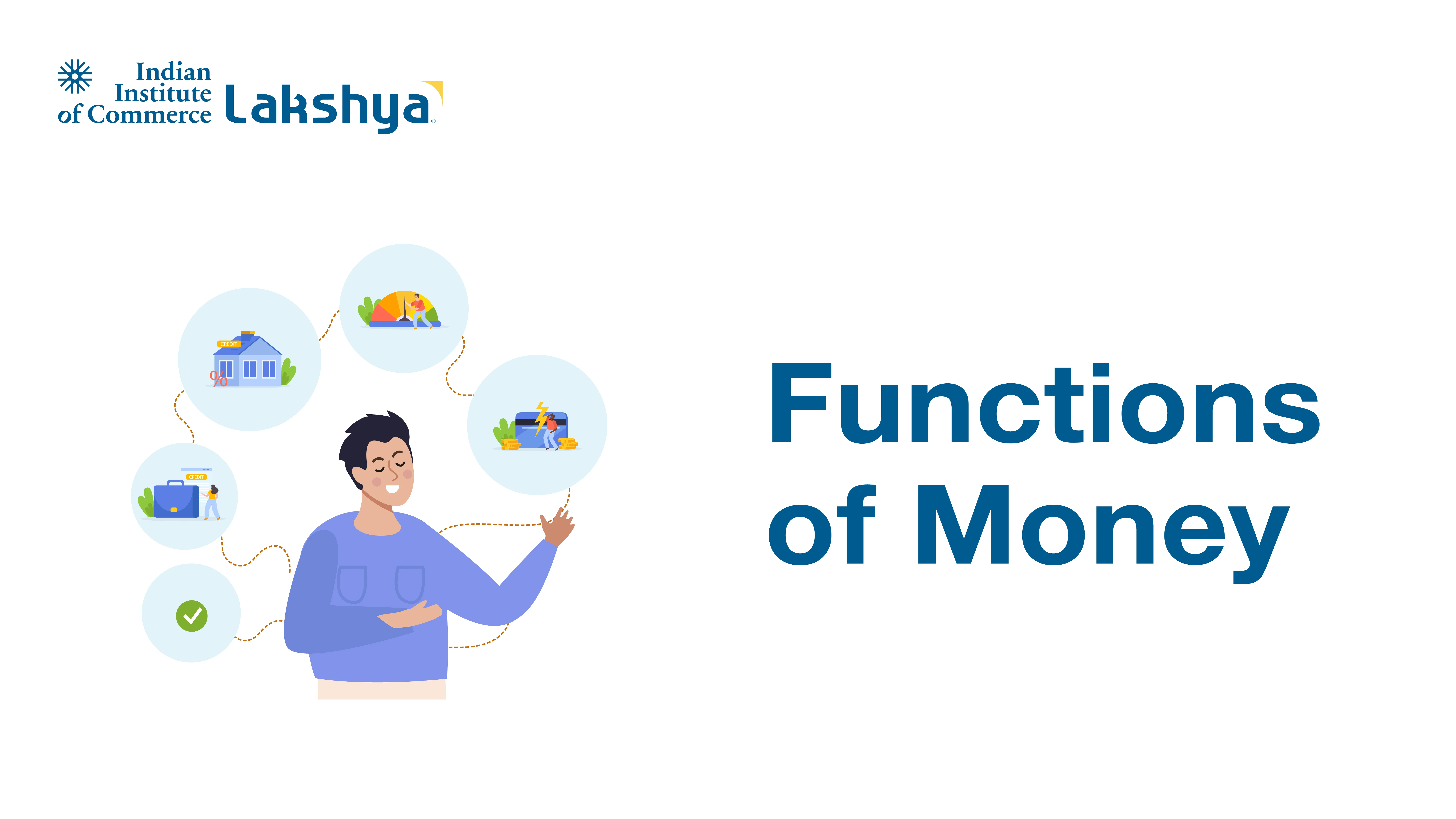

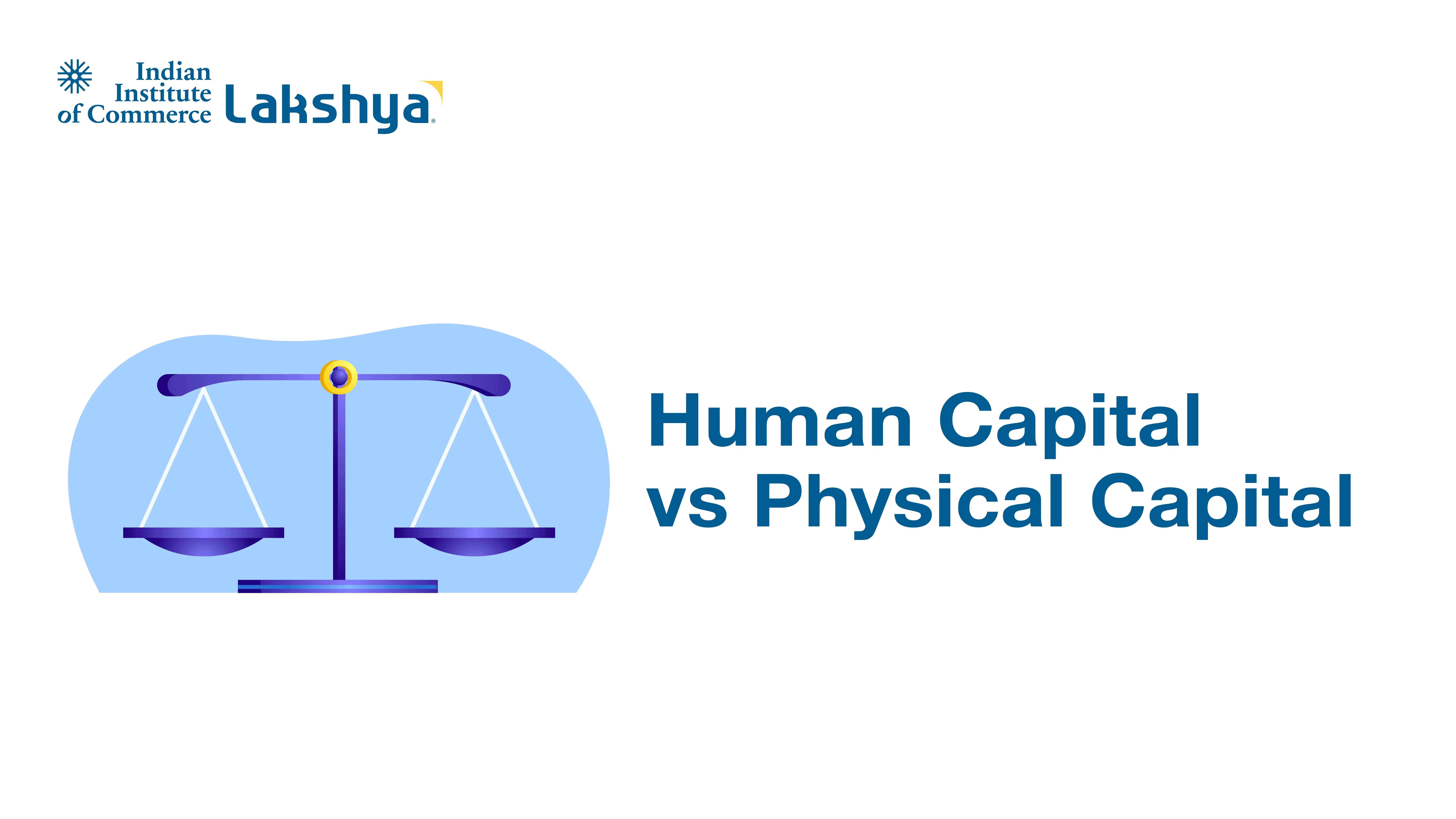


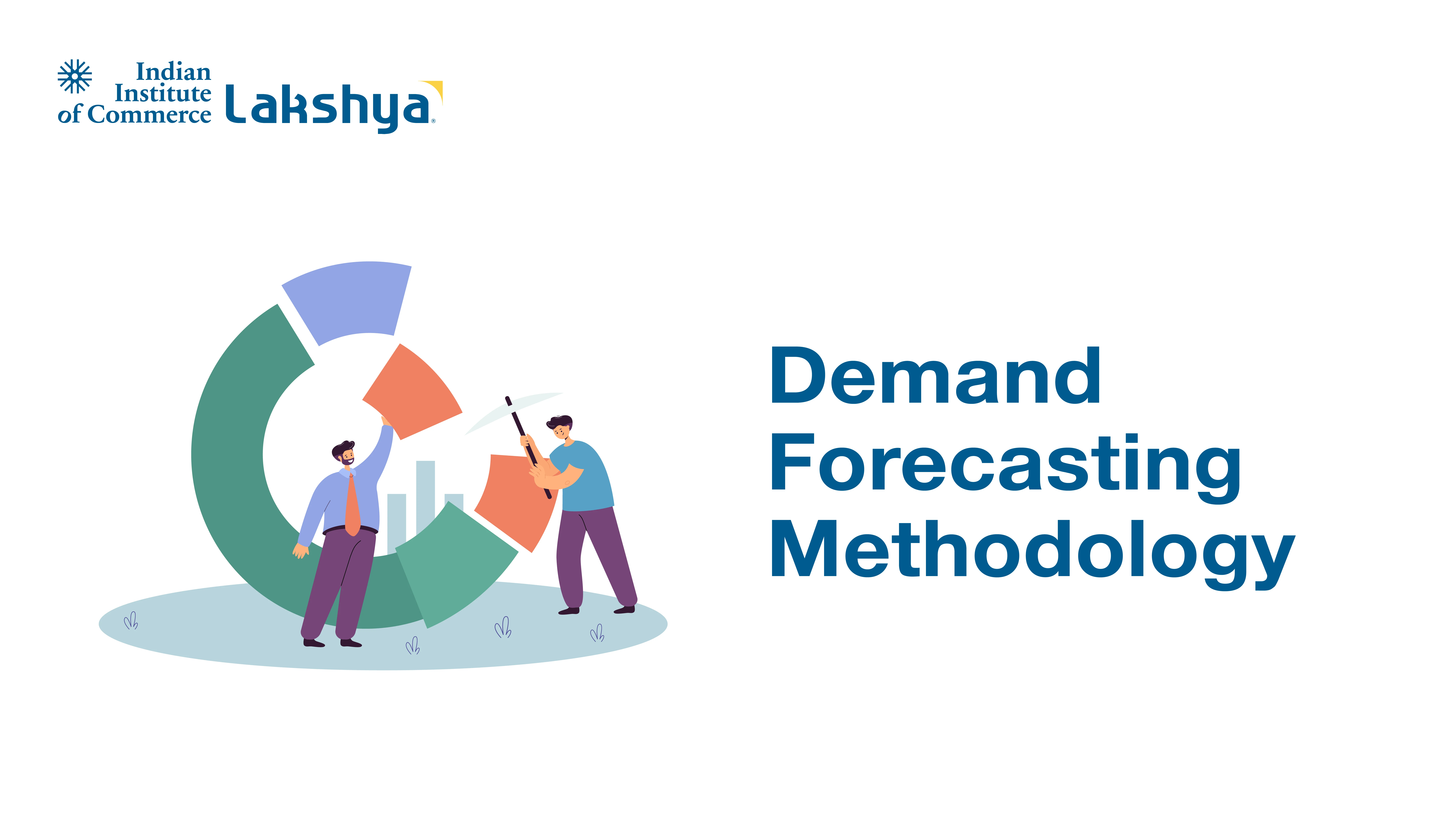


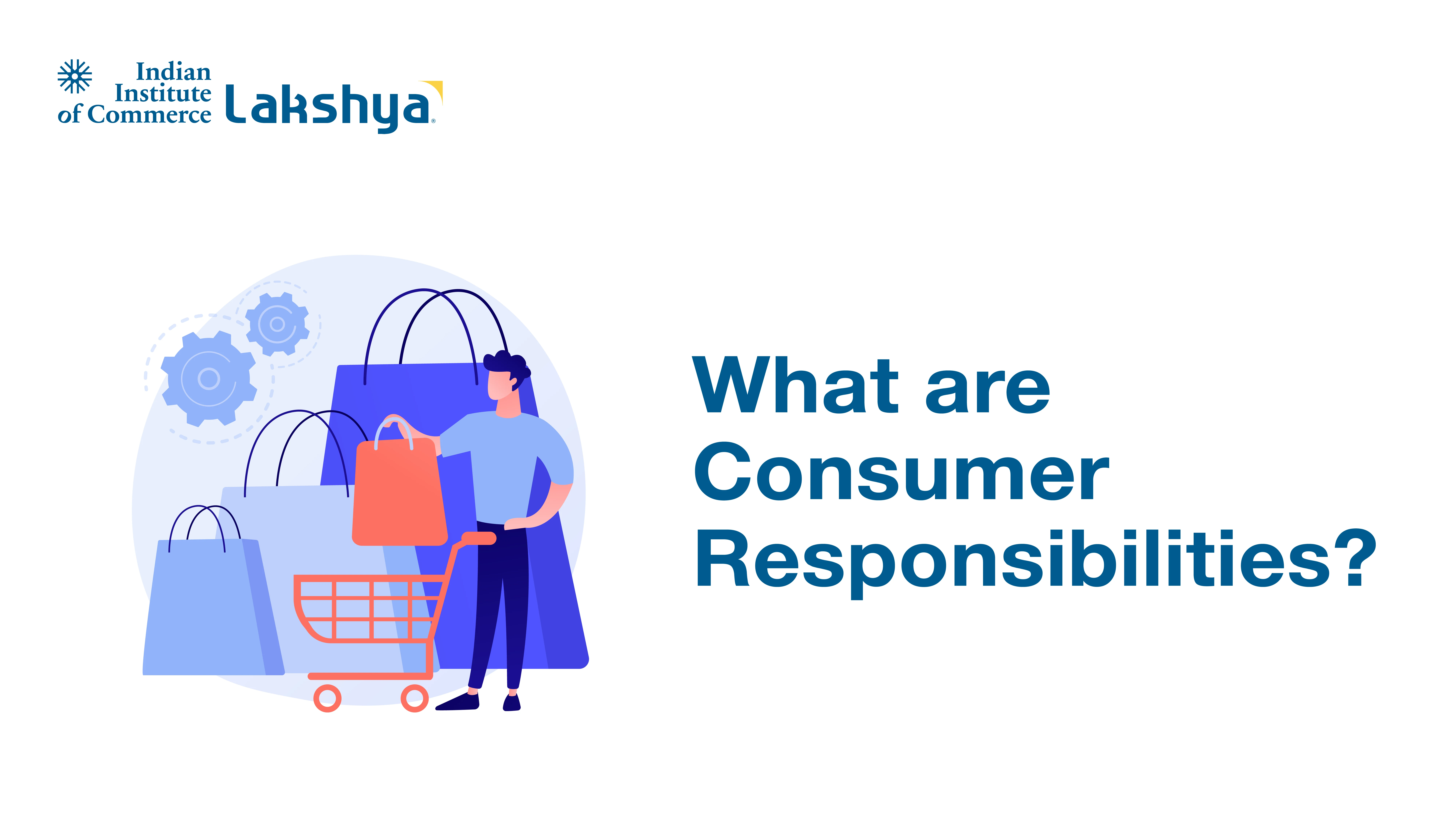

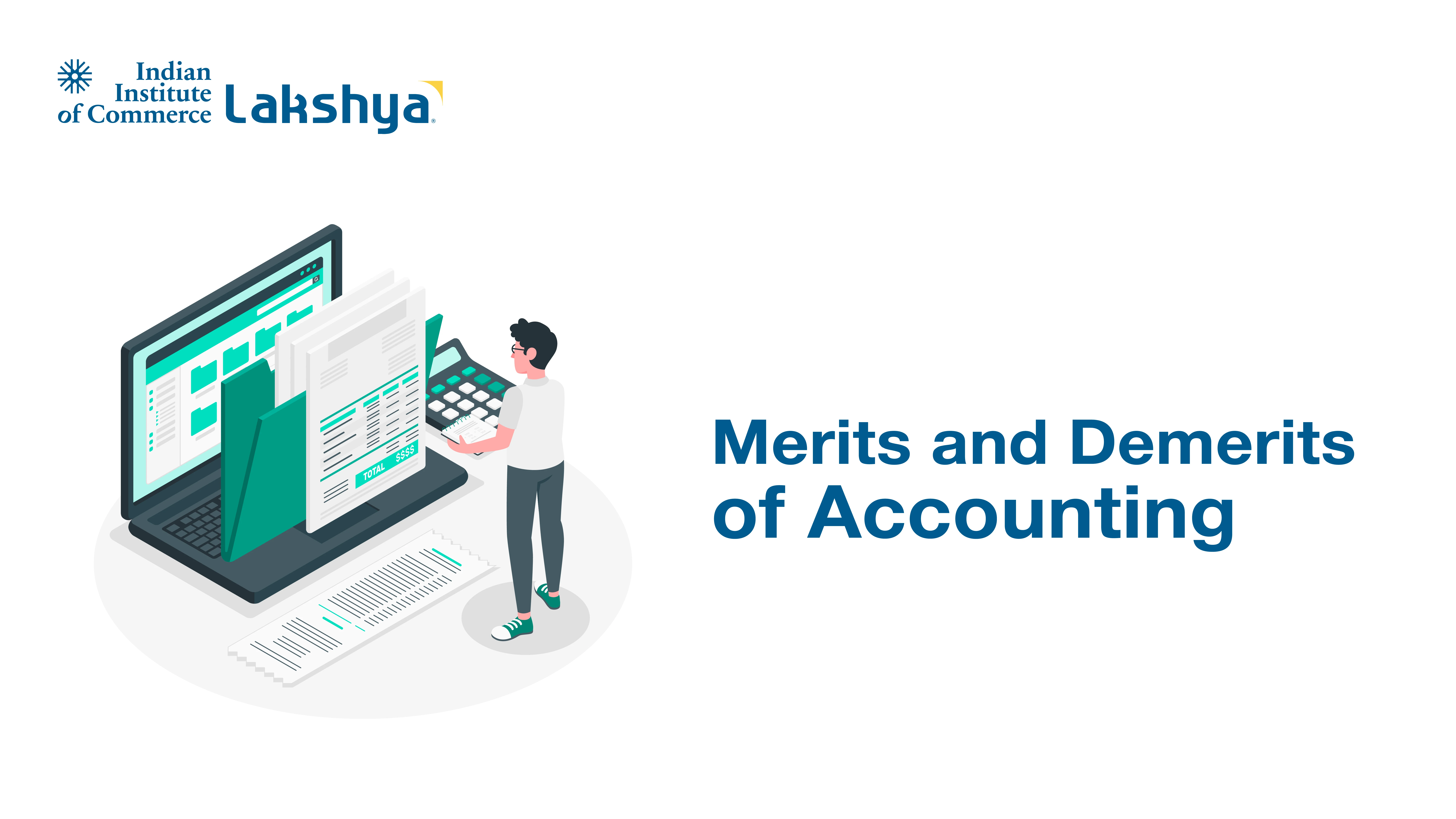







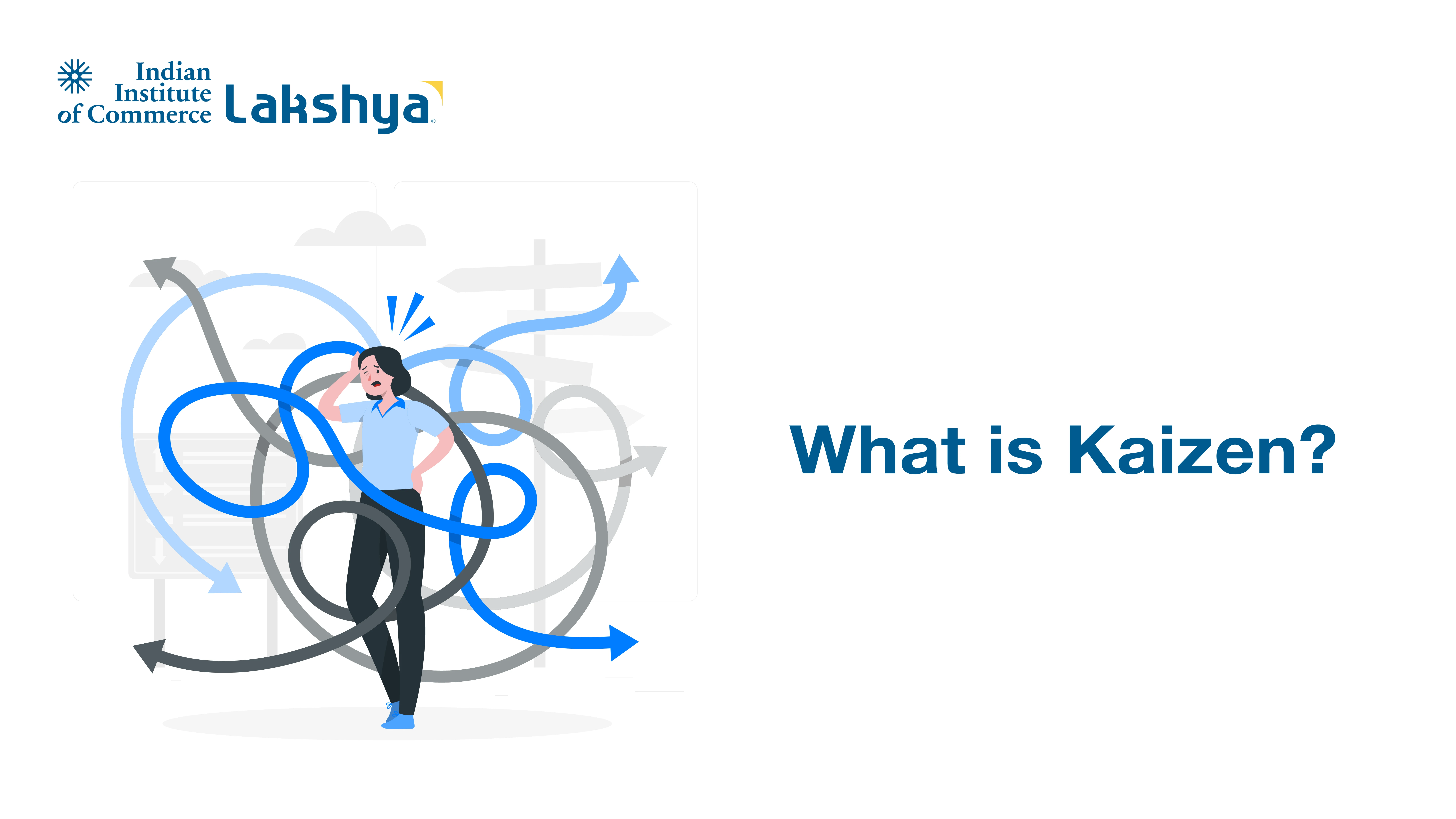
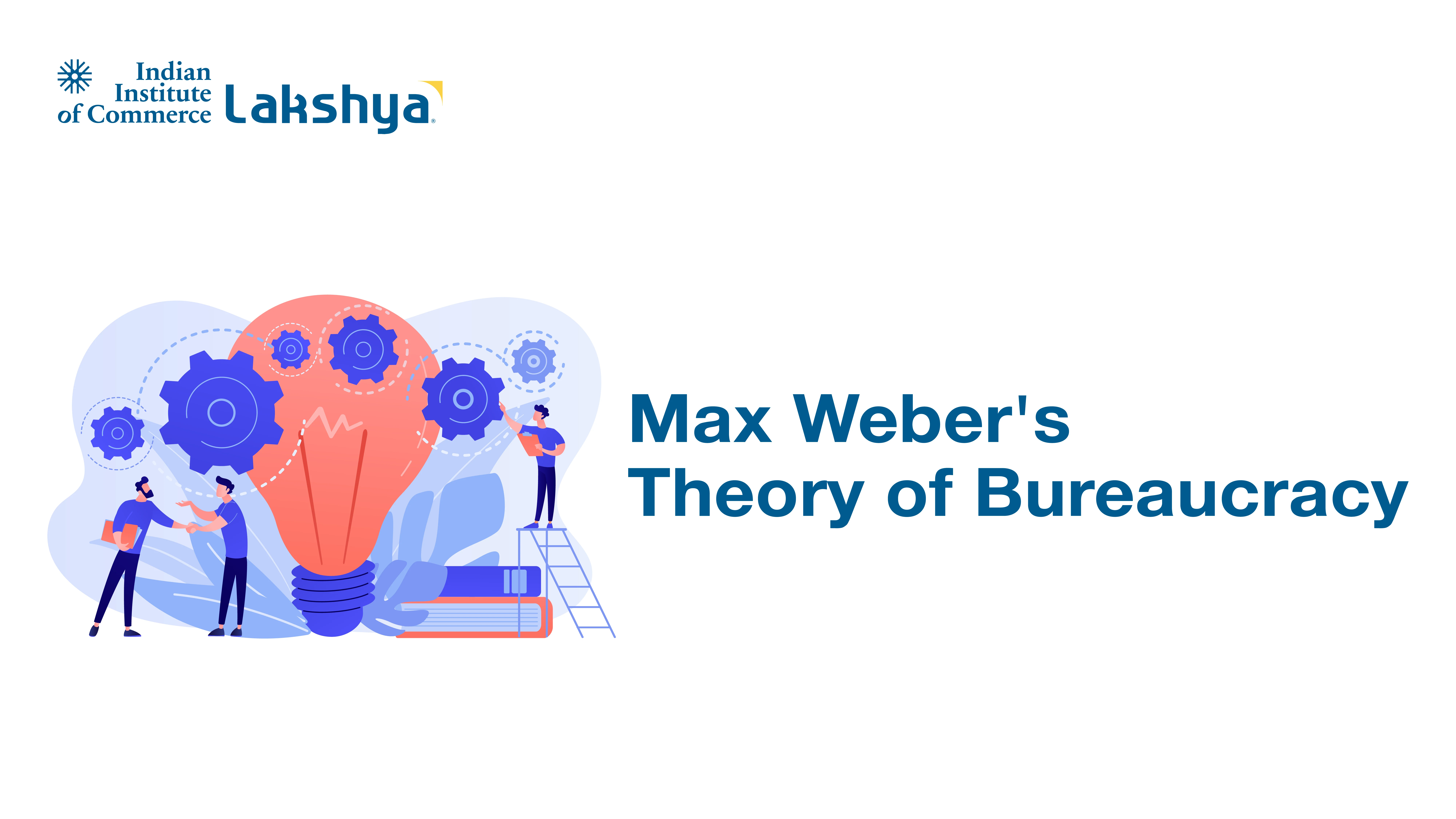

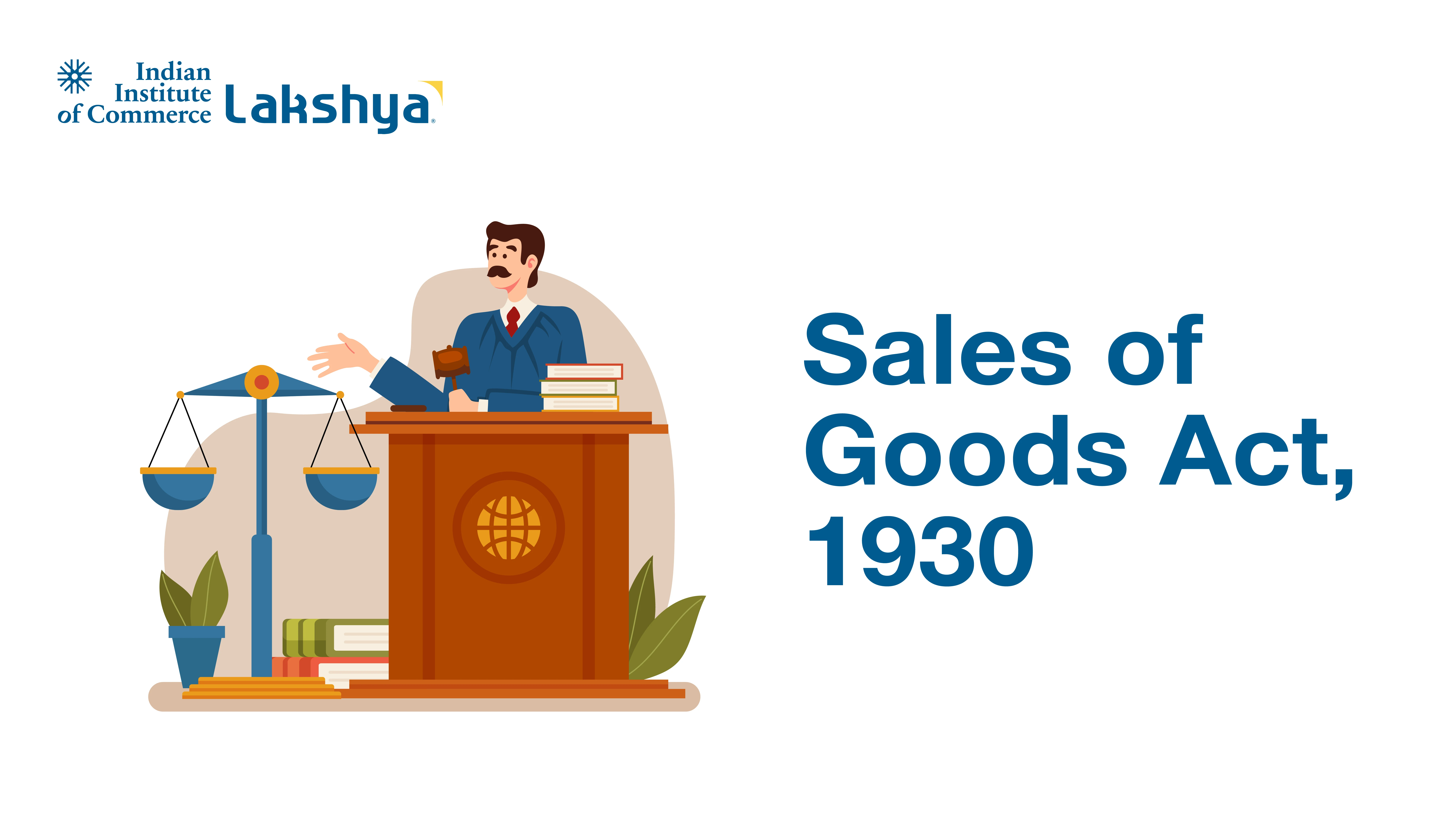
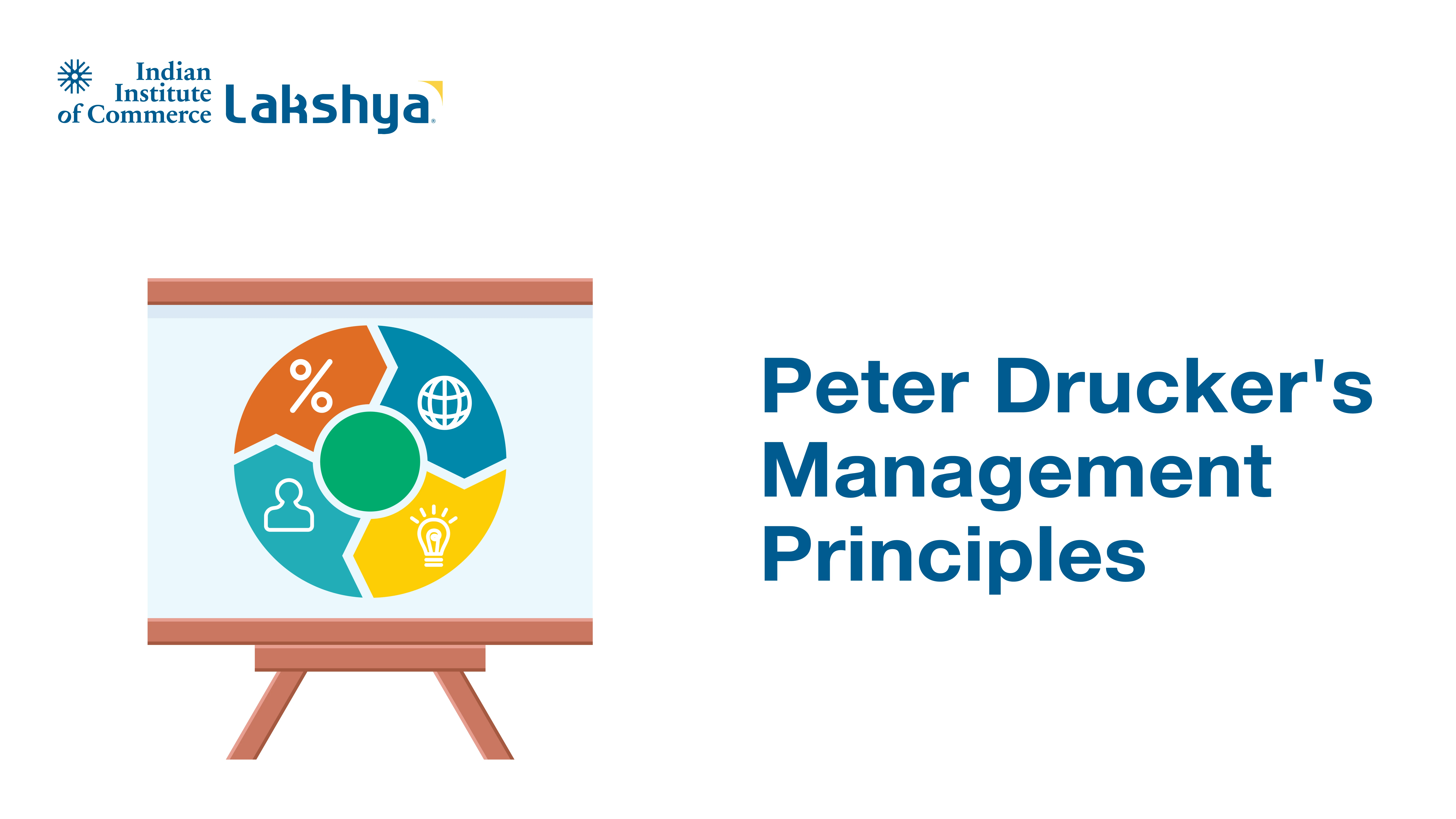

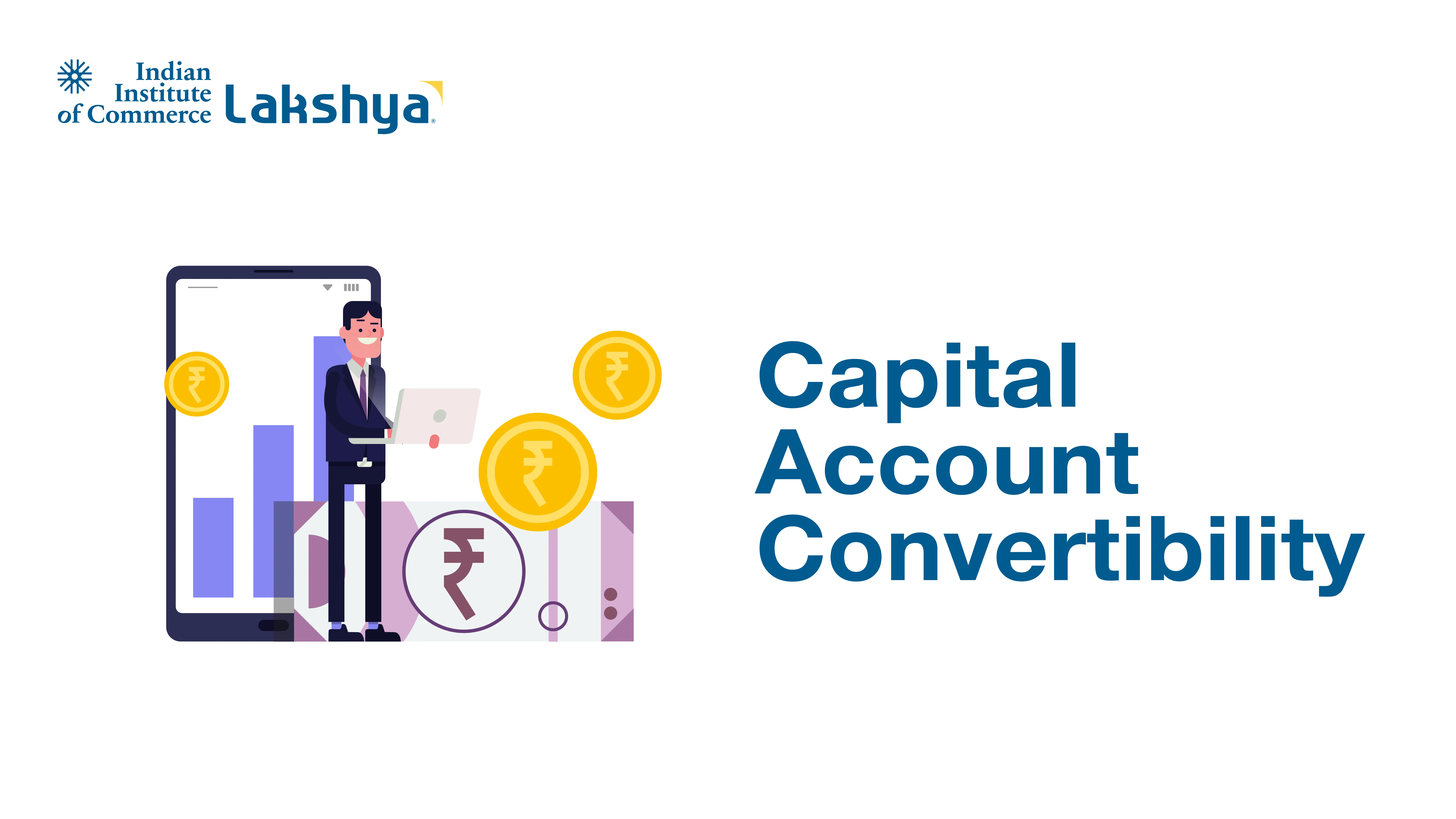

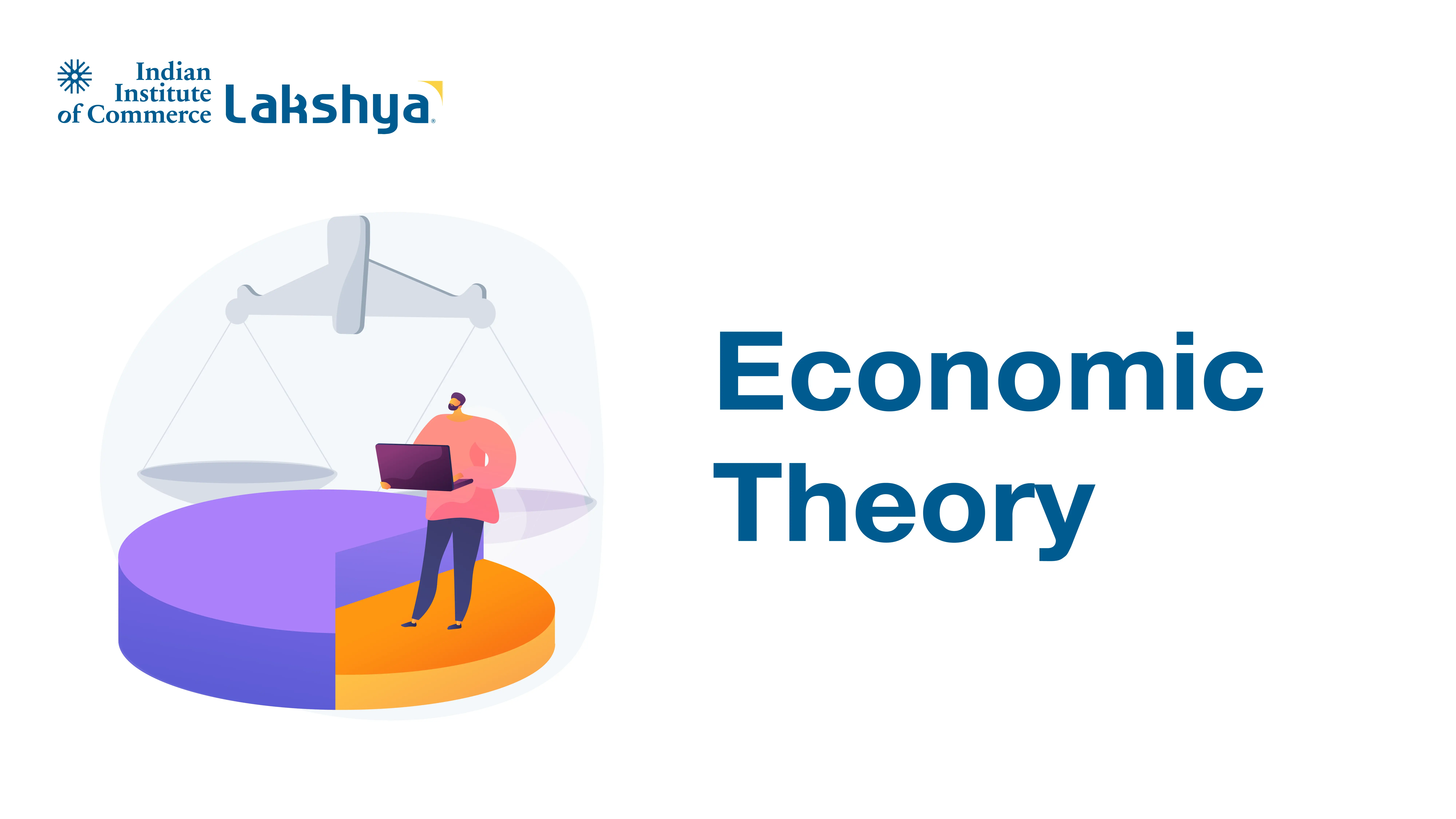

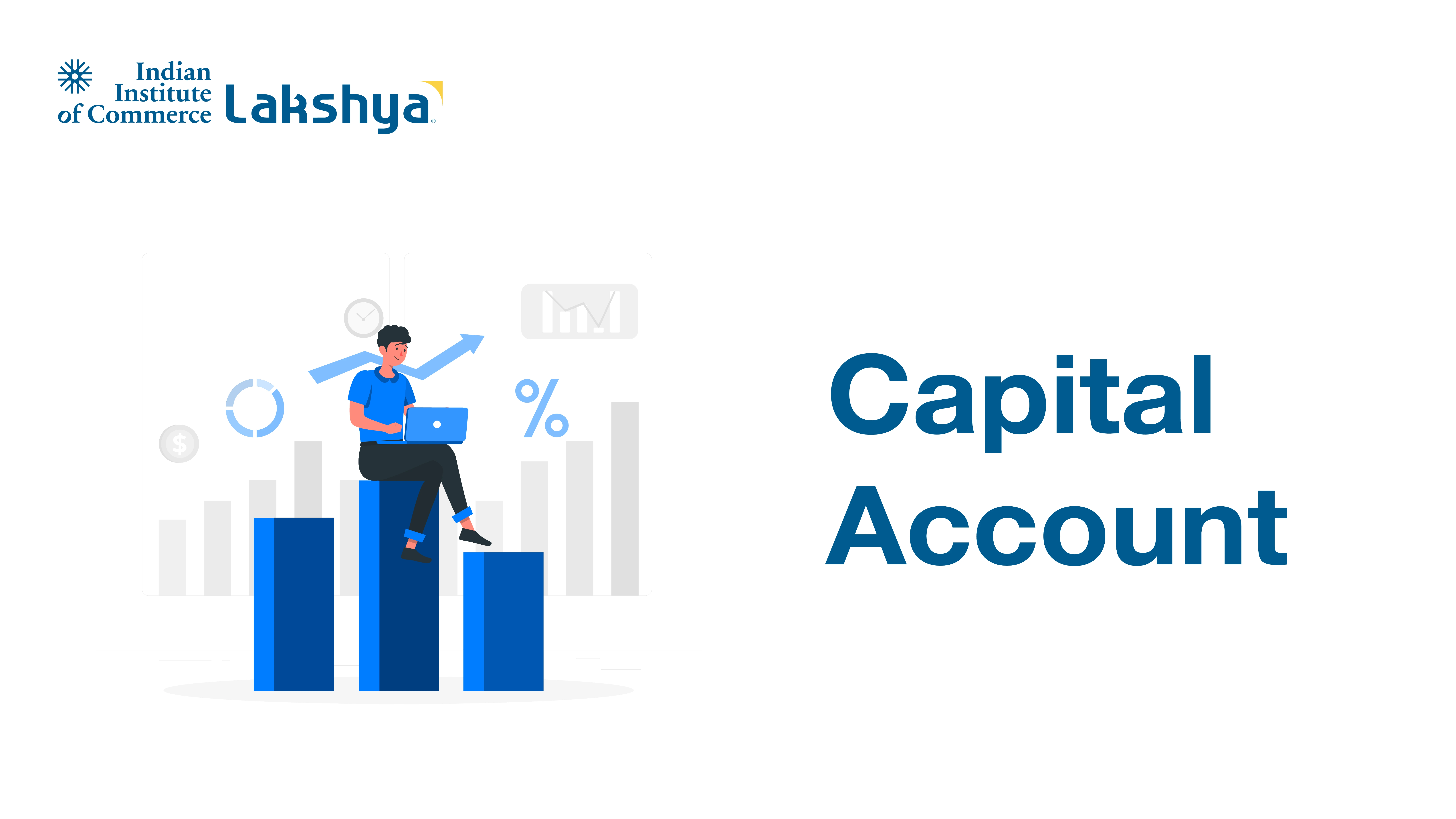

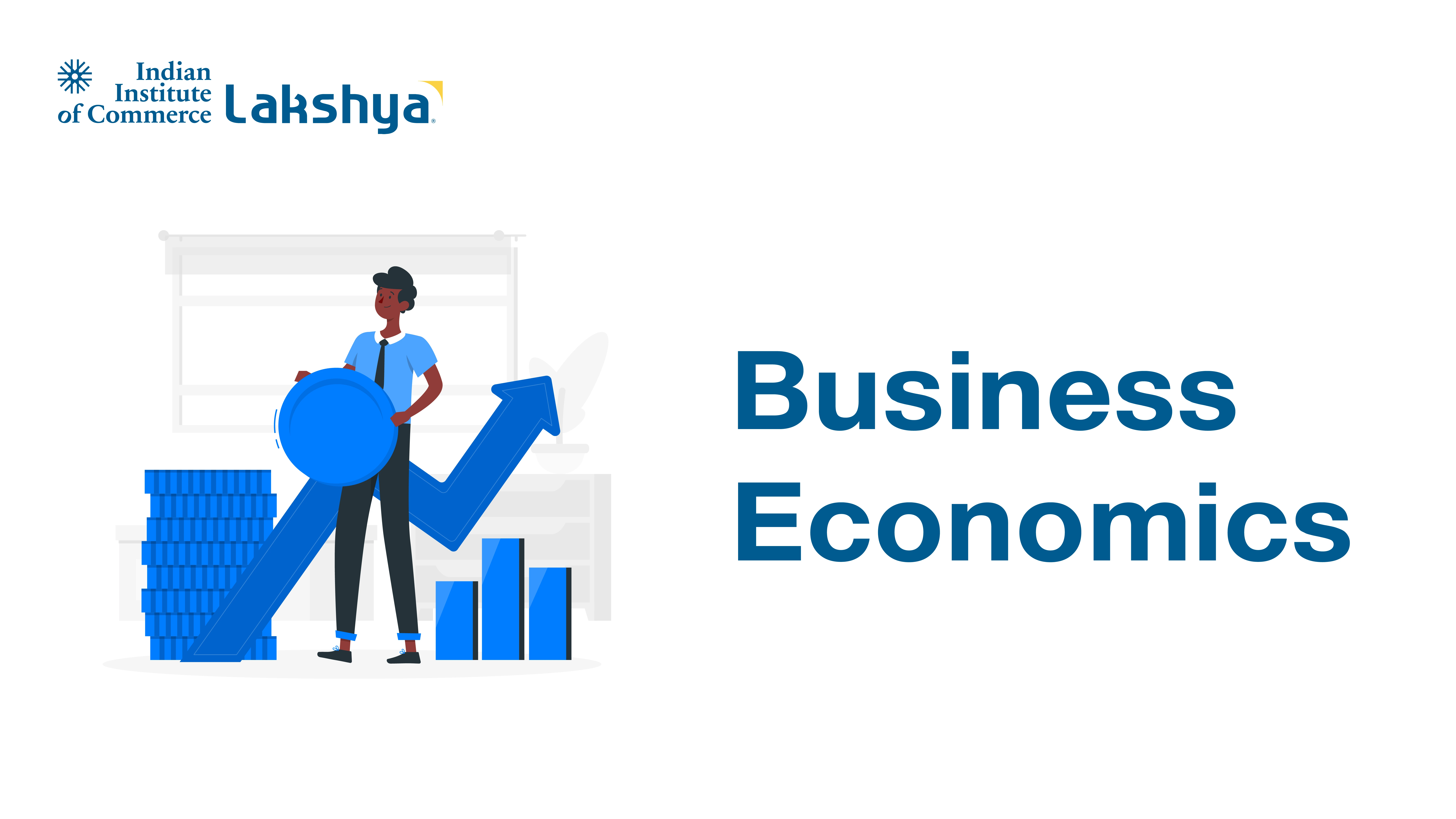
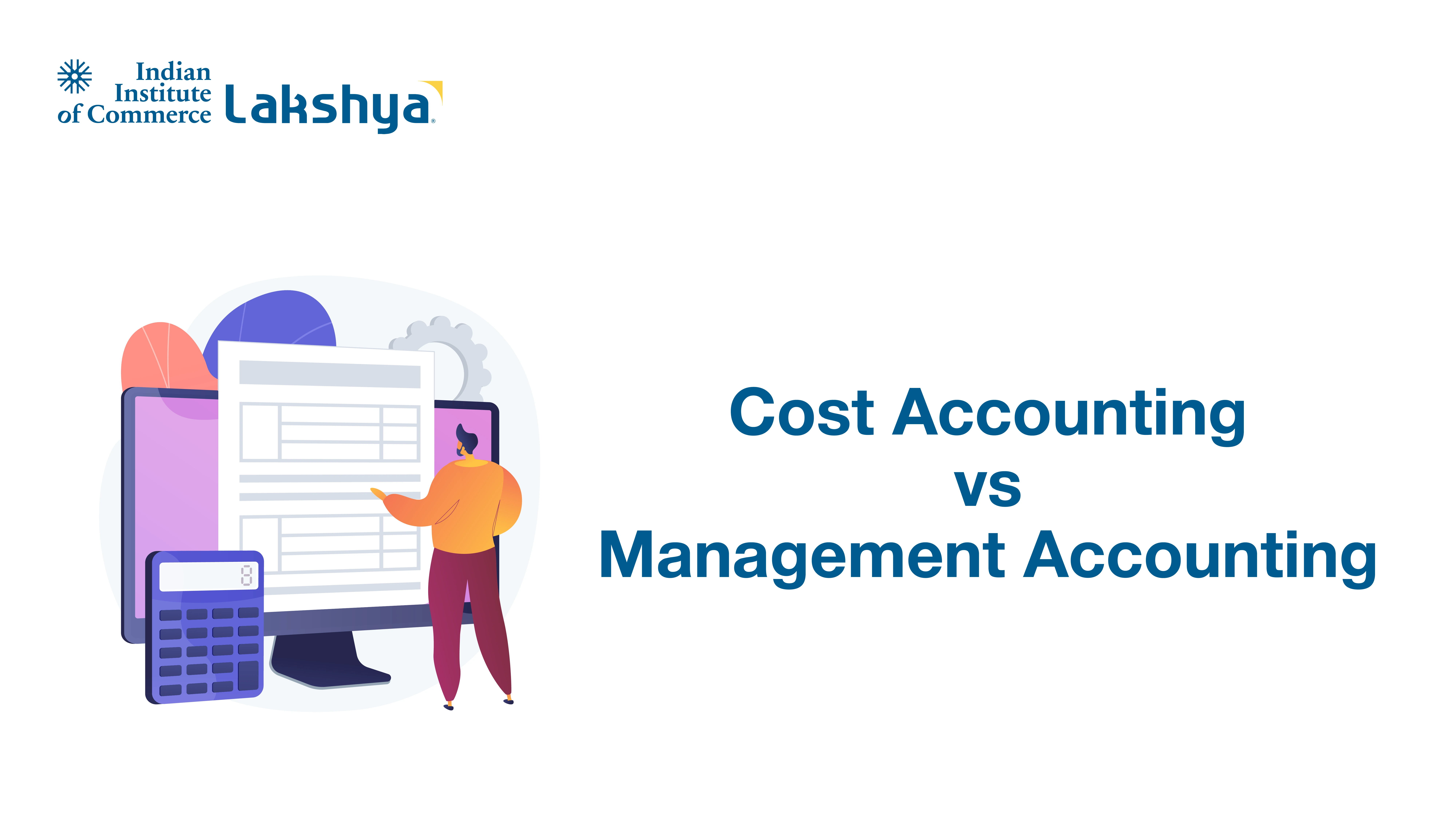

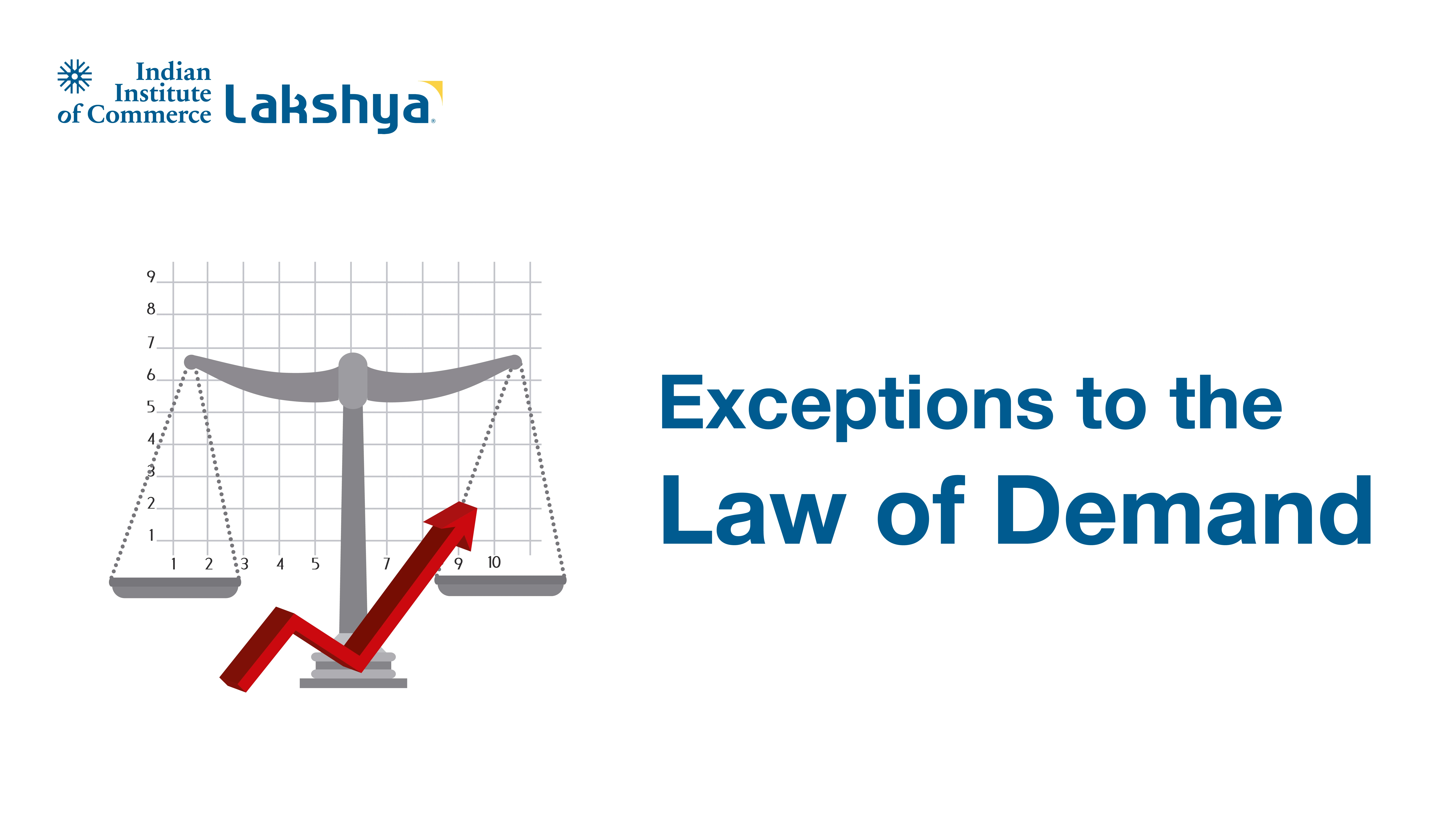

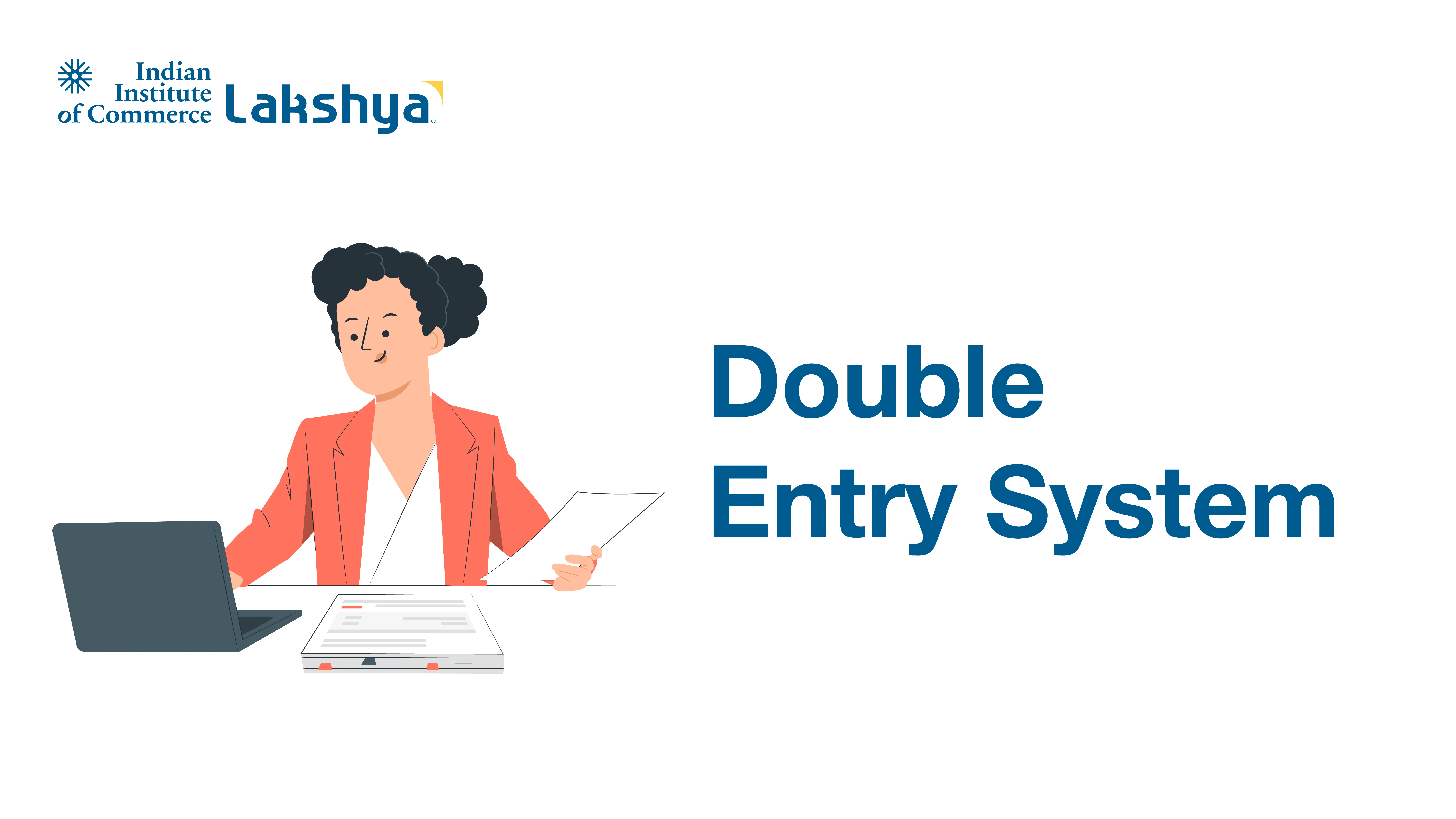
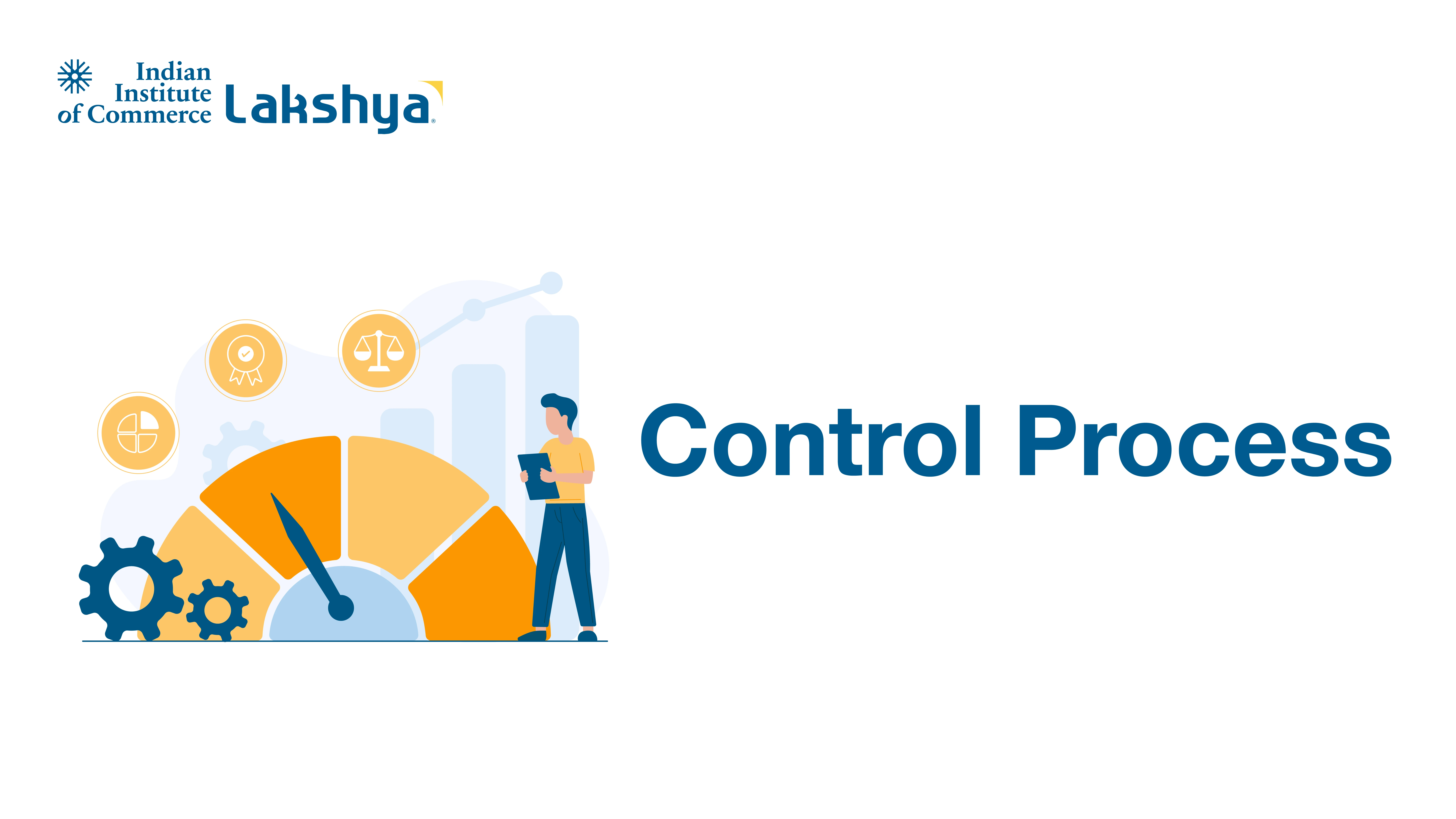
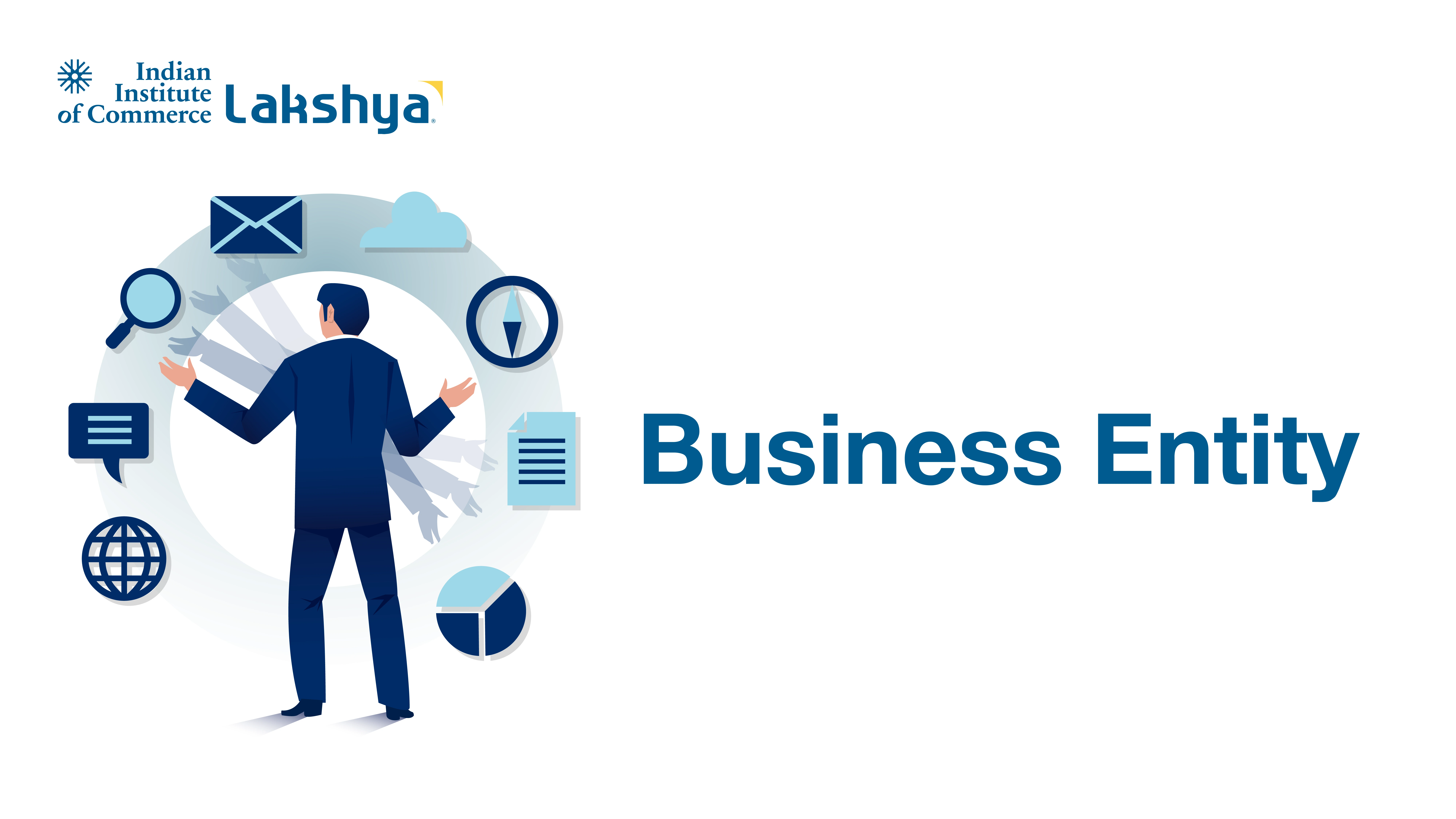
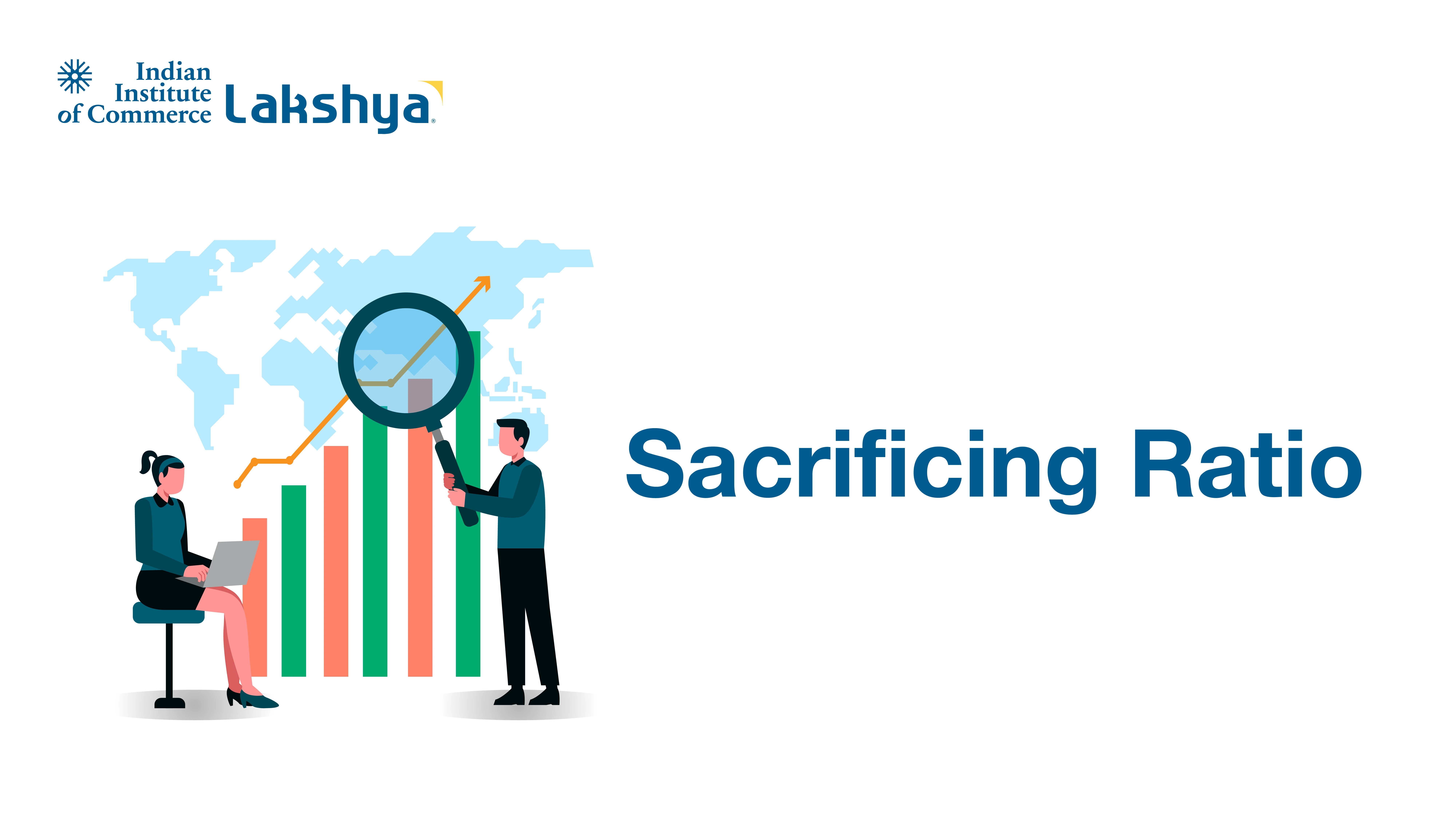
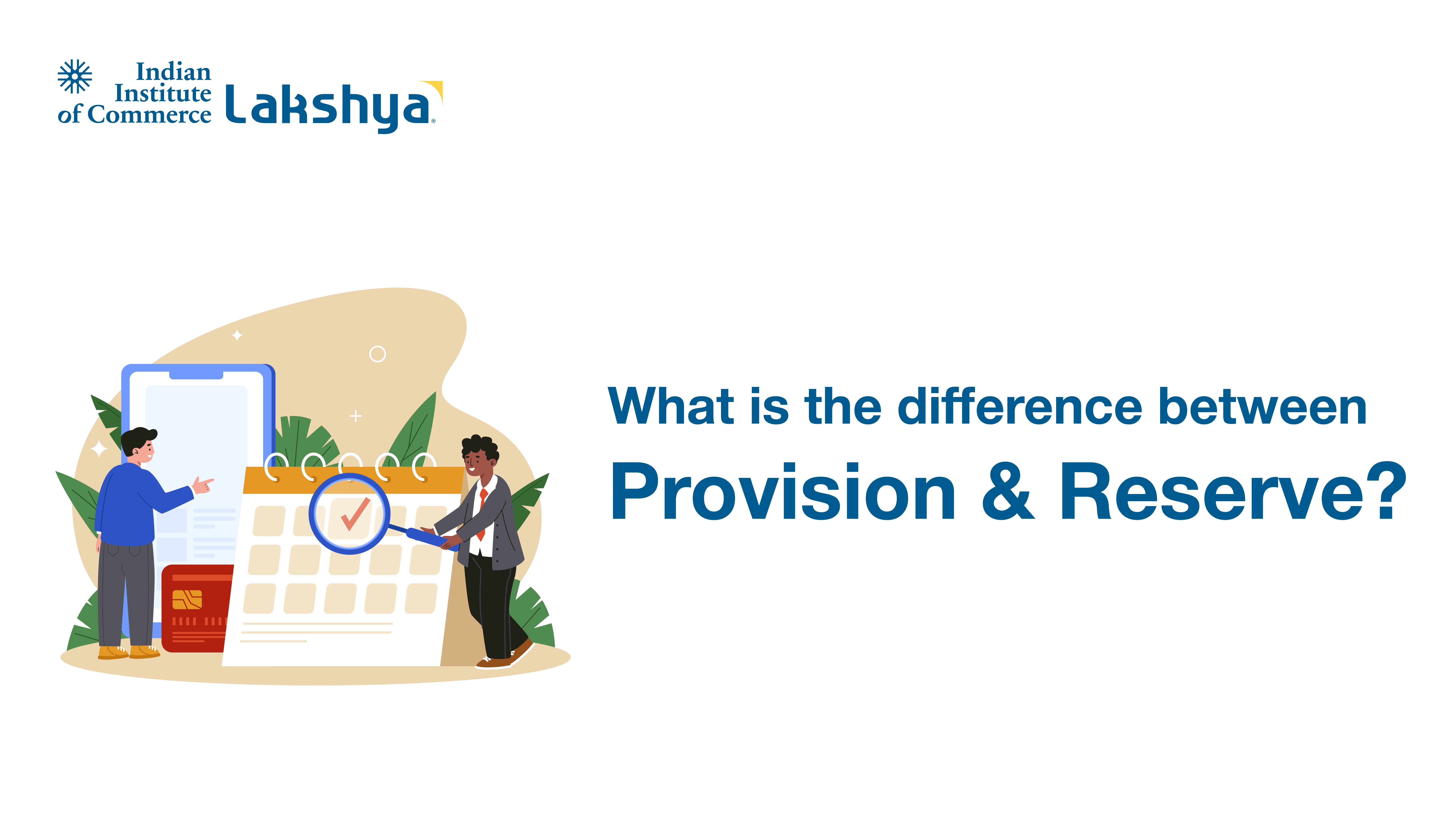
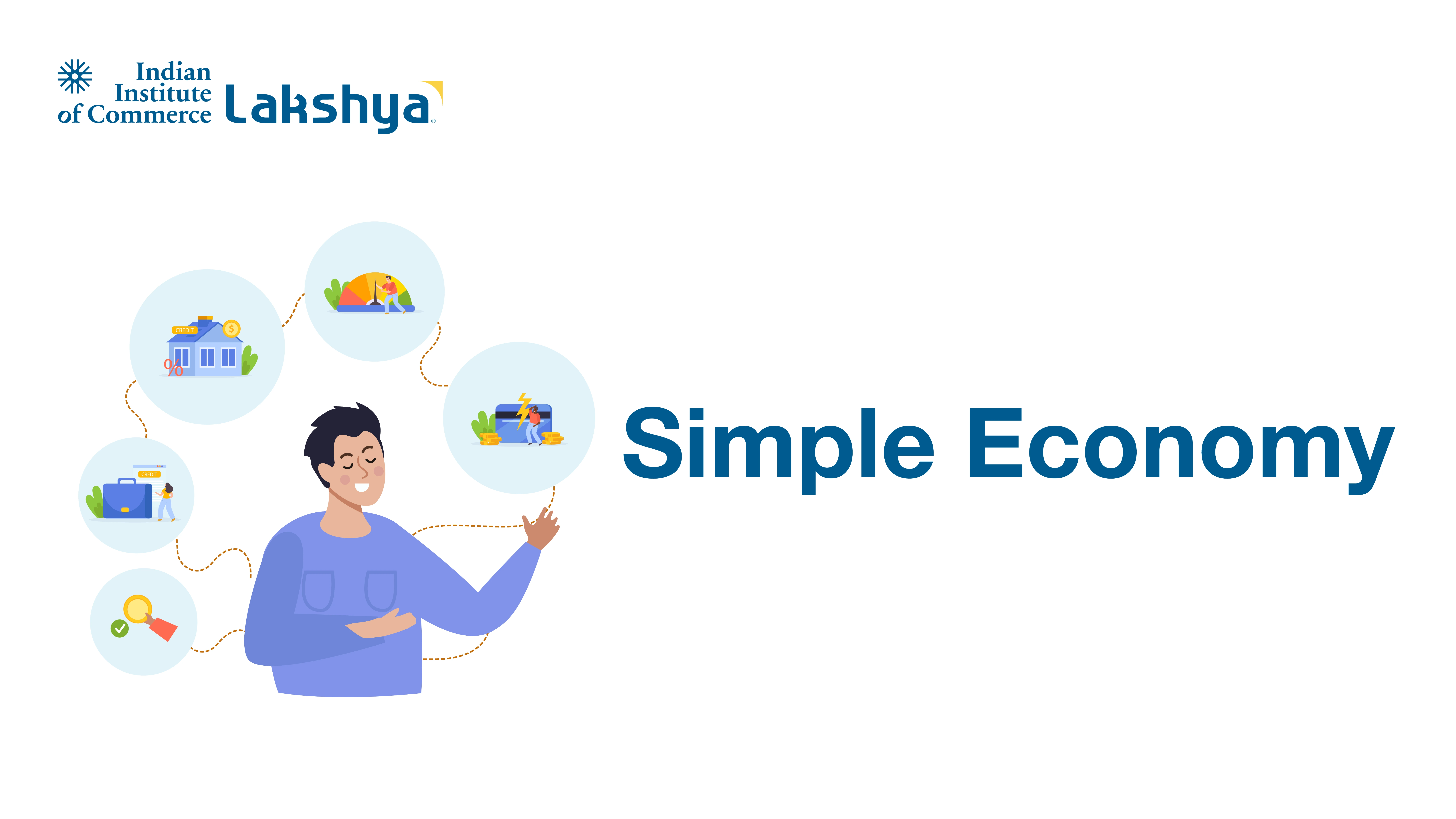


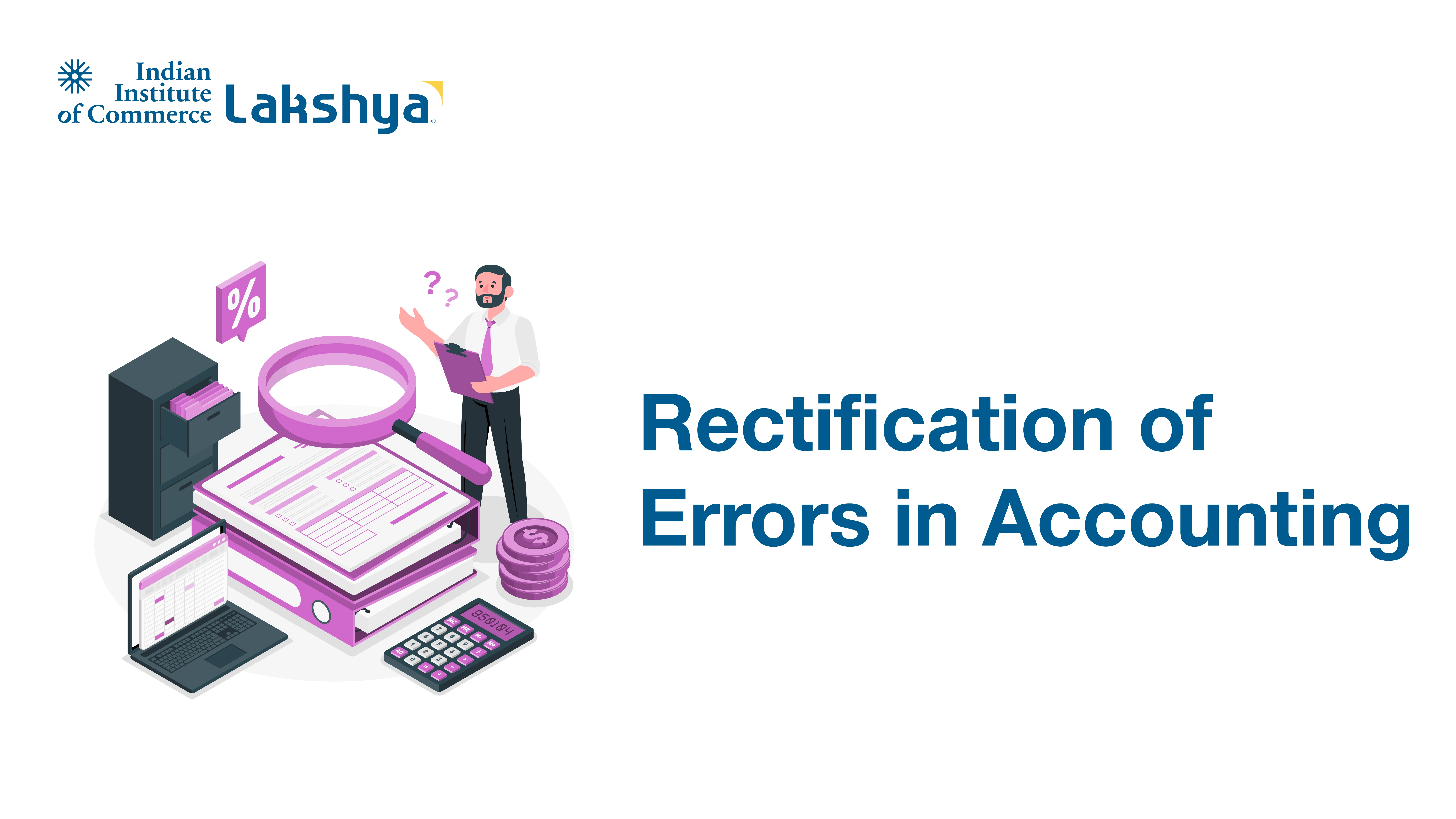
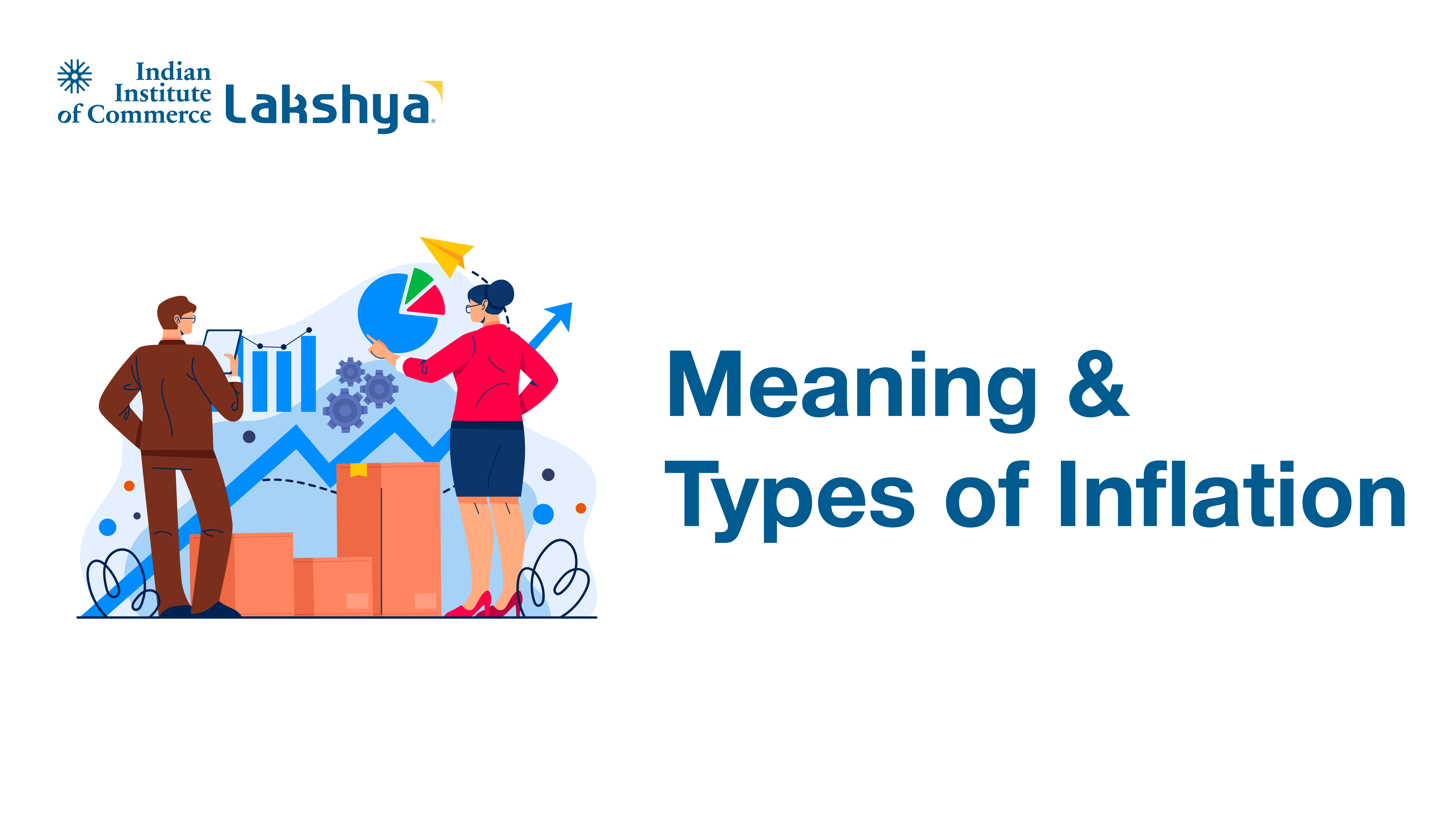
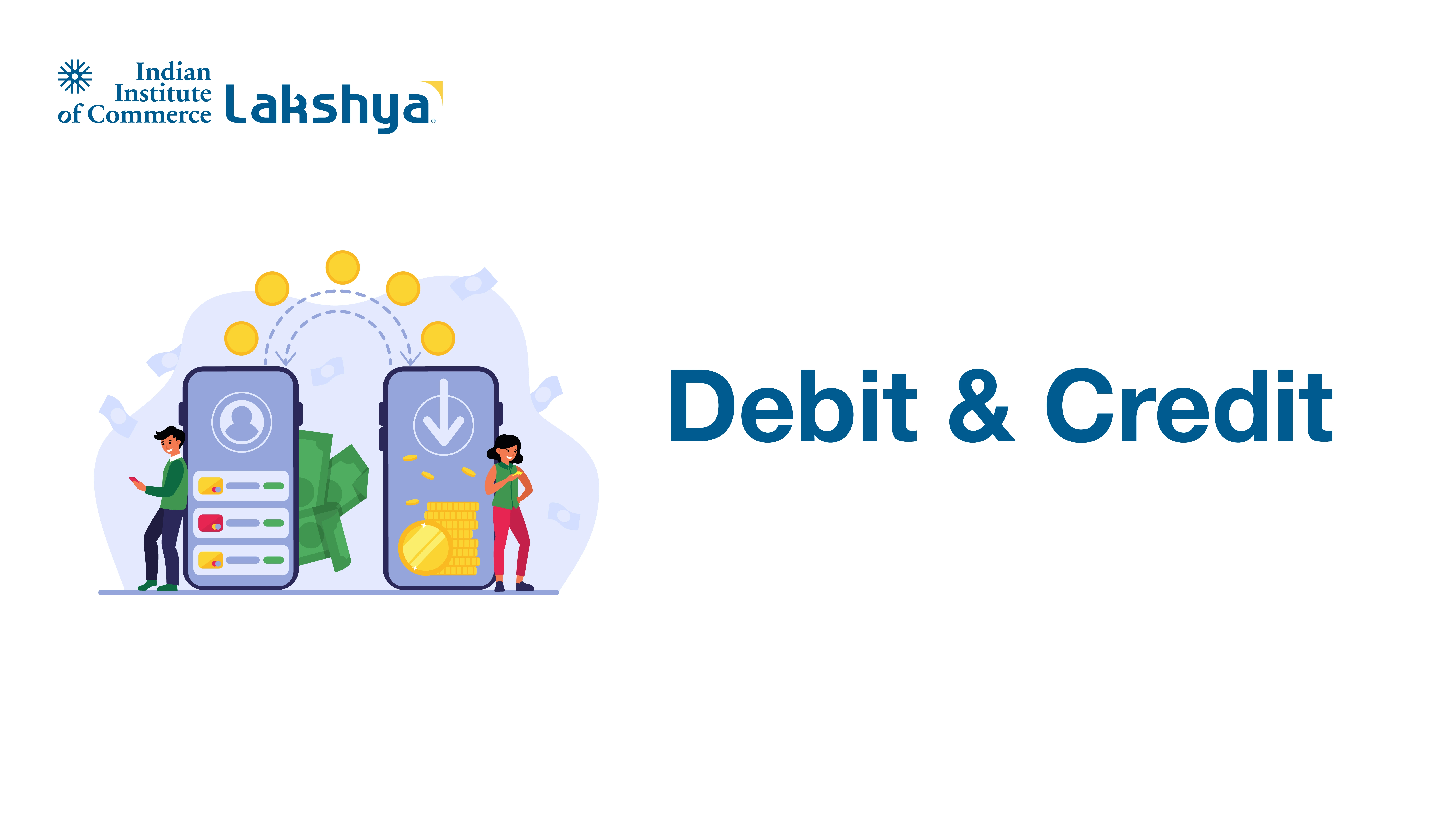
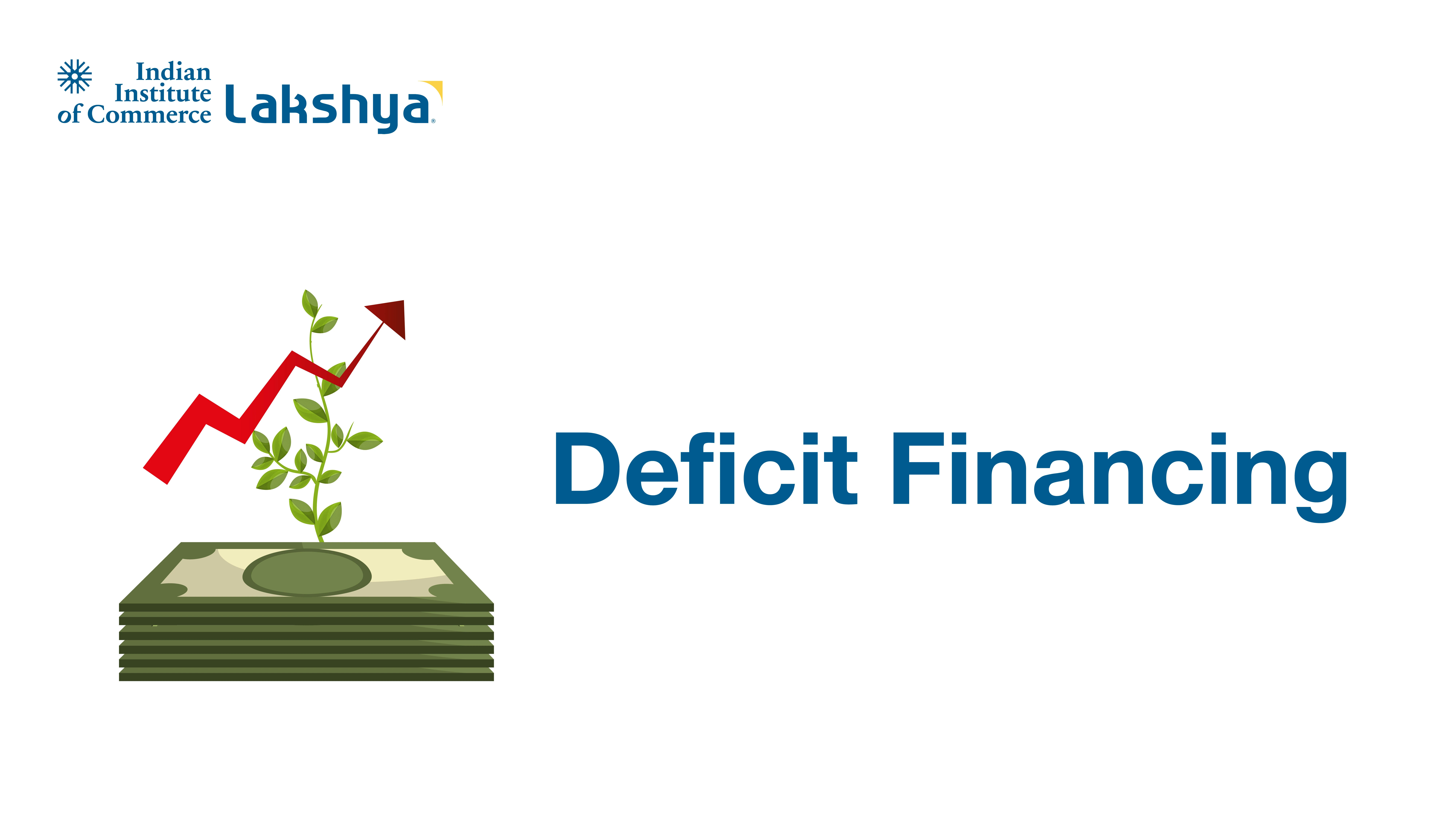

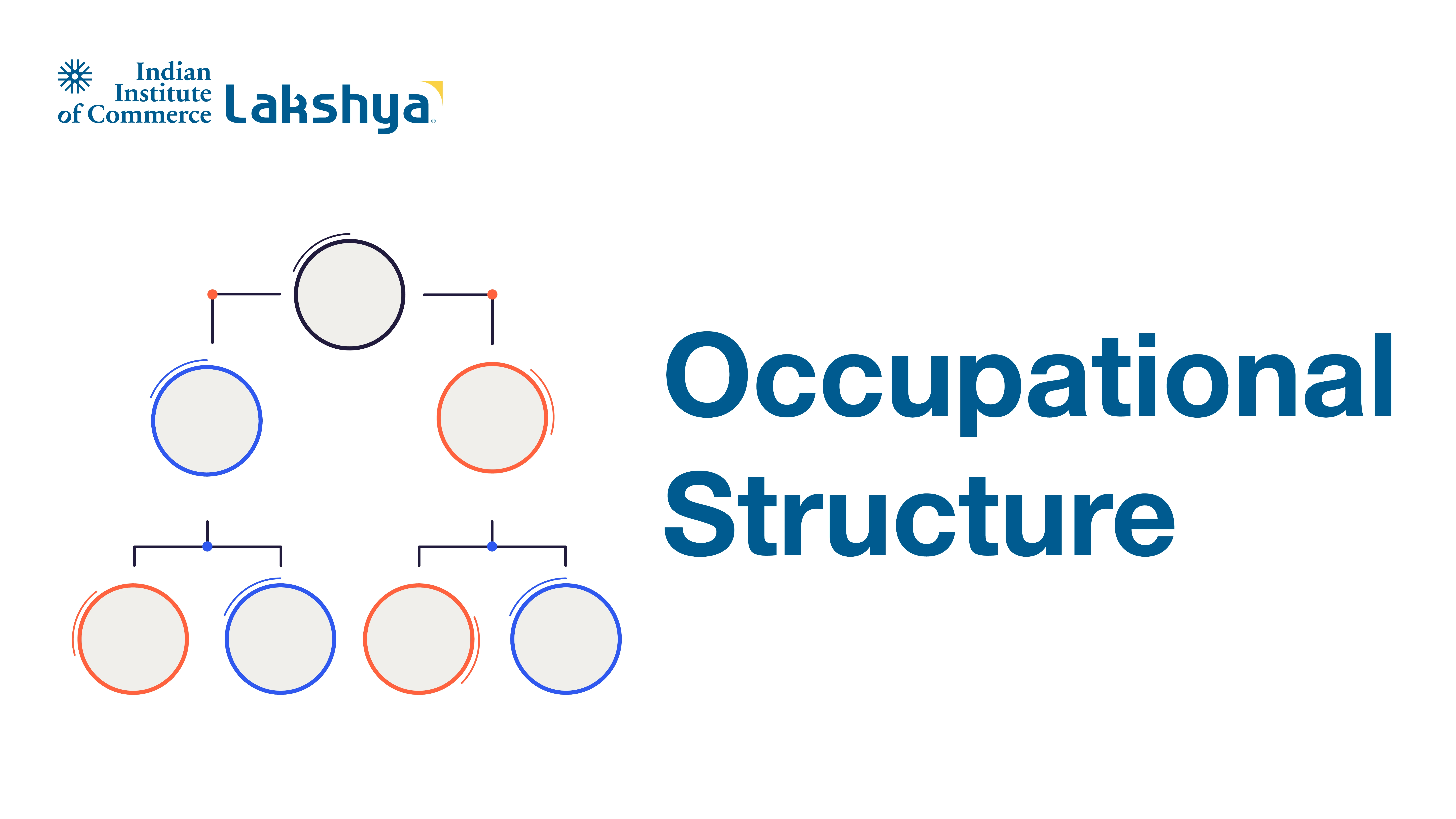
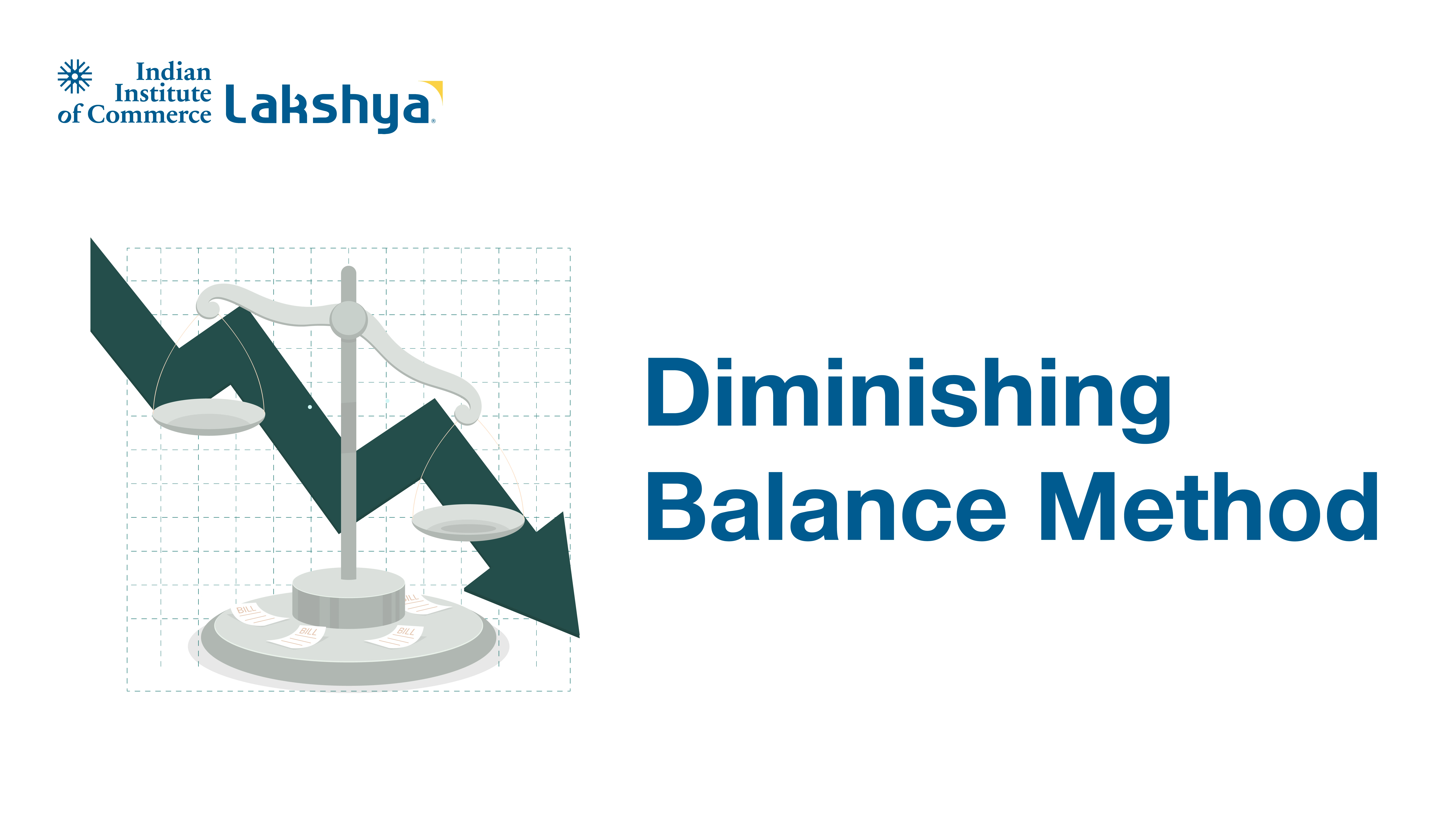
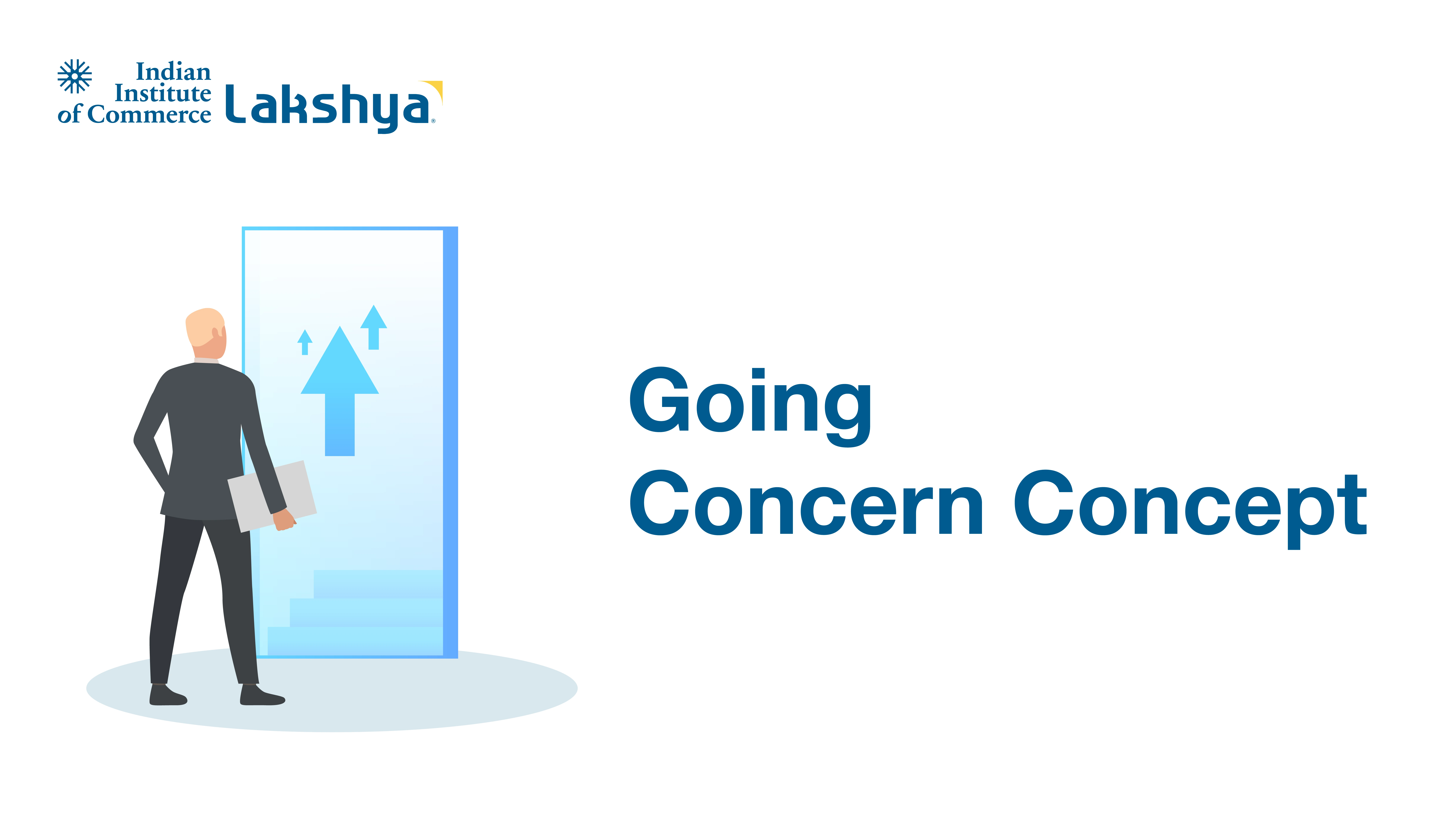

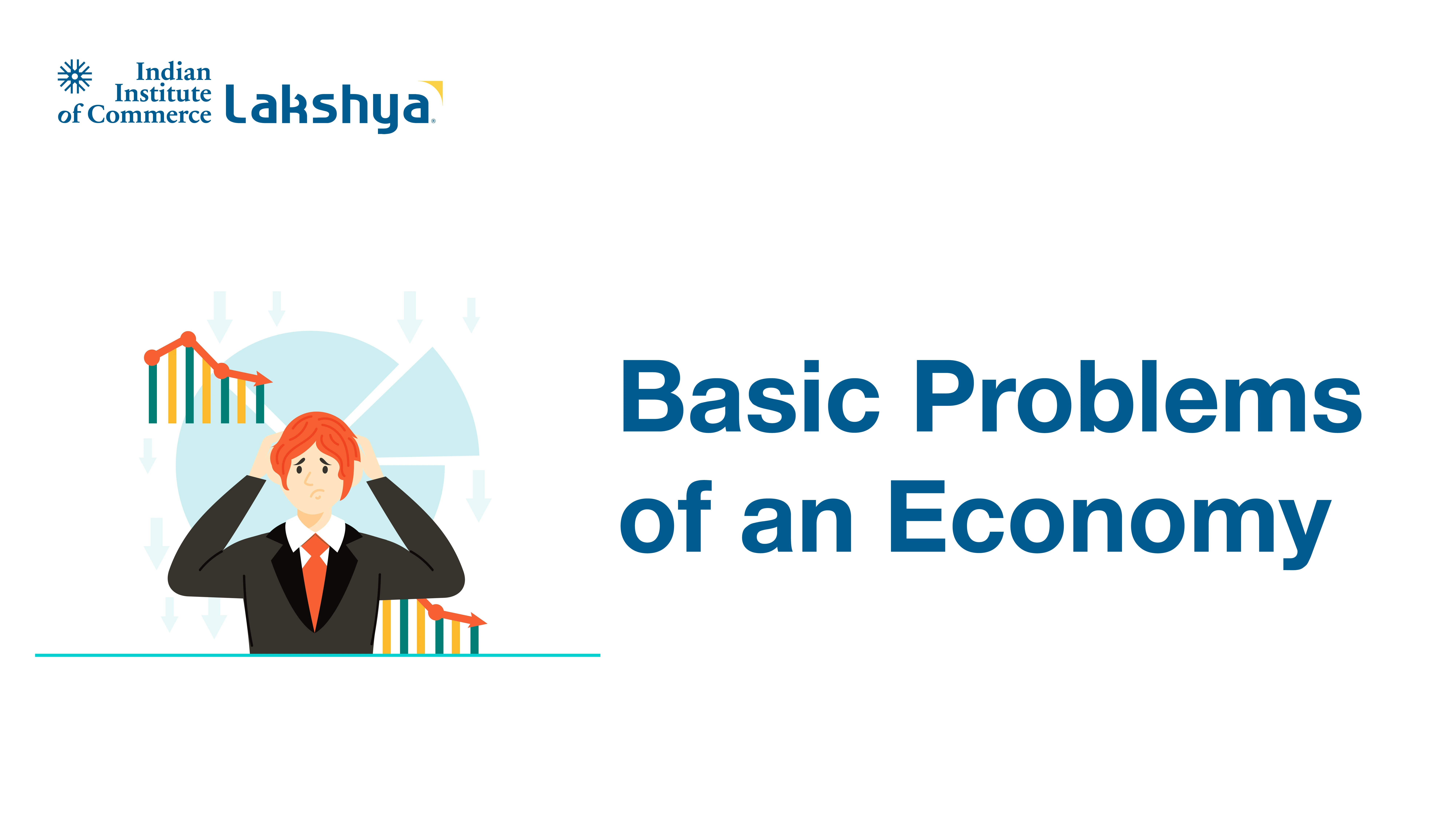
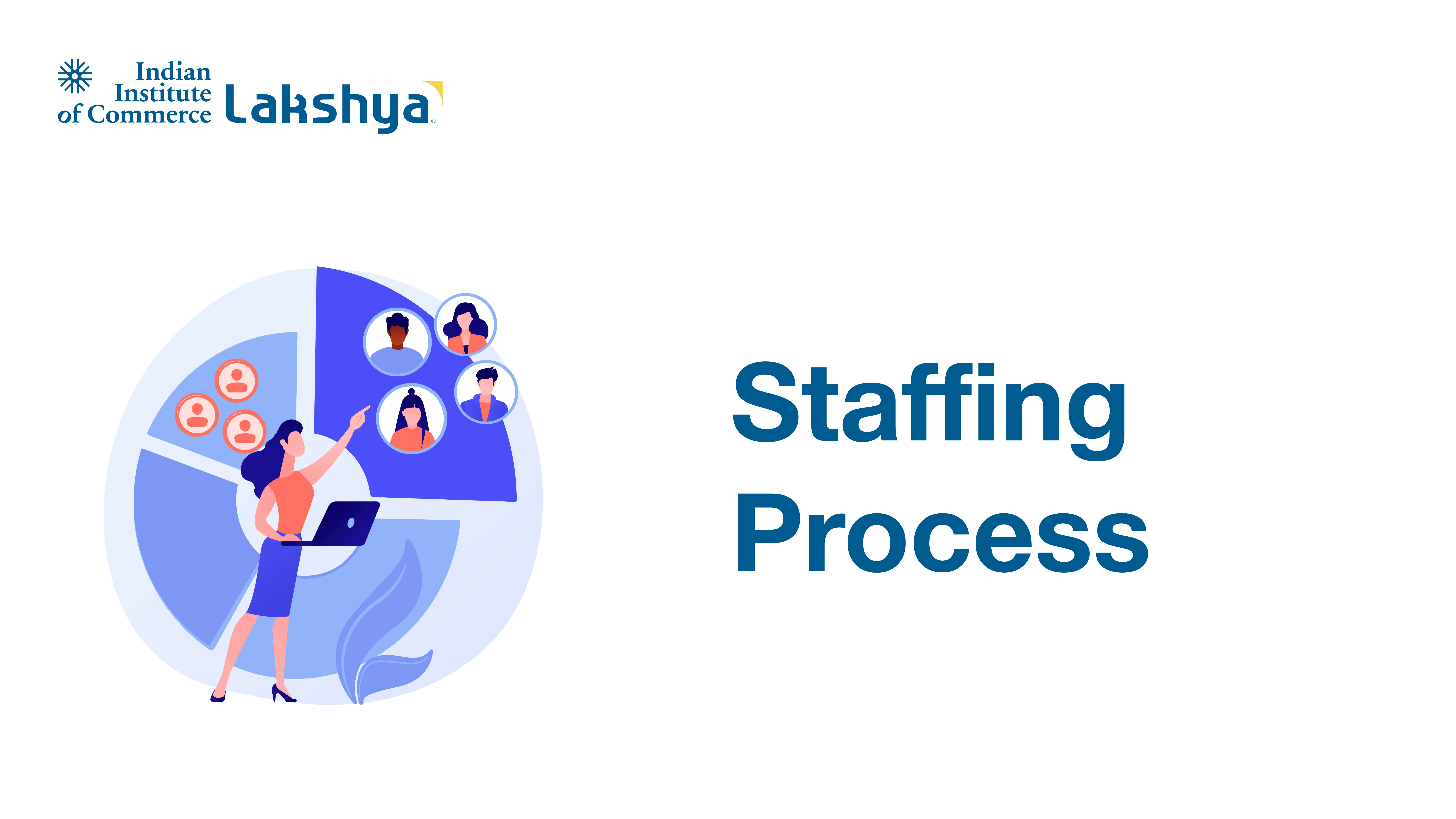
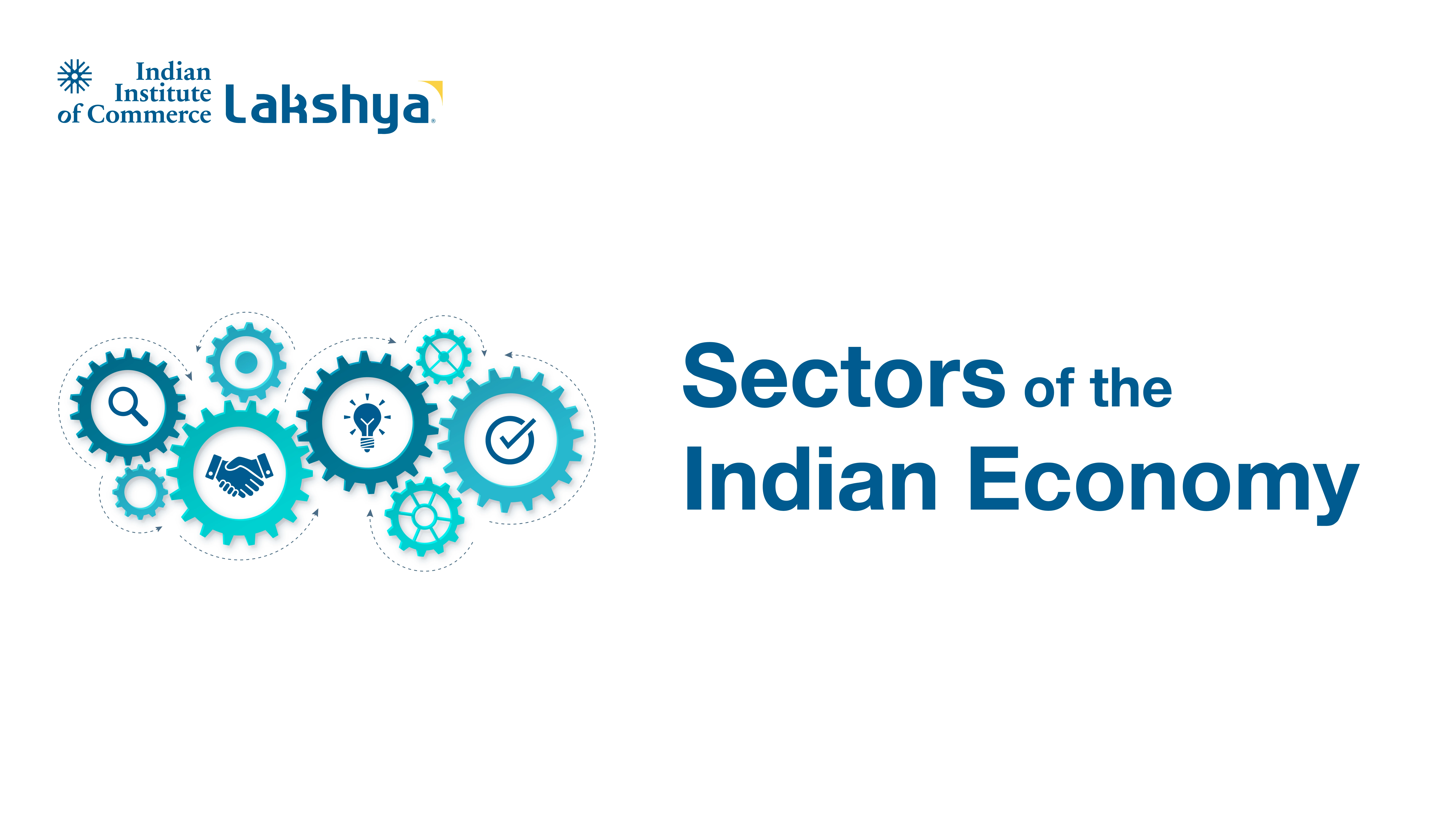

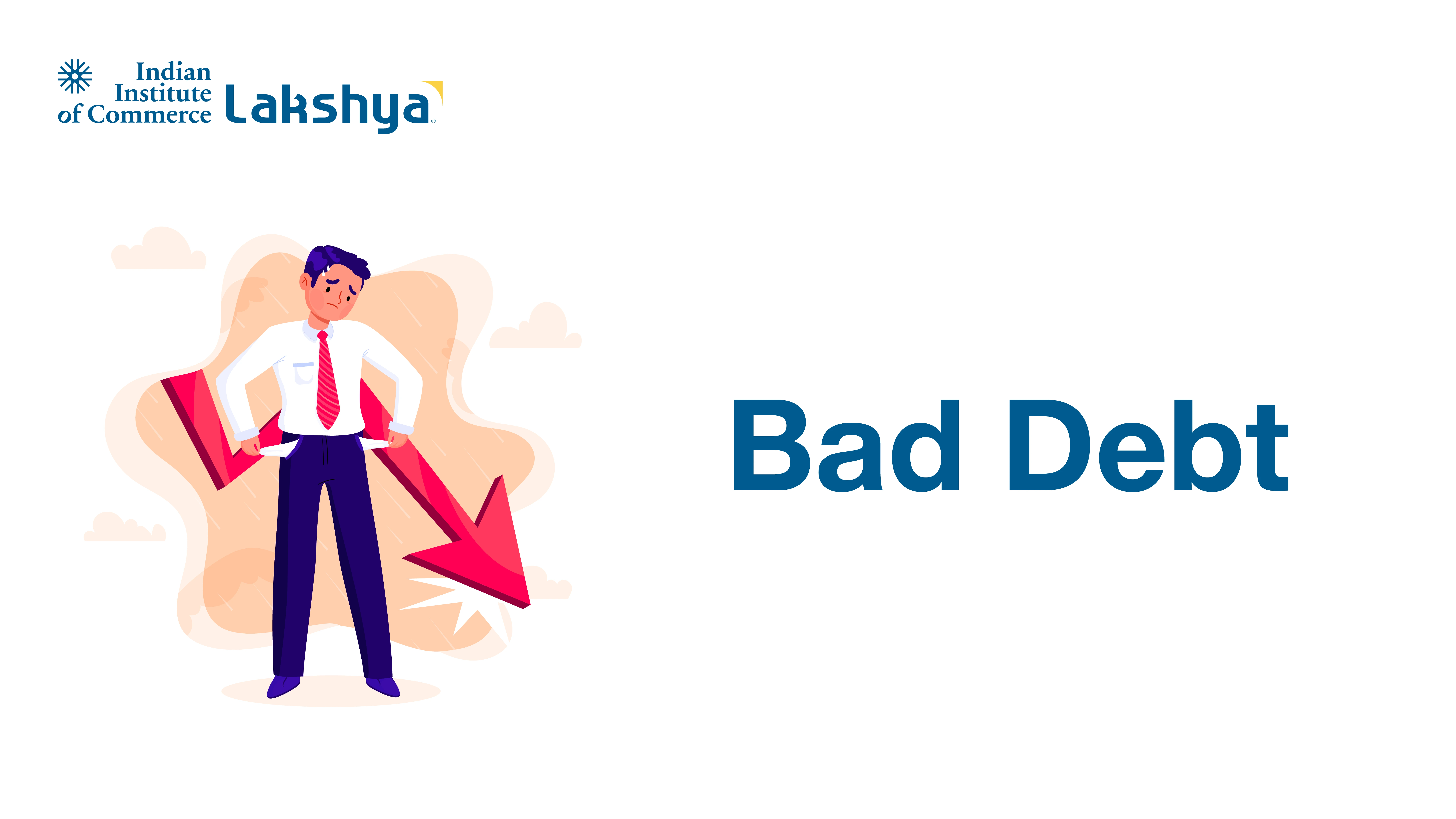

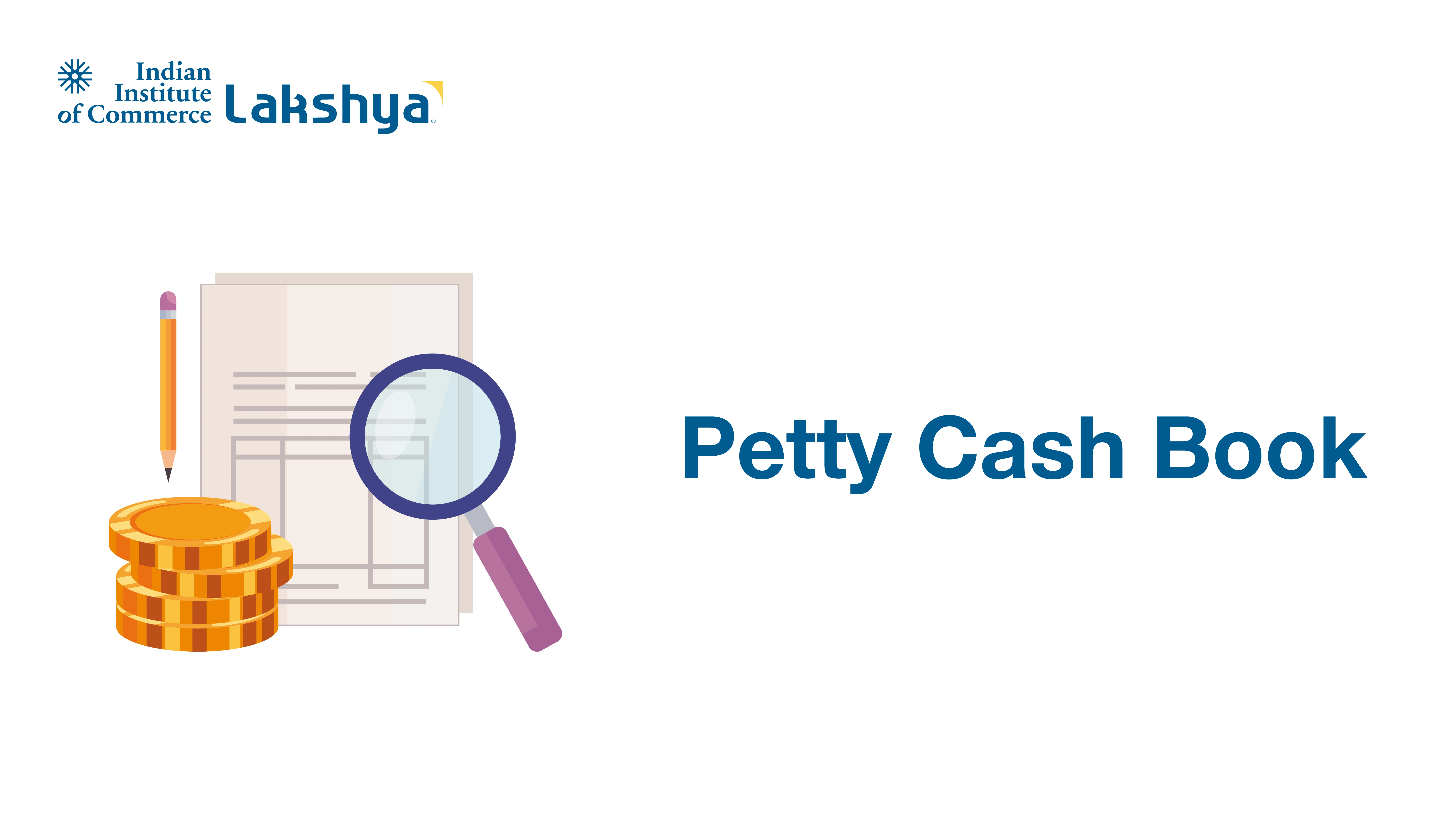
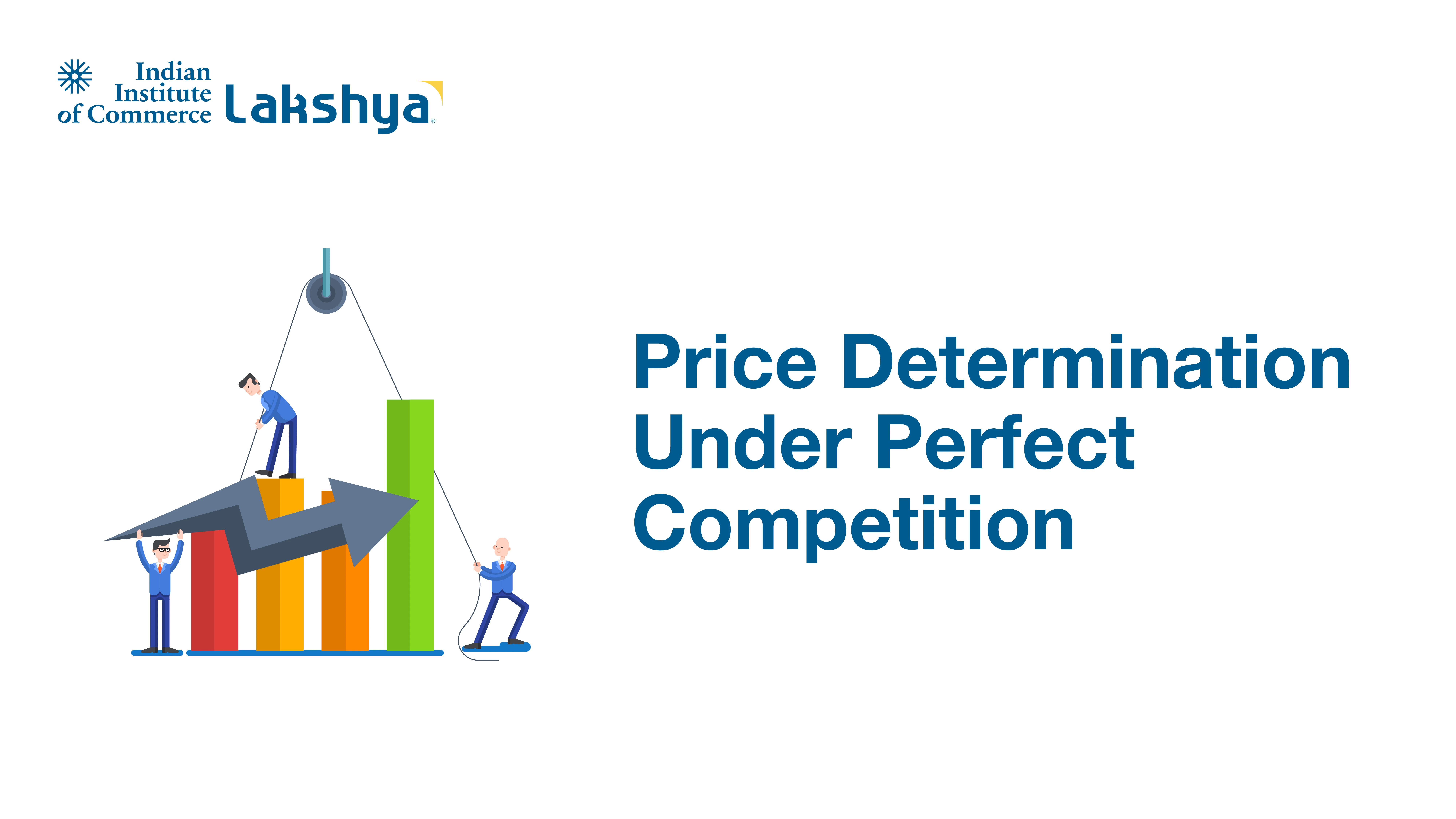

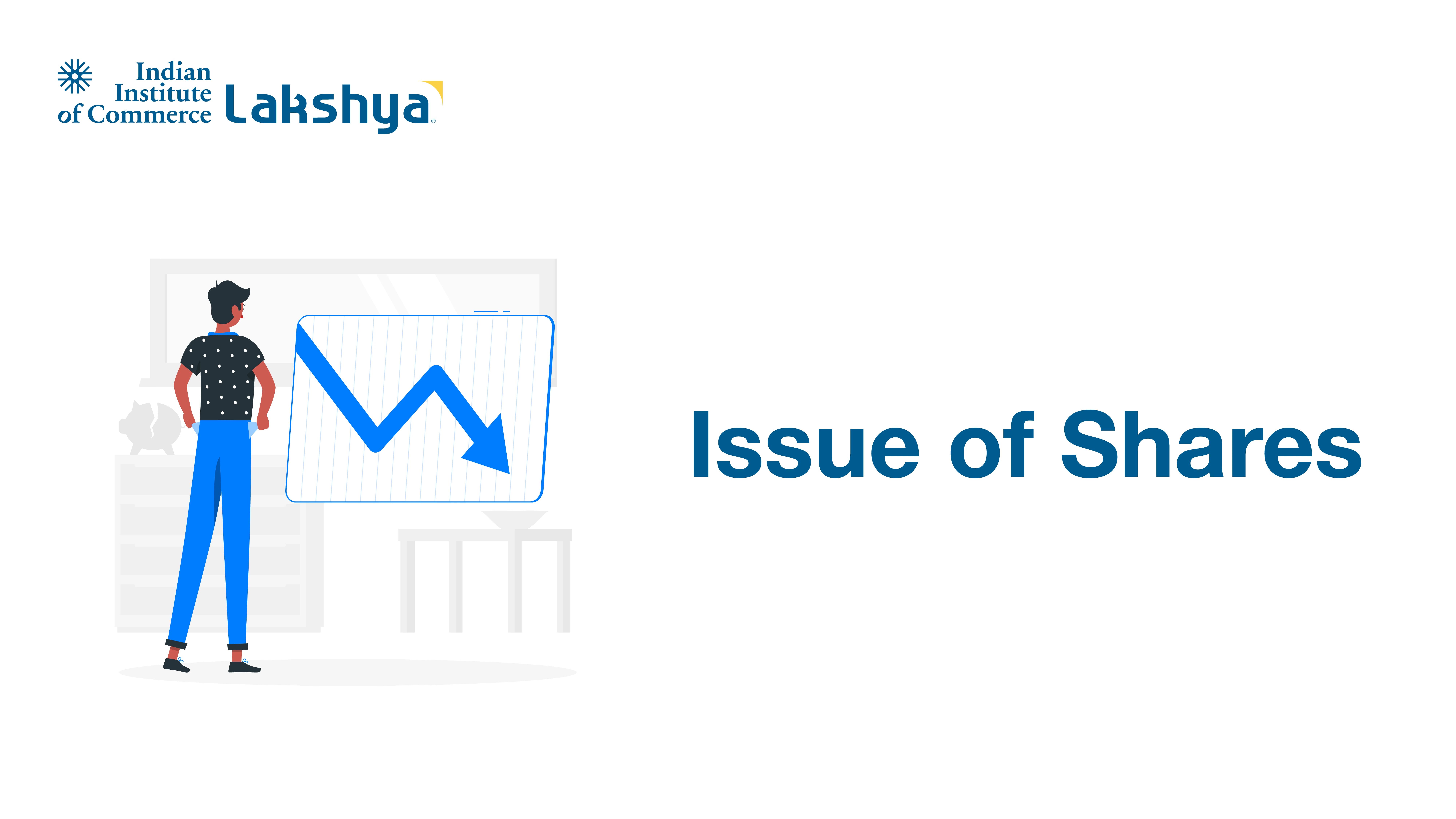
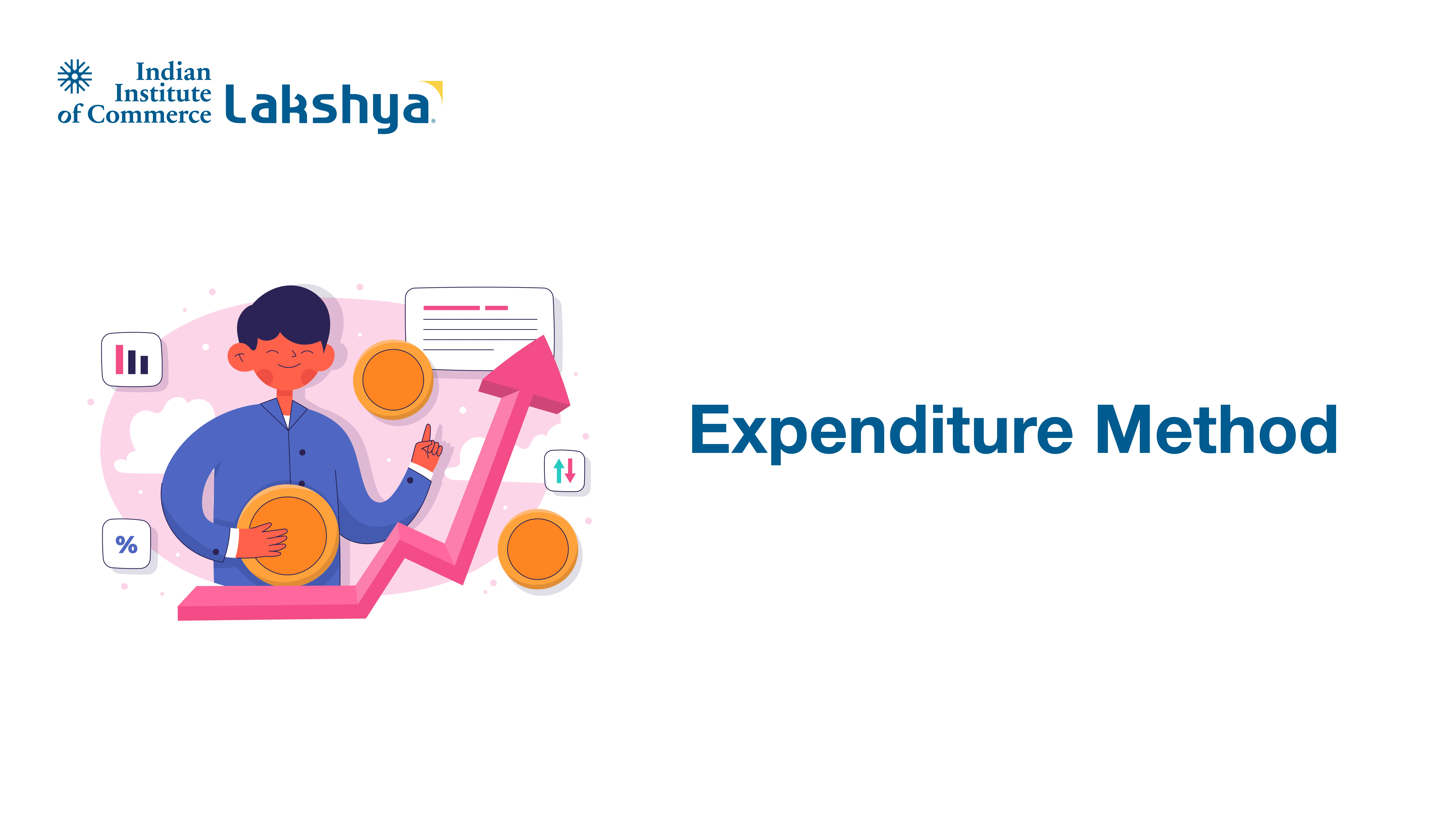
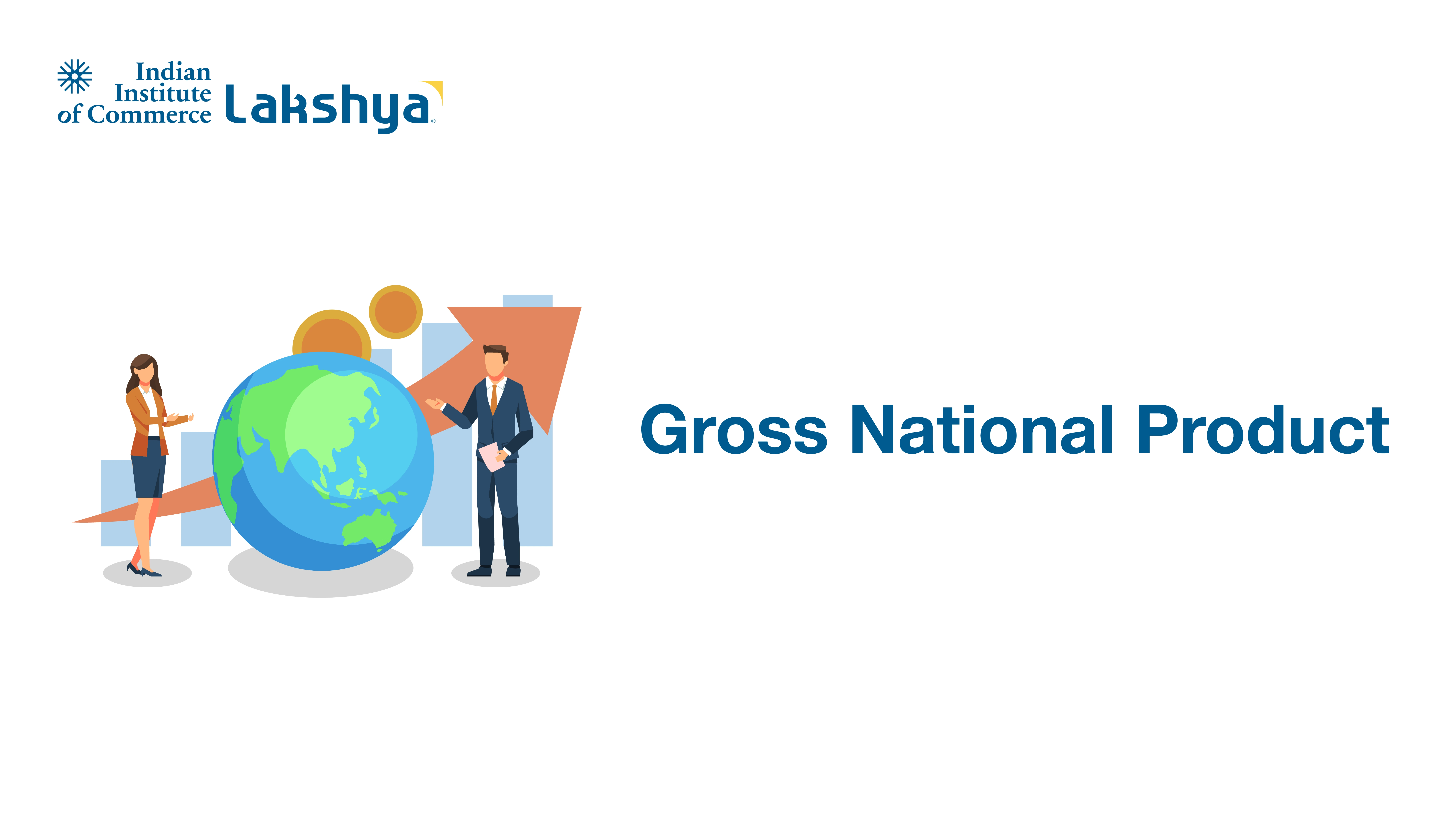

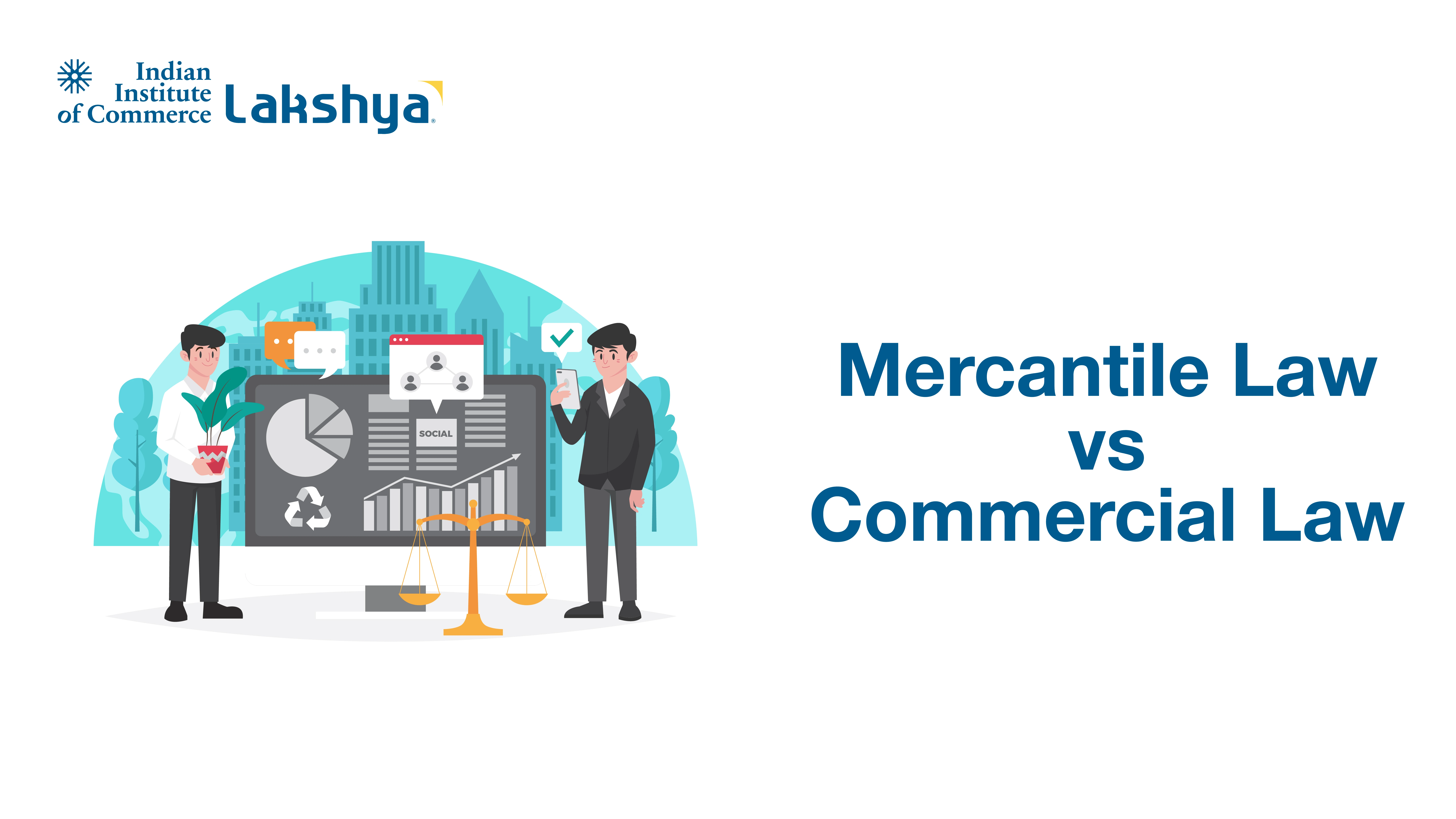
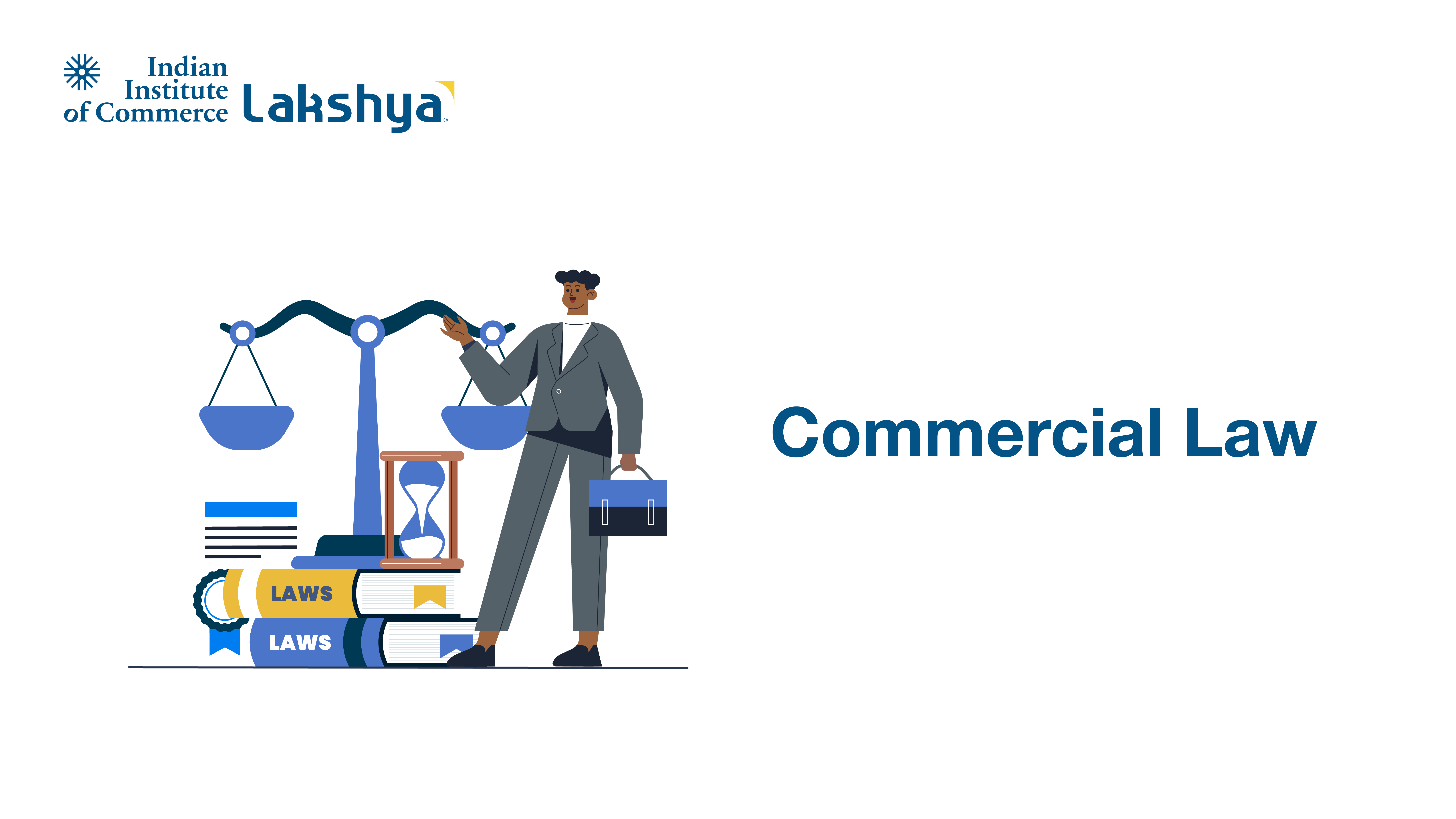
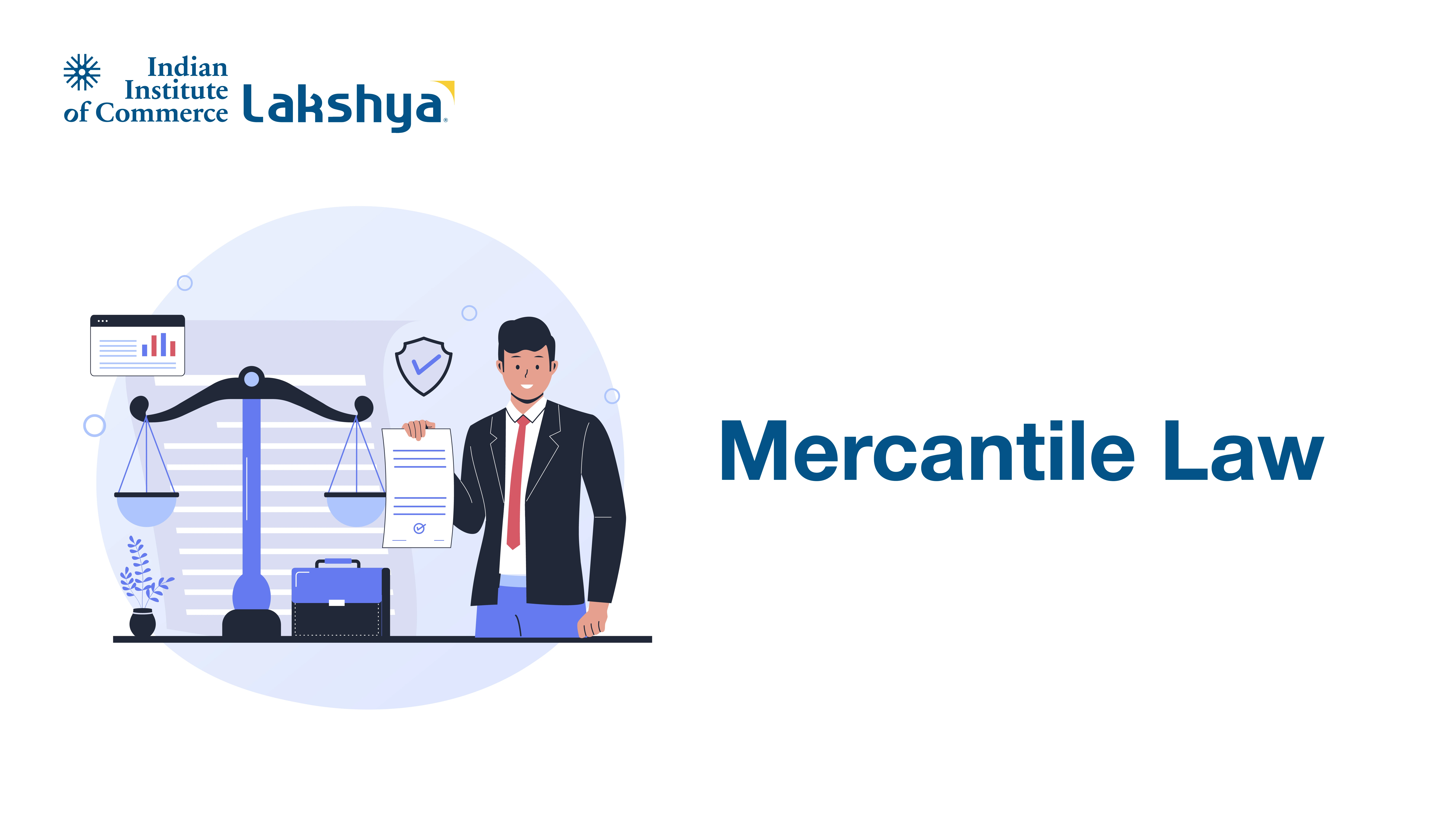

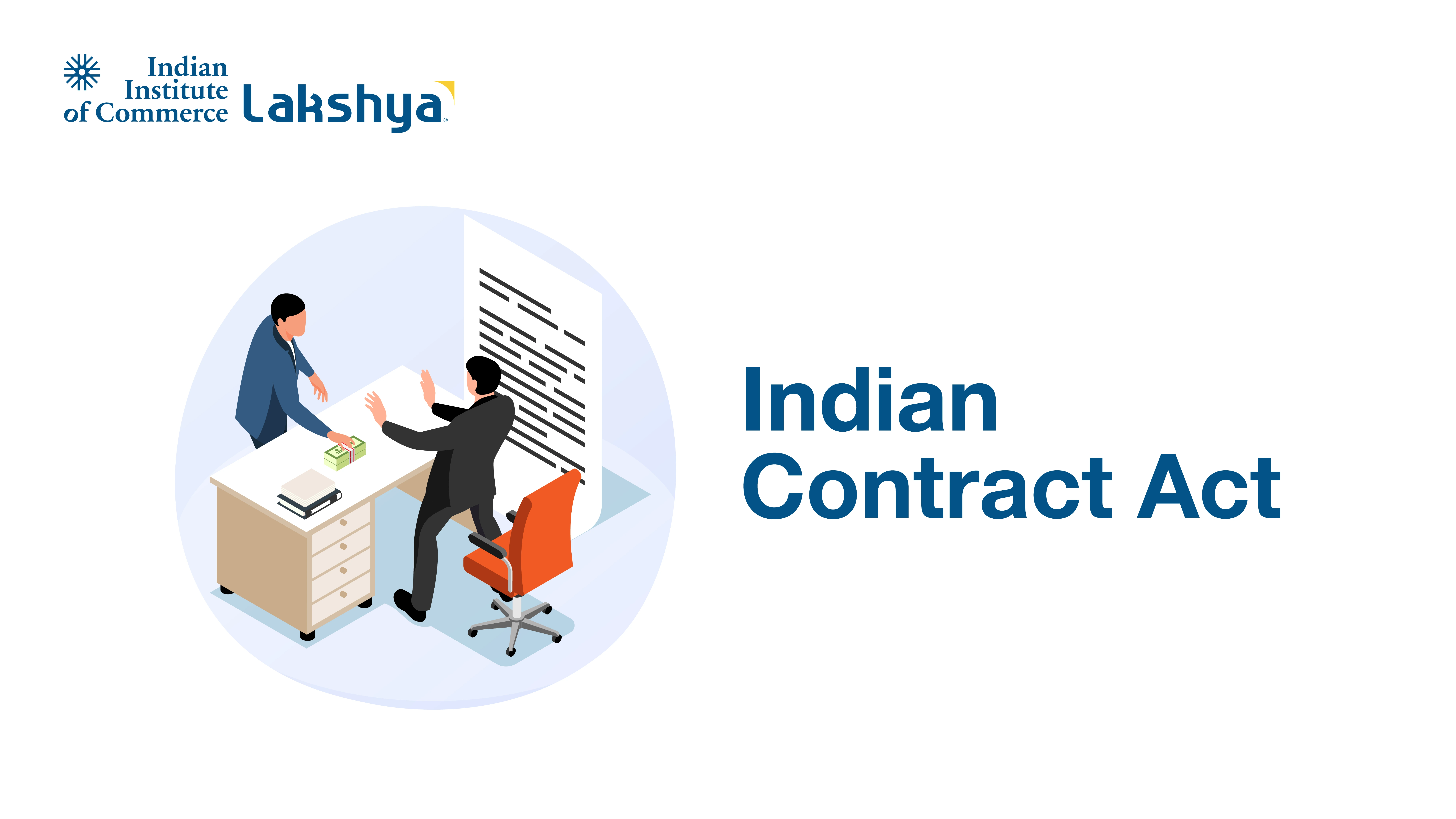


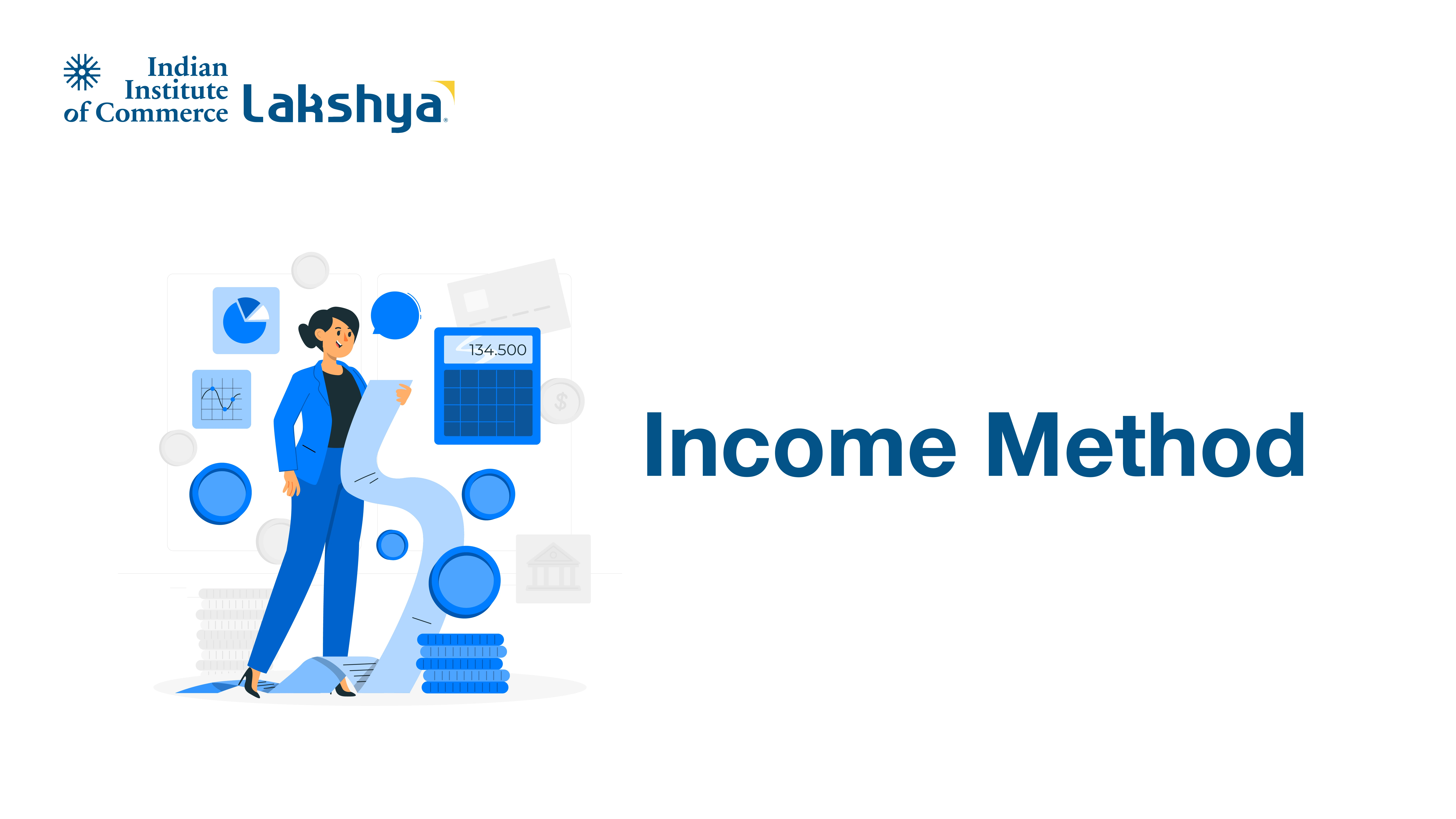





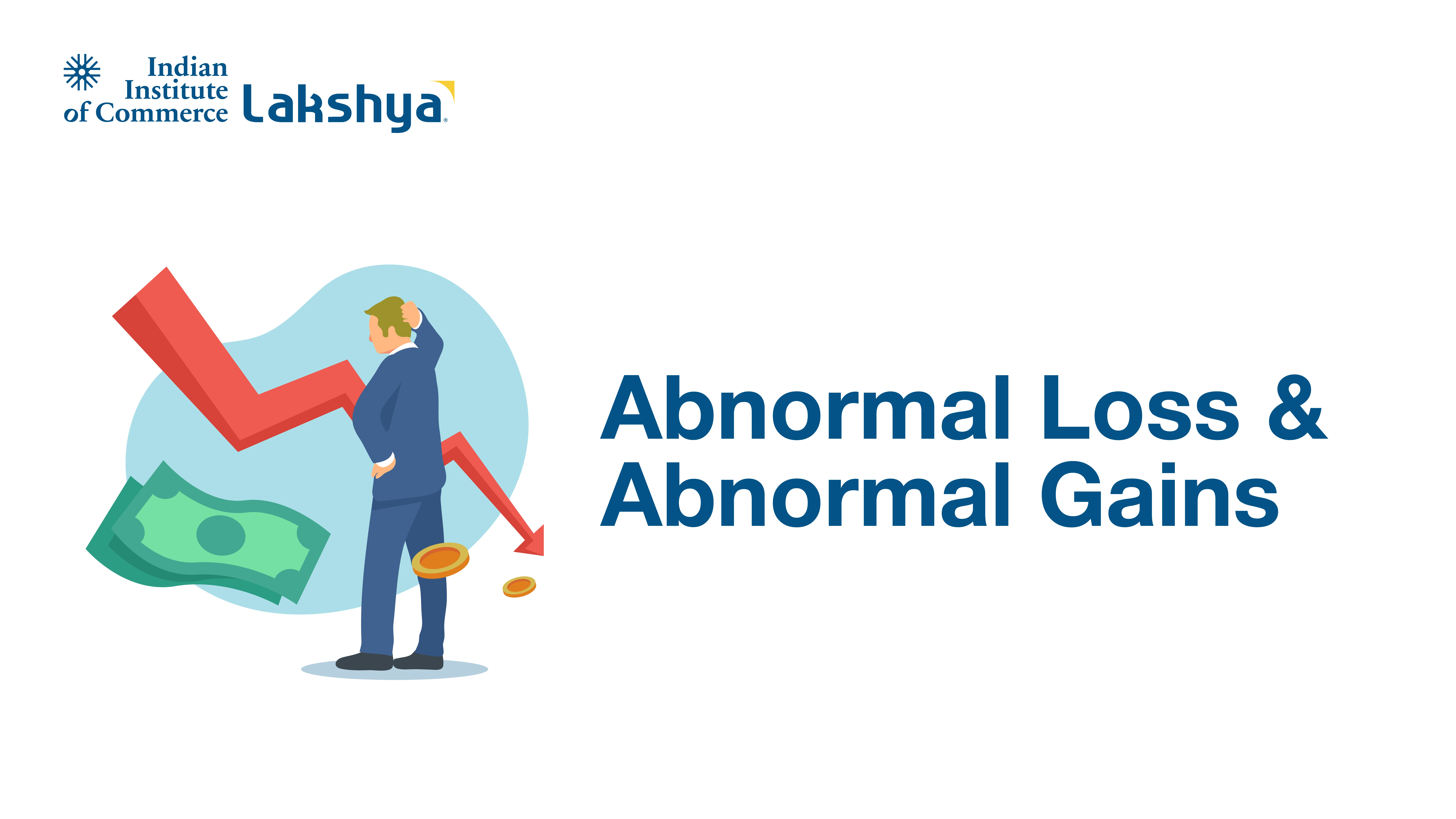
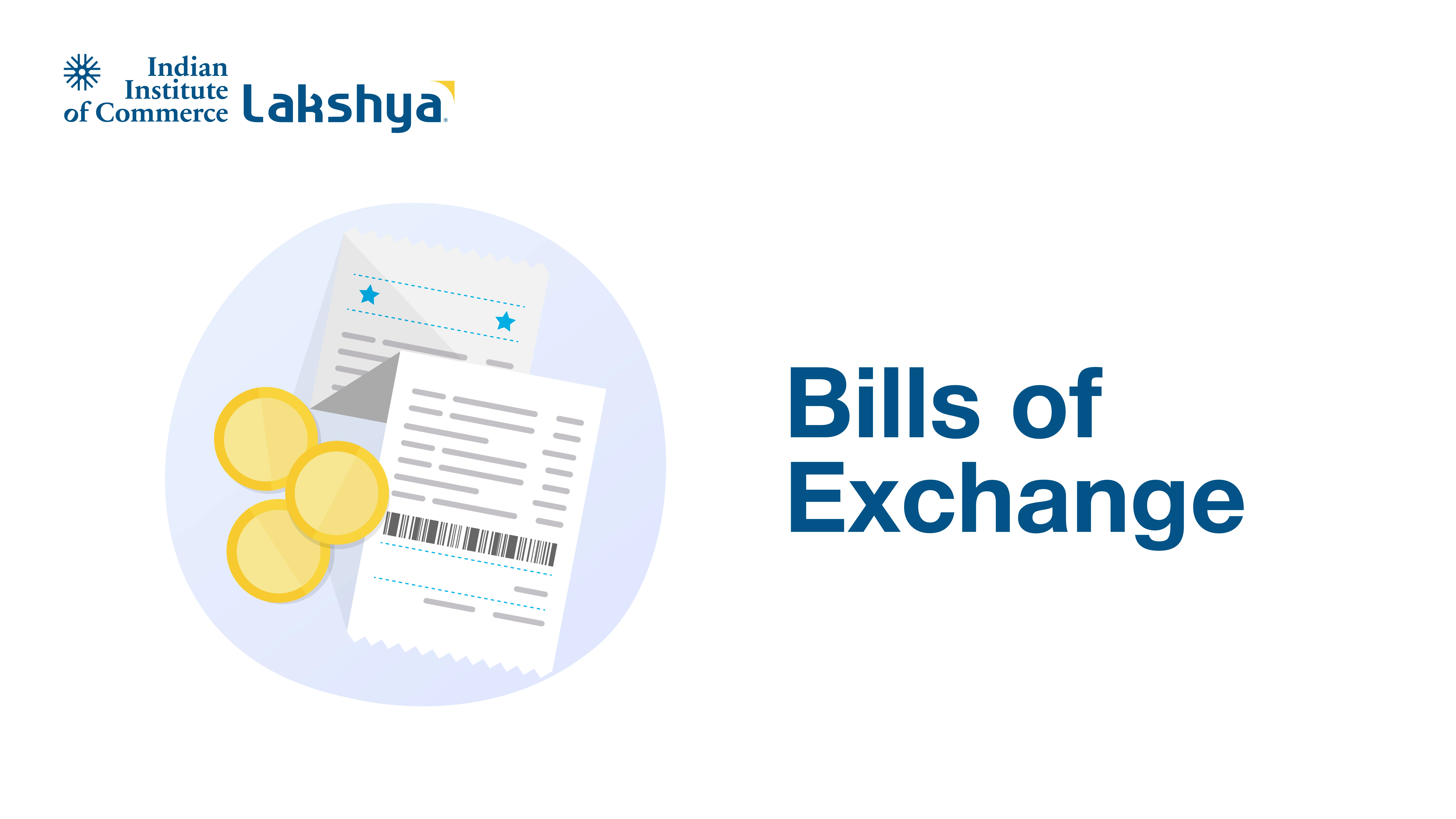
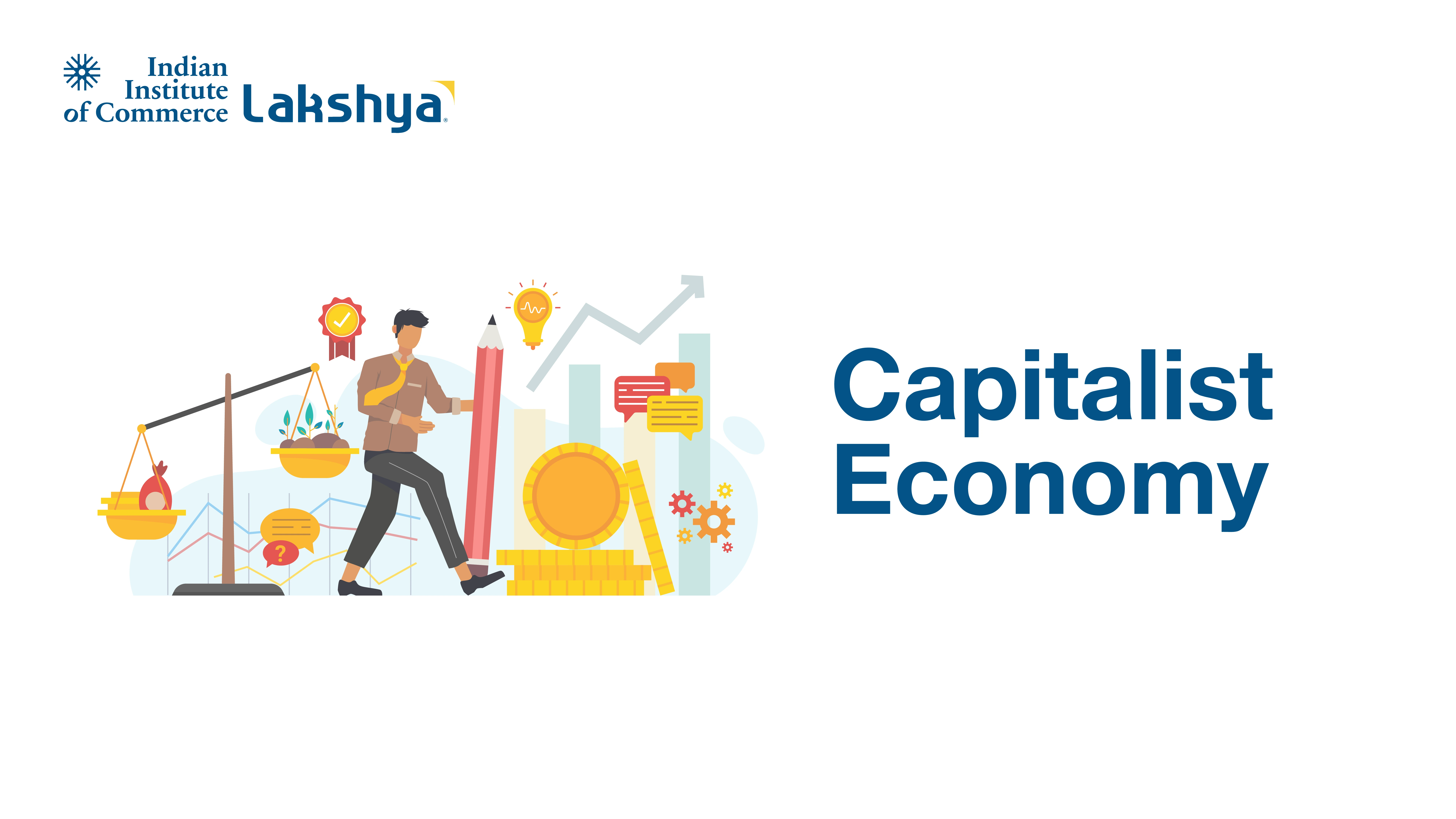
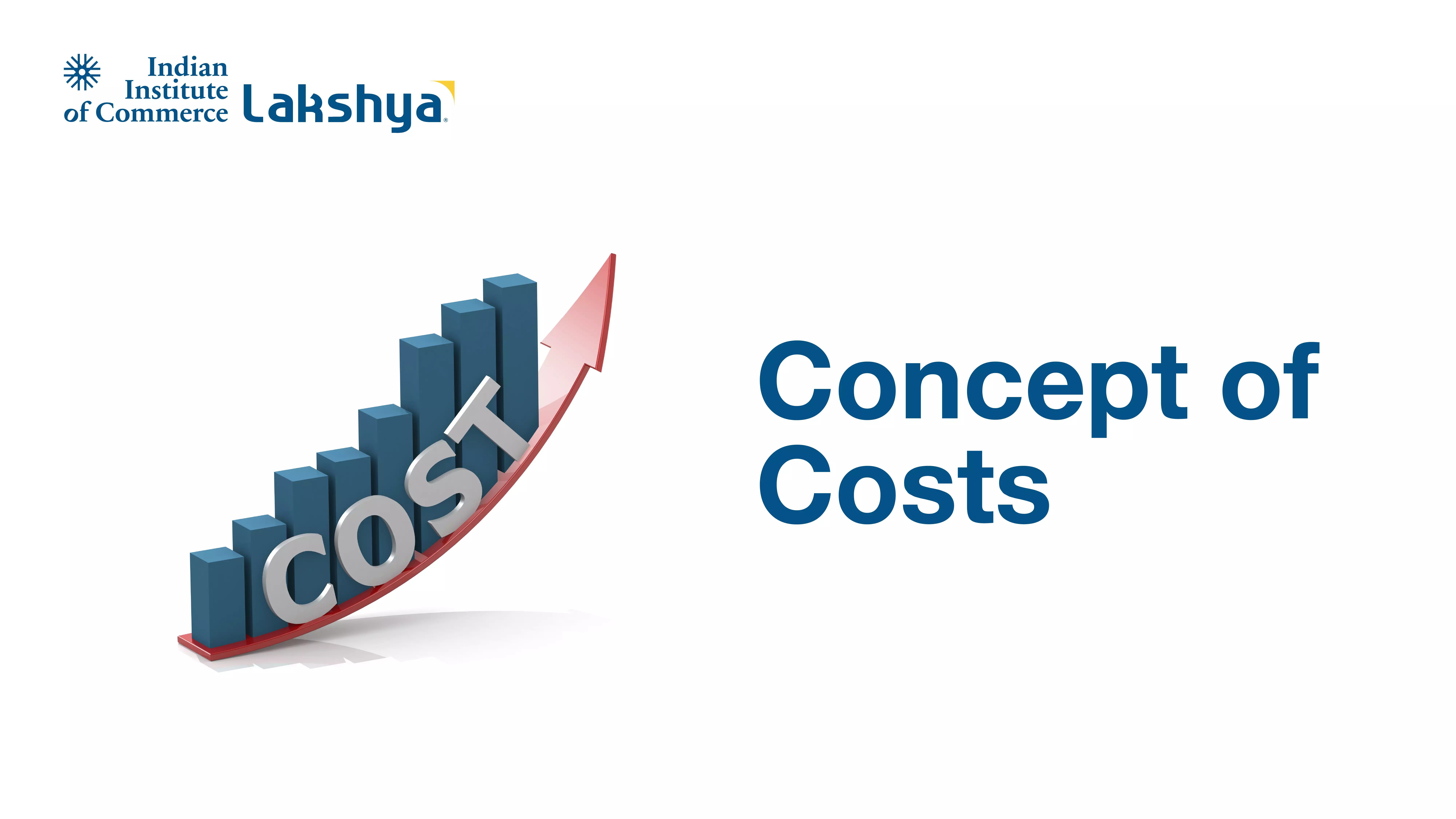


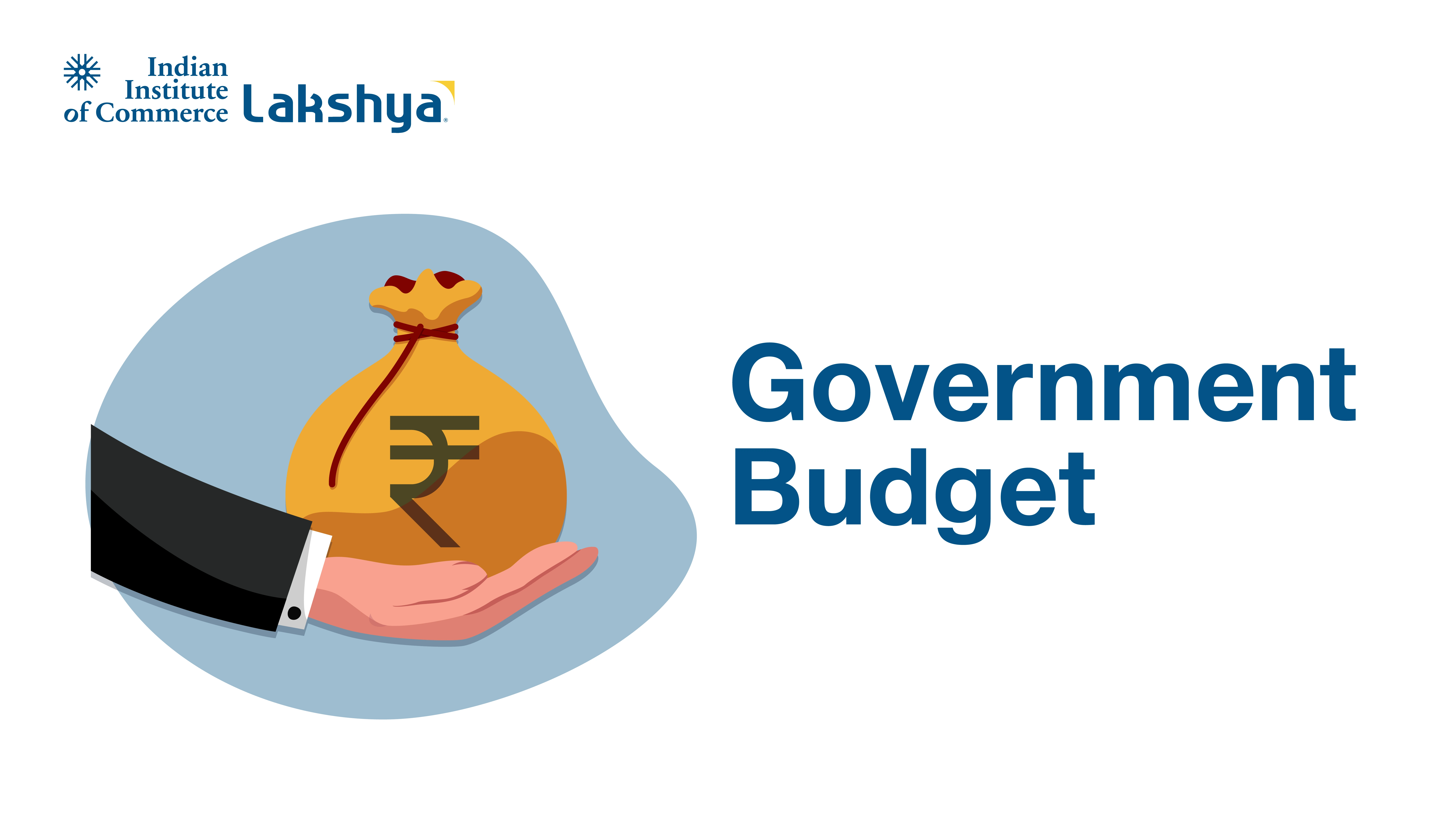
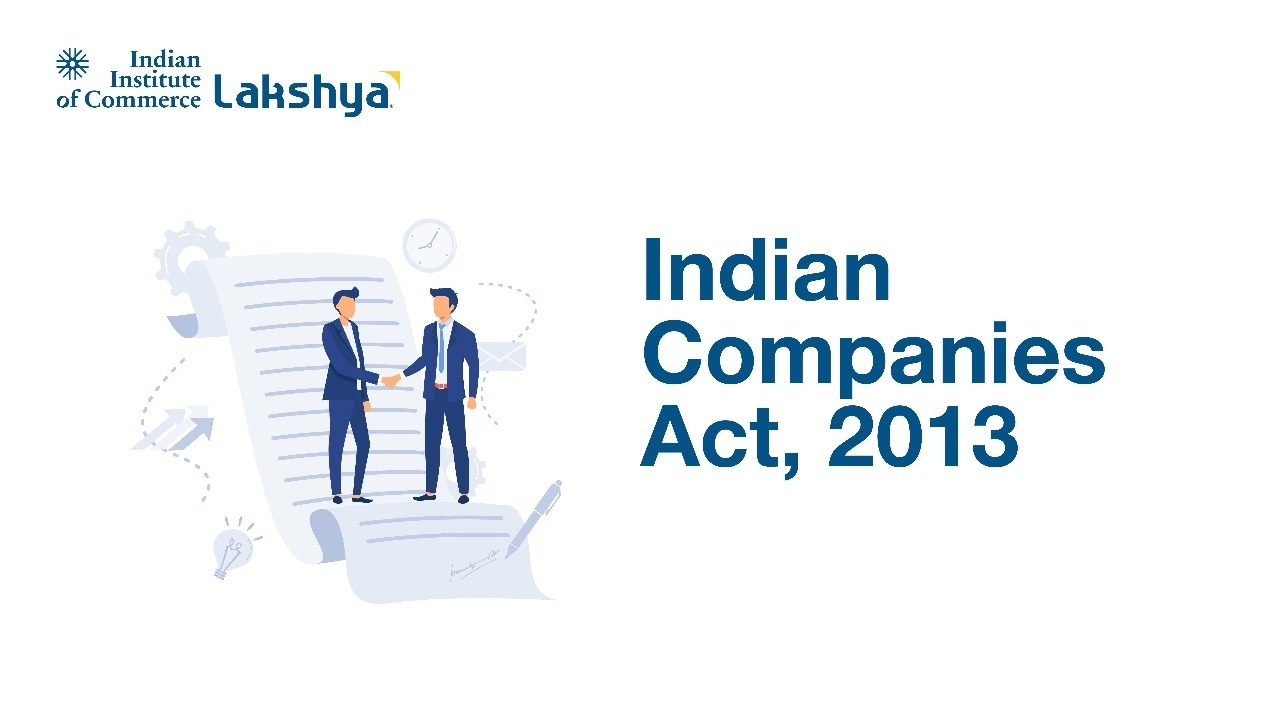

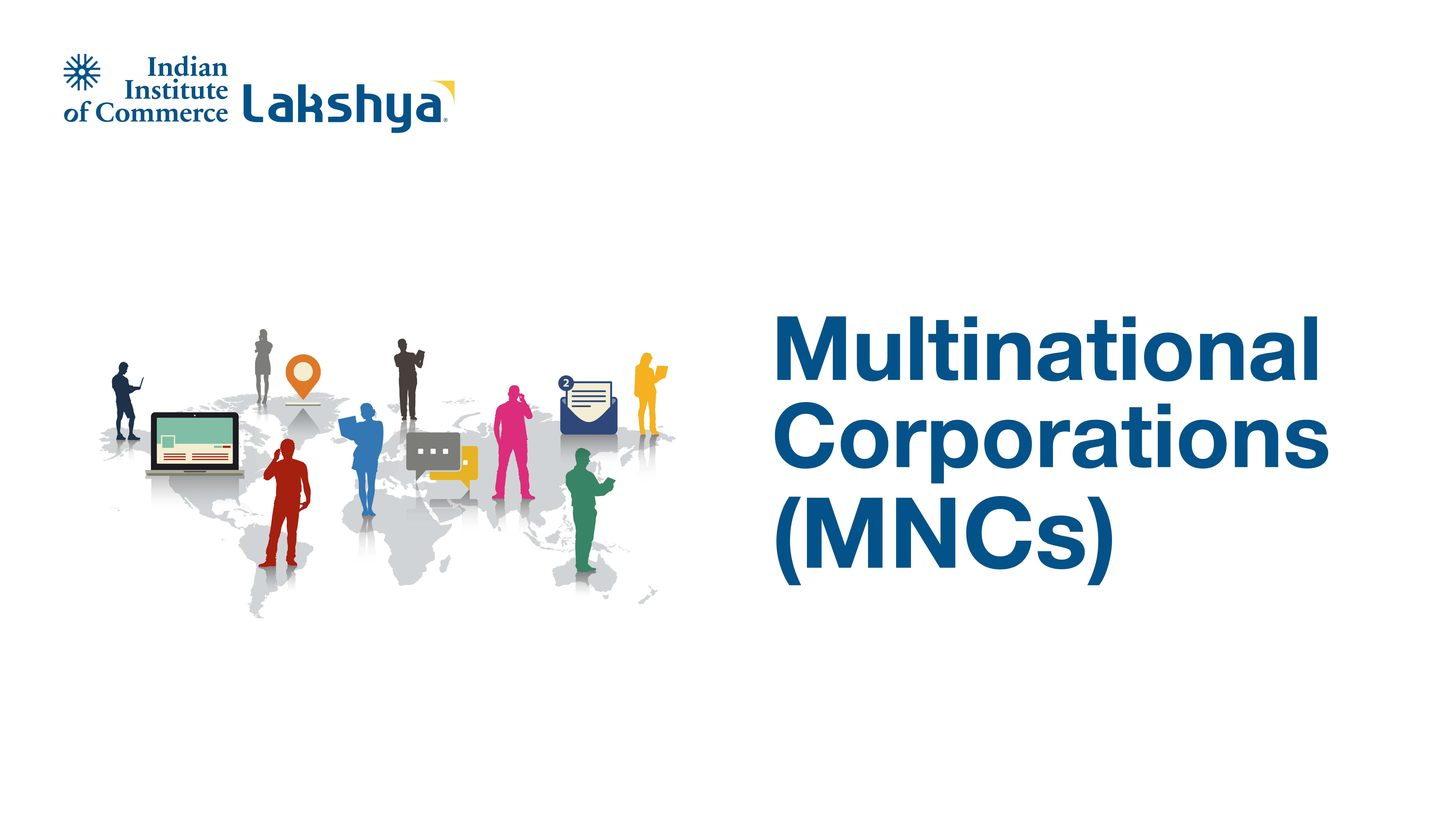

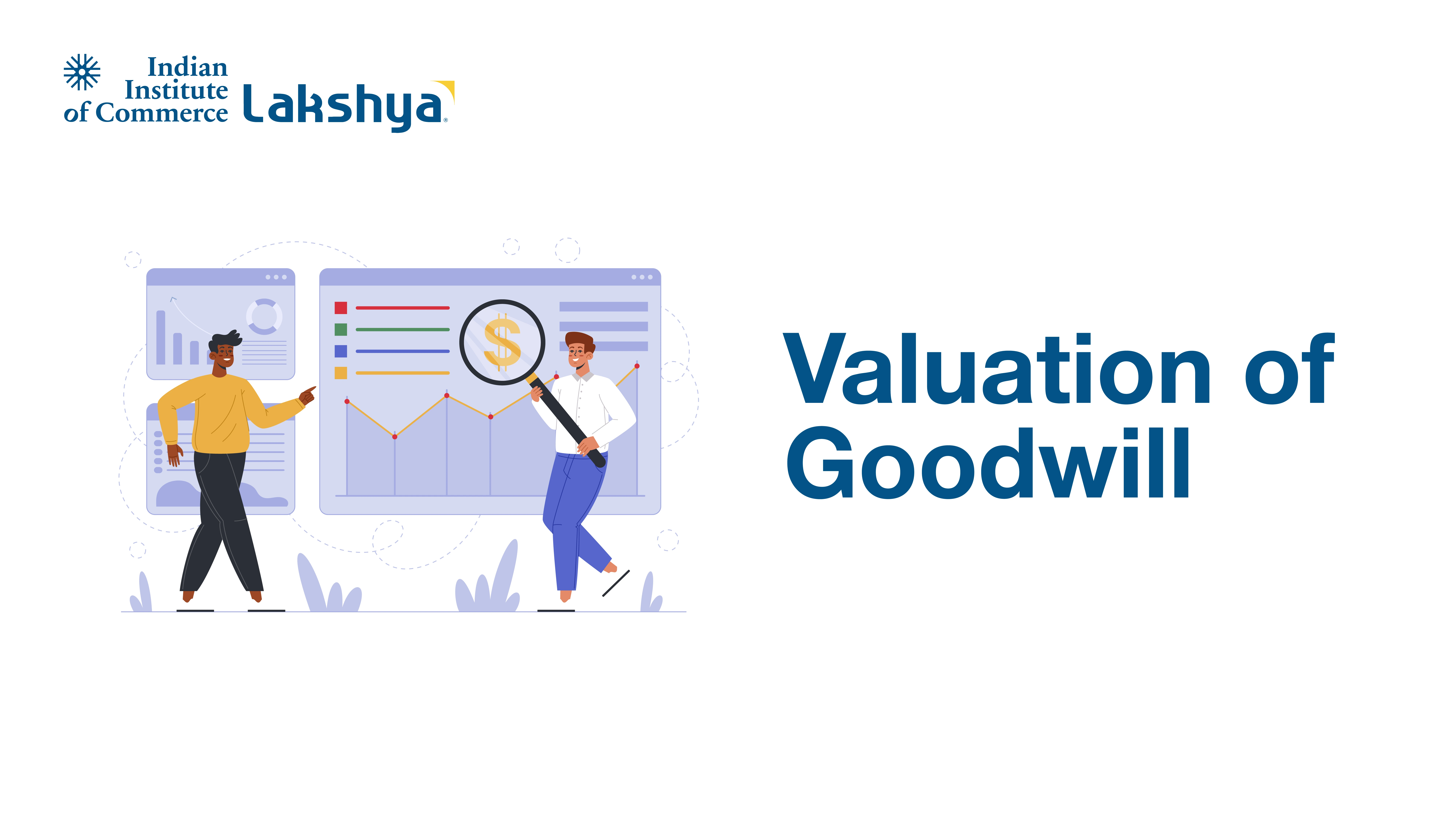
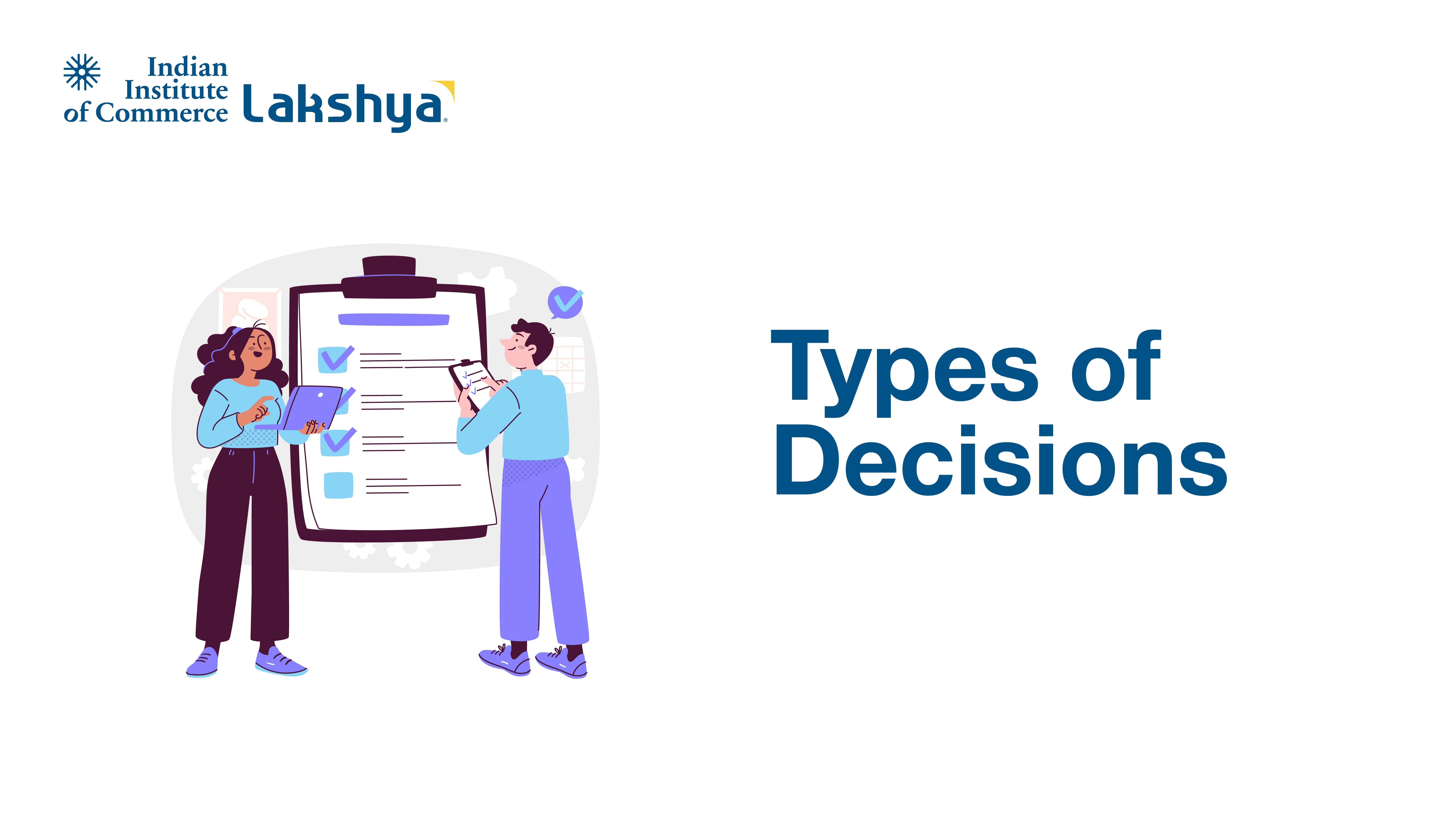



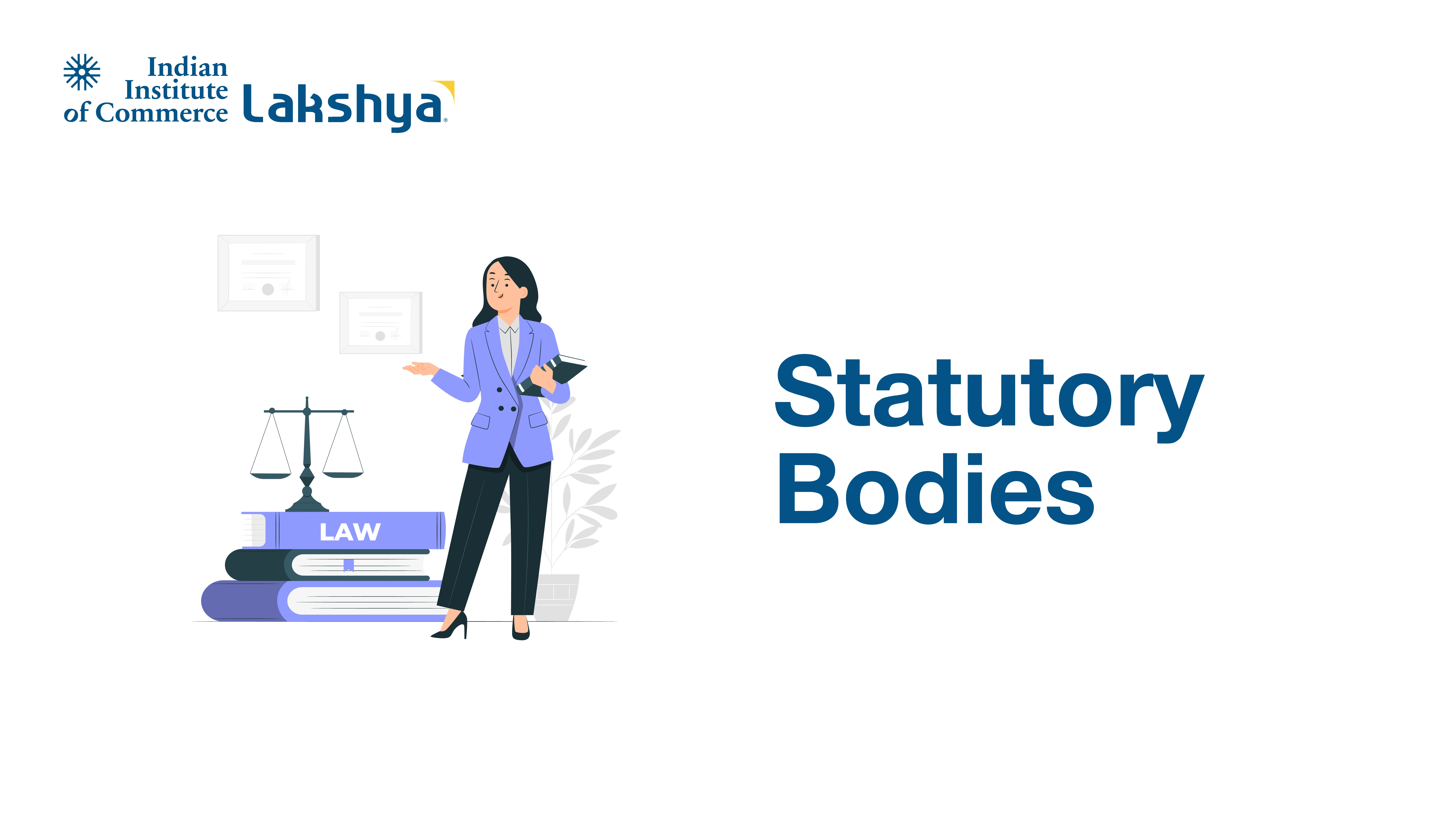
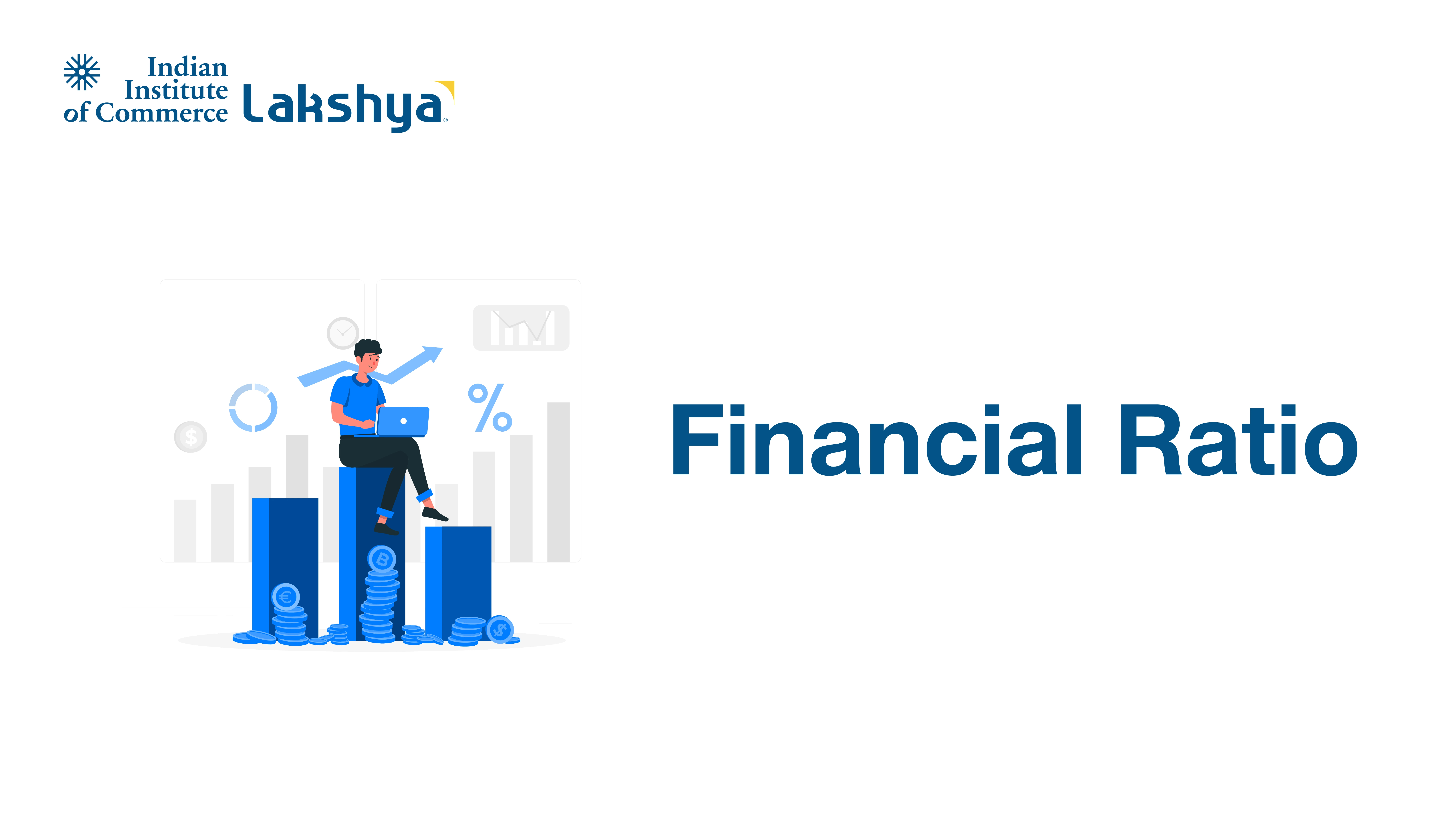
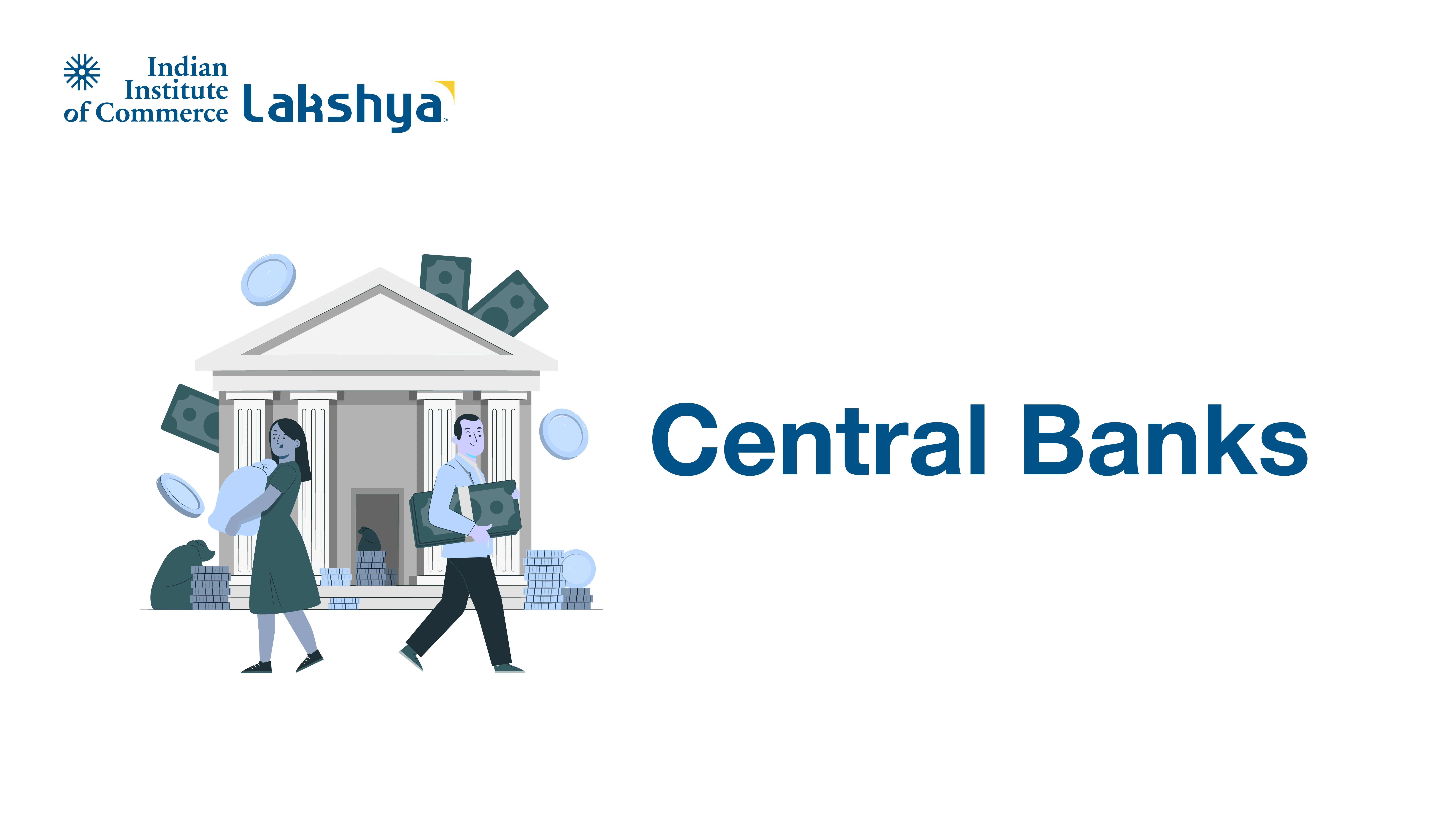
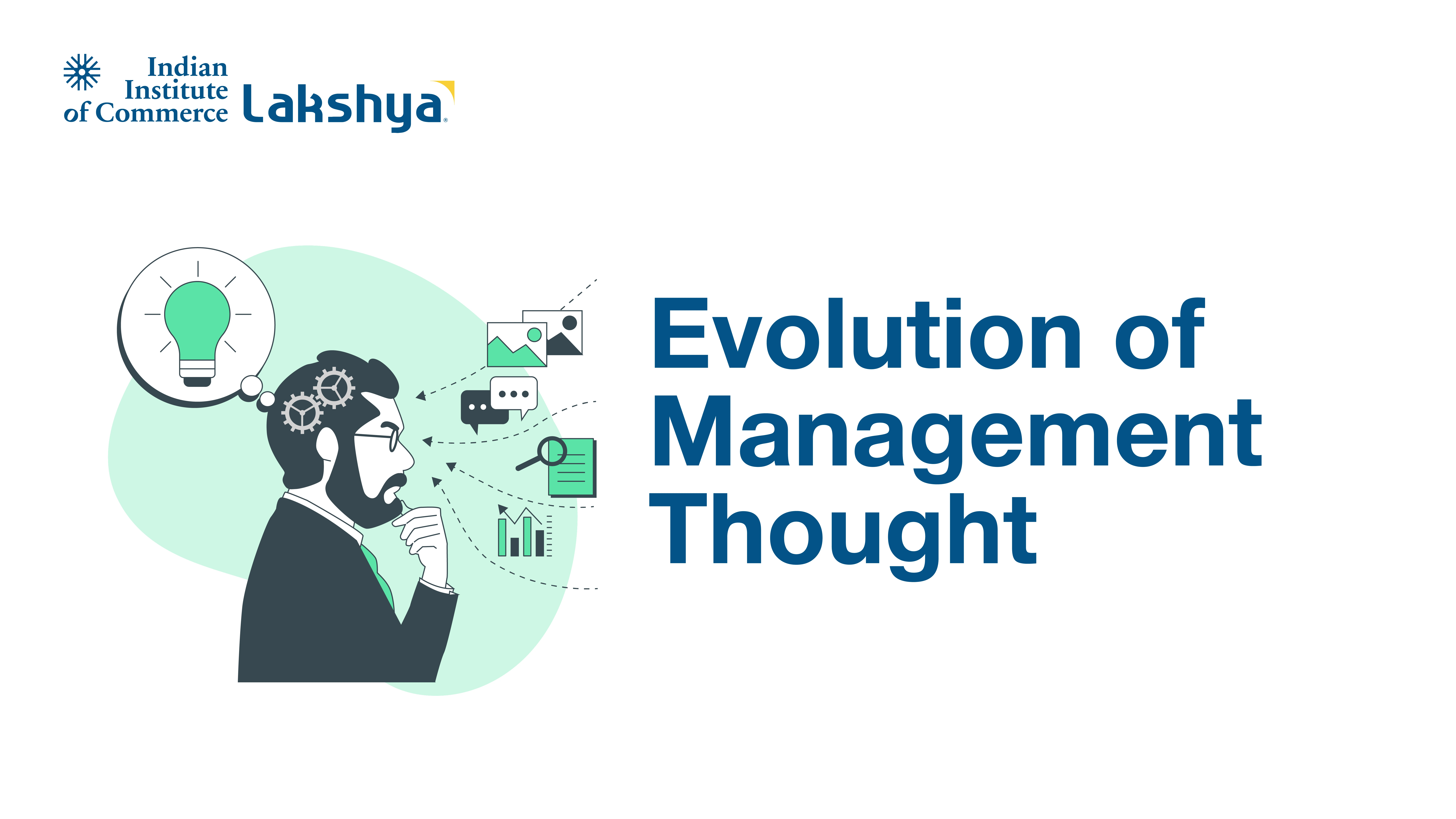

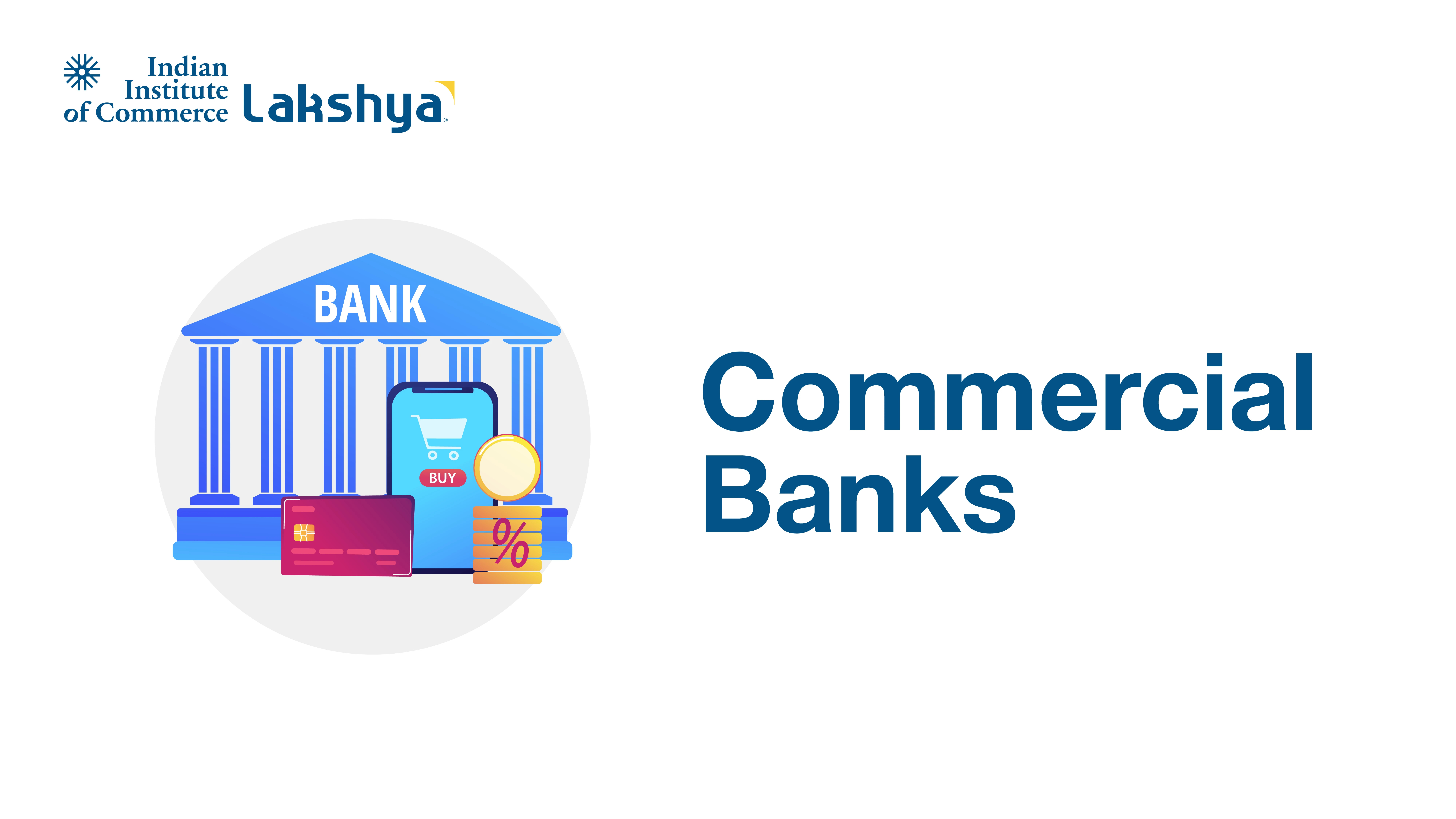
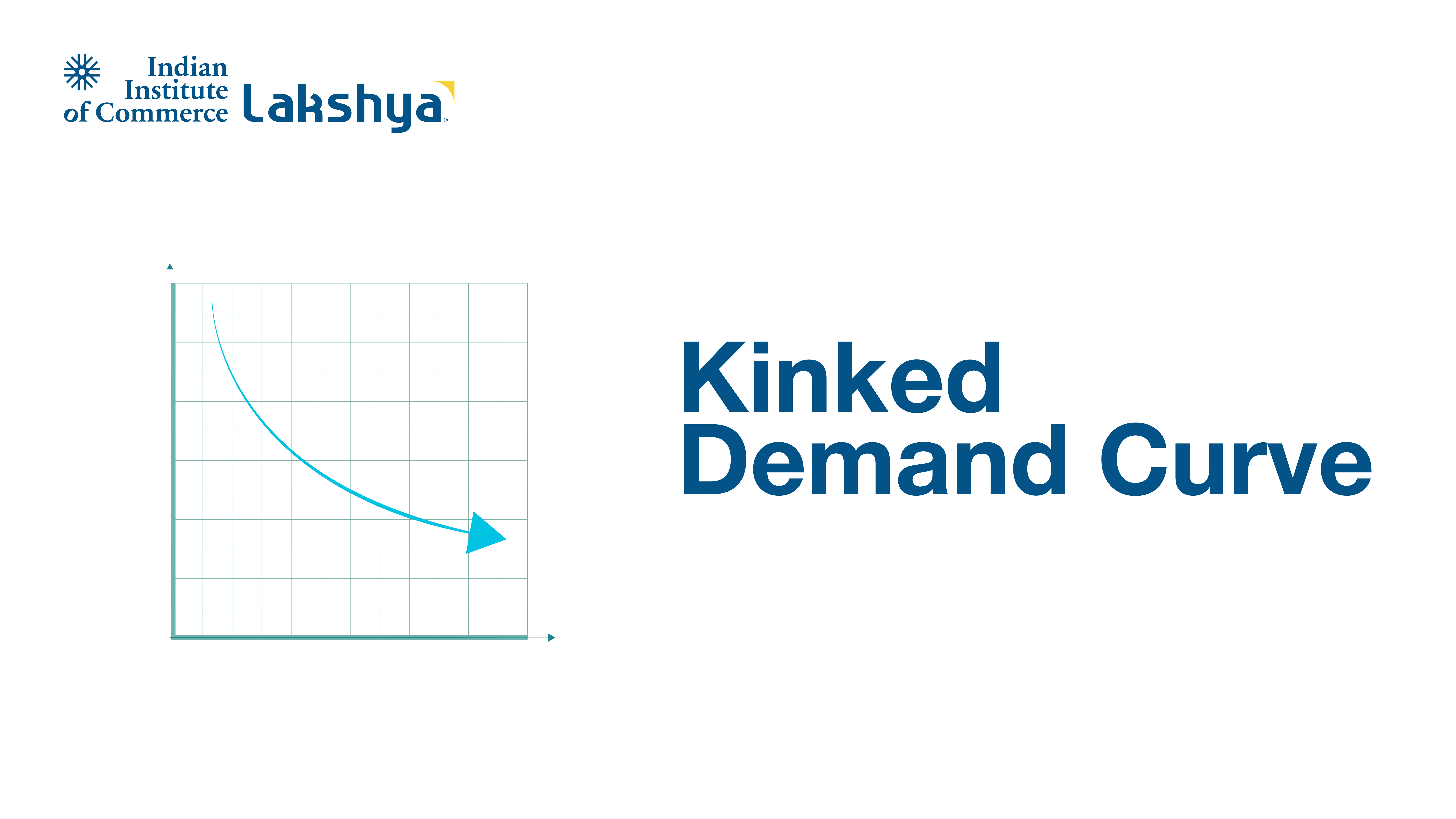
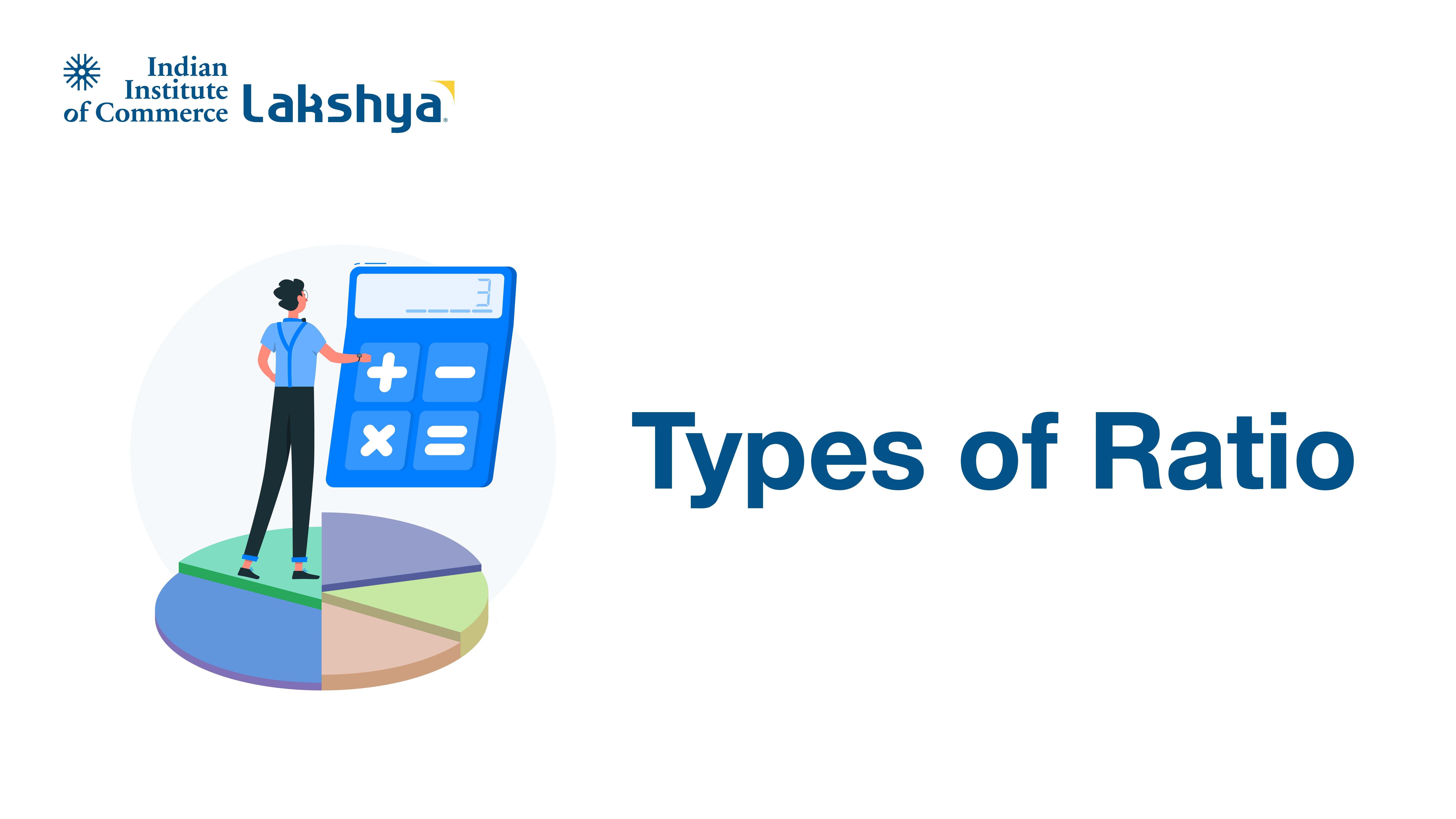
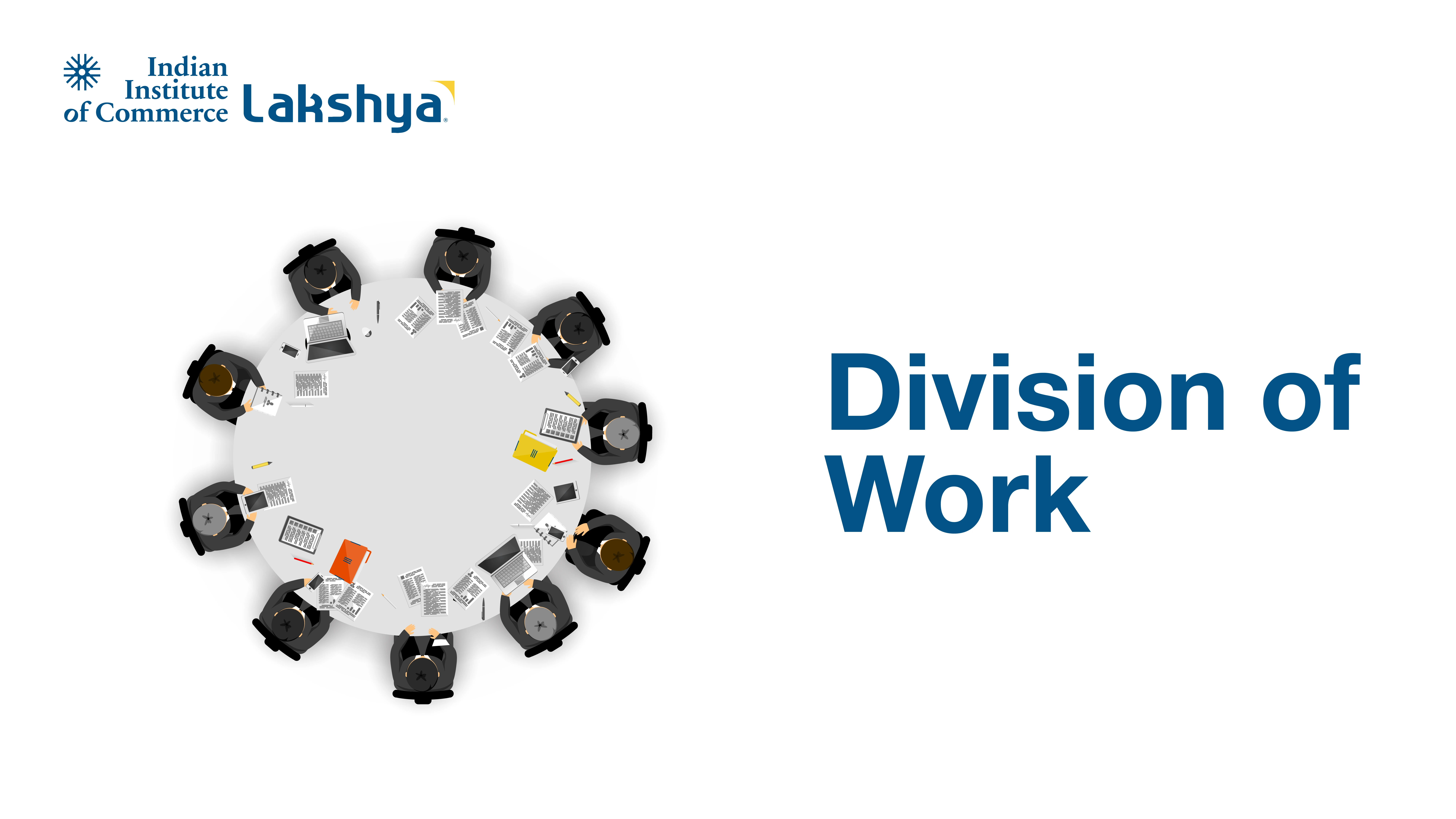
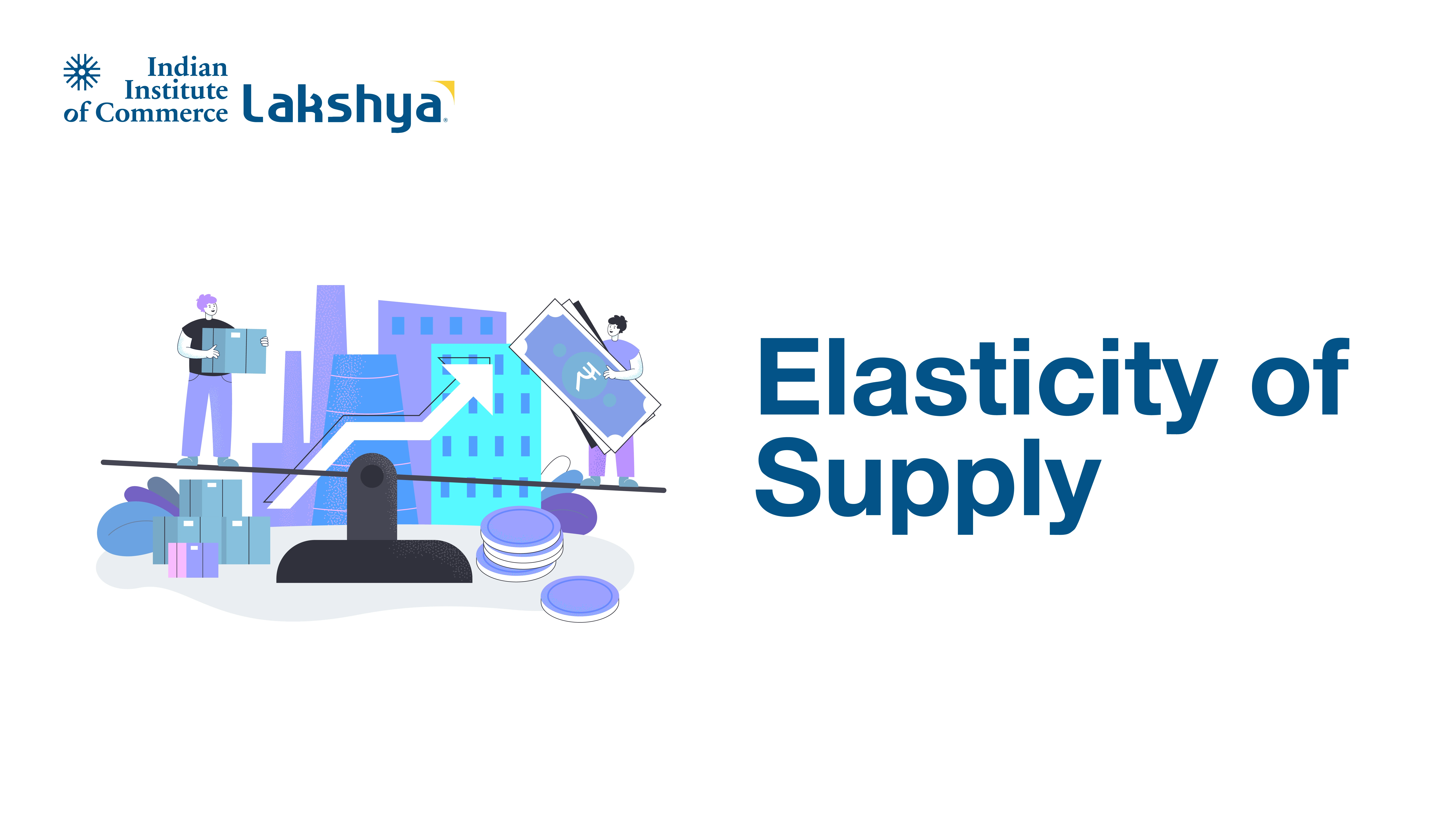



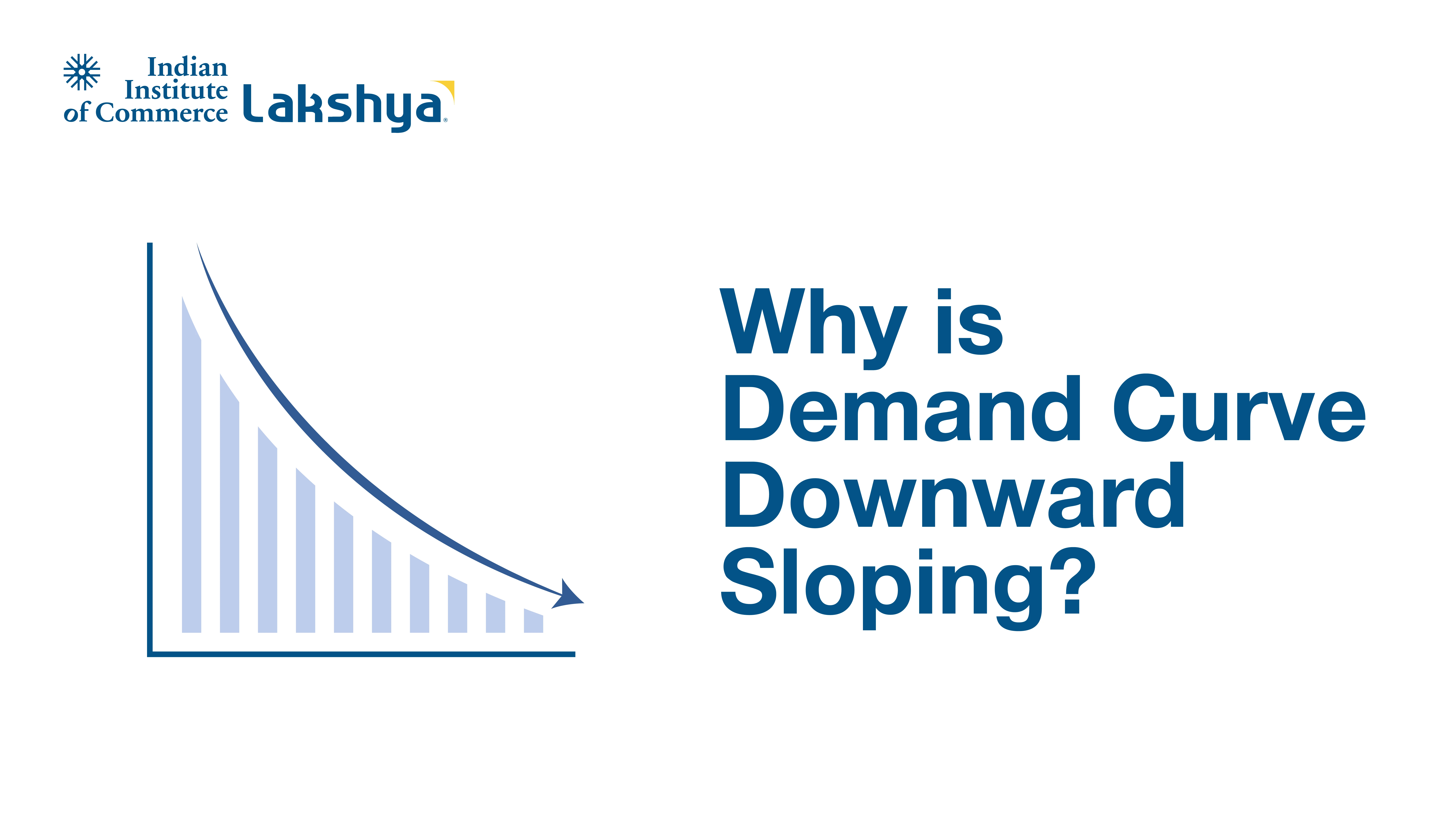
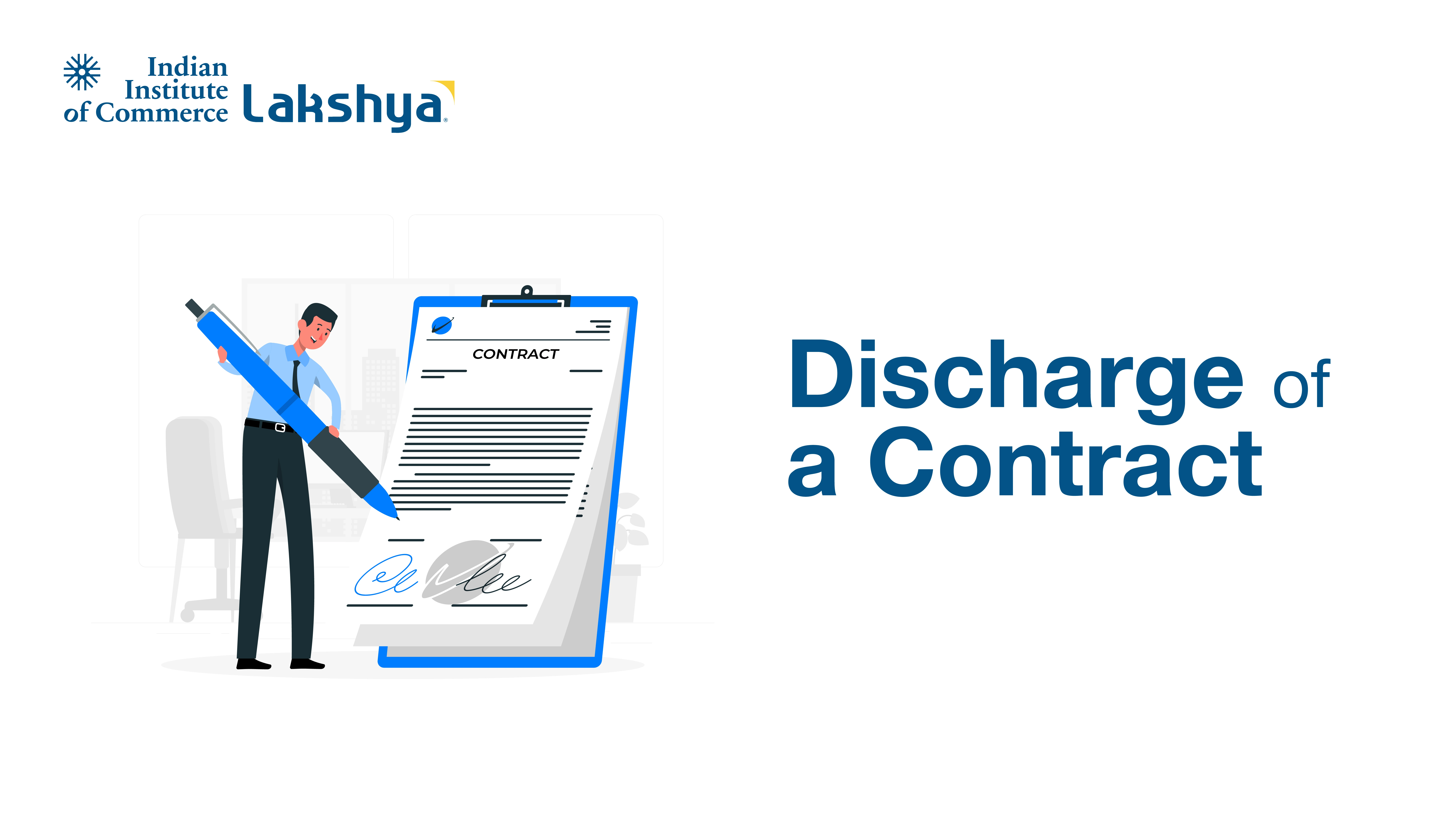
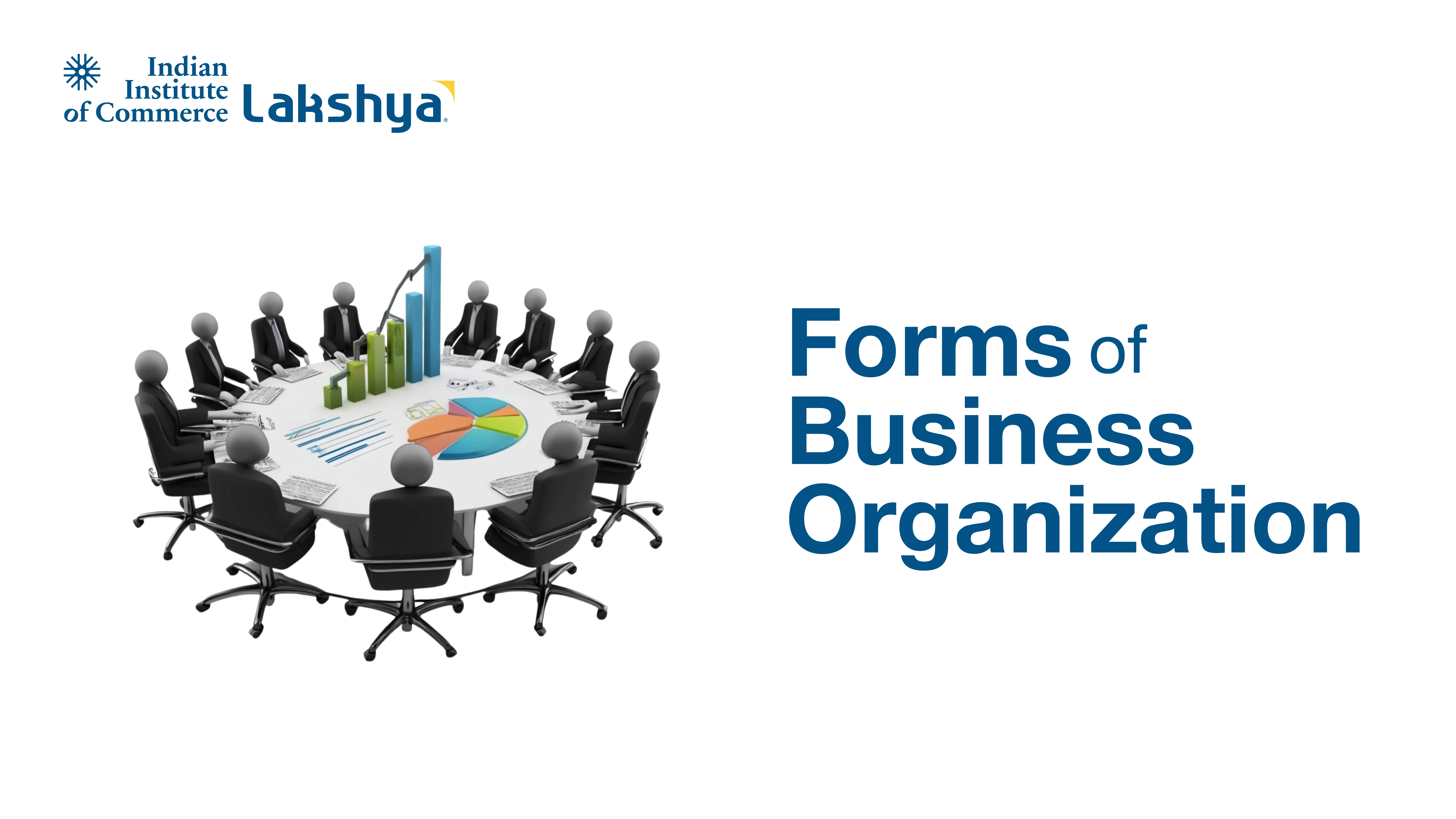
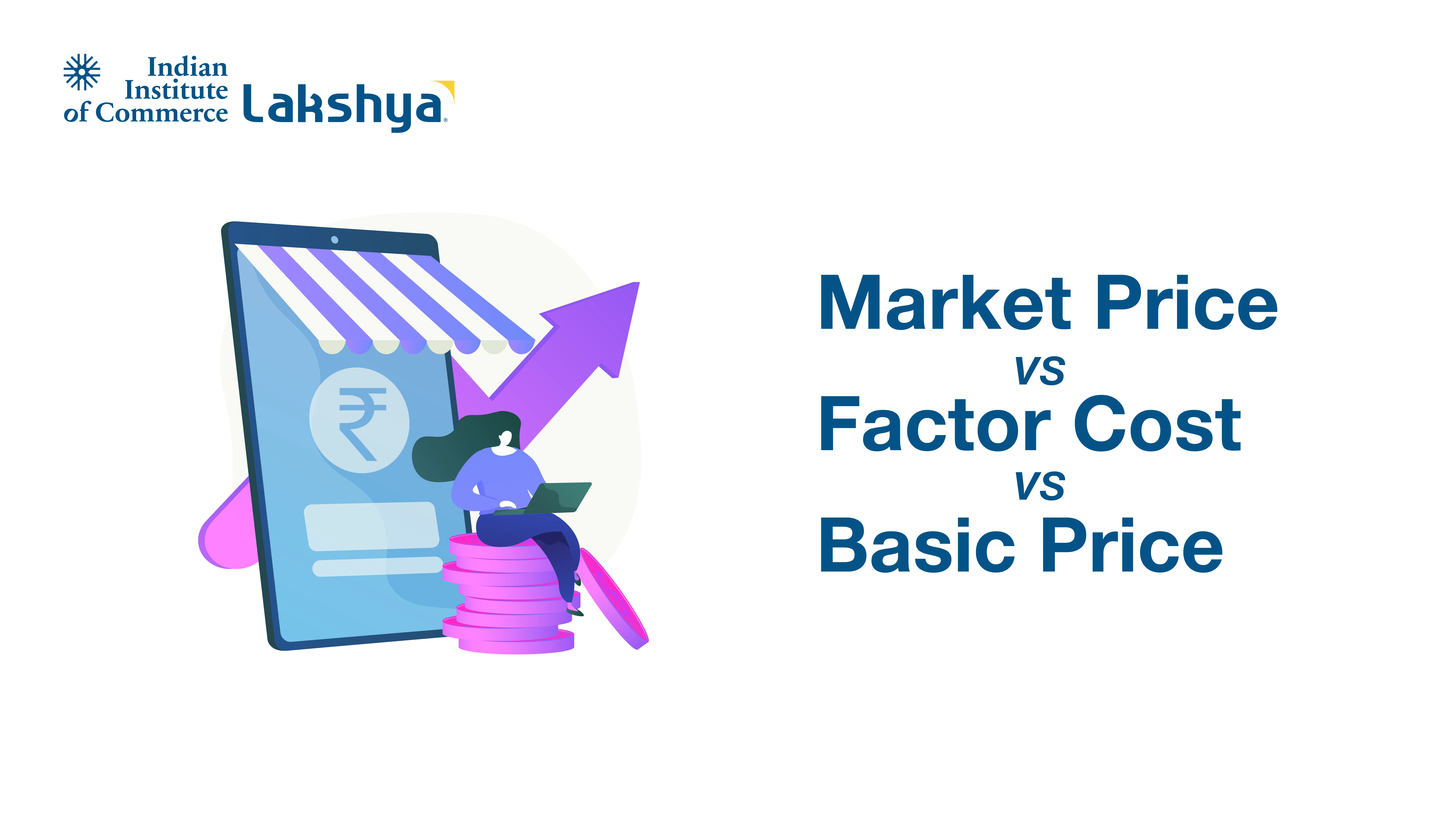
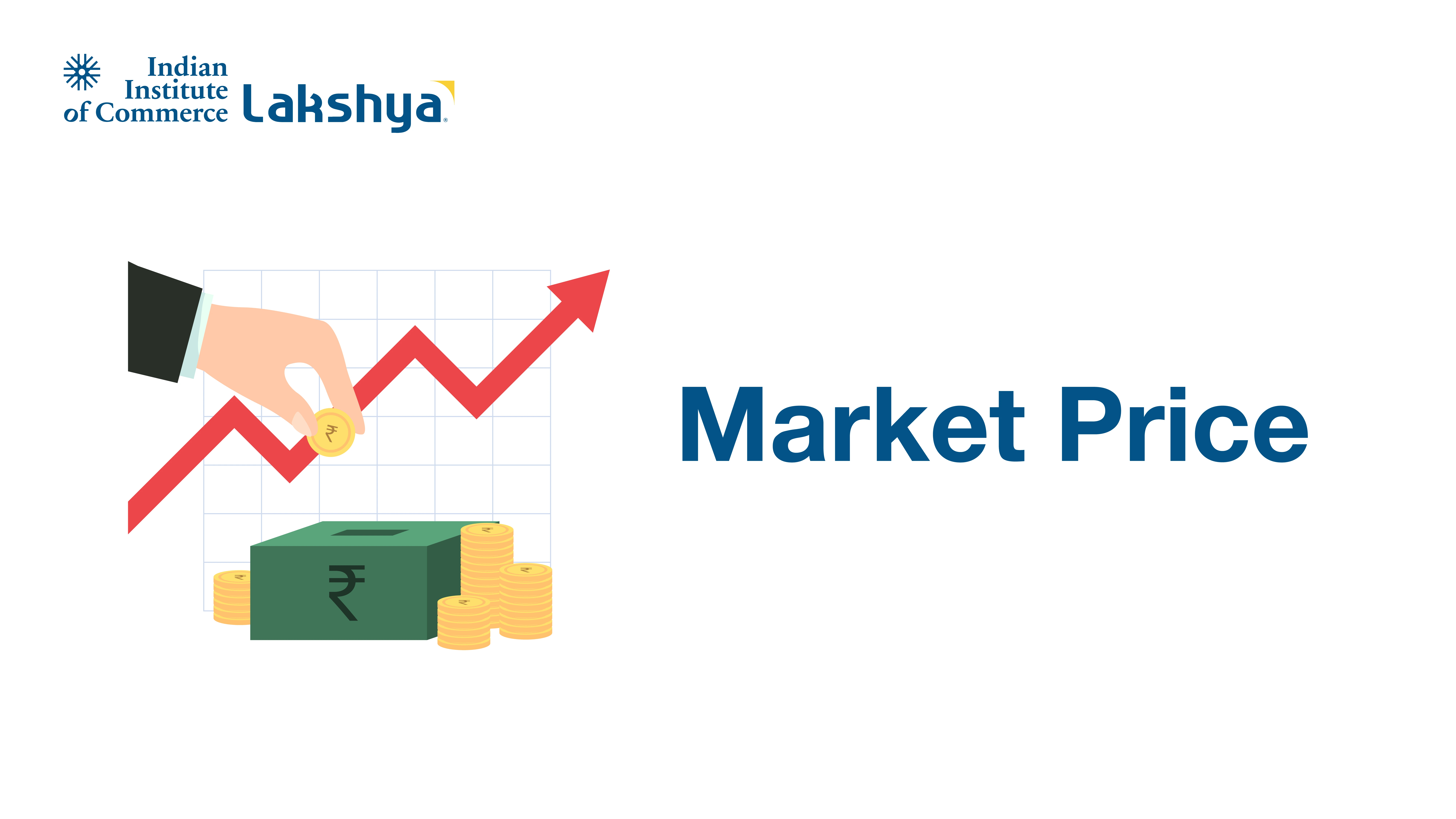

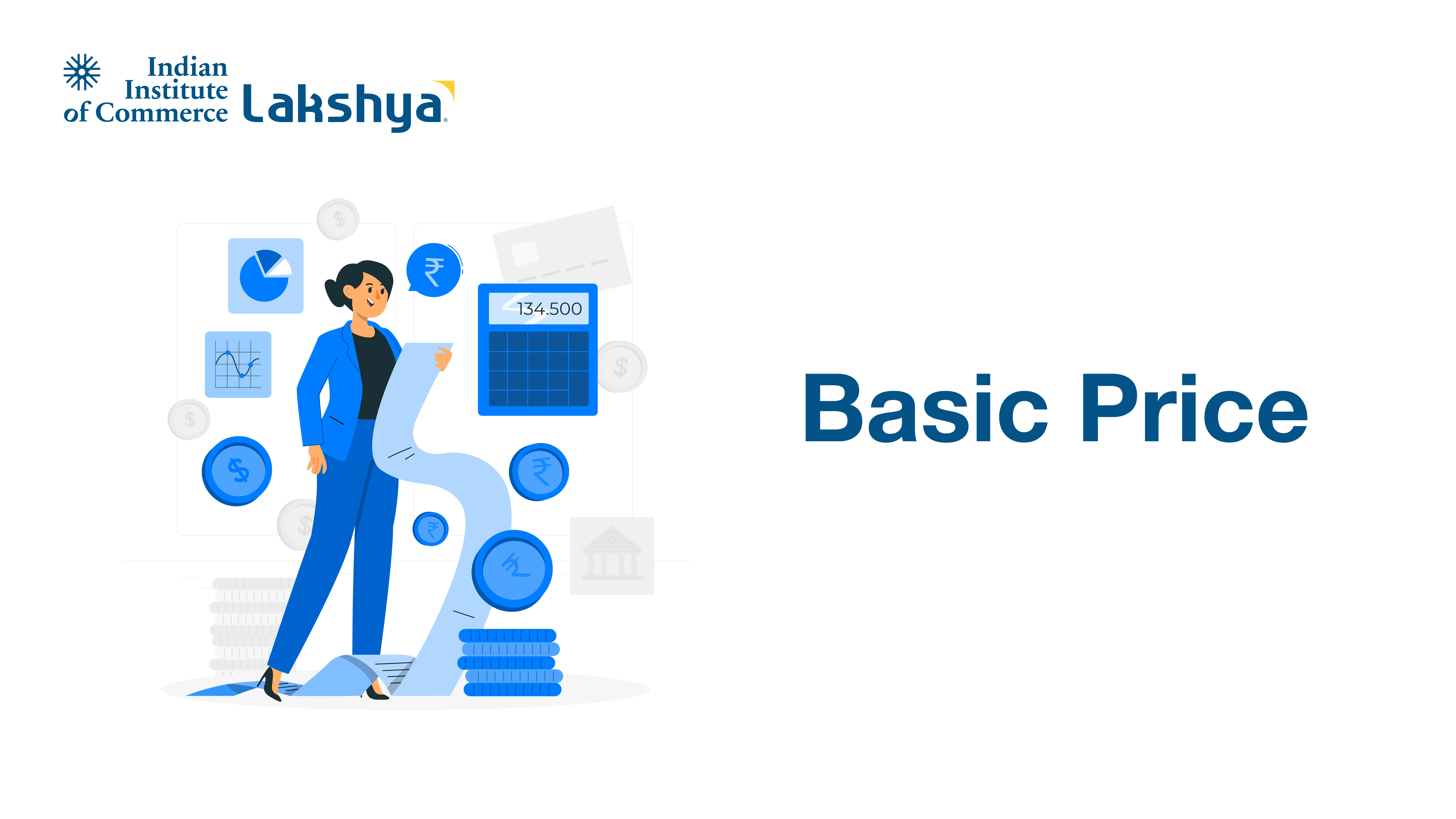

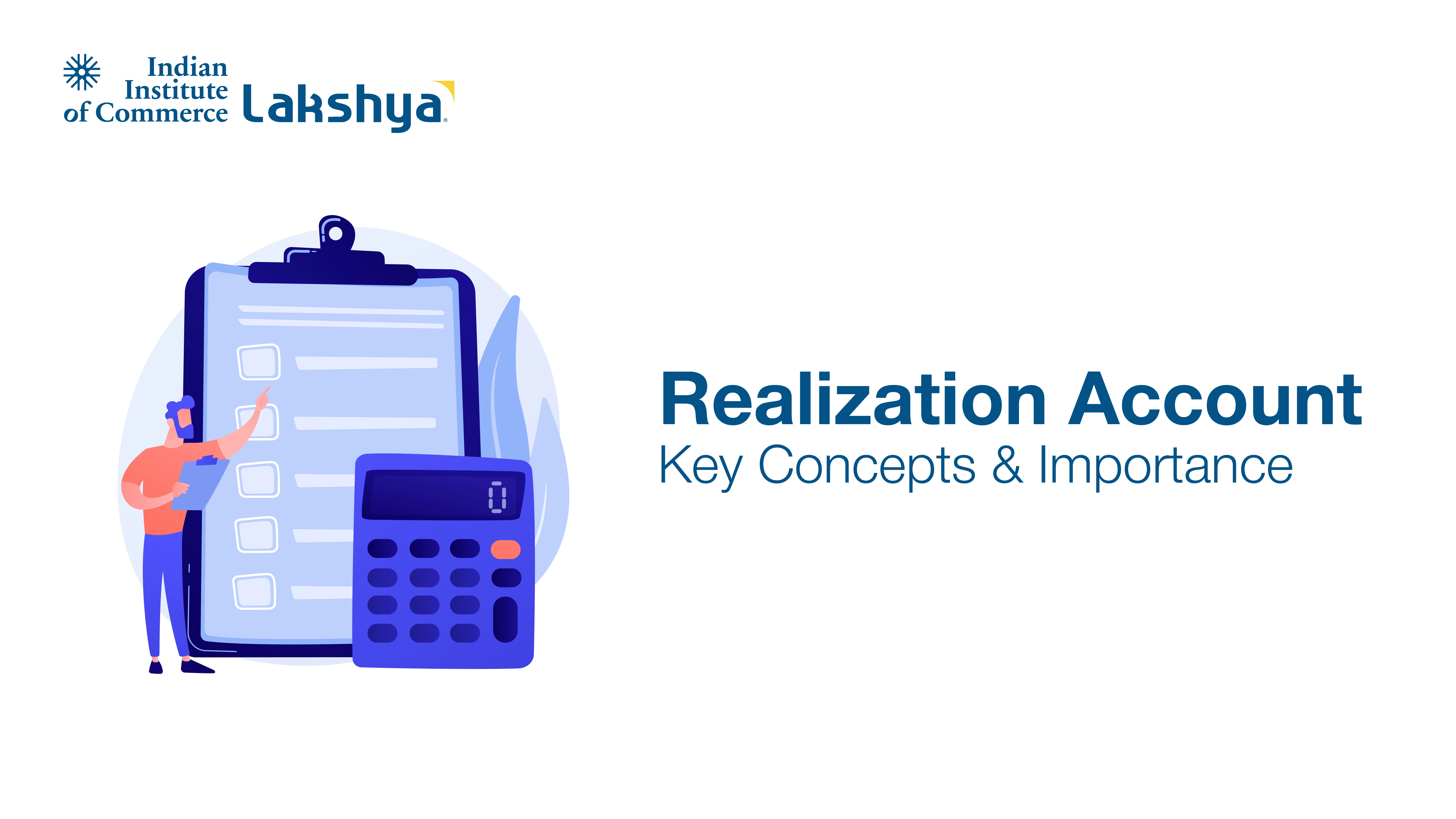
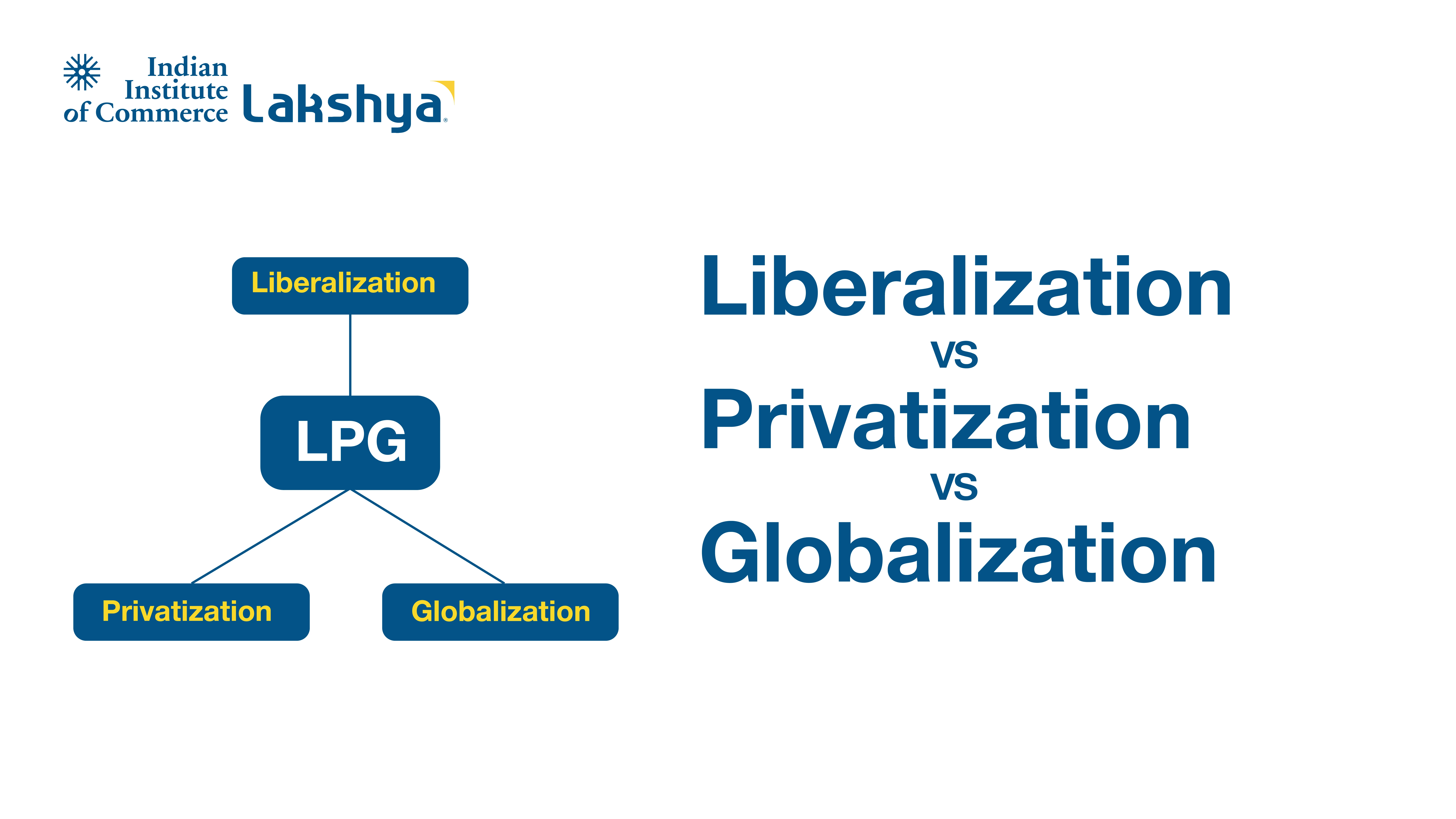
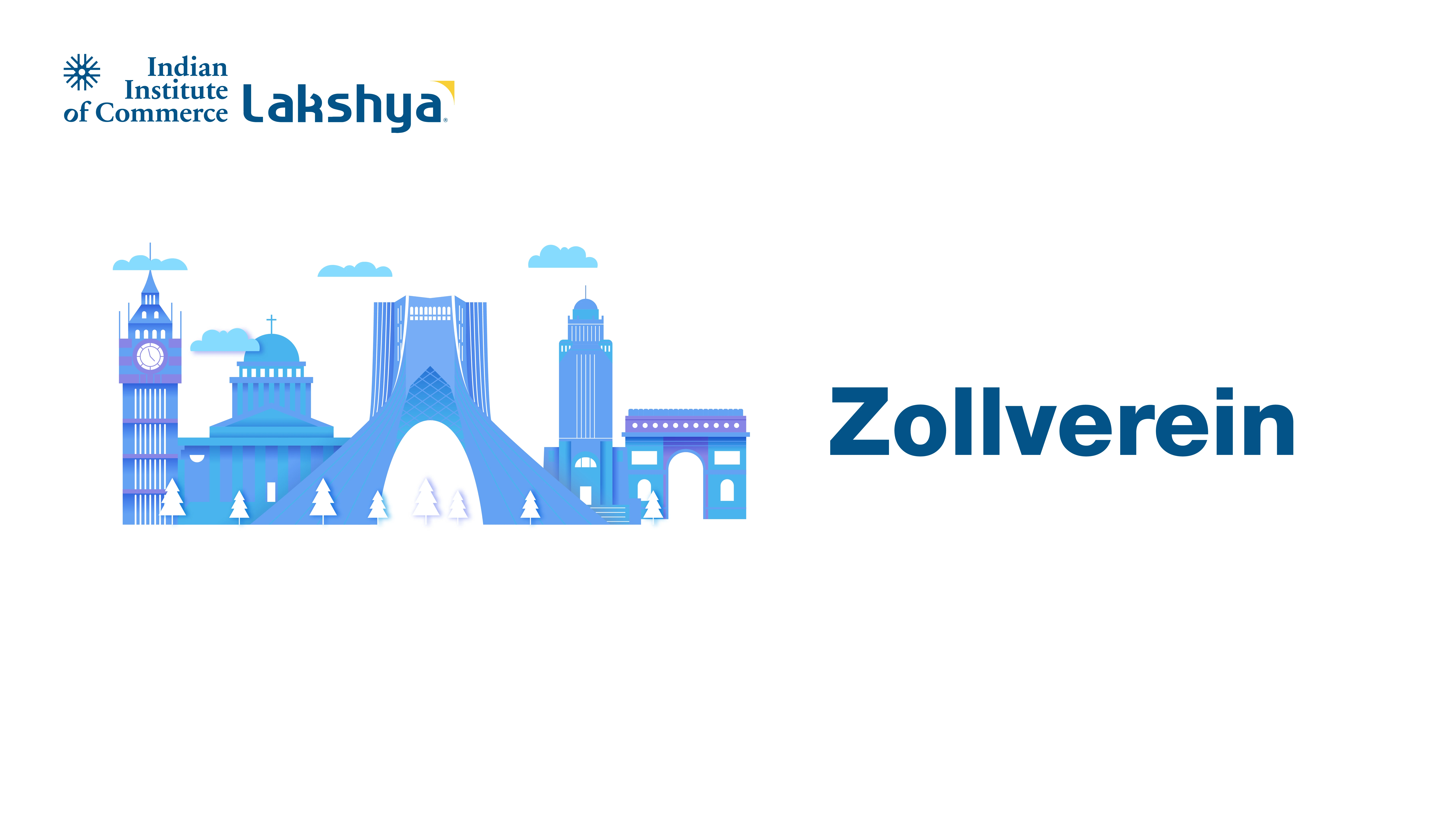
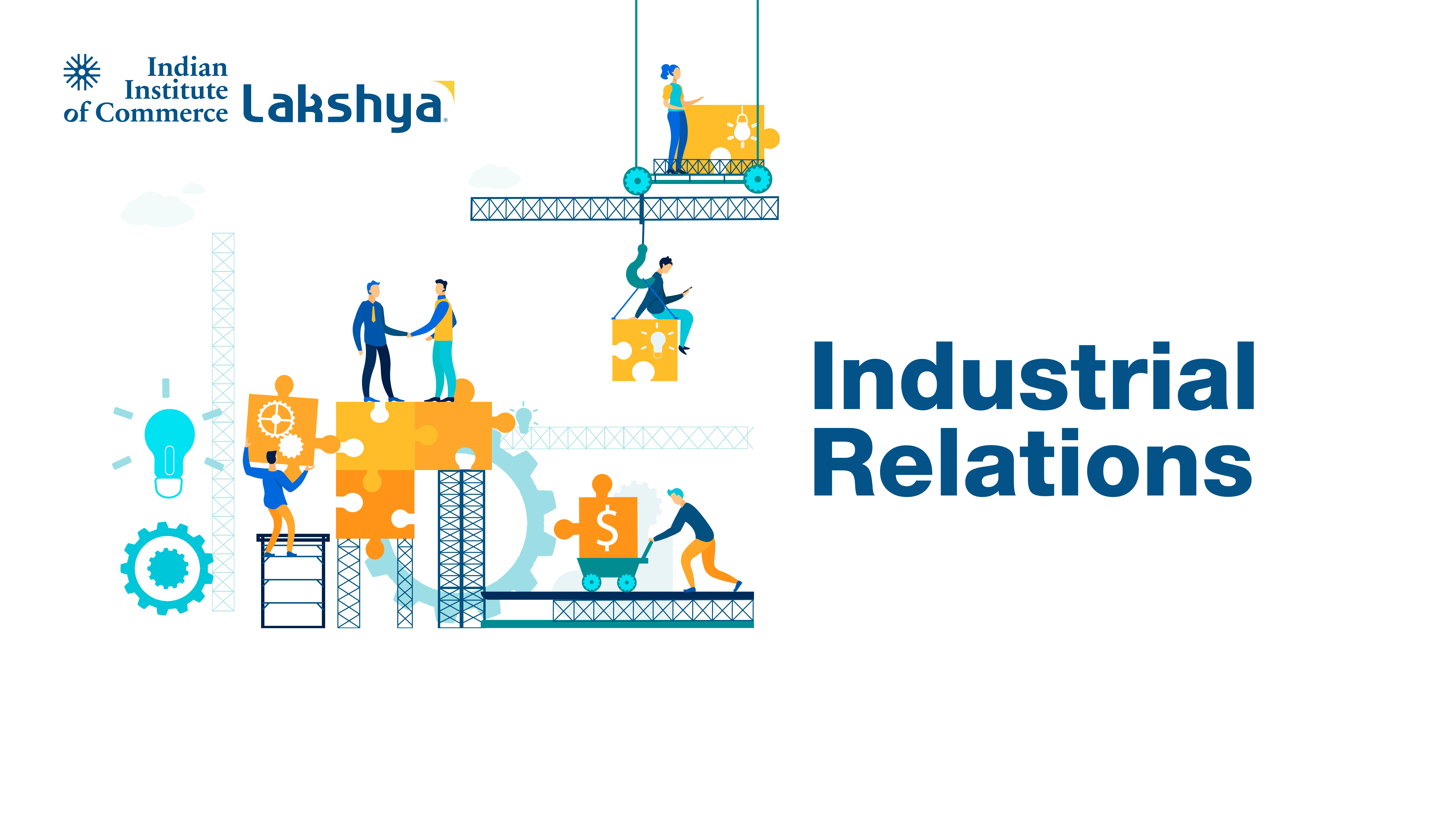
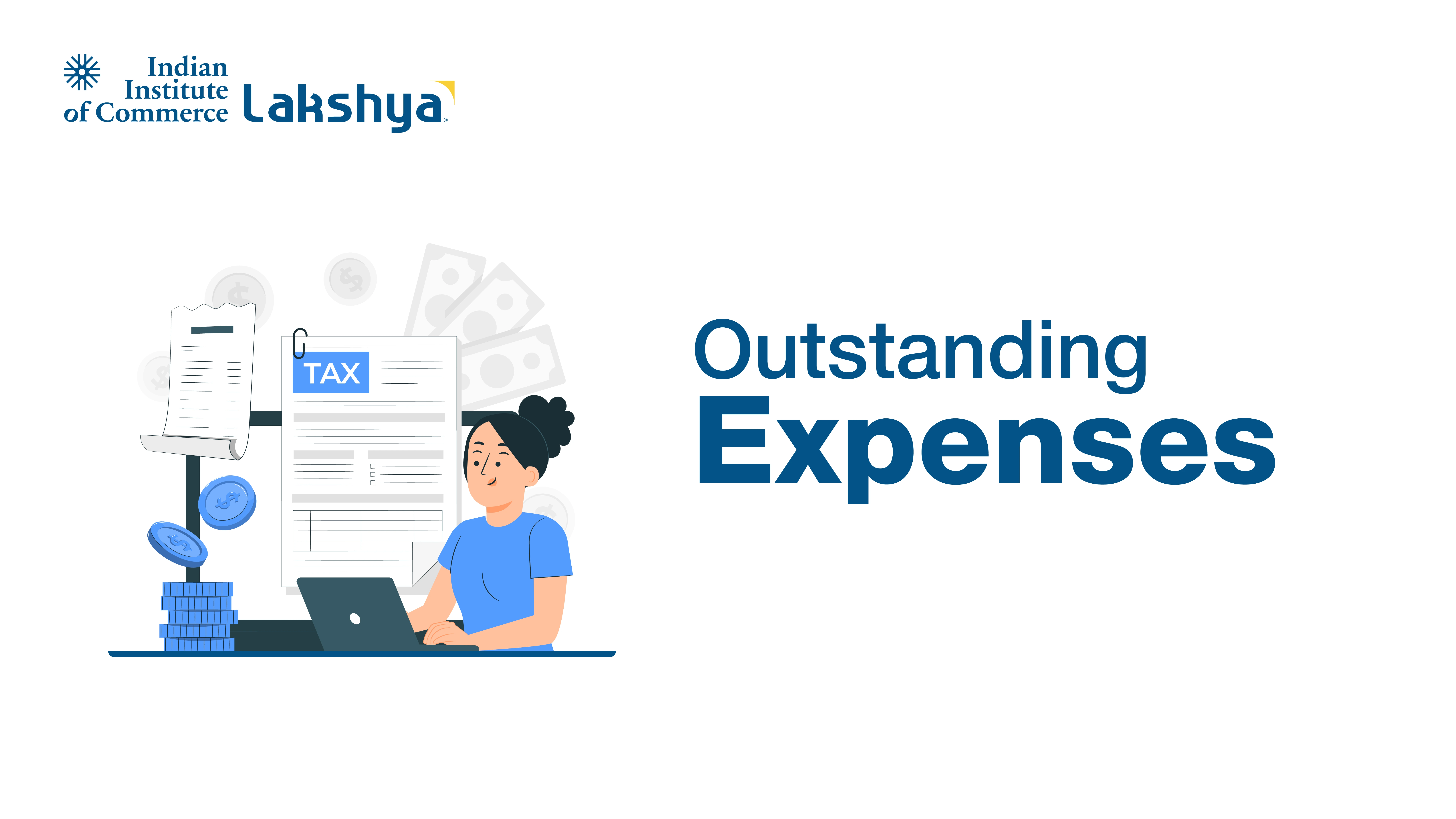




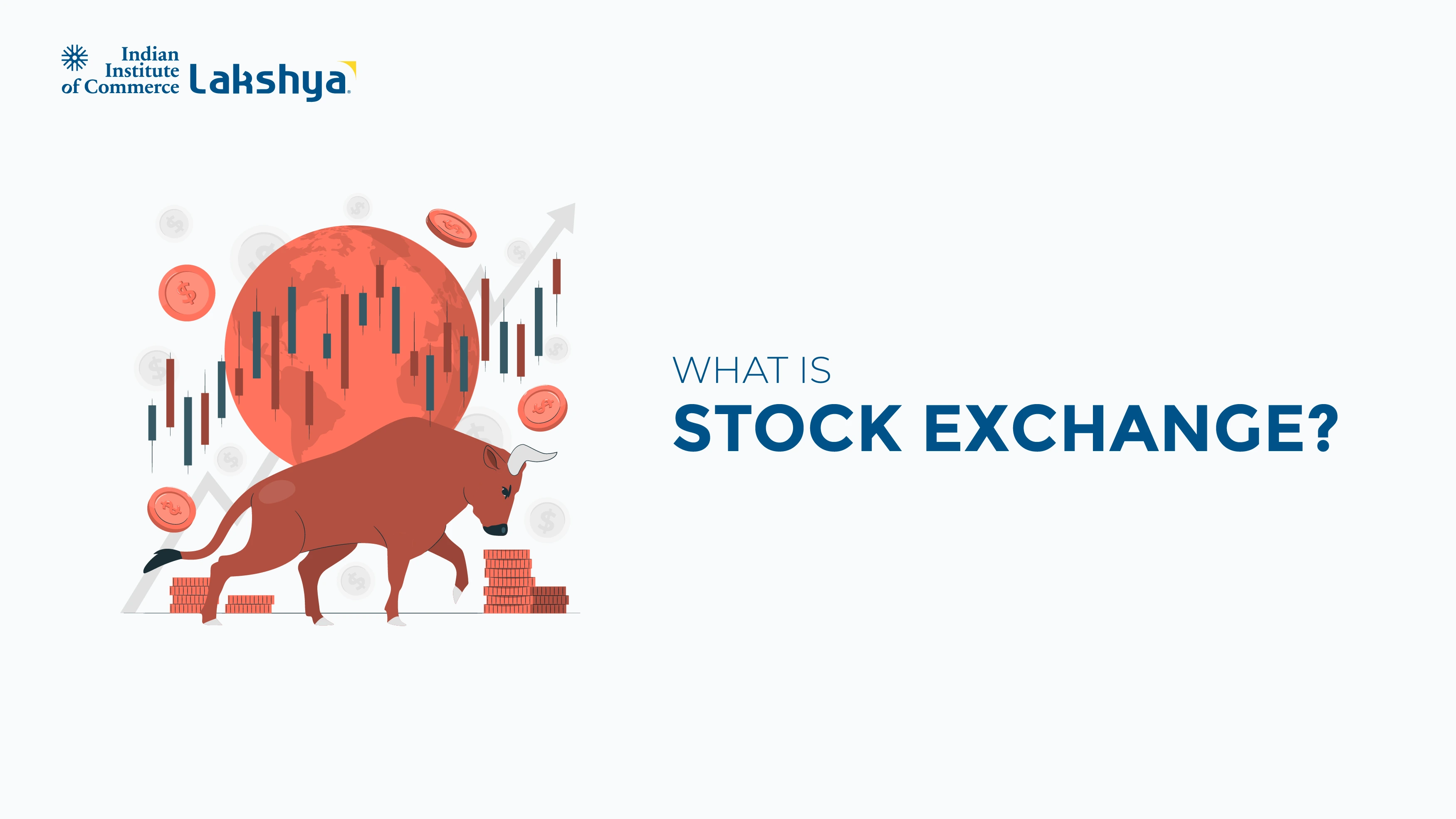
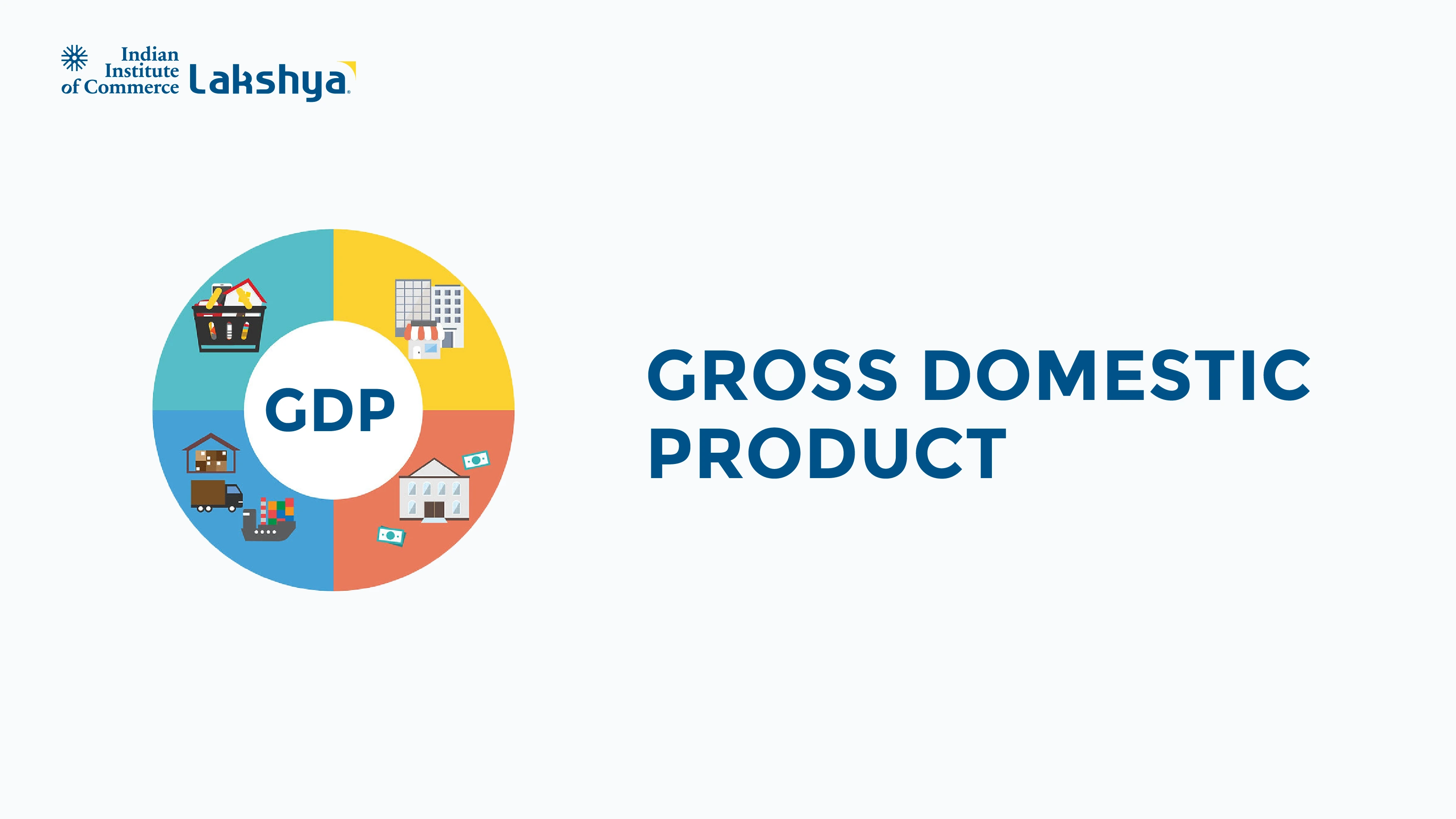
.webp)
